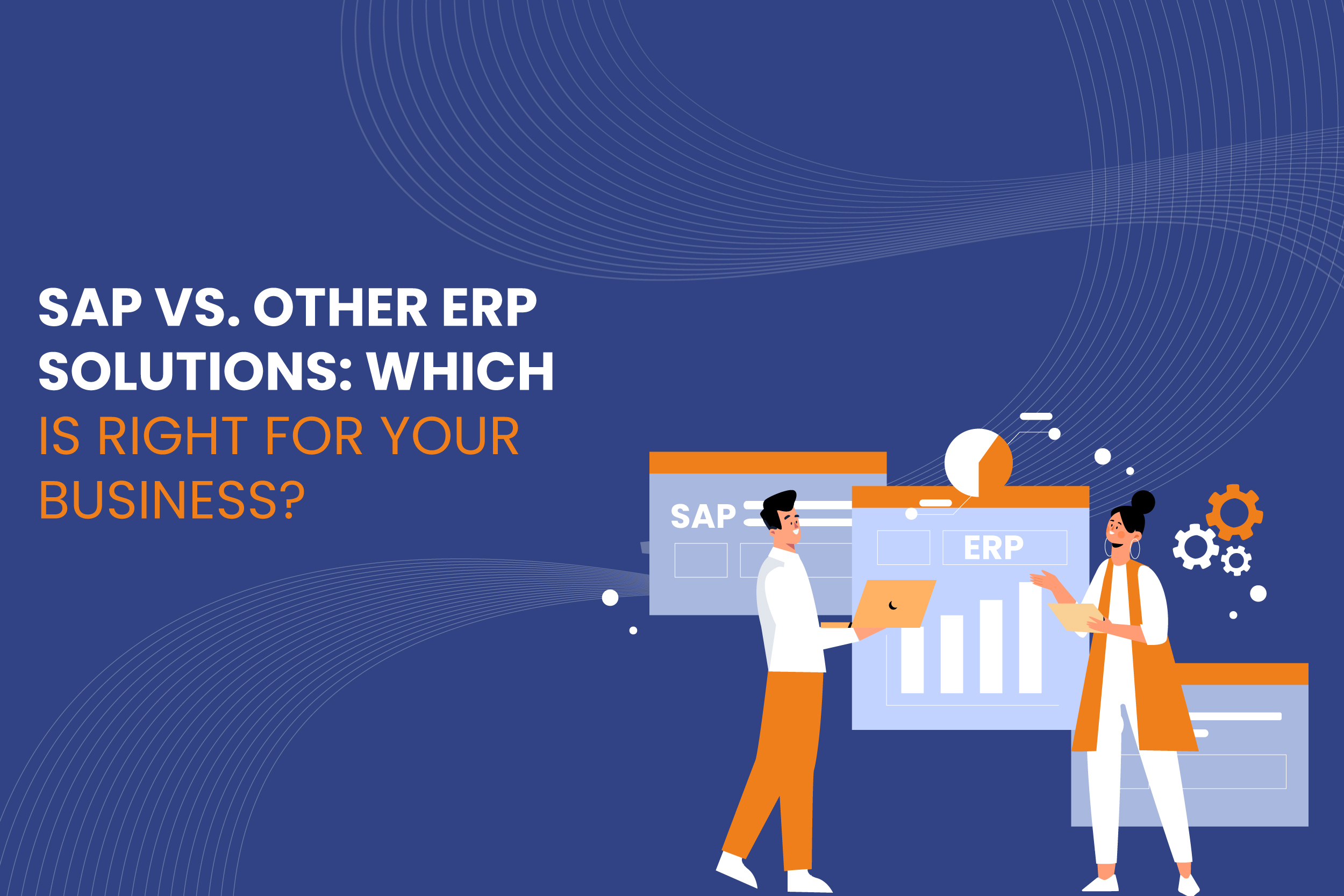
In today’s competitive business environment, organizations must be equipped with efficient, reliable, and scalable systems to manage their operations. Enterprise Resource Planning (ERP) solutions provide companies with the tools to streamline their processes, integrate various departments, and enable data-driven decision-making.
Among the vast array of ERP solutions, SAP is one of the most well-known, but it’s not the only option. Businesses must consider whether SAP or another ERP solution is the right fit based on their unique needs.
Read More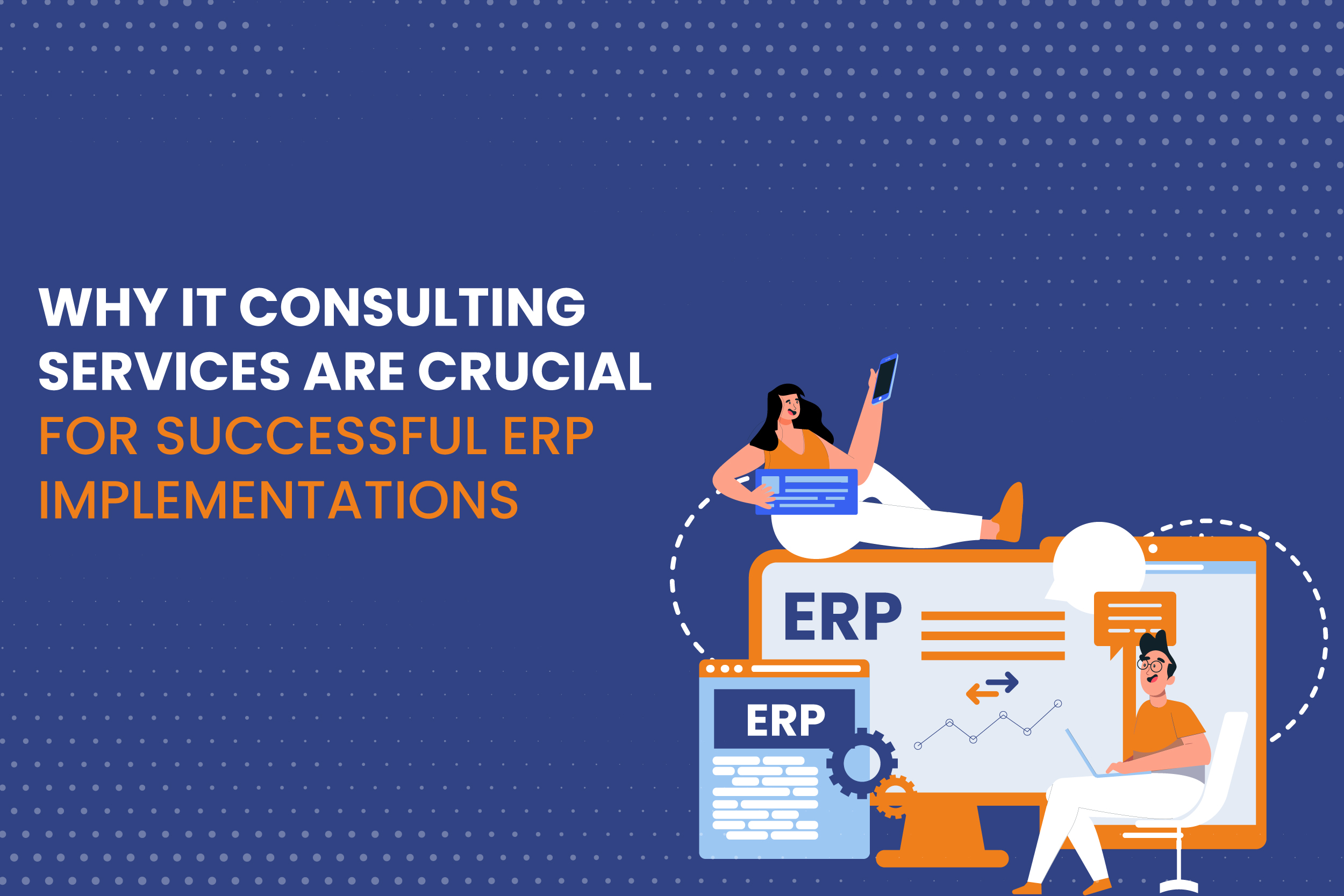
Enterprise Resource Planning (ERP) systems have become the backbone of modern business operations. Whether it’s handling financials, human resources, supply chains, or manufacturing processes, ERP solutions streamline and automate vital business functions, fostering efficiency and growth. SAP, one of the leading ERP platforms, is often the go-to choice for organizations due to its robust and customizable features. However, ERP implementation—whether SAP or another system—is not without challenges. This is where IT consulting services play a pivotal role.
The complexities of ERP implementations require specialized expertise, and IT consulting services provide the technical know-how, strategic planning, and ongoing support that are critical to successful deployment and long-term functionality.
Read More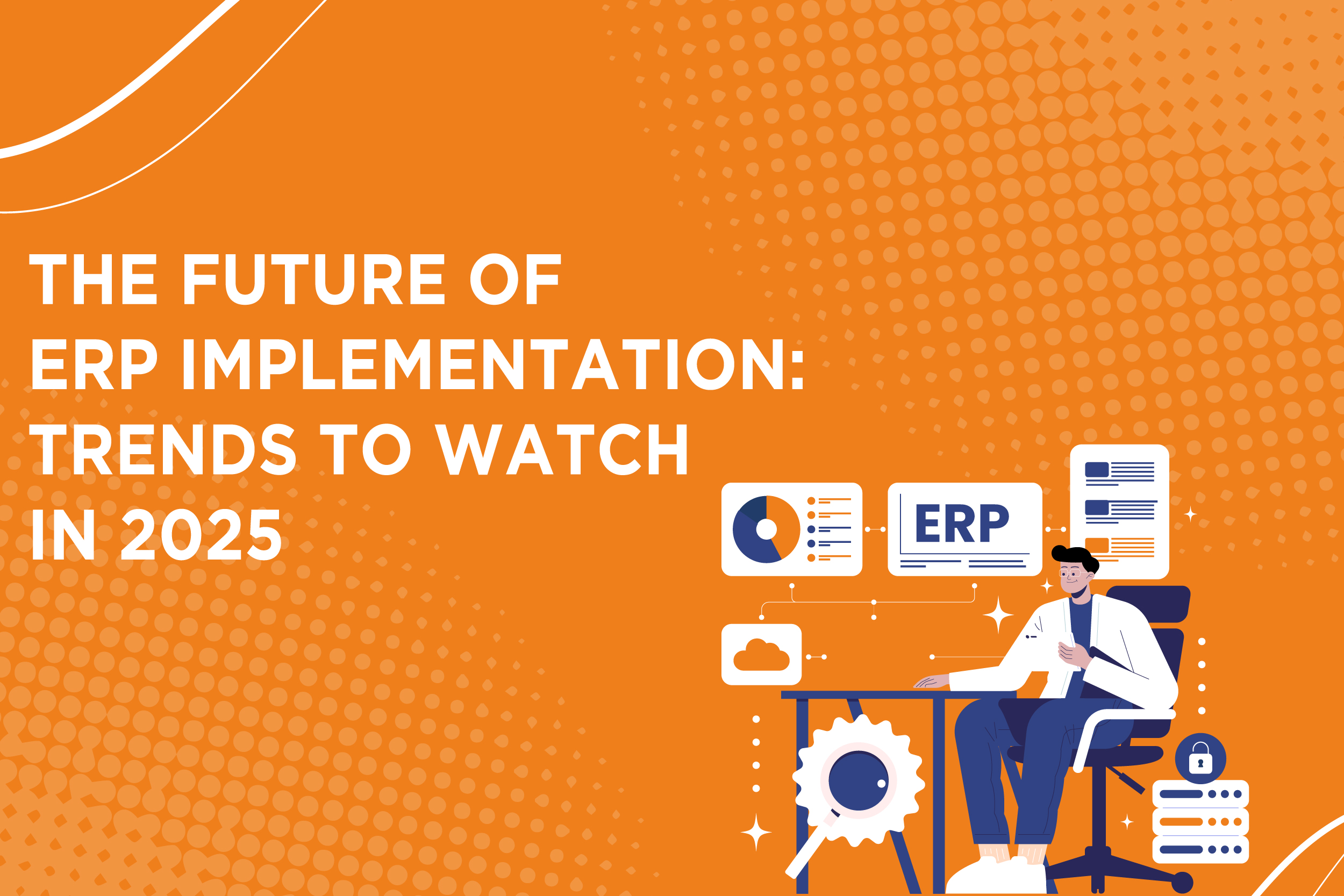
In the rapidly evolving business landscape, enterprise resource planning (ERP) systems are essential for companies looking to streamline operations, improve data accuracy, and enhance decision-making processes. As we look toward 2025, the future of ERP implementation is promising, with significant trends emerging that are reshaping how organizations deploy and manage their ERP systems. From advancements in SAP implementation to innovations in IT consulting services, businesses must keep a keen eye on these trends to remain competitive.
Read More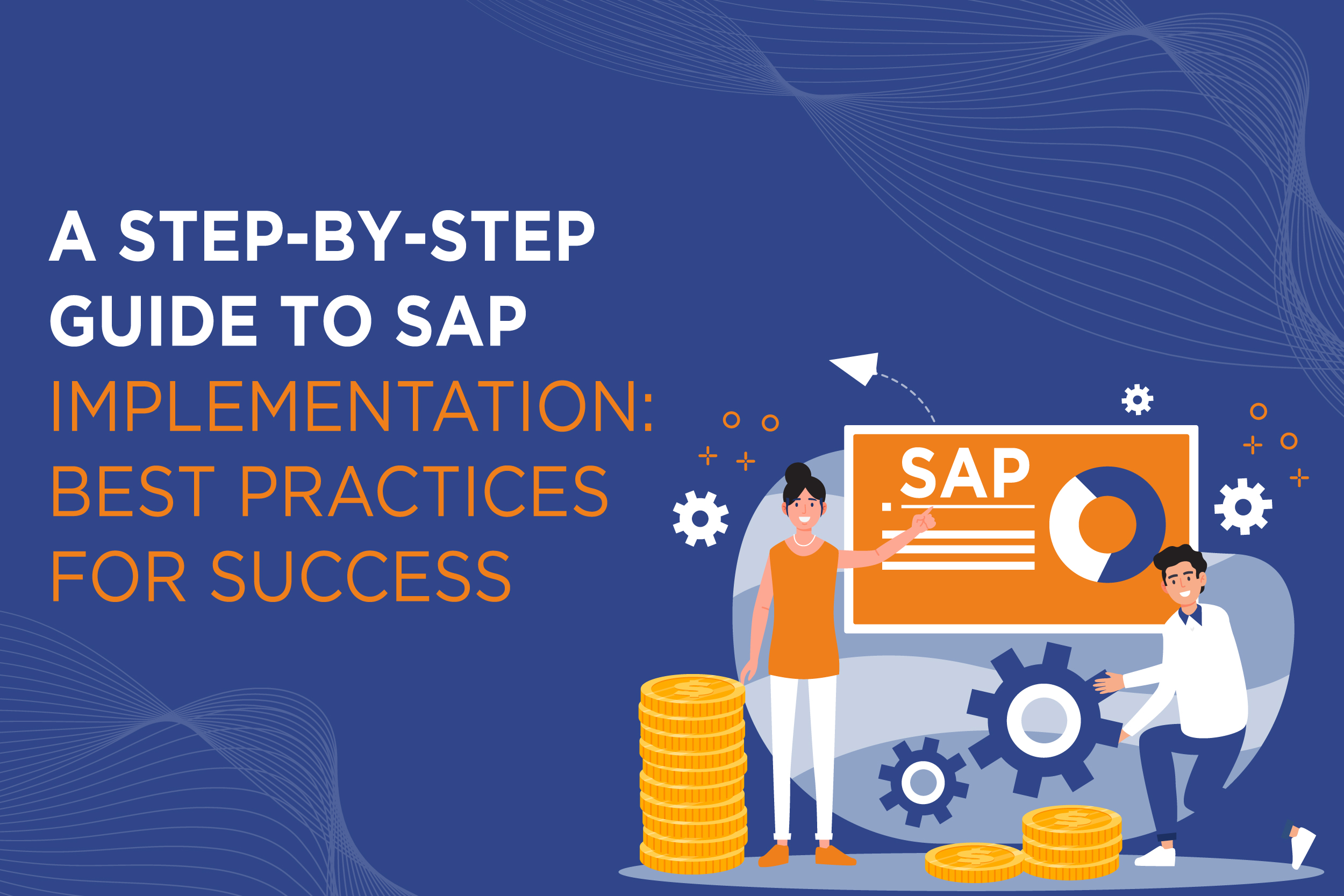
Implementing an SAP and ERP system is a major milestone for many organizations seeking to streamline operations, enhance efficiency, and support future growth.
However, SAP implementation is a complex and resource-intensive process that requires meticulous planning and execution. Done right, it can transform your business. Done wrong, it can lead to significant disruptions.
Read More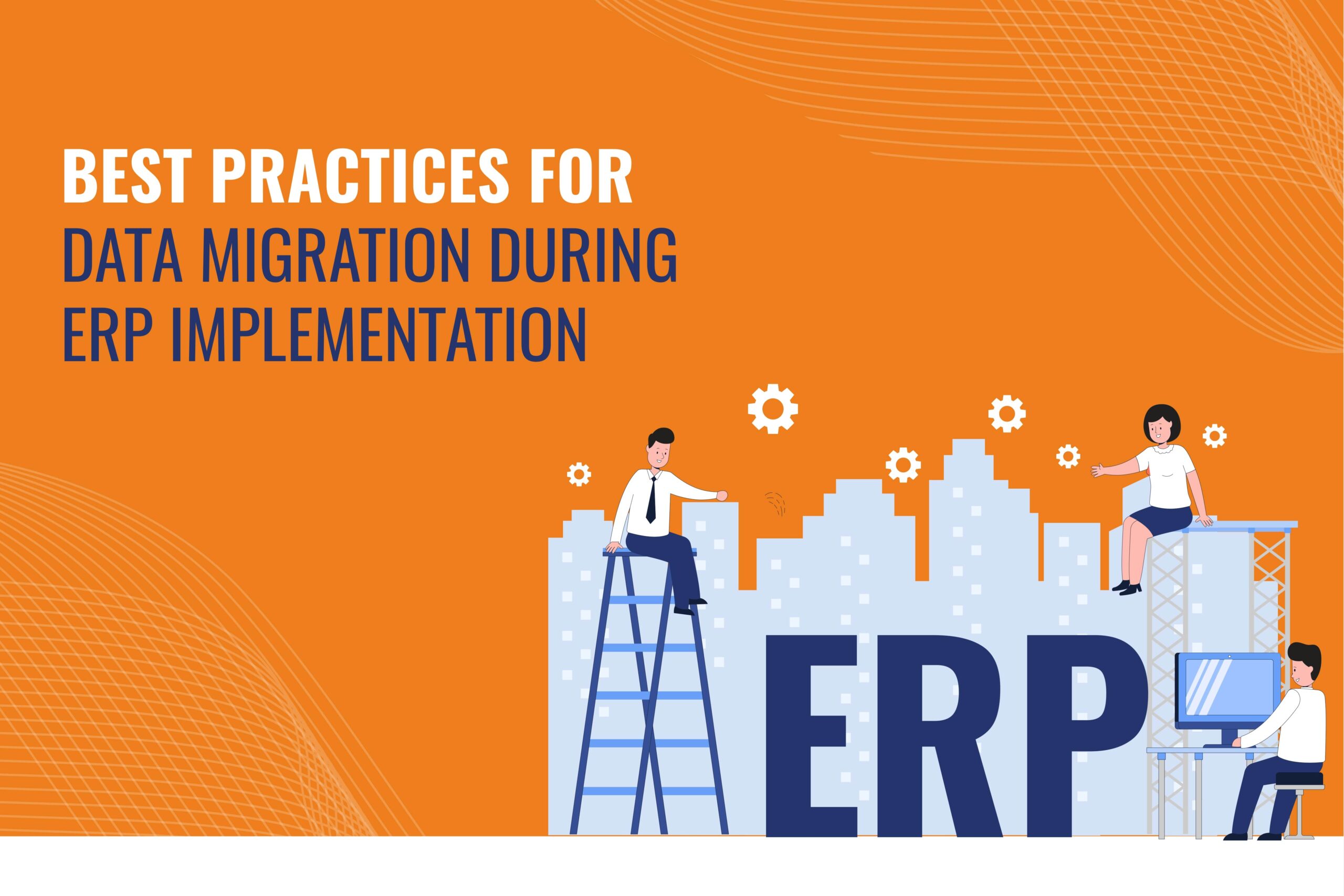
Implementing an ERP system is a transformative step for organizations, offering streamlined processes and strategic insights. However, the success of an ERP implementation largely depends on effective data migration, which involves transferring data from legacy systems to the new platform. This process is complex and requires meticulous planning to avoid disruptions to business operations.
Data migration involves activities like data extraction, transformation, cleansing, and loading (ETL). The goal is to ensure data from various sources is accurately transferred and integrated into the ERP system, maintaining data integrity and accessibility.
Organizations face several challenges during data migration. These include ensuring data quality, managing compatibility issues between different systems, handling the volume and complexity of data, minimizing downtime, and ensuring compliance with security regulations. Addressing these challenges is crucial for a successful ERP implementation.
To overcome these challenges, organizations should follow best practices. These include establishing clear objectives and scope for the migration, conducting comprehensive data assessments, and developing a robust migration strategy. Investing in data cleansing and transformation, engaging stakeholders, and performing rigorous testing and validation are also key. Additionally, implementing data governance and security measures, and planning for contingencies, are essential to mitigate risks.
Following these best practices ensures smooth data migration, enabling organizations to fully leverage their ERP systems’ potential. This paves the way for enhanced efficiency, agility, and competitiveness in the digital landscape, laying a solid foundation for future growth and digital transformation.
Read More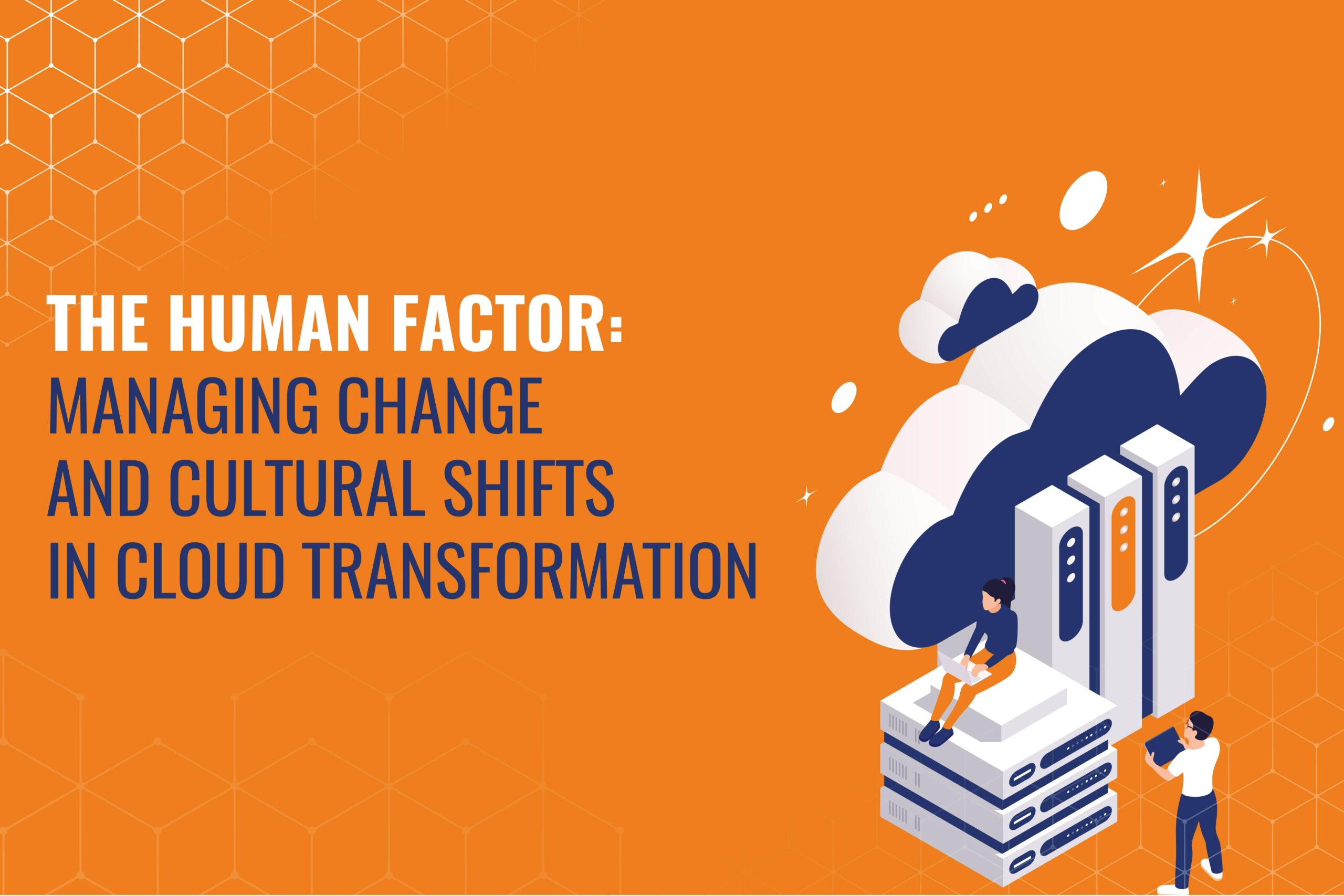
In the landscape of technological evolution, cloud transformation stands as a cornerstone for modern businesses seeking enhanced scalability, agility, and innovation. However, a critical yet often overlooked aspect lies beneath the surface of technical intricacies: the human factor. Managing change and cultural shifts is paramount for successfully adopting cloud technology.
At its core, cloud transformation extends beyond mere technological migration. So, it represents a fundamental shift in organizational culture and mindset. Embracing this shift requires a holistic approach that addresses technical challenges and the human elements within the organization.
Change management is a pivotal component of cloud transformation, facilitating the transition from traditional to cloud-native paradigms. Effective change management strategies involve clear communication, stakeholder engagement, and proactive efforts to address resistance to change.
Cultural shifts are intrinsic to cloud transformation as organizations strive to align their values and behaviors with core cloud principles such as agility, innovation, and customer-centricity. So, this involves breaking down silos, promoting cross-functional collaboration, and empowering employees to embrace new ways of working. Leaders are crucial in driving cultural change, championing cloud vision, and fostering a supportive environment encouraging experimentation and risk-taking.
So, workforce readiness emerges as a critical consideration in cloud transformation, requiring organizations to assess and enhance their employees’ skills and capabilities. Upskilling and reskilling initiatives can help bridge the gap between existing skill sets and the evolving demands of the cloud-native ecosystem. Additionally, providing adequate training, support, and incentives can empower employees to embrace the transformative potential of cloud technology.
Ultimately, successful cloud transformation hinges on effectively managing change and cultural shifts. By recognizing the human dimension of cloud adoption and investing in strategies that promote collaboration, innovation, and employee empowerment, organizations can unlock the full potential of the cloud and drive sustainable growth in the digital era.
Read More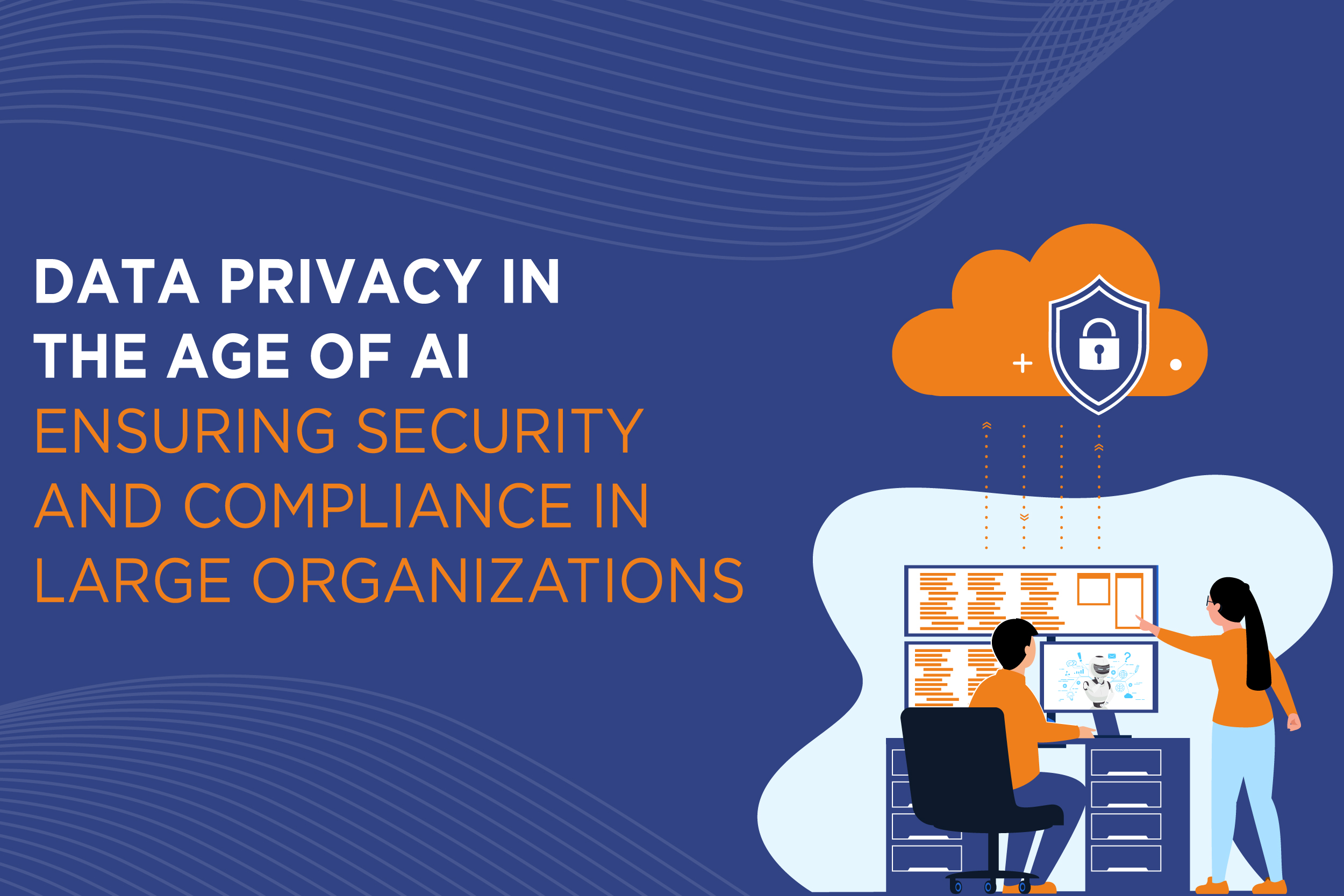
In the era of artificial intelligence (AI), ensuring data privacy is paramount for large organizations to maintain security and compliance with regulations. This challenge is accentuated by the vast amounts of data collected and processed by AI systems, heightening concerns about potential breaches and misuse.
Organizations must implement robust data privacy measures across the entire data lifecycle to address these concerns, from collection to disposal. This begins with implementing stringent access controls to limit who can interact with sensitive data and encryption to protect data both at rest and in transit. Additionally, this technique can remove personally identifiable information from datasets, reducing the risk of accidental exposure.
Furthermore, organizations must establish clear policies and procedures for data governance and compliance. This includes conducting regular audits to ensure adherence to data privacy regulations such as the General Data Protection Regulation (GDPR) and the California Consumer Privacy Act (CCPA). Moreover, employees should receive comprehensive training on data privacy best practices to foster a culture of compliance throughout the organization.
In parallel, organizations should invest in AI-specific security measures to safeguard AI models and algorithms. Additionally, deploying robust intrusion detection systems can help identify and mitigate potential threats to AI systems in real-time.
Collaboration with external stakeholders is also crucial for ensuring data privacy in the age of AI. This includes partnering with third-party vendors who adhere to stringent data privacy standards and regularly assessing compliance with these standards. Furthermore, engaging with regulatory bodies and industry groups can provide valuable insights into evolving data privacy requirements and best practices.
Despite these measures, the evolving nature of AI and data privacy regulations necessitates ongoing vigilance and adaptation. Organizations must continuously monitor Artificial intelligence and data privacy developments, updating their policies and technologies accordingly. By prioritizing data privacy and security, organizations can mitigate risks, build trust with stakeholders, and ensure long-term success in AI.
Read More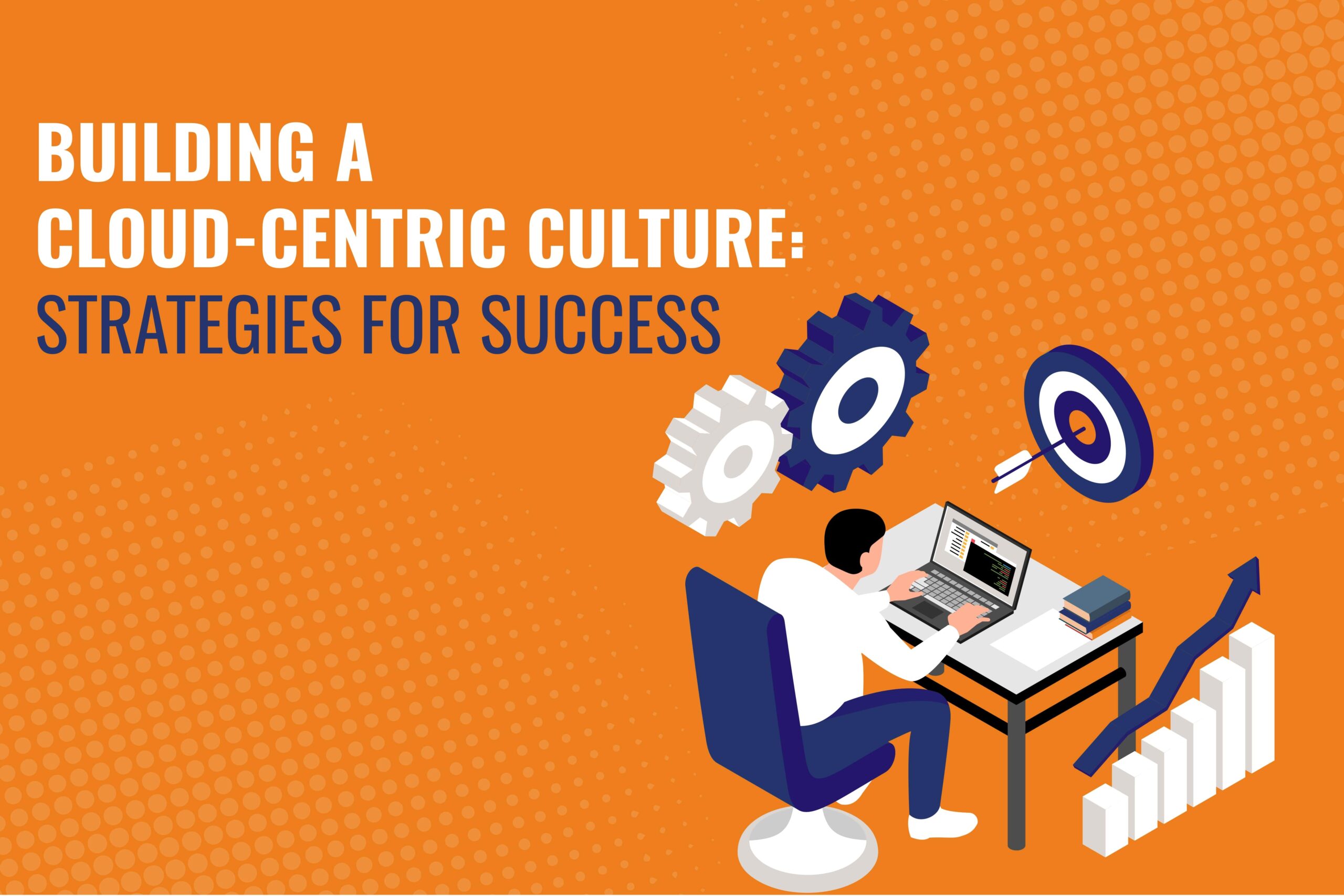
In today’s rapidly evolving business landscape, cloud transformation has become synonymous with innovation, agility, and competitive advantage. As organizations increasingly embrace cloud computing to drive digital transformation, building a cloud-centric culture has become crucial and imperative for success.
A cloud-centric culture is characterized by a mindset that embraces the transformative power of cloud technology and prioritizes. Its integration into every aspect of the organization’s operations, processes, and decision-making. It goes beyond merely adopting cloud solutions; it fosters a culture of collaboration, innovation, and continuous improvement.
One key strategy for building a cloud-centric culture is to promote awareness and understanding of the benefits of cloud transformation across the organization. This involves educating employees about cloud technology’s capabilities, its impact on business operations, and the opportunities it presents for driving innovation and growth.
Another critical aspect of cultivating a cloud-centric culture is to lead by example. Executive leadership must demonstrate a commitment to cloud transformation by championing its adoption. It invests in the necessary resources and infrastructure, and actively participates in cloud initiatives. Moreover, organizations must not only empower employees to become cloud advocates but also, consequently, champions within their respective teams and departments. This involves providing training and development opportunities to build cloud expertise and fostering a culture of experimentation and risk-taking.
Effective communication is also essential for nurturing a cloud-centric culture. Organizations should regularly communicate their cloud strategy, goals, and progress to employees, ensuring transparency and alignment. Organizations can cultivate a sense of ownership and commitment to the cloud transformation journey by keeping employees informed and engaged.
Furthermore, fostering collaboration and cross-functional teamwork is vital for building a cloud-centric culture. Cloud transformation often requires breaking down silos and facilitating cooperation between different departments and teams. Organizations can harness collective intelligence and creativity by encouraging collaboration and knowledge sharing.
In conclusion, building a cloud-centric culture is not only about adopting new technology but also about, therefore, transforming how people think, work, and collaborate by actively promoting awareness. It is leading by example, empowering employees, facilitating communication, and fostering collaboration, organizations
Read More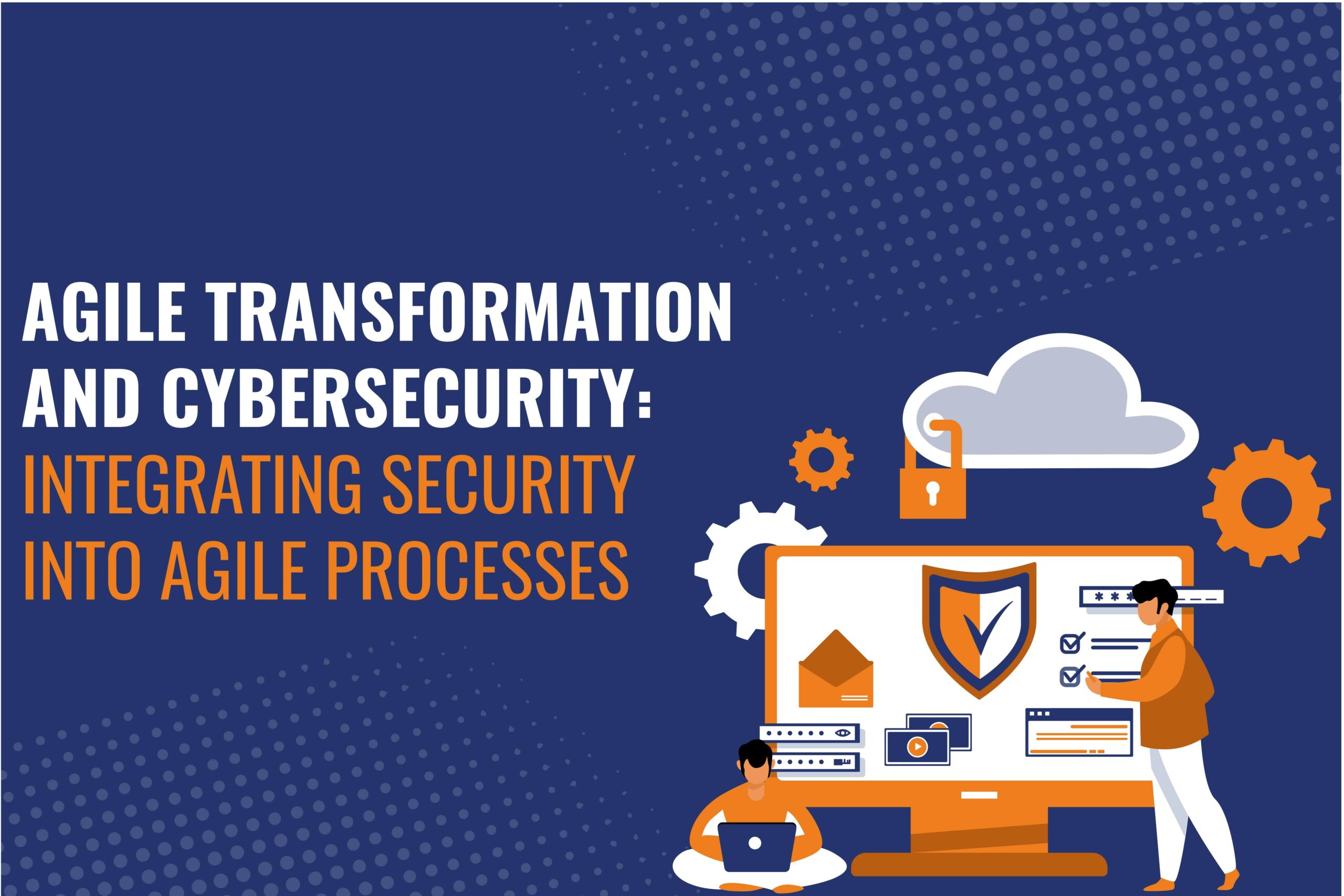
In today’s fast-paced digital landscape, agile transformation is necessary for businesses striving to stay competitive and responsive to evolving market demands. Agile methodologies enable organizations to adapt quickly to changing requirements, deliver products faster, and foster innovation. However, as businesses embrace agile practices, they must prioritize cybersecurity to safeguard their assets and maintain operational resilience.
For IT solution consultants, integrating security into agile processes is paramount. This involves seamlessly embedding security considerations into every stage of the software development lifecycle, from planning and design to implementation and deployment. By incorporating security practices into agile methodologies, organizations can mitigate risks and address vulnerabilities proactively rather than as an afterthought.
One key strategy for integrating security into agile processes is by leveraging automation. By automating security testing in CI/CD pipelines, teams can quickly detect and fix vulnerabilities throughout the development lifecycle. This accelerates delivery cycles and consistently applies security measures, reducing the likelihood of security breaches and downtime.
Furthermore, IT solution consultants are crucial in promoting a culture of security awareness and collaboration within agile teams. This collaborative approach fosters a shared understanding of security risks and responsibilities among team members, empowering them to take ownership of security outcomes.
An IT solution consultant offers expertise in implementing security best practices, including secure coding, threat modeling, and vulnerability management. By equipping agile teams with the knowledge and tools to prioritize security, consultants enable organizations to build resilient and trustworthy software products.
Ultimately, agile transformation and cybersecurity are intertwined aspects of modern business operations. As businesses embrace digital transformation, IT consultants will crucially integrate security into agile methods, ensuring successful and secure IT initiatives.
Read More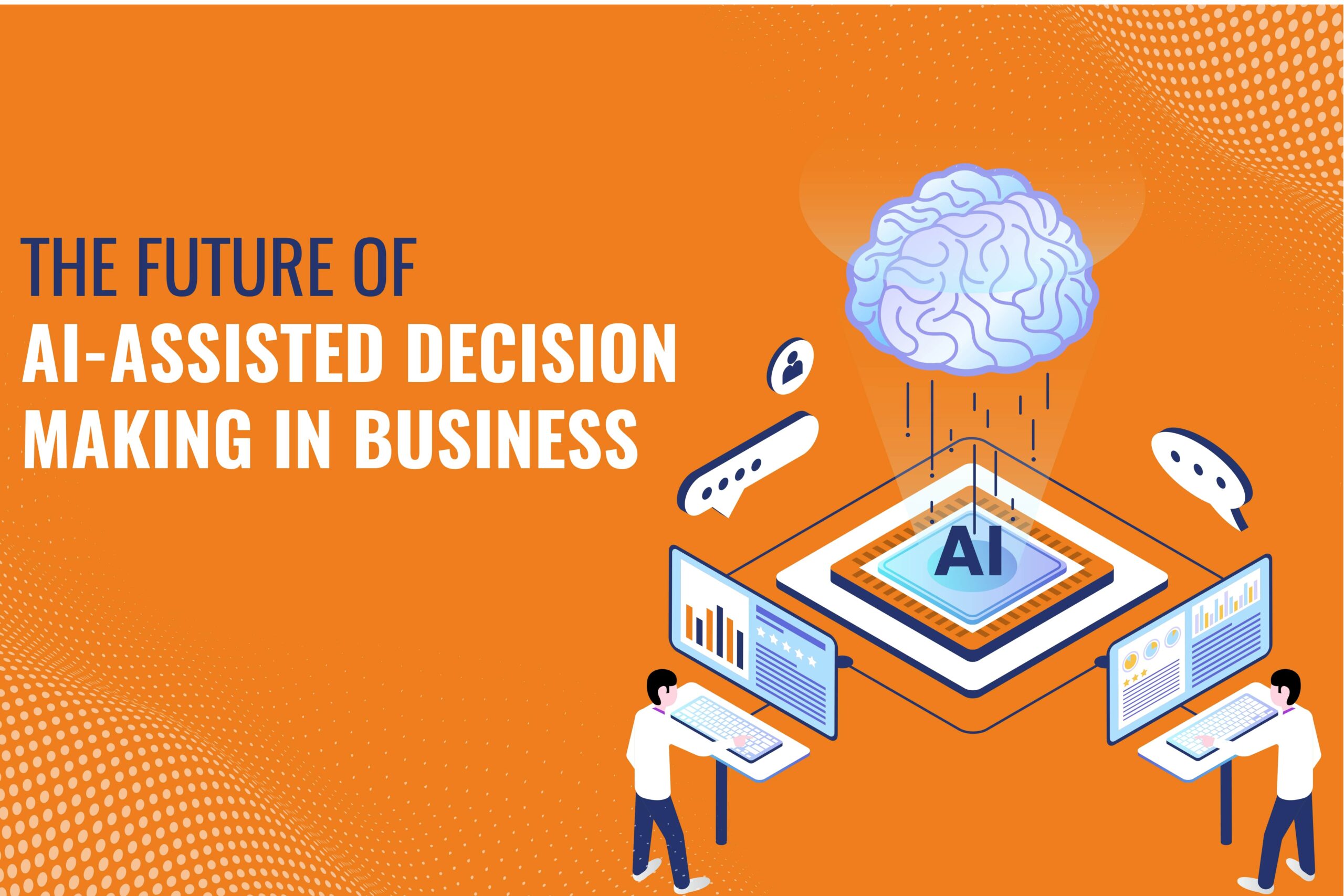
In the rapidly evolving landscape of modern business, integrating artificial intelligence (AI) is increasingly becoming a cornerstone of decision-making processes. This transformation promises to redefine how businesses operate, strategize, and compete in the global marketplace. As we peer into the future of AI-assisted decision-making, several key trends emerge, shaping how organizations harness AI’s power to drive success.
AI is set to transform decision-making by enhancing human intelligence with its unmatched capacity to swiftly process extensive data. AI systems use advanced algorithms and machine learning to analyze complex data, uncover patterns, and reveal hidden insights.
Furthermore, AI-powered decision-making holds the potential to optimize resource allocation and mitigate risks in an increasingly volatile and uncertain business environment. By leveraging predictive analytics and scenario modeling, AI systems can anticipate market trends, identify potential threats, and recommend proactive strategies to mitigate risks and capitalize on opportunities.
Moreover, AI-driven decision-making democratizes access to insights and expertise, empowering businesses of all sizes to compete on a level playing field. With the proliferation of AI tools and platforms, even small and medium-sized enterprises. So, it can harness the power of AI to streamline operations, optimize processes, and drive innovation.
The future of AI in business will see continuous advancements, integrating AI into every aspect of organizational operations. AI is set to impact all business areas, from customer service to financial forecasting, boosting efficiency, agility, and innovation.
So, the future of AI-assisted decision-making in business is bright and promising. It offers unprecedented opportunities for organizations to drive growth, innovation, and success. By harnessing the power of Artificial Intelligence to augment human intelligence, optimize resource allocation, and democratize access to insights. In addition, it embraces ongoing advancements in AI technology, and businesses can position themselves for long-term success.
Read More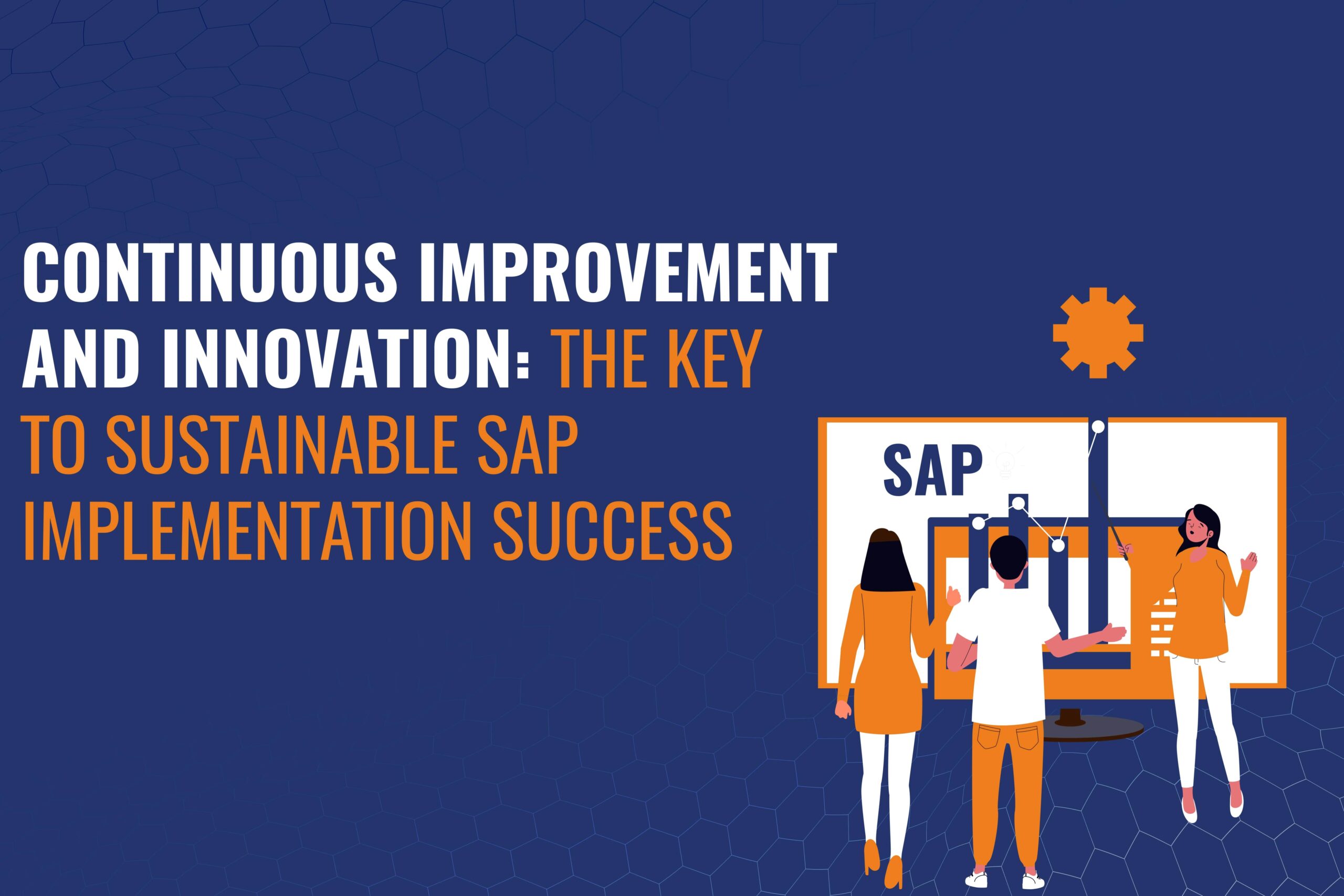
So, in today’s dynamic business environment, implementing SAP solutions isn’t merely about deploying a software system. It’s about embracing a culture of continuous improvement and innovation to ensure sustained success. By integrating SAP implementation with these principles, organizations can unlock the full potential of their enterprise resource planning (ERP) systems.
SAP implementation marks a significant investment for businesses, impacting various facets of operations, from finance and supply chain management to human resources and customer relationship management. However, the accurate measure of success lies beyond the initial deployment; it resides in the ability to adapt and evolve, aligning with the ever-changing needs of the business landscape.
So, the concept of continuous improvement is central to sustainable SAP implementation success. Rather than viewing implementation as a one-time project, organizations should embrace an iterative approach. Constantly seeking opportunities to refine processes, enhance functionalities, and optimize workflows.
Moreover, fostering a culture of innovation is essential for maximizing the benefits of SAP implementation. So, innovation goes beyond technological advancements; it encompasses novel approaches to problem-solving, creative thinking, and a willingness to challenge the status quo.
Effective change management is another critical aspect of successful, sustainable SAP implementation. Employees are at the heart of any transformation initiative, and their buy-in and engagement are paramount to its success. In addition, organizations must invest in comprehensive training programs, provide ample support, and create avenues for feedback and collaboration.
Furthermore, collaboration with experienced partners can significantly facilitate the SAP implementation journey. Utilizing IT consulting expertise helps organizations tackle complex challenges, speed up results, and maximize the value of their SAP solutions.
So, sustainable SAP implementation success hinges on a holistic approach prioritizing continuous improvement, innovation, effective change management, and strategic partnerships. By embracing these principles, organizations can leverage SAP solutions as catalysts for growth, agility, and competitive advantage in today’s fast-paced business landscape.
Read More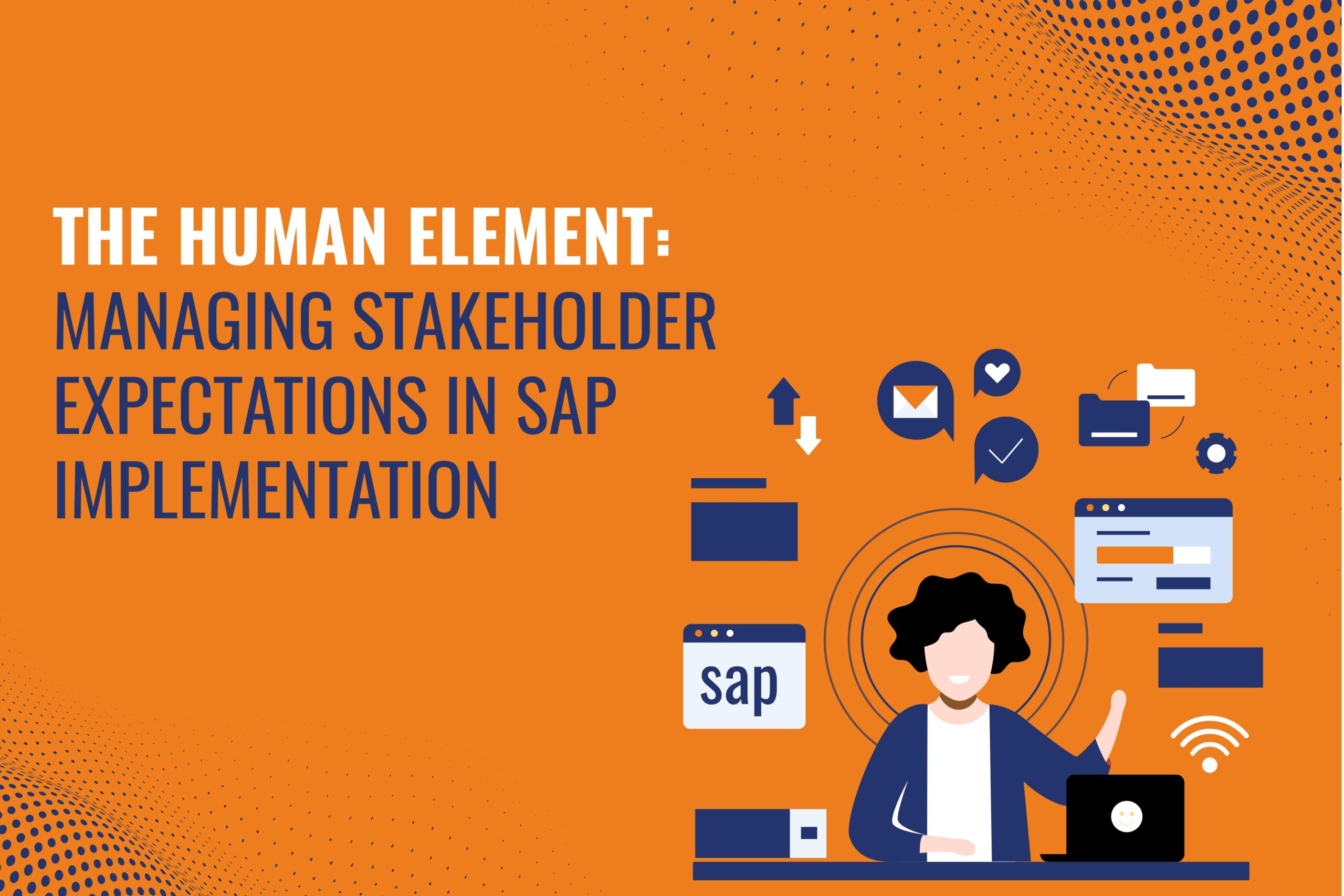
The success of SAP implementation hinges not only on technical proficiency but also on effectively managing the human element – the diverse needs, expectations, and concerns of stakeholders. This is where IT consulting services play a crucial role in guiding organizations through the complexities of managing stakeholder expectations.
Implementing SAP involves stakeholders, including executives, department heads, end-users, and IT teams, each with their own expectations and concerns. Executives often focus on strategic outcomes and ROI, while department heads may prioritize process efficiency and performance improvements. IT teams typically focus on technical aspects such as system integration and data migration.
To successfully manage stakeholder expectations, IT consulting services employ several strategies. Firstly, they conduct a thorough stakeholder analysis to understand each group’s needs, concerns, and expectations.
Effective communication is paramount throughout the SAP implementation process. IT consulting services ensure stakeholders stay informed at every stage, providing regular updates, promptly addressing concerns, and soliciting feedback. Project managers may create trust, encourage cooperation, and eventually provide a solution by placing a high priority on communication, involvement, and adaptability.
Proactive change management is another crucial aspect of managing stakeholder expectations. IT consulting services help organizations anticipate and address resistance to change by implementing change management strategies focusing on education, training, and support.
Furthermore, IT consulting services facilitate stakeholder engagement through workshops, focus groups, and collaborative decision-making processes. Throughout the SAP implementation journey, engaging stakeholders ensures meeting their needs and fostering a sense of ownership and commitment to project success
Ultimately, by effectively managing stakeholder expectations, organizations can mitigate risks, minimize disruptions, and maximize the benefits of SAP implementation. IT consulting services are pivotal in guiding organizations through this process, leveraging their expertise. Helps to navigate the human element of change and drive successful outcomes.
IT consulting services help organizations manage stakeholders effectively, ensuring alignment and engagement to achieve their business objectives.
Read More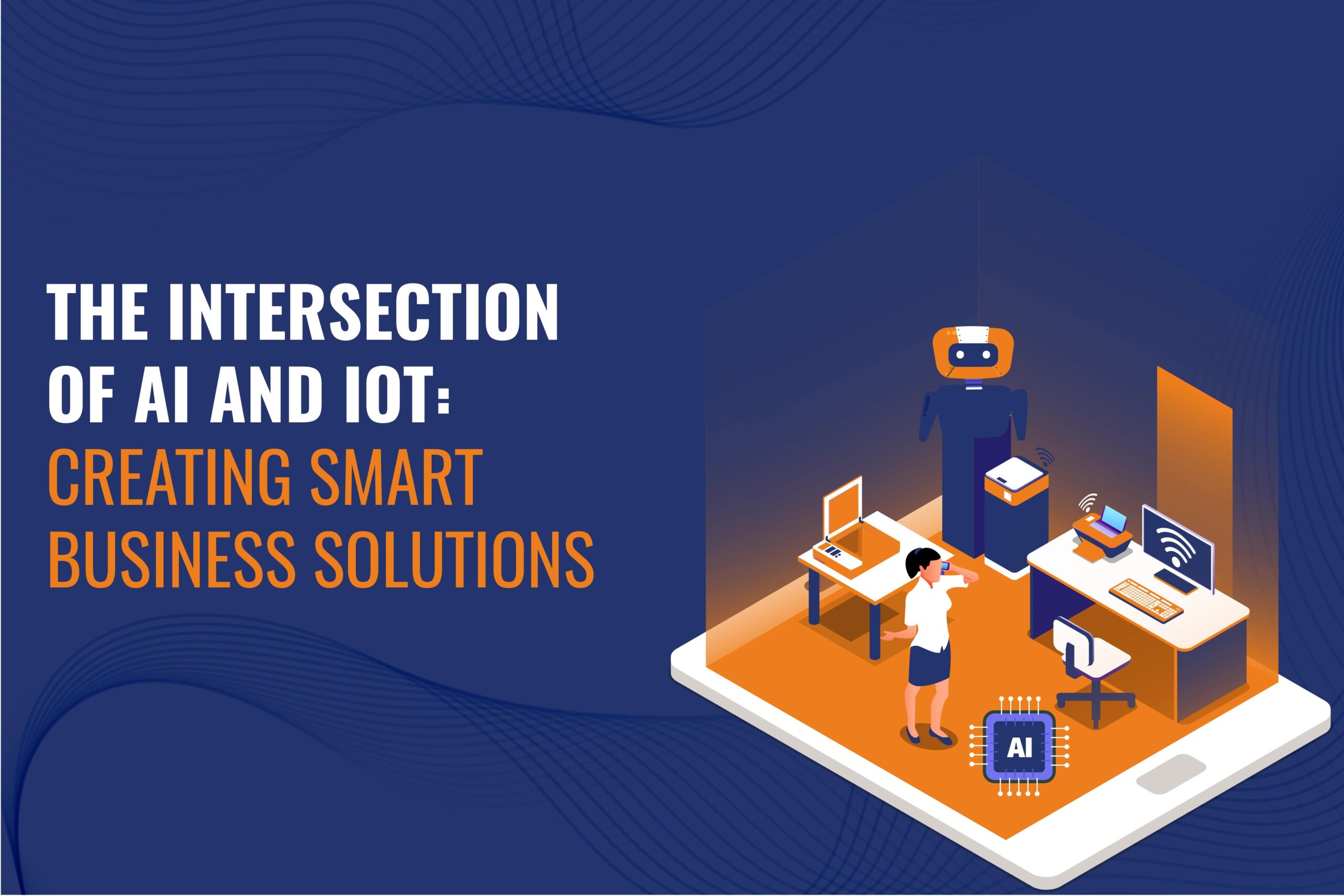
The intersection of artificial intelligence (AI) and the Internet of Things (IoT) represents a dynamic synergy poised to revolutionize business operations across various industries. By integrating AI-powered algorithms and IoT-connected devices, businesses can harness vast amounts of data to drive intelligent decision-making, enhance efficiency, and unlock new opportunities for innovation.
AI technologies like machine learning and the natural language processing enable IoT devices to analyze and interpret complex data streams in real time. This synergy empowers businesses to automate processes, optimize resource utilization, and deliver personalized customer experiences. For example, in retail environments, AI-driven analytics can analyze customer behavior patterns captured by IoT sensors. It helps to optimize product placement, streamline inventory management, and enhance the shopping experience.
Moreover, integrating AI and IoT enhances predictive maintenance, enabling businesses to anticipate equipment failures, minimize downtime, and reduce costs. In the manufacturing settings, IoT sensors embedded in machinery can collect performance data, which AI algorithms analyze to detect anomalies indicative of potential failures. This proactive approach to maintenance improves asset reliability and prolongs equipment lifespan.
Furthermore, AI-enhanced IoT solutions facilitate the development of smart cities by enabling efficient infrastructure management, traffic optimization, and environmental monitoring. For instance, intelligent traffic management systems utilize AI algorithms to analyze real-time data from IoT sensors. To ease traffic and shorten travel times, it is rerouting cars and modifying traffic signals dynamically.
In healthcare, the convergence of AI and IoT enables the development of innovative medical devices and remote patient monitoring solutions. IoT-connected wearables with AI algorithms monitor vital signs, detect abnormalities, and alert healthcare providers in real time.
Overall, the intersection of AI and IoT represents a transformative force in the business landscape. It offers unparalleled opportunities for organizations to create smart, data-driven solutions that enhance operational efficiency, drive innovation, and deliver exceptional value to customers.
Read More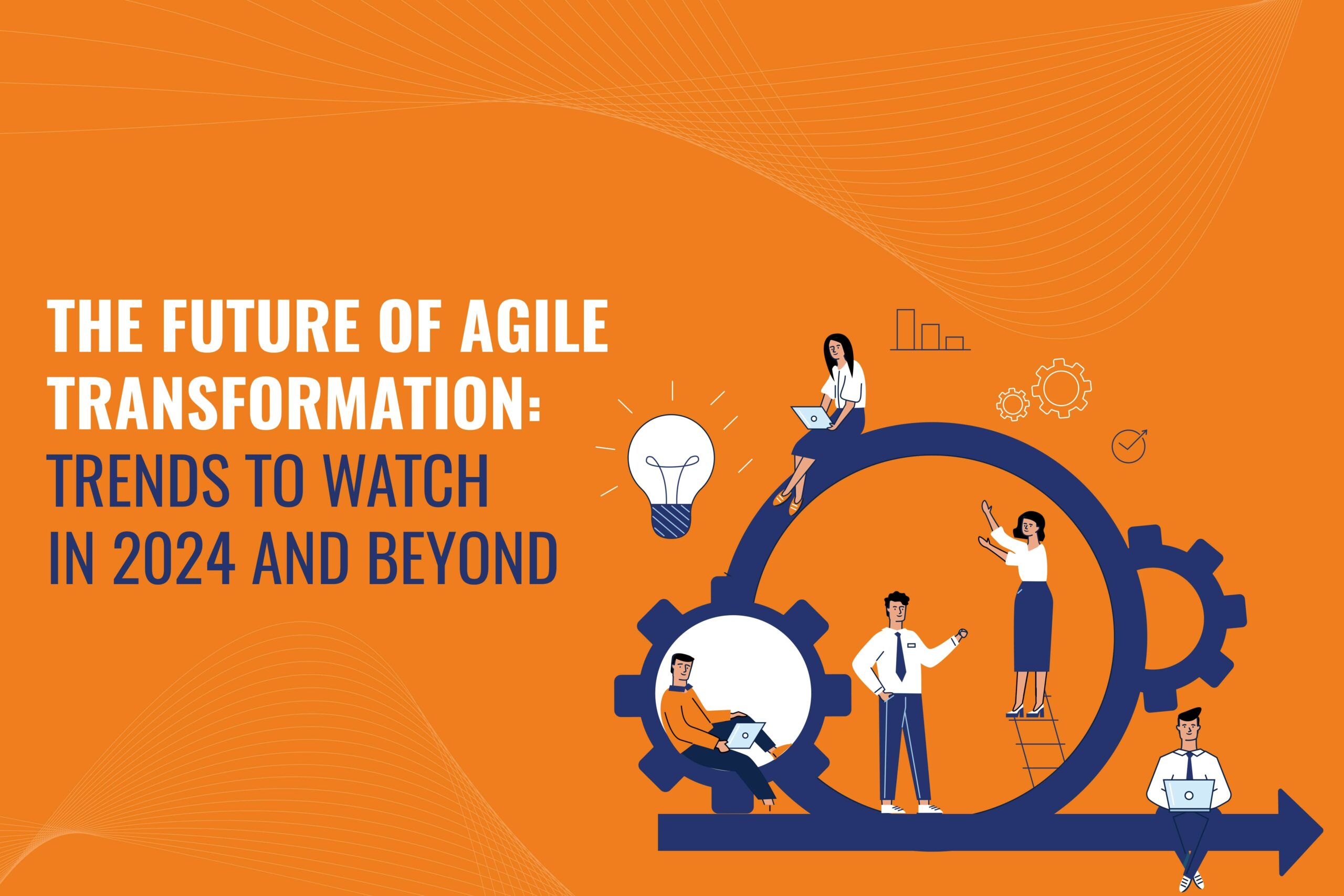
In 2024 and beyond, Agile Transformation continues to evolve, driven by emerging trends shaping the future of organizational agility. As businesses navigate an ever-changing landscape, understanding these trends is paramount for staying competitive and adaptable.
One significant trend is the deepening integration of Agile principles beyond software development. Software development originated agile methodologies, now increasingly applied across various industries and functions. From marketing to HR and beyond, organizations embrace Agile Transformation to foster collaboration, flexibility, and innovation throughout their operations.
Another trend to watch is the rise of Agile at scale. As companies grow more complex, traditional Agile frameworks may need to help accommodate their needs. These frameworks provide guidelines and structures for implementing Agile practices across entire organizations, enabling alignment, coordination, and synchronization at scale.
Furthermore, adopting DevOps practices intertwines with the future of Agile Transformation. DevOps emphasizes the integration of development and operations teams, promoting faster delivery of high-quality software. DevOps will become increasingly integral to Agile Transformation initiatives as organizations strive for incredible speed and efficiency in their software development processes.
In addition to methodology, technology plays a crucial role in shaping the future of Agile Transformation. Emerging technologies like artificial intelligence (AI), machine learning (ML), and robotic process automation (RPA) are revolutionizing the way we do work. By leveraging these technologies, organizations can automate repetitive tasks, enhance decision-making, and streamline processes, accelerating Agile Transformation efforts.
Moreover, Agile Transformation in 2024 and beyond is characterized by a focus on culture and mindset. While Agile frameworks provide valuable practices and principles, true transformation requires a cultural shift towards collaboration, experimentation, and continuous improvement.
In conclusion, the future of Agile Transformation is dynamic and multifaceted, driven by evolving trends in methodology, technology, and culture. By staying abreast of these trends and adapting accordingly, organizations can navigate the complexities of today’s business environment and thrive in the Agile era.
Read More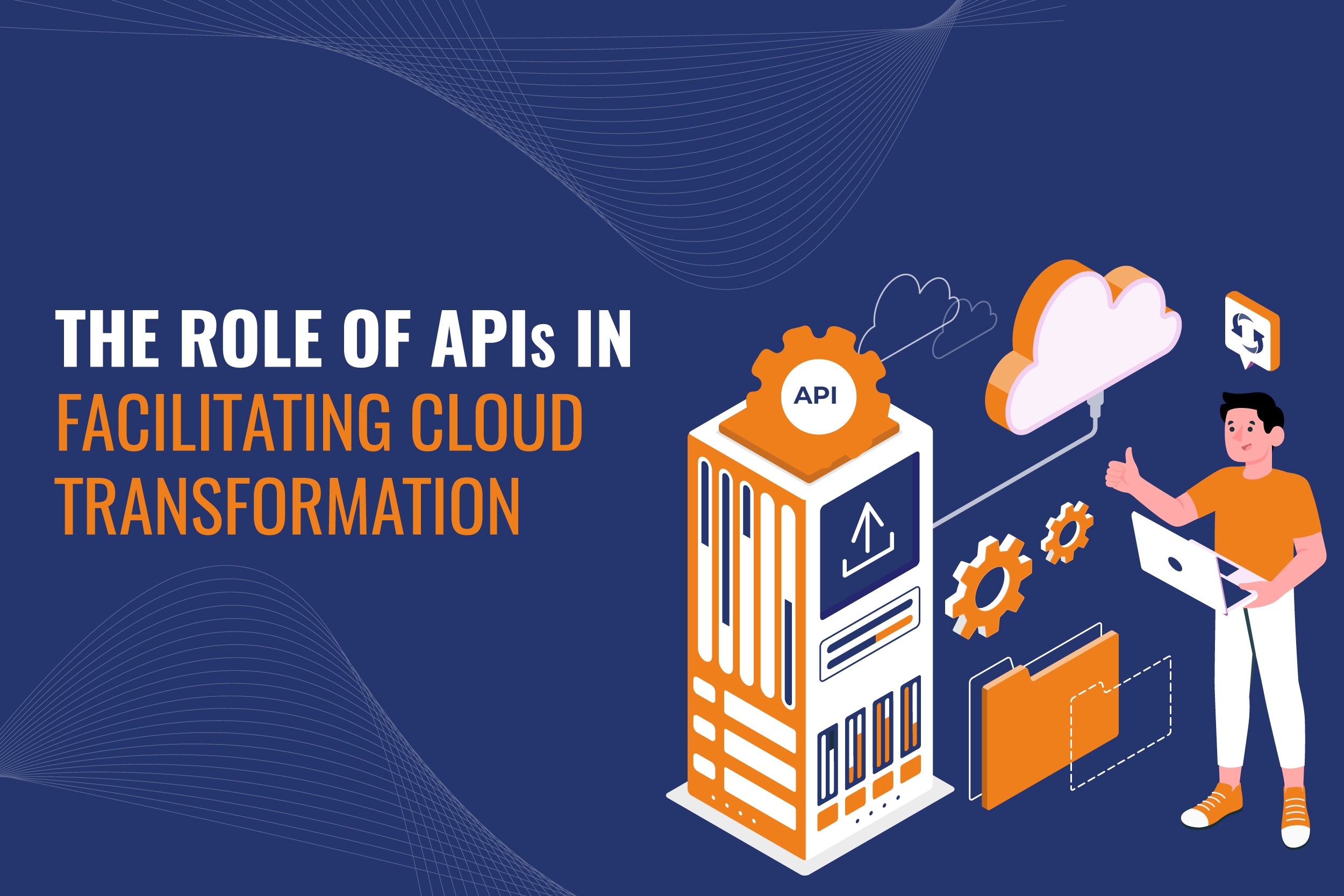
In the rapidly evolving digital transformation landscape, cloud computing has emerged as a pivotal enabler for organizations seeking to enhance agility, scalability, and innovation. At the heart of this transformation lies the ubiquitous use of Application Programming Interfaces (APIs). It plays a crucial role in facilitating the adoption and optimization of cloud technologies.
APIs are the building blocks that enable seamless communication and integration between diverse systems, applications, and services in cloud environments. By abstracting complex functionalities into accessible interfaces, APIs empower developers to leverage cloud resources, services, and data in a standardized and interoperable manner. This standardized approach to integration fosters greater flexibility, efficiency, and collaboration across development teams, operational teams, and business stakeholders.
In cloud transformation, APIs drive innovation, enable scalability, and enhance automation capabilities. Firstly, APIs empower organizations to innovate by providing access to a rich ecosystem of cloud services, platforms, and solutions. It is offered by leading cloud providers such as Amazon Web Services (AWS), Microsoft Azure, and Google Cloud Platform (GCP). Through APIs, developers can leverage diverse capabilities, including artificial intelligence, machine learning, Internet of Things (IoT), and serverless computing. So, it helps to build innovative applications and services that differentiate their offerings in the market.
Secondly, APIs enable organizations to dynamically scale their infrastructure and resources in response to fluctuating workloads and evolving business needs. Cloud computing offers elastic scalability, allowing organizations to provision and deprovision resources on-demand using APIs. Thirdly, APIs facilitate the automation and orchestration of cloud operations, enabling organizations to streamline deployment. Moreover, the configuration, management, and monitoring tasks across their cloud infrastructure.
APIs are pivotal in facilitating cloud transformation by empowering organizations to innovate, scale, and automate their operations in the cloud computing era. As organizations continue to embrace digital transformation initiatives, APIs will remain a fundamental component of their cloud strategy. It enables them to unlock cloud computing’s full potential to drive business growth and competitive advantage.
Read More
In today’s rapidly evolving business landscape, organizations are increasingly turning to Agile methodologies to drive innovation, improve responsiveness, and stay competitive. However, while Agile offers significant benefits, sustaining Agile transformation over the long run requires building resilience within teams and processes. In this dynamic environment, where change is constant, and uncertainty is the norm, cultivating resilience is essential for achieving enduring success.
Sustainable Agile transformation goes beyond simply adopting Agile practices; it involves creating a culture of resilience that enables teams to thrive amidst challenges and setbacks. Building resilience begins with leadership commitment and a clear vision for Agile transformation. Leaders must champion Agile principles, prioritize collaboration, and foster a growth mindset throughout the organization.
Key to sustainable Agile transformation is investing in the development of Agile teams. Providing ongoing training, coaching, and support empowers teams with skills and knowledge to handle complex projects and adapt to changes.
Resilience is also built through effective communication and collaboration in the organization. Agile methodologies prioritize frequent communication, feedback, and cross-functional collaboration, allowing teams to adapt quickly and deliver iterative value.
Furthermore, sustainable Agile transformation requires a focus on adaptability and flexibility. Agile frameworks such as Scrum and Kanban provide structures for iterative development and continuous improvement. It allows teams to respond rapidly to changing market dynamics and customer needs. So, embracing Agile principles such as customer collaboration, responding to change over following a plan, and delivering working software frequently fosters resilience and agility within teams. Setting KPIs, holding regular retrospectives, and celebrating successes keep teams motivated and engaged during the transformation journey.
Sustainable Agile transformation involves more than adopting practices; it builds team resilience to thrive in today’s dynamic business environment. Investing in leadership, team development, communication, adaptability, and progress tracking ensures organizations build a strong foundation for lasting Agile success.
Read More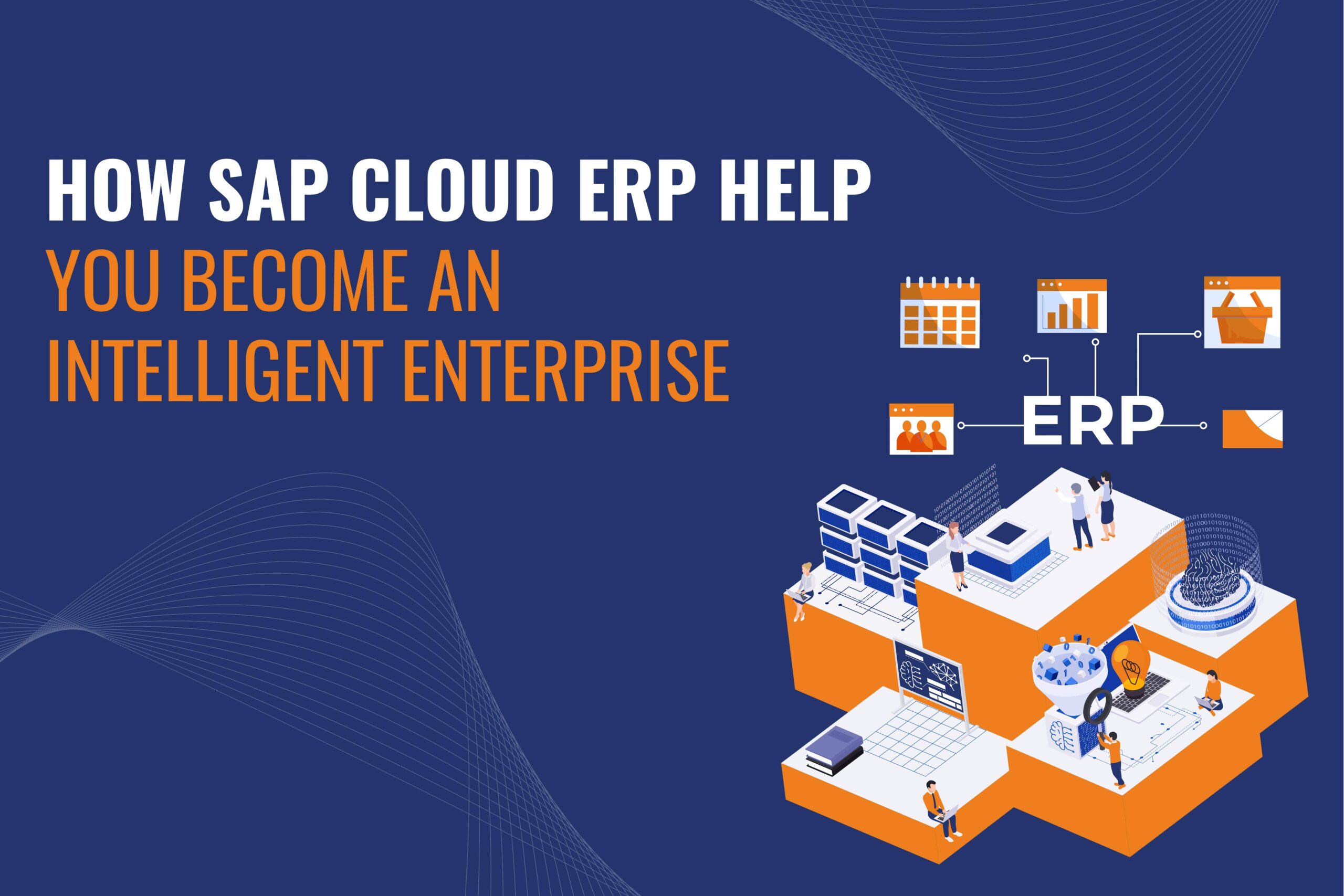
SAP Cloud ERP stands at the forefront of empowering organizations to become intelligent enterprises through its robust suite of solutions and innovative capabilities. By leveraging SAP Cloud ERP and implementing SAP solutions effectively, businesses can revolutionize their operations, drive innovation, and stay ahead of the competition in today’s digital economy.
SAP Cloud ERP seamlessly integrates business processes across departments, offering organizations a unified, accurate data source. Through SAP implementation, businesses can unify their data silos, break down organizational barriers, and gain real-time visibility into their operations, enabling informed decision-making and strategic planning.
So, one of the key features of SAP Cloud ERP is its predictive analytics capabilities, powered by advanced algorithms and machine learning. This predictive intelligence empowers businesses to proactively address challenges, seize opportunities, and drive growth in a rapidly evolving business landscape.
Moreover, SAP Cloud ERP enhances organizational agility and flexibility, enabling quick adaptation to shifting market dynamics and customer needs. With its cloud-based architecture, SAP Cloud ERP enables seamless scalability, enabling businesses to expand their operations. So companies can enter new markets, and innovate without the constraints of traditional on-premises systems.
Moreover, SAP Cloud ERP supports collaborative decision-making and fosters a culture of innovation within organizations. In addition, SAP Cloud ERP helps organizations enhance customer experiences and build lasting relationships by providing personalized, omnichannel experiences. Through SAP implementation, businesses can leverage customer data to deliver tailored products, services, and interactions, increasing customer satisfaction and loyalty.
Through SAP implementation, businesses can unlock the full potential of SAP Cloud ERP, driving innovation, agility, and growth. While delivering exceptional customer experiences and staying ahead of the competition. With its predictive analytics, scalability, collaboration, and customer-centric approach. So, SAP Cloud ERP empowers organizations to thrive in an increasingly competitive and dynamic business environment.
Read More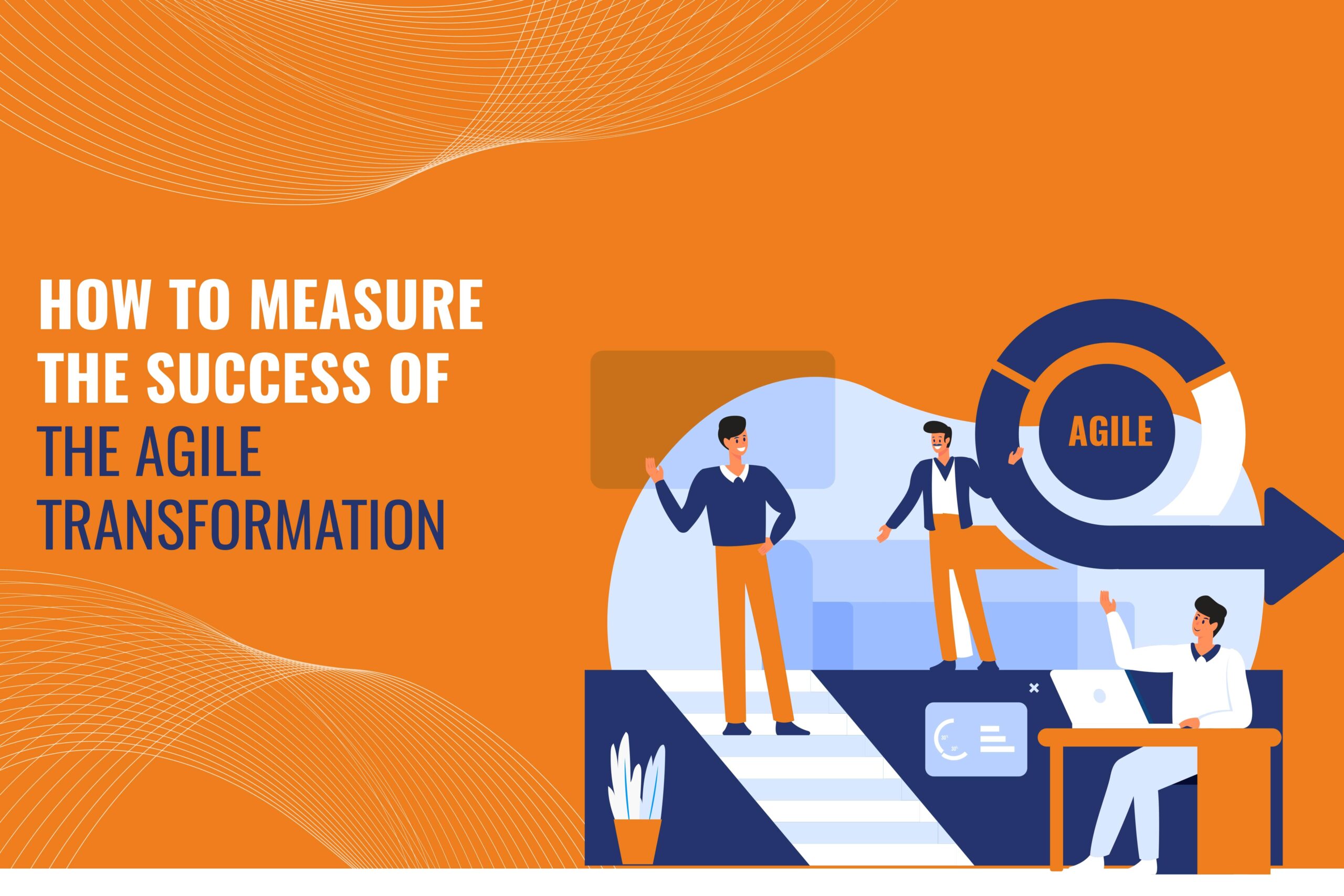
Embarking on an Agile Transformation journey is not just about adopting new methodologies; it’s about fundamentally reshaping the way organizations operate, collaborate, and deliver value. However, measuring the success of Agile Transformation can be complex, requiring a nuanced approach that goes beyond traditional metrics.
At the heart of measuring Agile Transformation success lies the alignment of organizational goals with Agile principles and practices. Organizations must establish clear objectives for their Agile Transformation journey, whether it’s accelerating time-to-market. It helps to improve product quality, enhance customer satisfaction, or foster innovation.
One of the primary metrics for measuring Agile Transformation success is the velocity of delivery. Velocity refers to the rate at which Agile teams deliver value in the form of working software or tangible outcomes. However, it’s essential to interpret velocity in conjunction with other metrics, such as team capacity, complexity of work, and stakeholder satisfaction, to gain a comprehensive understanding of performance.
Another critical aspect of measuring Agile Transformation success is the quality of deliverables. While speed is important, it should not come at the expense of quality. Organizations can evaluate the quality of deliverables through metrics such as defect density, customer feedback scores, and adherence to acceptance criteria.
Furthermore, evaluate Agile Transformation success based on how well it enables organizational agility and adaptability.. This can be measured through metrics such as cycle time, lead time, and the frequency of product releases. Additionally, the frequency of product releases reflects the organization’s ability to iterate quickly. It gathers feedback, and incorporates learnings into future iterations, driving continuous improvement and innovation.
In conclusion, measuring the success of Agile Transformation requires a holistic approach that considers multiple dimensions of performance, including delivery velocity, product quality, and organizational agility. The impact of their Agile Transformation initiatives and make informed decisions to drive continuous improvement. Moreover, achieve long-term success in today’s rapidly evolving business landscape.
Read More
In the fast-paced and ever-evolving landscape of modern business, agility has emerged as a fundamental driver of success. As organizations strive to stay ahead of the curve, Agile Transformation has become more than just a methodology—it’s a strategic imperative, a mindset shift, and a catalyst for innovation. In the quest to explore new horizons and embrace the Agile Frontier, businesses are transforming their structures, processes, and cultures to adapt to change, respond to customer needs, and thrive in dynamic environments.
At its core, Agile Transformation embodies a philosophy of flexibility, collaboration, and continuous improvement. It fosters cross-functional teams, empowering individuals to take ownership of their work and make data-driven decisions beyond traditional hierarchies.. Adopting Agile principles fosters rapid iteration, customer focus, and adaptive planning, enabling organizations to confidently navigate uncertainty and deliver incremental value.
Agile methodologies such as Scrum, Kanban, and Lean provide frameworks for structured experimentation, enabling teams to test hypotheses. Moreover, gather feedback, and pivot quickly based on insights, ultimately accelerating the pace of innovation and driving competitive advantage. Moreover, Agile Transformation extends beyond internal processes to encompass external relationships and market dynamics. By forging strategic partnerships, collaborating with stakeholders, and co-creating value with customers. So, the organizations can adapt their offerings in real time to meet evolving needs and preferences.
Furthermore, Agile Transformation is not a one-time initiative but a continuous journey of learning, adaptation, and evolution. It requires a commitment to ongoing learning, experimentation, and adaptation, as well as a willingness to challenge the status quo and embrace change. So, Agile Transformation represents a paradigm shift in the way businesses approach innovation, collaboration, and value creation. As Agile advances, businesses embracing Agile Transformation will lead and pioneer in the digital age.
Read More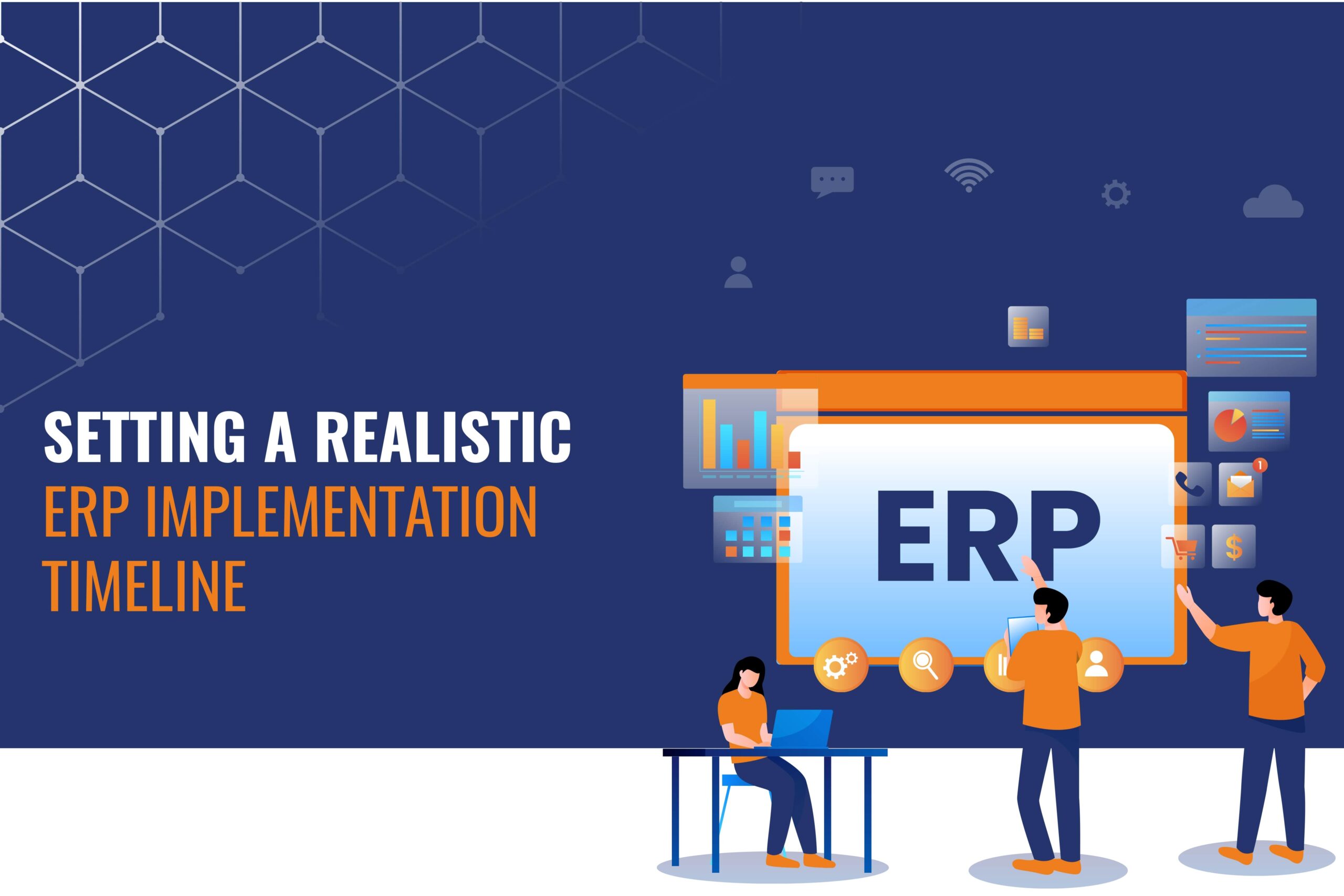
In today’s dynamic business landscape, implementing an Enterprise Resource Planning (ERP) system is not merely a choice but a strategic necessity for organizations striving to streamline operations, enhance productivity, and maintain a competitive edge. However, the journey toward ERP implementation is often fraught with challenges, and one of the critical factors determining success is setting a realistic timeline. In this regard, SAP Implementation emerges as a cornerstone, providing robust tools and methodologies to orchestrate the process efficiently.
The process of setting a realistic ERP implementation timeline encompasses a multifaceted approach, balancing the organization’s objectives, resources, and complexities involved. Firstly, thorough planning is imperative, wherein stakeholders collaborate to define clear goals, scope, and deliverables. Leveraging SAP’s expertise, organizations can conduct comprehensive assessments to identify requirements, risks, and potential roadblocks, laying a solid foundation for the timeline.
Moreover, SAP Implementation facilitates a phased approach, enabling organizations to break down the implementation process into manageable stages. By prioritizing critical modules or functionalities, organizations can achieve incremental milestones, mitigating risks of project delays or budget overruns.
Furthermore, effective resource management is paramount in setting a realistic ERP implementation timeline. SAP offers sophisticated project management tools that empower organizations to allocate resources judiciously, optimize workflows, and monitor progress in real time. By aligning resource allocation with project requirements and timelines, organizations can enhance efficiency, minimize bottlenecks, and accelerate the implementation process. Additionally, continuous communication and collaboration are pivotal throughout the ERP implementation journey.
Moreover, leveraging SAP’s extensive ecosystem of best practices, industry insights, and peer collaboration. So, it can provide invaluable guidance and support in setting a realistic ERP implementation timeline. Guided by SAP Implementation, organizations confidently navigate ERP complexities, aligning timelines with objectives, resources, and expectations, ensuring sustainable digital-age growth.
Read More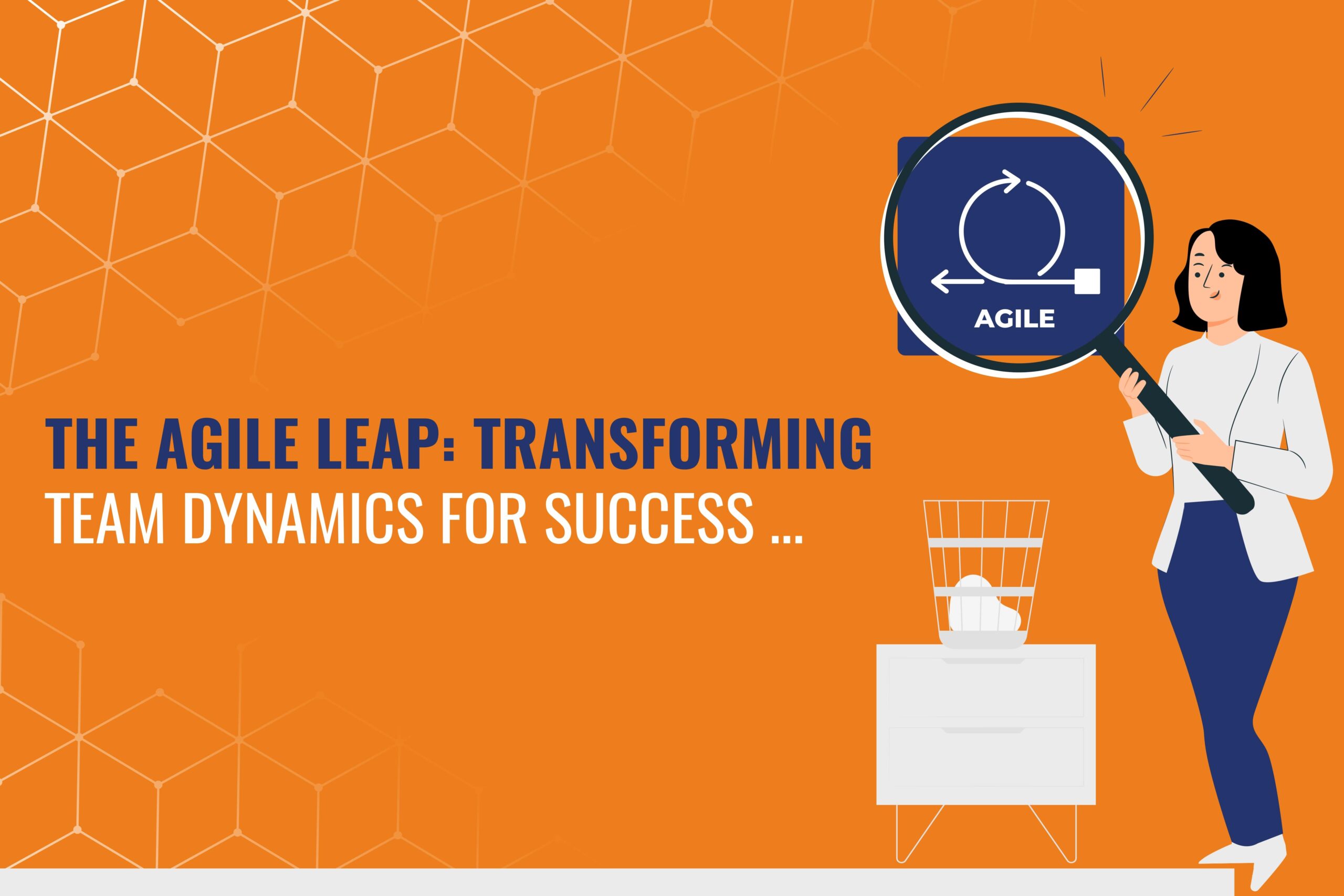
In today’s fast-paced business environment, agility has become a critical factor for organizations aiming to thrive amidst constant change and uncertainty. Agile transformation has emerged as a powerful strategy for enabling businesses to adapt quickly and effectively to evolving market demands. At the heart of this transformation lies the reshaping of team dynamics, as teams. So teams play a central role in driving innovation, collaboration, and, ultimately, success.
Agile transformation represents a significant shift in how teams operate, breaking away from traditional hierarchical structures. So, it embracing principles of collaboration, flexibility, and adaptability. It entails not only adopting agile methodologies such as Scrum or Kanban but also fostering a cultural mindset that values experimentation, feedback, and continuous improvement.
One of the key aspects of agile transformation is the empowerment of teams to self-organize and make autonomous decisions. By decentralizing authority and empowering individuals, organizations unleash the full potential of their teams. It enabling them to respond swiftly to changing requirements and deliver value more efficiently.
Another crucial element of agile transformation is the emphasis on cross-functional collaboration. So, agile teams are composed of members with diverse skill sets and backgrounds working together towards a shared goal. This diversity fosters creativity, innovation, and problem-solving by bringing different perspectives to the table, leading to richer and more robust solutions.
Furthermore, agile transformation promotes a culture of transparency and open communication. Through practices such as daily stand-up meetings, retrospectives, and demo sessions, teams foster a culture of trust and accountability. However, with strong leadership, effective communication, and a commitment to continuous learning. So, we can address these challenges, paving the way for a successful transformation.
Ultimately, agile transformation is not just about adopting new practices or methodologies; it’s about transforming the way teams think, collaborate, and deliver value. By embracing agile principles and reshaping team dynamics, organizations can unlock new levels of productivity, innovation, and customer satisfaction.
Read More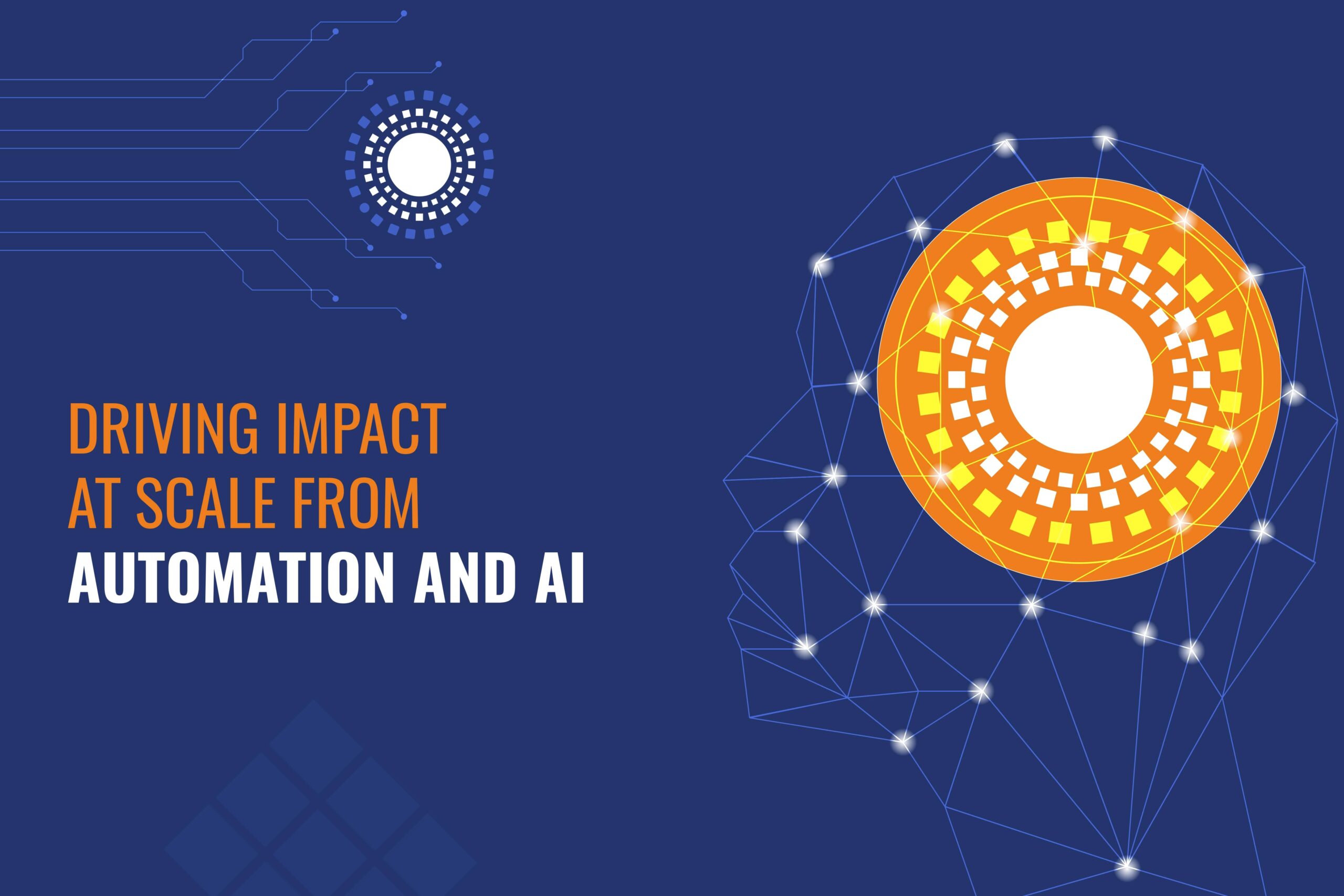
In today’s rapidly evolving digital landscape, organizations are increasingly turning to automation and artificial intelligence (AI) to drive impactful transformation at scale. By harnessing the power of automation and AI technologies, businesses can streamline processes. It helps to improve efficiency, and unlock new opportunities for growth and innovation.
Automation is the use of technology to carry out operations and procedures with the least amount of human involvement. From routine administrative tasks to complex workflows, automation enables organizations to optimize operations and free up valuable human resources for more strategic endeavors. Organizations may gain more consistency, precision, and speed by automating repetitive operations, which improves productivity and reduces costs.
Conversely, artificial intelligence is the term used to describe how robots mimic human intellect of the organization. It enables them to learn from data, make decisions, and perform tasks autonomously.. These are revolutionizing various industries, from healthcare and finance to manufacturing and retail. By analyzing vast amounts of data and uncovering valuable insights, AI empowers organizations to make data-driven decisions.
The combination of automation and AI offers tremendous potential for driving impact at scale across all aspects of business operations. By integrating automation and AI technologies into their processes, organizations can achieve greater efficiency, agility, and scalability.
However, driving impact at scale from automation and AI requires careful planning, strategic implementation, and ongoing optimization. Organizations must prioritize investments in technology infrastructure, data governance, and talent development to ensure successful adoption and realization of benefits. Moreover, it’s essential to address potential ethical and societal implications of automation and AI. Such as job displacement and algorithmic bias, through thoughtful governance and regulation.
So, automation and artificial intelligence have the potential to transform businesses and drive impact at scale. The journey towards impactful automation and Artificial intelligence adoption requires vision, commitment, and continuous learning. Still, the rewards are substantial for those willing to embrace change and harness the power of technology.
Read More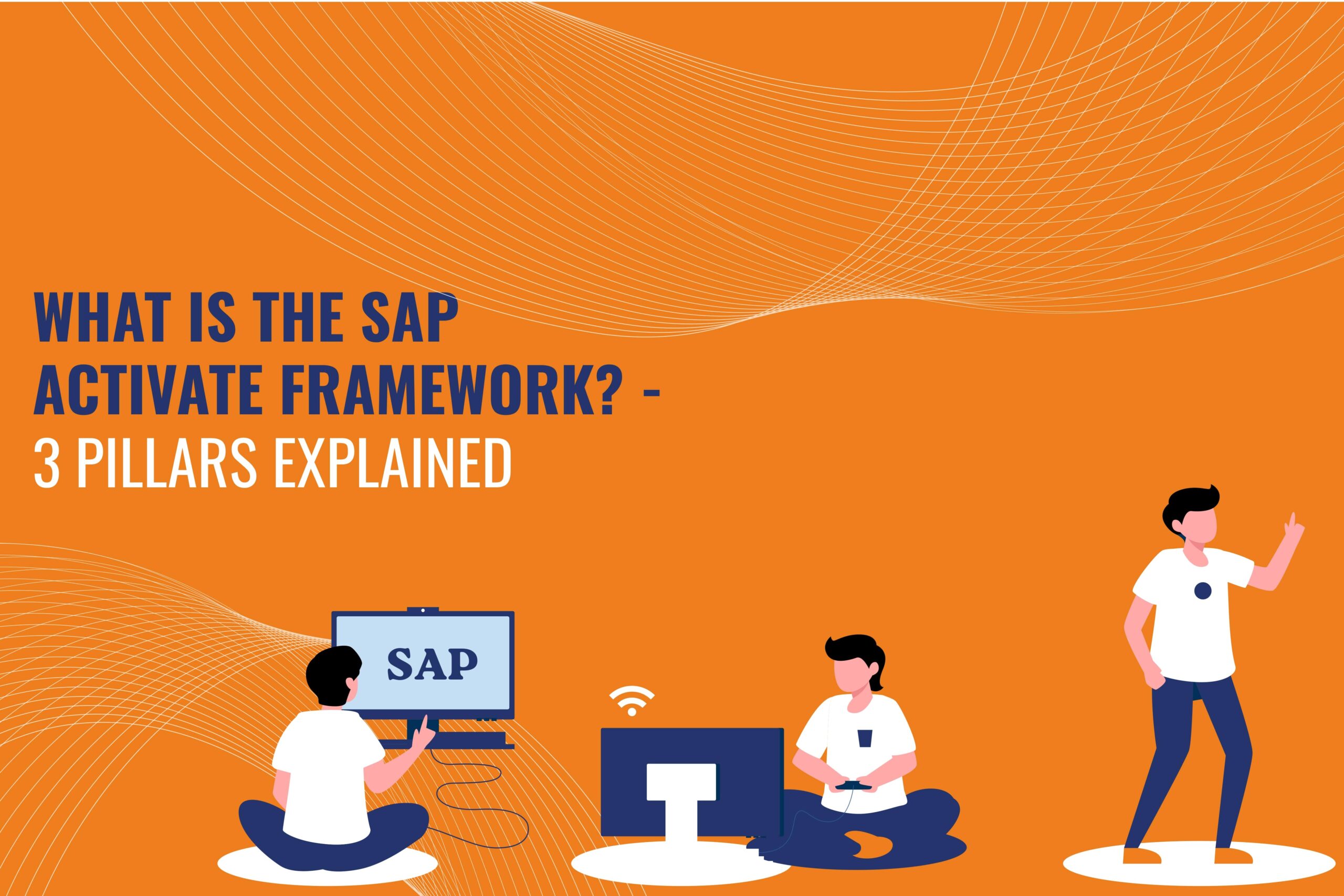
In today’s rapidly evolving business landscape, enterprises are constantly seeking ways to optimize their processes, enhance efficiency, and stay competitive. For many organizations, implementing SAP solutions plays a pivotal role in achieving these objectives. However, the journey toward successful SAP implementation can often be complex and challenging, requiring a structured approach and robust framework.
SAP developed SAP Activate, a unique methodology, to streamline and accelerate the implementation of SAP solutions. It provides organizations with a comprehensive set of tools, templates, and best practices designed to guide them through every phase of the implementation lifecycle. At the core of SAP Activate are three fundamental pillars that form the foundation of this framework, each playing a crucial role in driving successful implementation outcomes.
So, the first pillar of SAP Activate is the “Prepare” phase and it helps to grow the organization. This phase focuses on laying the groundwork for a successful implementation by defining the project scope, objectives, and approach. In addition, it involves activities such as project planning, stakeholder engagement, and requirements gathering. By thoroughly understanding the business needs and aligning them with the capabilities of the SAP solution.So, organizations can set a solid foundation for the implementation journey.
So, the second pillar, “Explore,” is where the real work begins in the organization. In this phase, organizations dive deeper into the functionality of the SAP solution and assess how it aligns with their business processes. Key activities include system configuration, prototyping, and conducting proof-of-concept exercises. The Explore phase identifies gaps between standard SAP functionality and specific organizational needs, enabling timely adjustments and customization.
Overall, SAP Activate serves as a guiding framework that empowers organizations to navigate the complexities of SAP implementation with confidence and clarity. By leveraging Prepare, Explore, and Realize, organizations streamline implementation, accelerate value, and effectively achieve business objectives.
Read More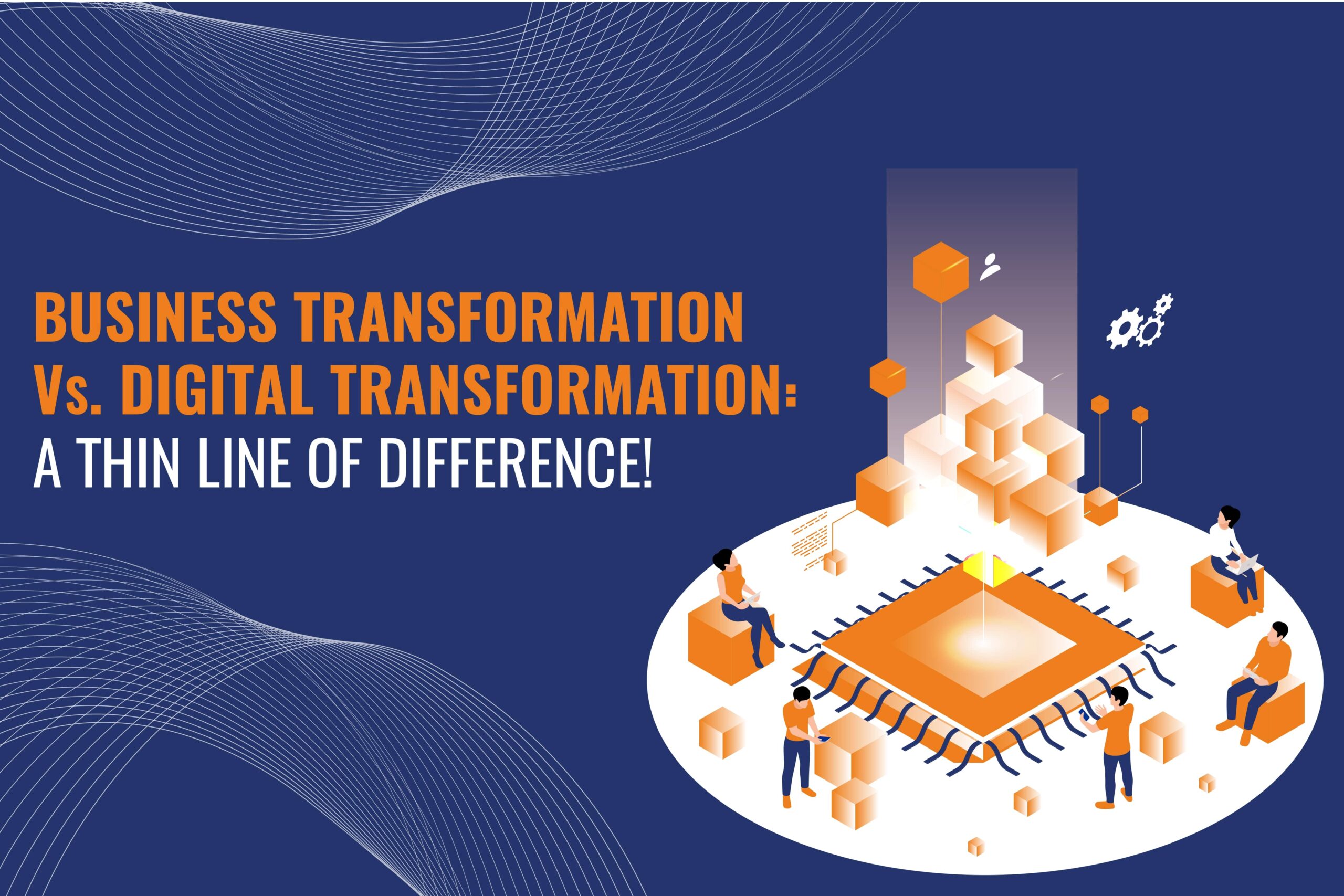
Business transformation and digital transformation are often used interchangeably, yet they represent distinct paradigms with nuanced differences. Understanding these disparities is crucial for organizations aiming to leverage agile transformation effectively.
Business transformation involves comprehensive changes in an organization’s fundamental processes, strategies, and culture to achieve strategic objectives. It encompasses shifts in leadership, operations, technology, and customer engagement to adapt to evolving market demands. Business transformation seeks to enhance competitiveness, efficiency, and innovation across all facets of an organization.
On the other hand, digital transformation focuses specifically on leveraging digital technologies to modernize processes. So, it enhances customer experiences, and drives growth. It involves the integration of digital tools and platforms to streamline operations, and foster agility in responding to market dynamics. Digital transformation aims to capitalize on the opportunities presented by emerging technologies to create new value propositions and revenue streams.
Business transformation addresses broader organizational aspects, while digital transformation narrowly focuses on technological advancement. However, the distinction between the two becomes blurred as digital technologies increasingly permeate every aspect of business operations.
Incorporating agile transformation principles into both business and digital transformation efforts enhances their effectiveness and sustainability. Agile methodologies enable organizations to break down silos, foster cross-functional collaboration, and align stakeholders around common objectives. They facilitate iterative development cycles, enabling organizations to prioritize initiatives based on value delivery and customer feedback.
Moreover, agile transformation fosters a culture of adaptability, resilience, and continuous learning within organizations. Teams empower themselves to embrace change, experimentation, and iteration on solutions based on real-world feedback. So, This mindset shift is essential for navigating the uncertainties and complexities inherent in transformation initiatives.
Successful agile transformation requires strong leadership commitment, organizational alignment, and investment in talent development and technology infrastructure. It involves creating an environment that encourages innovation, collaboration, and knowledge sharing across all levels of the organization.
Read More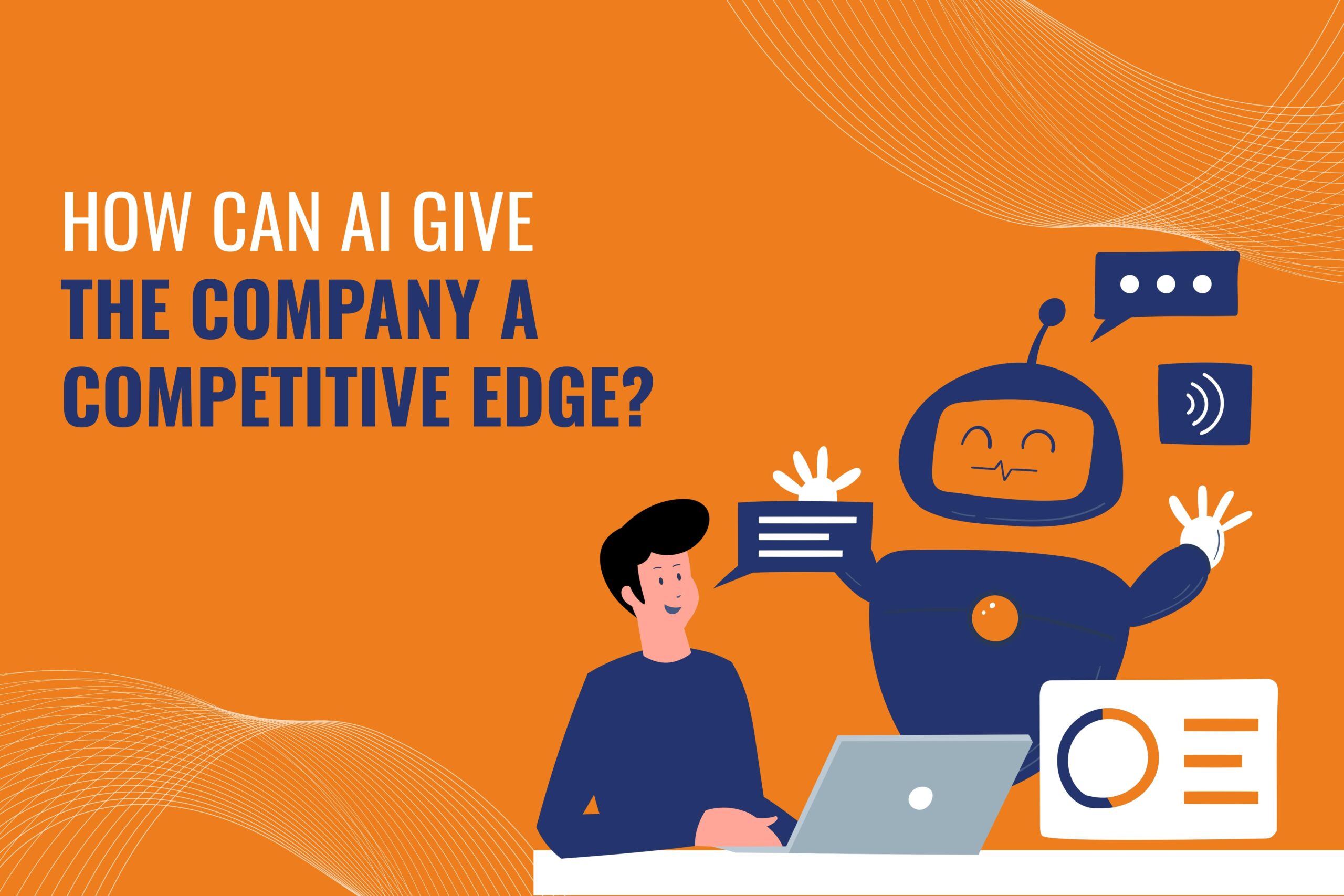
Artificial Intelligence (AI) has emerged as a transformative technology, offering companies across industries the opportunity to gain a significant competitive edge. Organizations may get important insights, improve decision-making, streamline operations, and provide consumers with individualized experiences by utilizing AI. Here’s how AI can give a company a competitive edge:
AI algorithms excel at analyzing vast amounts of data to extract meaningful patterns, trends, and insights. By leveraging AI-powered analytics, companies can gain a deeper understanding of their customers, markets, and competitors. These insights enable more informed decision-making, allowing businesses to identify opportunities, mitigate risks, and optimize strategies for growth.
AI automation streamlines repetitive tasks and workflows, freeing up human resources to focus on more strategic initiatives. From automating routine administrative tasks to optimizing supply chain management, AI-driven automation improves operational efficiency and reduces costs. By implementing AI-powered solutions, companies can accelerate processes, minimize errors, and improve overall productivity.
AI enables hyper-personalization by analyzing customer data and behaviour to deliver tailored recommendations, content, and interactions. Either it’s through the company’s proactive customer service, focused marketing initiatives, or tailored product suggestions. AI-powered personalization enhances the customer experience, fosters loyalty, and drives revenue growth. Companies that leverage AI to deliver personalized experiences gain a competitive edge by meeting the evolving expectations of today’s consumers.
AI-driven predictive analytics enable companies to forecast future trends, anticipate customer needs, and optimize business strategies proactively. By analyzing historical data and identifying patterns, AI models can predict outcomes with remarkable accuracy.
AI fuels innovation by enabling companies to develop new products, services, and solutions that address emerging market demands. For instance, AI-powered virtual assistants and autonomous vehicles showcase how AI technologies drive groundbreaking innovations across industries.
Therefore, in addition to the many benefits it provides, Artificial Intelligence offers a multitude of opportunities for companies to gain a competitive edge in today’s dynamic business landscape. Embracing AI technologies, moreover, is not just a strategic advantage; furthermore, it is increasingly a necessity. Consequently, companies, thus, must adapt to thrive, eventually, in an AI-driven future.
Read More
In the ever-evolving landscape of enterprise infrastructure, the shift from on-premises solutions to cloud-based systems marks a pivotal moment. This transformation, fueled by the advent of cloud computing technologies, has fundamentally altered the way organizations. It helps to manage their IT resources, scale their operations, and innovate in today’s digital age.
Historically, on-premises infrastructure prevailed as the primary model for hosting and managing computing resources within an organization’s physical premises. While effective in its time, this approach often presented challenges in terms of scalability, flexibility, and cost-efficiency. Enterprises had to invest heavily in hardware, software licenses, and maintenance of the organization. So, it is leading to significant capital expenditures and limited agility in adapting to changing business needs.
However, with the rise of cloud computing, a paradigm shift occurred. Cloud services offered by providers like Amazon Web Services (AWS), Microsoft Azure, and Google Cloud Platform (GCP). These introduced a new era of IT infrastructure of the organization. Leveraging virtualization, automation, and distributed computing technologies, cloud platforms enable organizations to access computing resources on-demand. So, paying only for what they use and scaling resources dynamically to meet fluctuating demands.
Firstly, it eliminates the need for large upfront investments in hardware and reduces operational costs through pay-as-you-go pricing models. This democratizes access to cutting-edge technology, empowering businesses of all sizes to compete on a level playing field. Secondly, cloud computing offers unparalleled scalability, allowing enterprises to rapidly scale up or down. This elasticity ensures optimal resource utilization and enhances overall operational efficiency.
Moreover, cloud computing platforms facilitate greater agility and innovation within organizations. Developers can leverage a plethora of cloud-native services and tools to build, deploy, and manage applications more efficiently. Additionally, the cloud enables seamless collaboration and remote work capabilities, which are essential in today’s distributed workforce landscape. So, embracing the cloud offers organizations unprecedented flexibility, scalability, and innovation potential, empowering them to thrive in the digital era.
Read More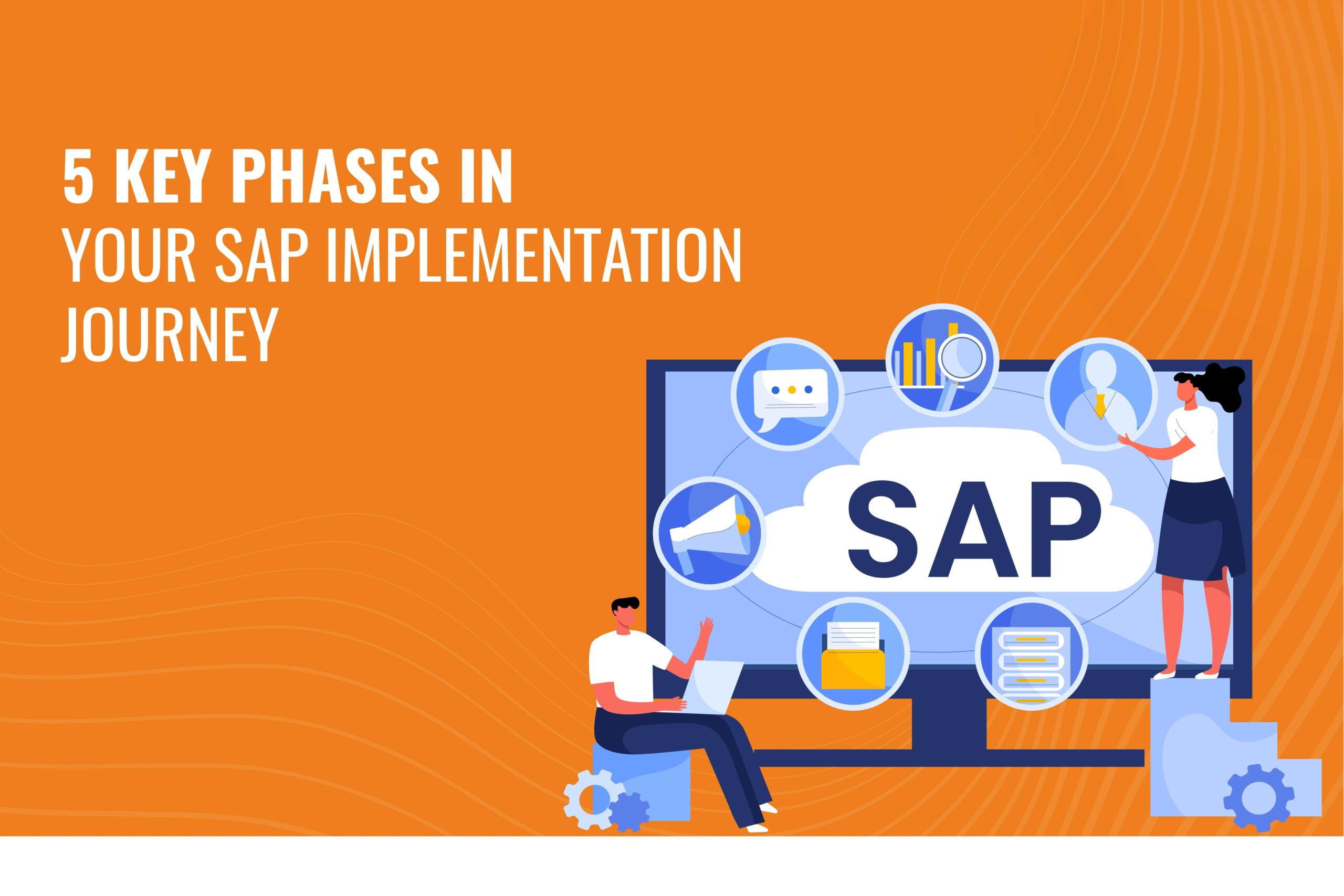
Embarking on an SAP implementation journey requires careful planning and execution across five key phases to ensure success. Each phase plays a crucial role in laying the groundwork, configuring the system, testing functionality, training users, and ultimately deploying SAP solutions to drive business transformation.
The first phase, “Preparation,” sets the stage for the entire project. Stakeholders establish objectives, scope, and project teams, while concurrently conducting thorough analysis of current business processes and requirements.
Moving into the “Requirements Gathering” phase, teams collaborate to map existing business processes, identify gaps, and define functional and non-functional requirements. This phase lays the groundwork for customization and configuration of the SAP system to meet specific business needs.
With requirements in hand, the project progresses to the “Design” phase, where the team designs and configures system architecture, data models, and integration points. They develop customizations to extend SAP functionality, ensuring alignment with business processes and objectives.
As development completes, the project transitions to the “Development and Testing” phase. Here, rigorous testing is conducted to validate individual components, integration points, and end-to-end business processes.
The final phase, “Deployment and Training,” marks the culmination of the implementation journey. The team executes a meticulously planned strategy to migrate legacy data and deploy the SAP system into production. The team executes a meticulously planned strategy to migrate legacy data and deploy the SAP system into production.
Throughout the implementation journey, effective project management, stakeholder engagement, and communication are essential. These phases provide a structured framework for navigating the complexities of SAP implementation. It powers success and unleashes SAP’s full potential, driving business growth and fostering innovation.
The SAP journey includes Preparation, Requirements Gathering, Design, Development and Testing, and Deployment and Training as its key phases.. By meticulously following these steps and tapping into the knowledge of seasoned experts, companies can effectively initiate a fruitful SAP journey. Driving business transformation and unlocking new opportunities for growth and efficiency.
Read More
In today’s rapidly evolving digital landscape, embracing the cloud has become imperative for organizations seeking to stay competitive and drive innovation. Cloud transformation represents a paradigm shift in how businesses leverage technology to achieve their goals, enabling enhanced scalability, flexibility, and cost-efficiency like never before.
One key trend reshaping business transformation is the adoption of cloud-native technologies. Cloud-native approaches emphasize building and running applications that leverage the cloud’s scalability and resilience. This trend encompasses the use of containers, microservices, serverless computing, and Kubernetes orchestration, enabling organizations to develop and deploy software more efficiently and rapidly.
Another significant trend driving cloud transformation is the rise of multi-cloud and hybrid cloud strategies. Organizations are increasingly leveraging multiple cloud providers to avoid vendor lock-in, optimize costs, and enhance resilience.
Data management and analytics are also transforming in the cloud era. With the vast amounts of data generated by businesses, cloud-based data lakes and analytics platforms provide scalable and cost-effective solutions for storing, processing, and analyzing data. Machine learning and artificial intelligence capabilities offered by cloud providers empower organizations. It helps to derive valuable insights from their data, driving informed decision-making and competitive advantage.
Security and compliance remain top concerns for organizations embracing the cloud. However, cloud providers offer robust security measures, including encryption, identity and access management, and compliance certifications. It helps to ensure the protection of sensitive data and adherence to regulatory requirements.
Cloud transformation is also reshaping IT operations and DevOps practices. Automation, orchestration, and infrastructure-as-code (IaC) enable organizations to provision, manage, and scale infrastructure and applications more efficiently. DevOps culture fosters collaboration, automation, and CI/CD, accelerating software cycles, enhancing agility, and enabling faster innovation and market responsiveness.
By adopting cloud-native technologies, multi-cloud and hybrid cloud strategies, advanced data management and analytics capabilities, robust security measures, and modern. So, IT operations practices, organizations can unlock new opportunities for growth, efficiency, and competitiveness.
Read More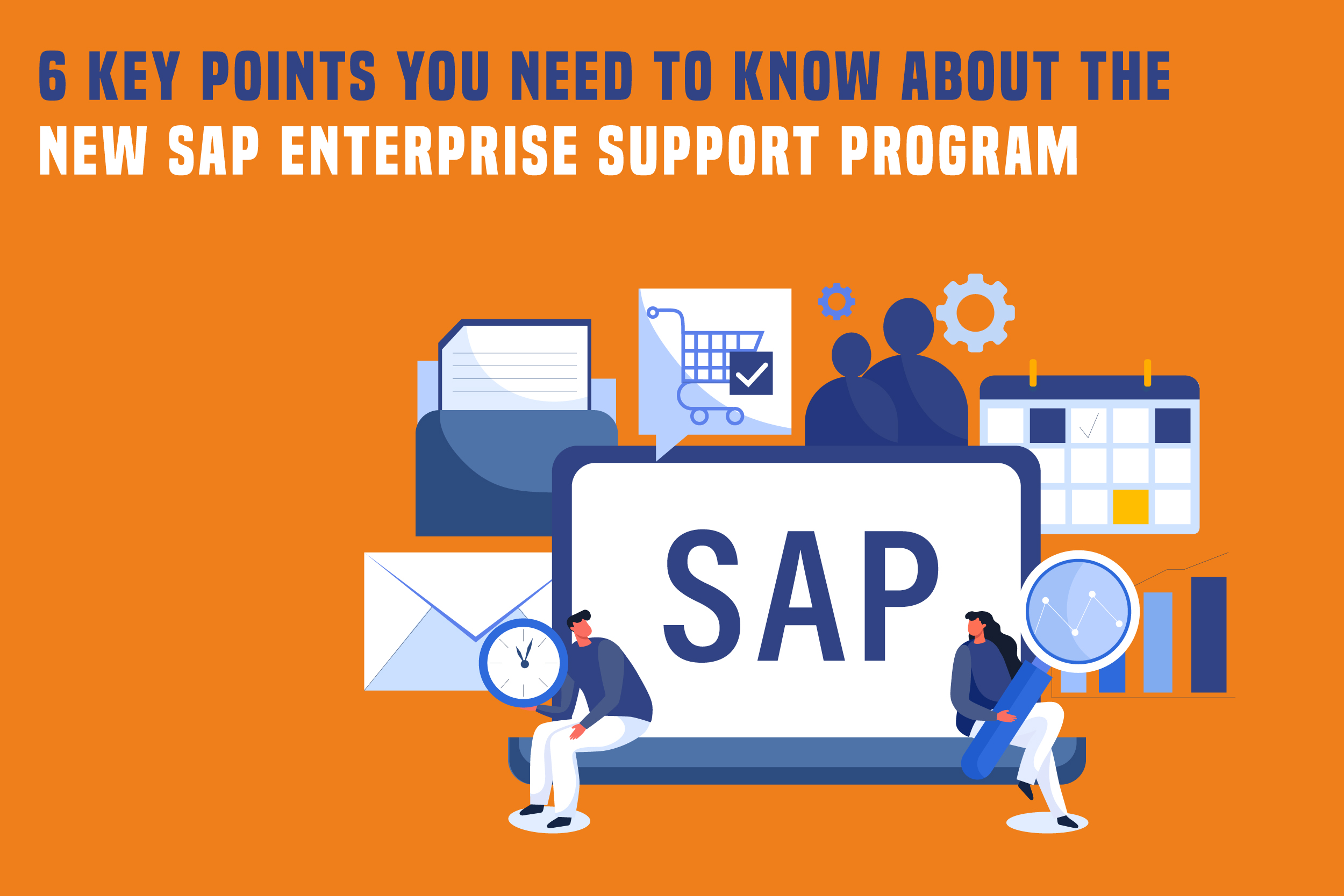
The revamped SAP Enterprise Support Program delivers unparalleled value, providing a comprehensive suite of services tailored to optimize SAP implementation. This program empowers businesses to maximize efficiency, reliability, and innovation, ensuring they extract optimal value from their SAP investments. Utilizing AI and machine learning, the innovative program provides proactive support, foreseeing and managing issues before they become critical.. Through advanced monitoring and predictive analytics, businesses can ensure uninterrupted operations and mitigate risks effectively.
From implementation and deployment to ongoing maintenance and optimization, the SAP Enterprise Support Program offers end-to-end coverage across the entire SAP landscape. Whether SAP S/4HANA migration, cloud integration, or system upgrades, businesses can rely on comprehensive support at every stage of their journey.
With access to a global network of SAP experts and consultants, businesses receive personalized guidance and expertise tailored to their unique requirements. Whether it’s troubleshooting technical issues, optimizing performance, or implementing best practices. So, companies can leverage the knowledge and experience of SAP professionals to drive success.
The new program is designed to keep pace with the rapidly evolving SAP ecosystem, ensuring businesses remain at the forefront of innovation. Companies can maintain a competitive edge by embracing new tech and market trends with updates, improvements, and top-notch strategies.
The SAP Enterprise Support Program offers transparent pricing models and flexible options to accommodate businesses of all sizes and industries. Whether subscription-based or pay-per-use pricing, companies can choose the plan that best aligns with their budget and strategic objectives, enabling cost-effective SAP implementation and support.
So, the New SAP Enterprise Support Program delivers enhanced value, proactive support services, and end-to-end solution coverage. So, it personalized guidance, continuous innovation, and flexible pricing options. By leveraging these key points, businesses can maximize the success of their SAP implementations and drive sustainable growth in today’s dynamic digital landscape.
Read More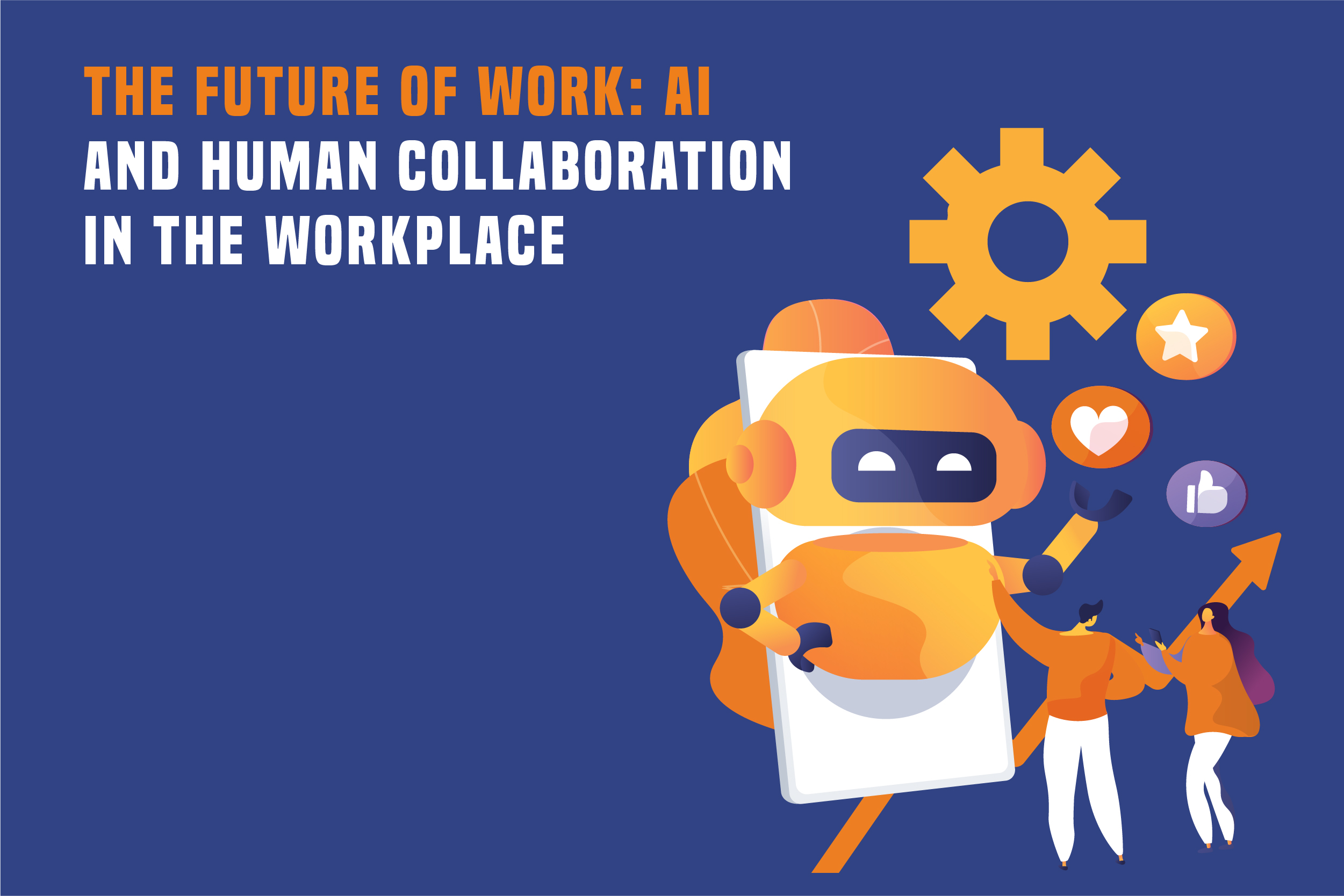
In the ever-evolving landscape of the future of work, the symbiotic relationship between artificial intelligence (AI) and human collaboration emerges as a defining characteristic. As organizations embrace AI technologies to drive efficiency, innovation, and growth, the role of IT consulting services. It becomes increasingly crucial in facilitating this transformative partnership.
At the heart of the future workplace lies AI and human collaboration, where these entities complement each other’s strengths and capabilities to achieve shared goals. AI brings to the table unparalleled computational power, data analysis capabilities, and automation of repetitive tasks.
So, IT consulting services are pivotal in enabling organizations to harness the full potential of AI and human collaboration. Leveraging their technology, strategy, and change management expertise, IT consultants guide organizations in integrating AI seamlessly into their workflows, processes, and culture. So, it provides strategic guidance on selecting the right AI tools and platforms. It designs tailored solutions and optimizes the AI-human interface for maximum efficiency and effectiveness.
Moreover, IT consulting services facilitate the development of AI literacy and digital skills among employees. So, it ensures they are equipped to work alongside AI systems effectively. AI technologies adapt to new working methods and leverage AI capabilities to enhance productivity and performance.
Ethical considerations also play a significant role in the future of AI-human collaboration. IT consulting services help organizations navigate ethical dilemmas and ensure responsible AI adoption. So, developing ethical frameworks, guidelines, and governance structures. By prioritizing fairness, transparency, and accountability in AI decision-making processes, organizations build trust and confidence among employees, customers, and stakeholders.
Understanding the importance of organizational culture within the context of scaling is essential before exploring the role of leadership development. With the guidance of IT consulting services, organizations can unlock the full potential of this transformative partnership. Additionally, it driving sustainable growth, competitive advantage, and positive societal impact in the digital age.
Read More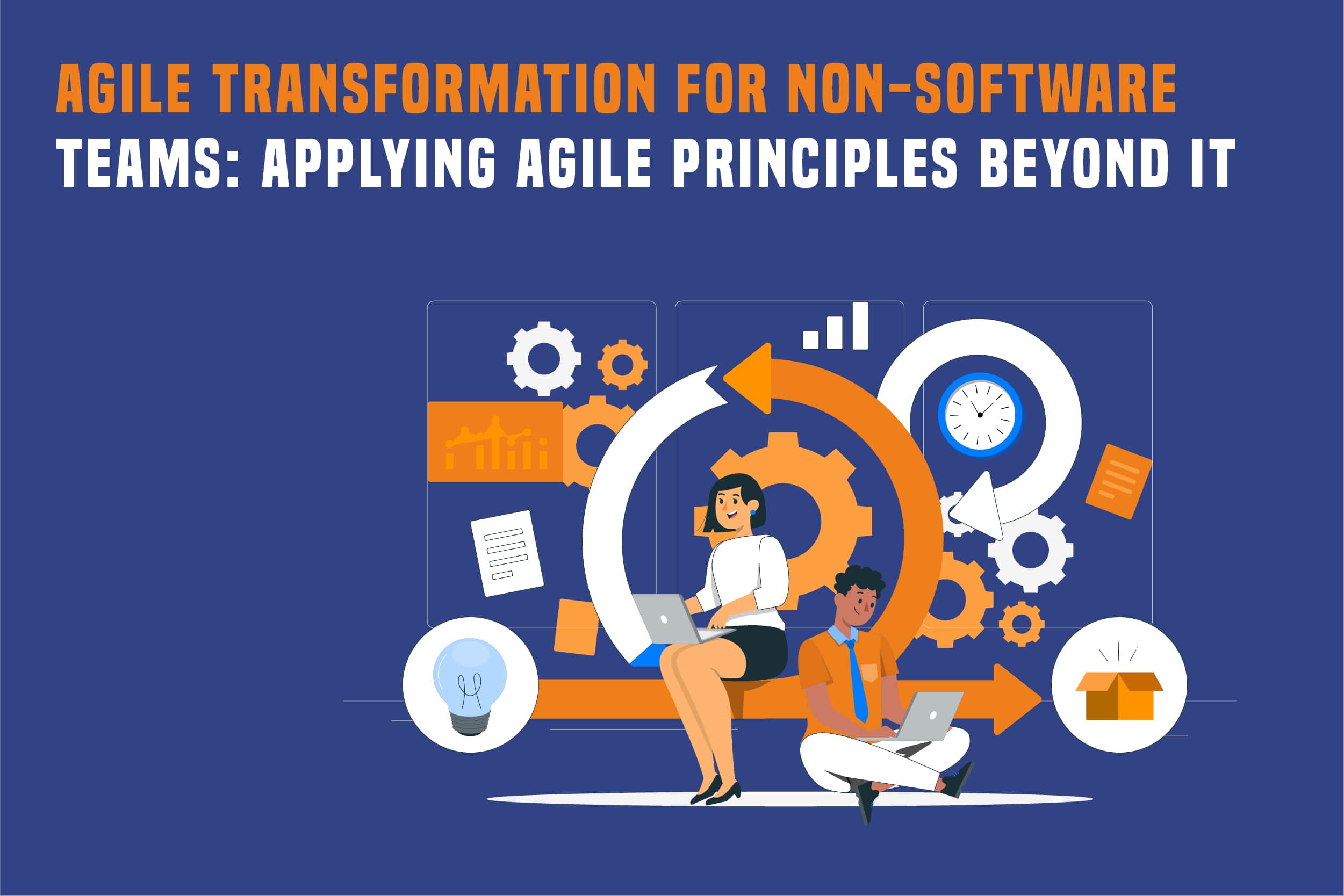
Agile transformation, once synonymous with software development, has now transcended its traditional boundaries, offering significant benefits for non-software teams across various industries and disciplines. Agile’s origins in software development have led to its widespread adoption across diverse teams like marketing, HR, finance, and operations.
At the core of Agile transformation for non-software teams lies the fundamental principle of agility—the ability to adapt quickly to changing circumstances and deliver value iteratively and incrementally. By embracing Agile principles such as customer collaboration, iterative development, self-organizing teams, and continuous improvement, non-software teams can enhance their agility, responsiveness, and effectiveness in achieving business objectives.
One of the key benefits of Agile transformation for non-software teams is improved collaboration and communication. Agile methodologies promote cross-functional collaboration, breaking down silos between departments and fostering a culture of transparency and accountability. By working collaboratively towards shared goals, non-software teams can leverage diverse perspectives and expertise to solve complex problems more effectively and deliver better outcomes for their organizations.
Non-software teams may also improve their capacity to react rapidly to shifting client demands and market conditions by implementing agile transformation. By adopting iterative and incremental approaches, teams can deliver value to stakeholders more rapidly, gather feedback early and often. It adapts their strategies and priorities based on real-time insights. This iterative method empowers non-software teams to adjust course as necessary, minimizing project failure risks and boosting chances of success.
Furthermore, Agile transformation fosters a culture of continuous improvement within non-software teams. By regularly reflecting on their processes, identifying areas for improvement, and experimenting with new approaches. So, teams can drive innovation, increase efficiency, and deliver more excellent value to their organizations. So, Agile transformation for non-software teams represents a paradigm shift in how organizations approach work and collaboration
Read More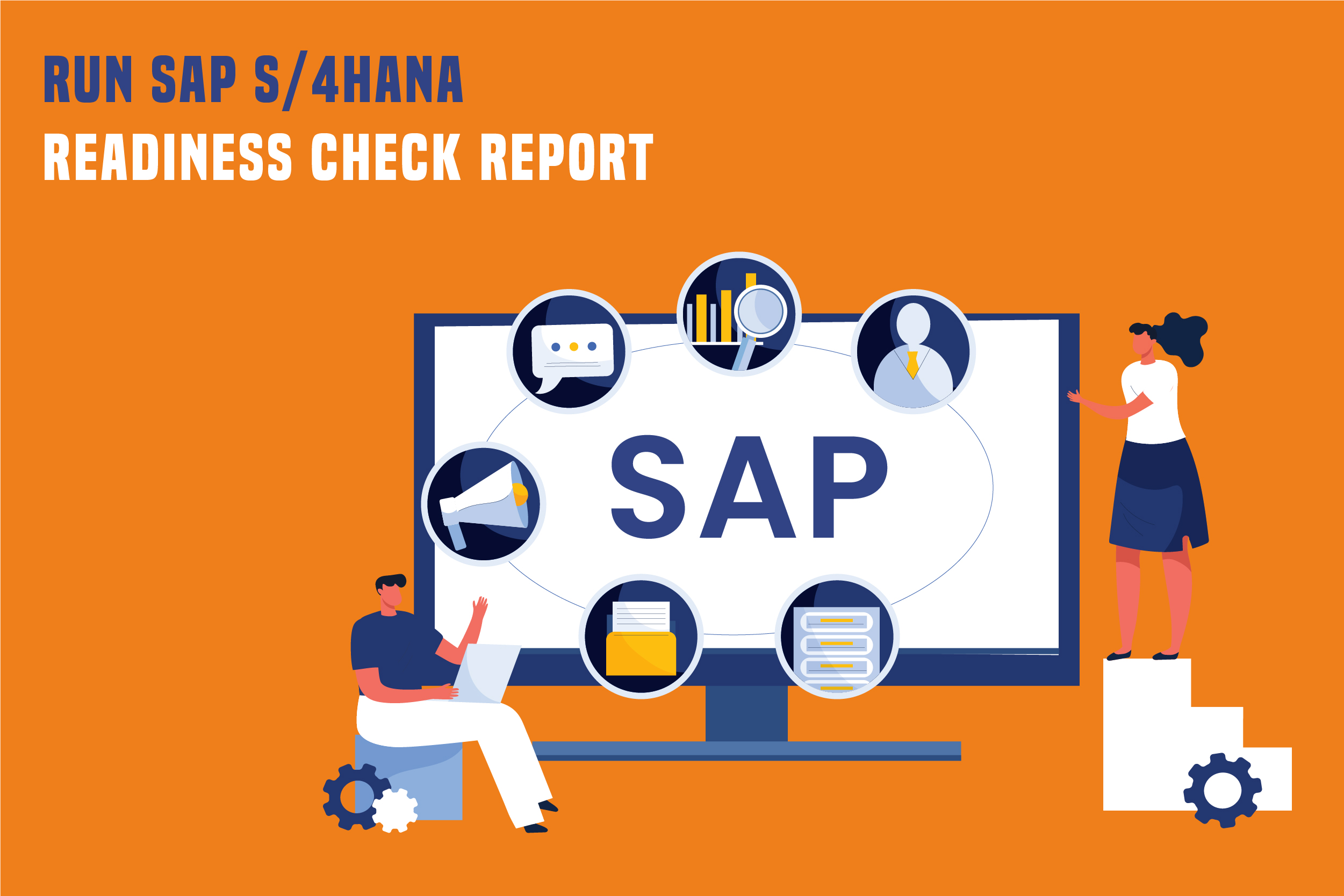
Embarking toward SAP S/4HANA is a transformative step for any organization, promising enhanced efficiency, agility, and innovation. However, a smooth transition requires meticulous planning, thorough evaluation, and strategic guidance. This is where SAP consulting services play a pivotal role, offering expertise and support . So, it helps to navigate the complexities of migration and maximize the benefits of the new platform.
So, at the heart of the readiness assessment lies the SAP S/4HANA Readiness. Check Report, a comprehensive tool designed to analyze your current SAP landscape and determine the readiness for migration to S/4HANA. This report serves as a roadmap, guiding organizations through the various stages of preparation, from evaluating system compatibility to identifying potential challenges and opportunities.
One of the primary objectives of the readiness check is to assess the technical readiness of your existing SAP environment for migration to S/4HANA. This involves analyzing system components, customizations, and integrations to identify potential roadblocks or compatibility issues. The readiness check provides actionable insights into custom code optimization, data volume management, and infrastructure requirements.
In addition to technical readiness, the assessment also evaluates business processes and functionalities. This involves analyzing key business processes, dependencies, and user requirements to ensure alignment with S/4HANA capabilities.
Furthermore, the readiness check facilitates strategic decision-making by providing recommendations and best practices based on industry standards and SAP’s vast experience. Whether choosing the optimal deployment option or selecting the right migration approach. So, SAP consulting services offer invaluable guidance every step of the way.
Ultimately, the SAP S/4HANA Readiness Check Report serves as a cornerstone in the migration journey, empowering organizations to make informed decisions, mitigate risks, and unlock the full potential of SAP S/4HANA. With the support of SAP consulting services, organizations can confidently navigate the complexities of migration. So it ensures a seamless transition to the next generation of enterprise software.
Read More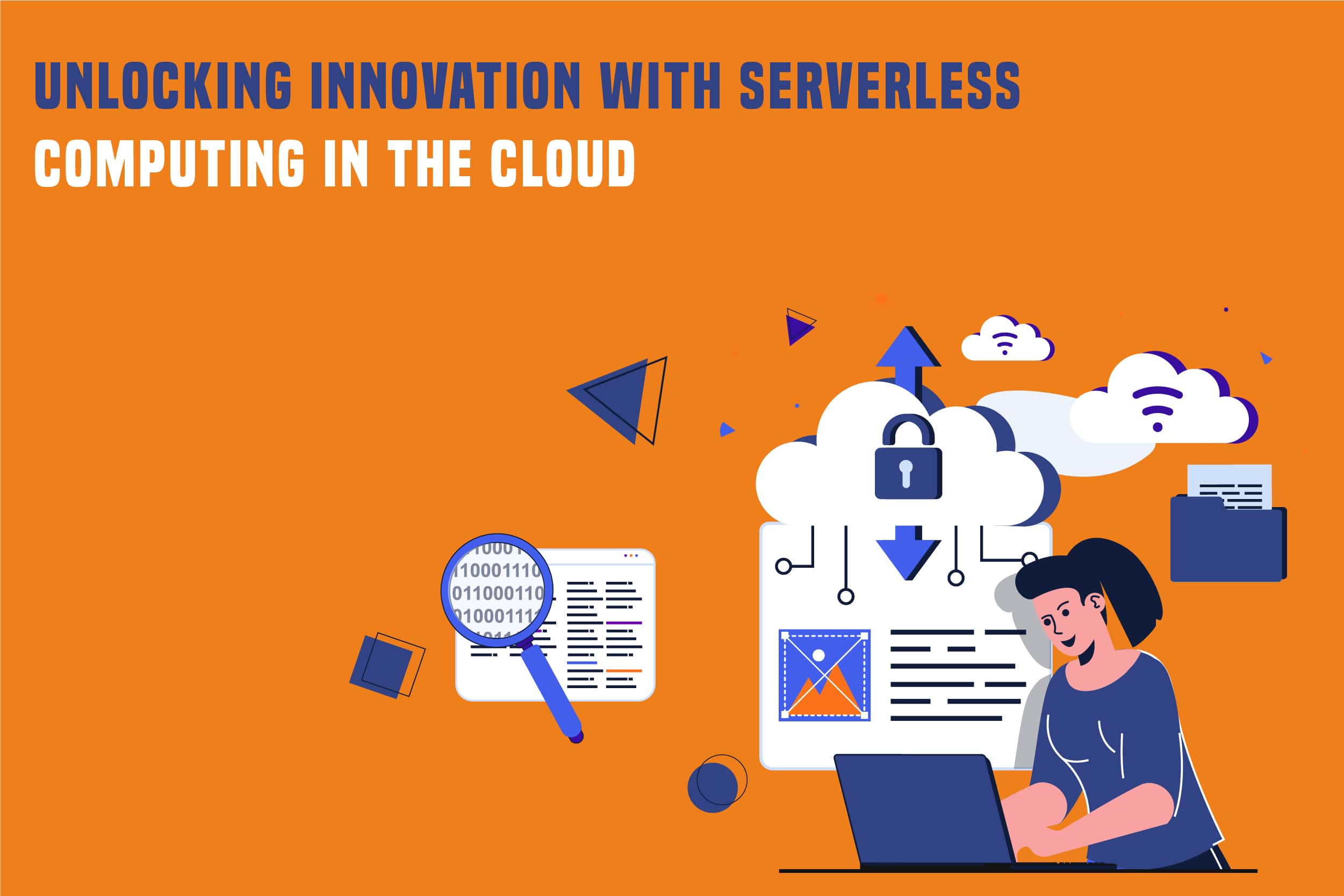
In the ever-evolving landscape of technology, cloud computing has emerged as a cornerstone for businesses seeking to innovate and stay competitive. Within this realm, serverless computing stands out as a revolutionary approach, redefining how applications are developed, deployed, and managed in the cloud. So, organizations can unlock new agility, scalability, and cost-efficiency levels by leveraging serverless architecture.
Additionally, serverless computing eliminates the need for organizations to provision and manage servers. It allows developers to focus solely on writing code to implement business logic. This paradigm shift enables organizations to accelerate innovation by streamlining development workflows. So, it reduces time-to-market, and empowering developers to experiment and iterate rapidly.
One of the critical advantages of serverless computing is its scalability on demand. So, cloud providers dynamically allocate resources to execute functions in response to workload fluctuations. So, ensuring optimal performance and resource utilization. This elasticity allows organizations to handle spikes in traffic or workload without manual intervention, supporting dynamic business requirements and scaling seamlessly as demand grows.
Moreover, serverless computing follows a pay-per-use pricing model, where organizations only pay for the actual compute resources consumed during function execution. This cost-effective pricing structure aligns with cloud transformation principles, enabling organizations to optimize spending. So it eliminates upfront infrastructure costs, and allocate resources more efficiently.
In addition to scalability and cost efficiency, serverless computing promotes innovation through its event-driven architecture. So, organizations can build highly responsive, real-time applications that react to events like HTTP requests. This model drives agility, empowering organizations to provide personalized experiences, adapt to user context, and seize emerging market opportunities effectively.
As organizations embark on their cloud transformation journey, embracing serverless computing becomes essential for unlocking innovation and driving competitive advantage. Utilizing serverless architecture enables organizations to innovate faster, scale seamlessly, and provide exceptional customer experiences in today’s dynamic business environment.
Read More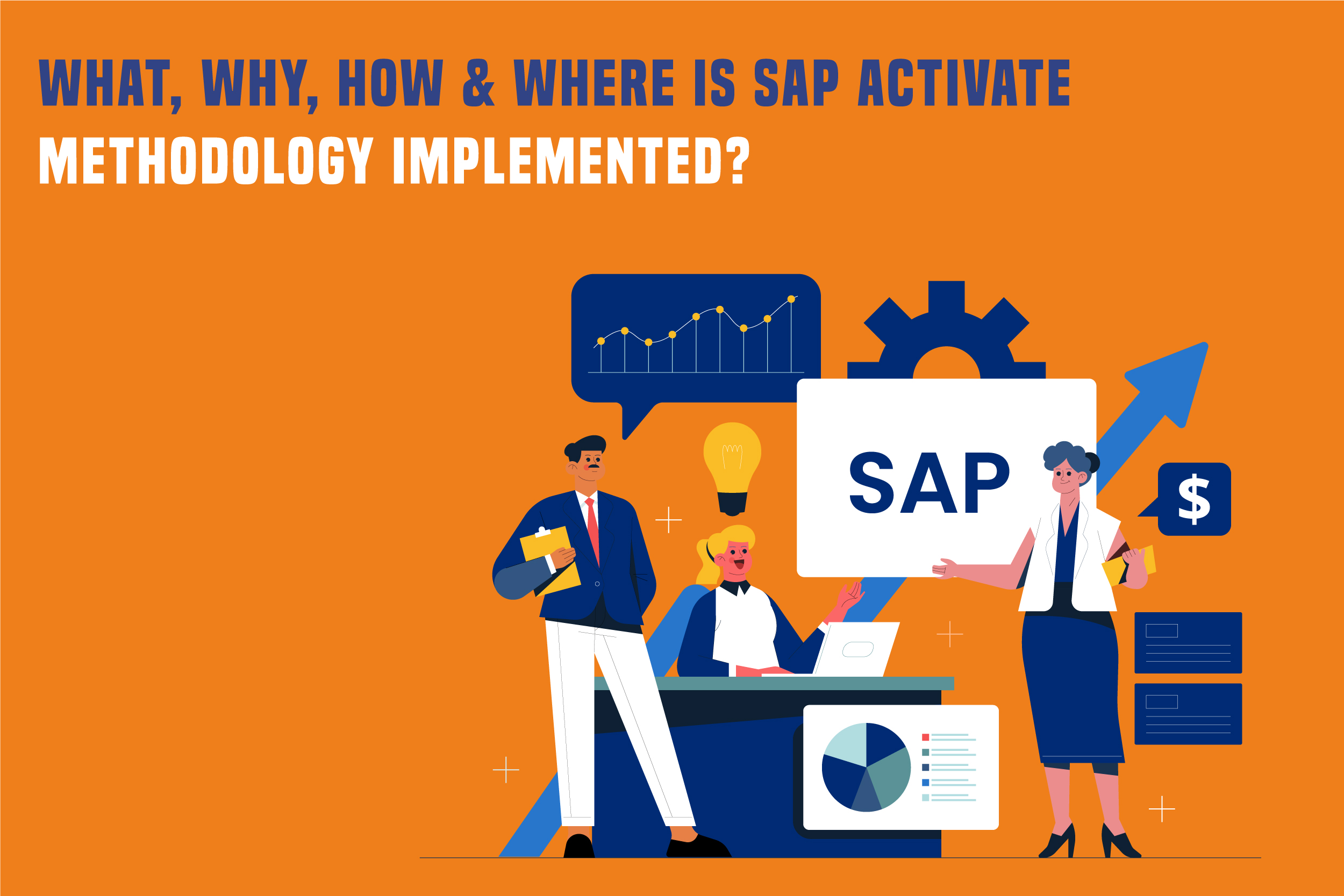
SAP Activate Methodology is a framework designed by SAP to streamline and accelerate the implementation of SAP solutions, ensuring successful business deployments. SAP Activate Methodology incorporates industry best practices, agile methodologies, and SAP’s extensive experience in software implementation. This summary discusses what SAP Activate Methodology entails, why it’s important, how it works, and where organizations implement it.
SAP Activate Methodology is a structured approach for implementing SAP solutions, encompassing various phases from planning to post-implementation support. It provides a comprehensive set of tools, templates, and guided procedures tailored to specific SAP products and deployment scenarios. These resources help project teams manage scope, reduce risks, and deliver business value efficiently.
SAP Activate Methodology helps organizations navigate this complexity by offering standardized processes and best practices. This methodology allows businesses to minimize project risks, control costs, and accelerate time-to-value. It also promotes stakeholder collaboration, fostering alignment between business objectives and IT initiatives.
SAP Activate Methodology consists of several phases those are Prepare, Explore, Realize, Deploy, and Run. During the Prepare phase, project teams define project goals, scope, and timelines. In the Explore phase, they conduct workshops to gather requirements and design the solution. So, The Realize phase configures and customizes the SAP system based on business needs. The solution is tested, deployed, and transitioned to end-users in the deployment phase. Finally, the Run phase focuses on supporting operations and continuous improvement.
Organizations deploying SAP solutions, such as SAP S/4HANA, SAP SuccessFactors, SAP Ariba, and others, implement the SAP Activate Methodology. It is applicable across various industries and business functions, including finance, supply chain, human resources, and customer relationship management.
SAP Activate Methodology is a comprehensive approach for SAP implementation solutions efficiently and effectively. So, organizations confidently navigate the complexities of SAP projects, achieving their business objectives. So, it helps to maximize the value of their investments by leveraging standardized processes, best practices, and collaborative tools
Read More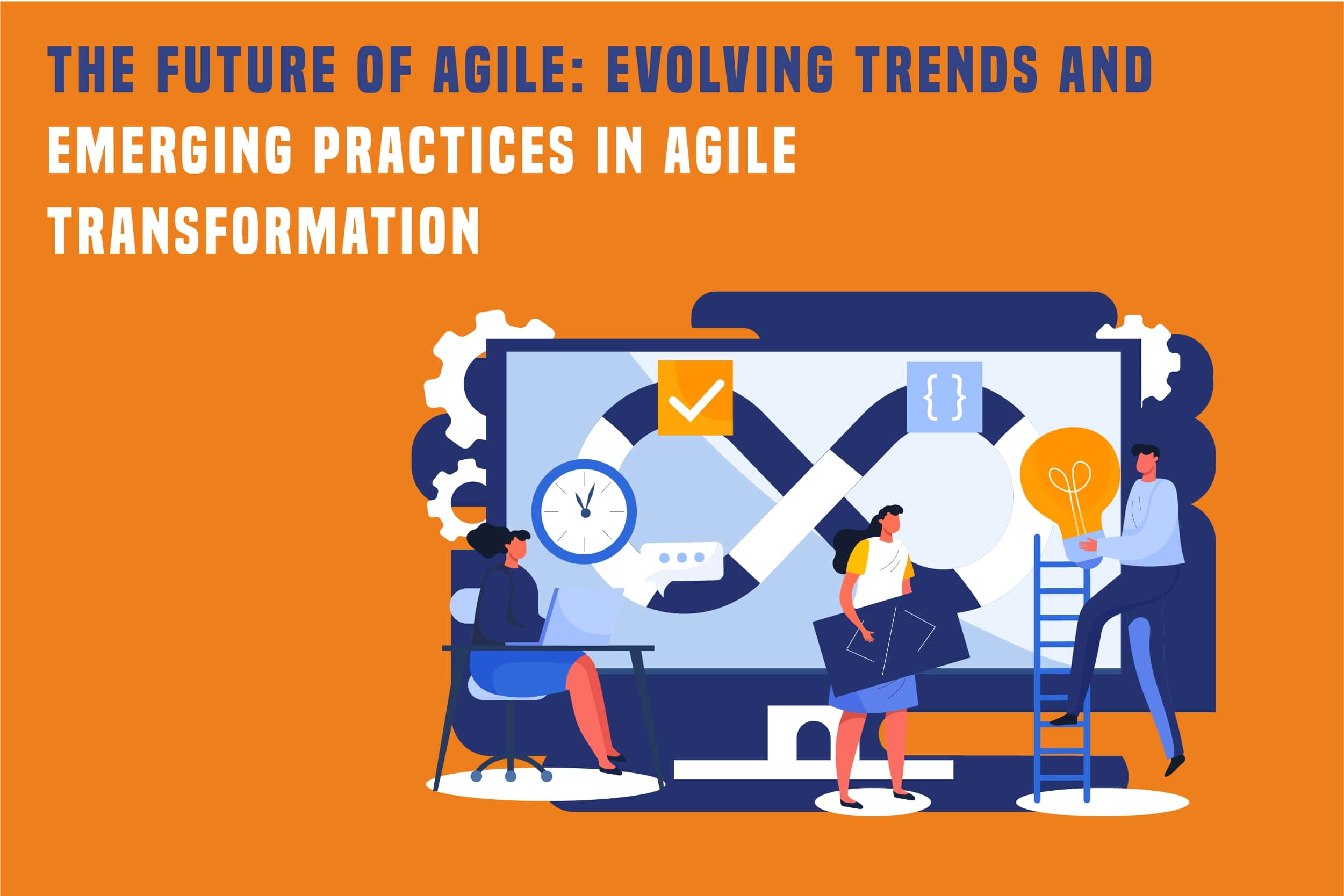
The future of Agile is an exciting frontier, marked by evolving trends and emerging practices that continue to redefine how organizations approach software development and organizational agility. As businesses navigate increasingly complex and dynamic environments, the principles and methodologies of Agile are undergoing rapid evolution to meet the demands of the modern digital landscape.
One of the key trends shaping the future of Agile transformation is the integration of Agile principles beyond traditional software development teams. Agile principles’ widespread adoption fuels enterprise-wide transformation, fostering seamless collaboration among cross-functional teams for faster, more efficient customer value delivery.
Another significant trend is the convergence of Agile with other disciplines such as DevOps, Lean, and Design Thinking. Combining the principles and practices of these complementary frameworks enhances the effectiveness of Agile transformation efforts, creating synergies within organizations. Similarly, Lean principles emphasizing waste reduction and value stream optimization can complement Agile practices by streamlining workflows and improving efficiency.
Emerging practices in Agile transformation are also reshaping how organizations approach key aspects of software development and delivery. For instance, there is a growing emphasis on outcome-based Agile metrics. It focuses on measuring business value and customer satisfaction rather than traditional metrics like velocity or story points.
Additionally, Agile transformation is increasingly being driven by a culture of continuous learning and experimentation. Organizations embrace practices such as Lean Startup and Design Thinking to foster innovation. This iterates on ideas quickly, and responds rapidly to changing market conditions.
So, the future of Agile transformation is characterized by a dynamic interplay of evolving trends and emerging practices reshaping how organizations approach software development and organizational agility. Organizations can lead by adopting trends, driving change, and seizing growth opportunities in a fast-paced digital landscape for success.
Read More
In today’s fast-paced business landscape, integrating artificial intelligence (AI) is revolutionizing organizations’ operations. From streamlining mundane tasks to optimizing complex processes, AI-powered automation offers unprecedented efficiency gains and competitive advantages.
Businesses across various industries are harnessing the power of AI to automate repetitive tasks, freeing up valuable human resources for more strategic initiatives. Whether it’s data entry, customer service inquiries, or inventory management, AI algorithms can handle these tasks quickly, accurately, and consistently, unmatched by manual efforts.
Optimizing operations is a major advantage of using AI to automate business processes. By analyzing vast amounts of data in real time, AI systems can identify inefficiencies, bottlenecks, and areas for improvement. This proactive approach allows organizations to optimize workflows, allocate resources more effectively, and deliver better outcomes with minimal human intervention.
Moreover, AI-driven automation enables businesses to respond swiftly to changing market dynamics and customer demands. With predictive analytics and machine learning algorithms, organizations can anticipate trends, forecast demand, and adjust their strategies accordingly. This agility improves operational efficiency and enhances customer satisfaction and loyalty.
In addition to operational efficiency, AI automation offers significant cost savings for businesses. By reducing manual labour and streamlining processes, organizations can lower overhead expenses, increase productivity, and achieve higher profit margins. Furthermore, AI-powered solutions often require less time and resources to implement and maintain compared to traditional software systems.
However, businesses need to approach Artificial intelligence implementation thoughtfully and strategically. Effective deployment of AI technologies requires careful planning, robust infrastructure, and skilled personnel. Moreover, organizations must address concerns related to data privacy, security, and ethical implications associated with AI-driven decision-making.
So, despite these challenges, the potential benefits of automating business processes with AI far outweigh the risks. From small startups to large enterprises, AI-powered automation is reshaping the future of work and driving business success.
Read More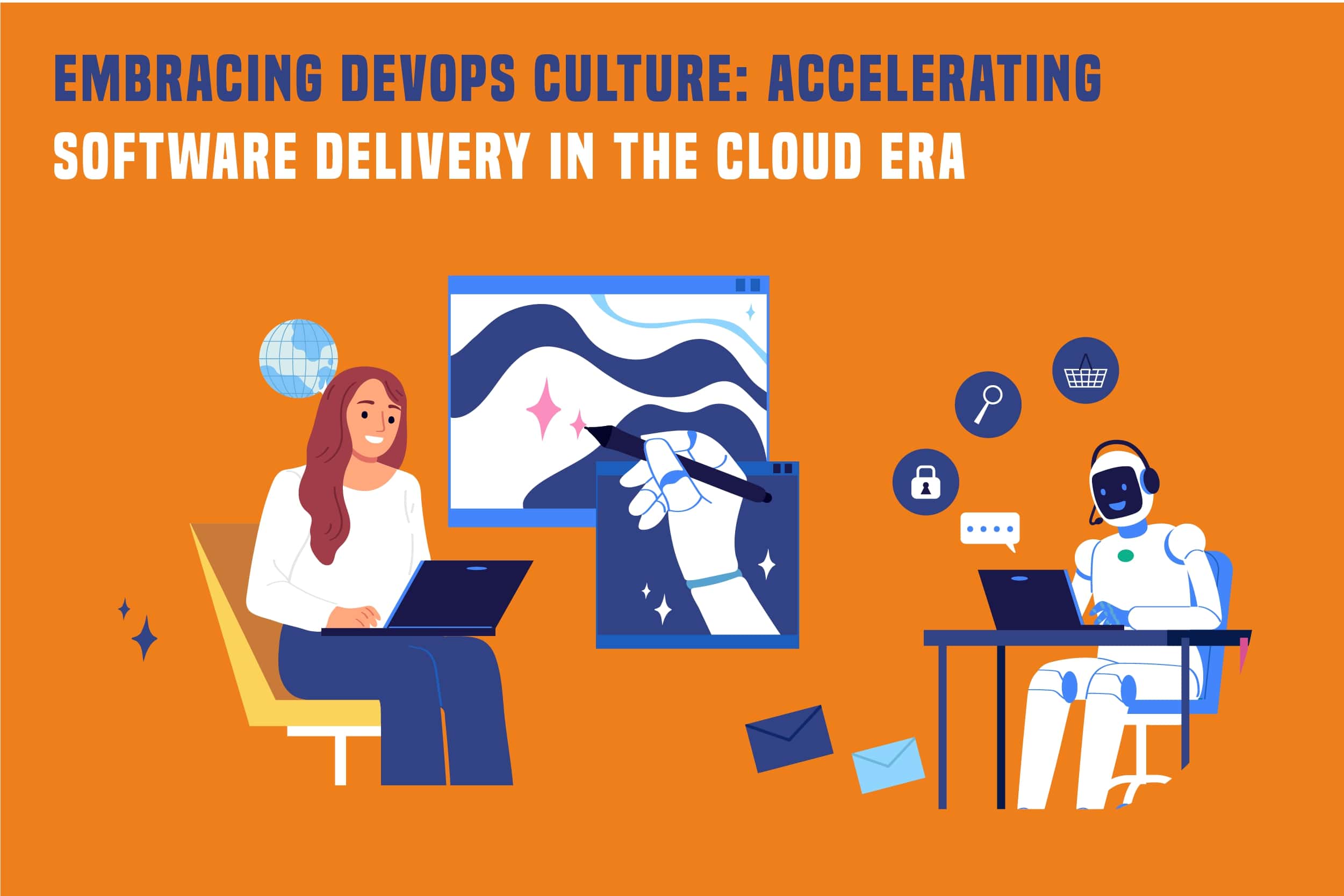
In today’s rapidly evolving technological landscape, embracing DevOps culture has become imperative for organizations striving to remain competitive. DevOps, a portmanteau of Development and Operations, represents a cultural shift that fosters collaboration between software development. IT operations teams, aiming to automate and streamline the software delivery process. This collaboration accelerates software development and deployment, enabling organizations to respond swiftly to market demands and customer feedback.
The advent of the cloud era has revolutionized how software is developed, deployed, and managed. Cloud transformation has provided organizations with scalable infrastructure, on-demand resources, and unparalleled flexibility. So, it is empowering them to innovate rapidly and deliver value to their customers with unprecedented speed.
Organizations can achieve several vital benefits by embracing DevOps culture in the cloud era. They can accelerate the development lifecycle, from code commit to production deployment, by automating repetitive tasks and implementing continuous integration and delivery (CI/CD) pipelines. This enables teams to rapidly deliver new features and updates to customers, enhancing competitiveness and customer satisfaction.
Furthermore, DevOps practices coupled with cloud transformation enable organizations to optimize resource utilization, reduce infrastructure costs, and enhance scalability. With cloud-native technologies such as containers and serverless computing, teams can deploy applications more efficiently. So, scale resources dynamically based on demand, and achieve higher levels of availability and reliability.
Moreover, DevOps empowers teams to embrace a culture of continuous improvement and experimentation. It is encouraging iterative development, feedback loops, and data-driven decision-making. By embracing failure as an opportunity to learn and innovate, organizations can foster a culture of resilience and adaptability, driving business growth.
So, embracing DevOps culture in the cloud era is essential for organizations seeking to accelerate software delivery, innovate rapidly, and thrive in a competitive marketplace. By combining DevOps principles with cloud transformation, organizations can unlock. The new opportunities for growth, agility, and success, positioning themselves as leaders in their respective industries.
Read More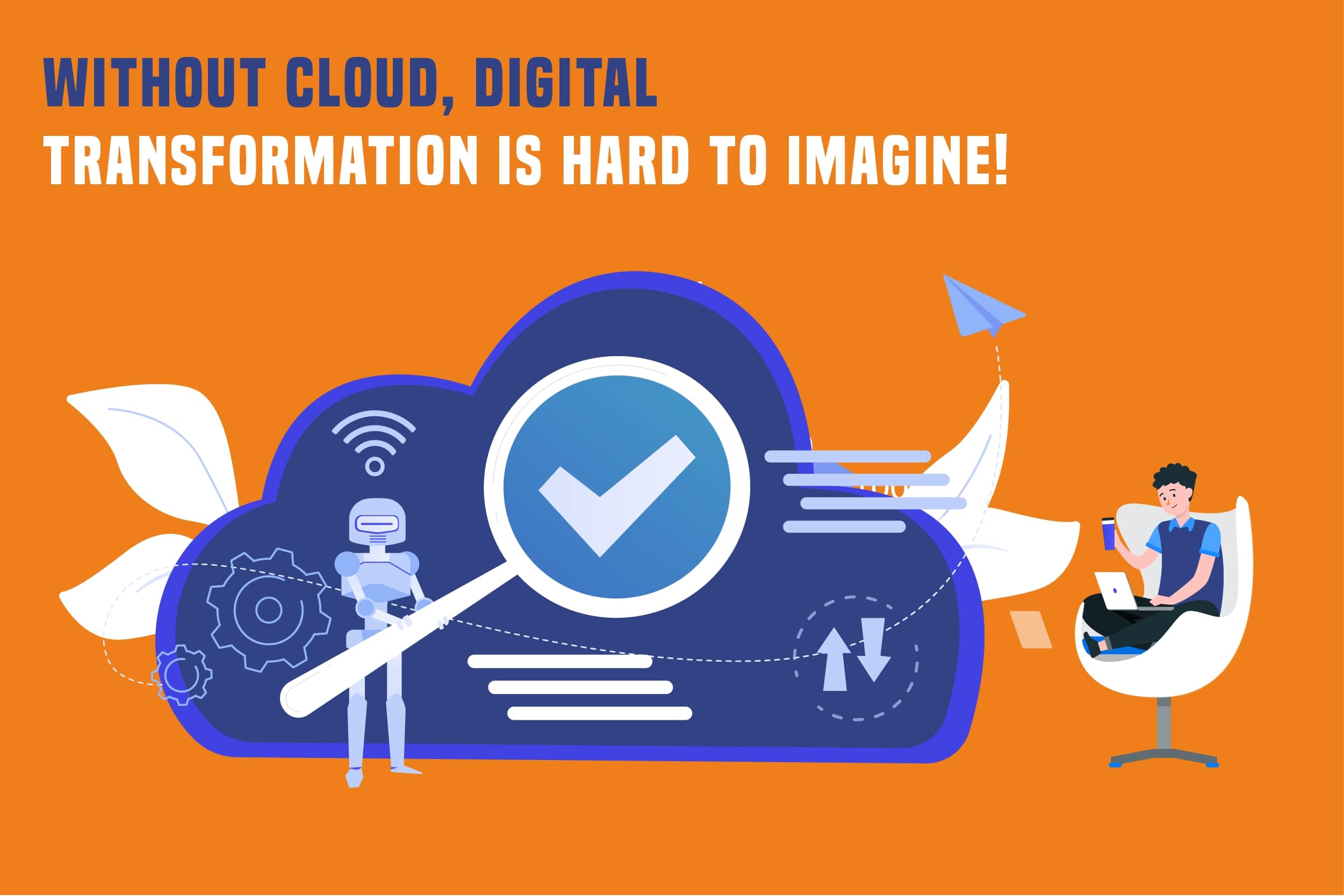
In today’s rapidly evolving digital landscape, digital transformation has become synonymous with progress and innovation. Cloud computing, a revolutionary technology that has reshaped how businesses operate, collaborate, and deliver value to their customers, is at the heart of this transformation.
Digital transformation is leveraging digital technologies to change how businesses operate and deliver value to customers fundamentally. It encompasses many initiatives, including adopting new business models, streamlining processes, enhancing customer experiences, and driving innovation.
One of the key benefits of cloud computing is its ability to provide on-demand access to the organization. This scalability is particularly valuable for businesses undergoing digital transformation, as it enables them to quickly adapt to changing market conditions and customers. Computing resources, such as storage, processing power, and applications, over the Internet for the growth of the organization. This removes the necessity for businesses to purchase costly hardware and software, enabling flexible scalability in operations according to demand.. This scalability is particularly valuable for businesses undergoing digital transformation, enabling them to adapt to changing market conditions and customer needs quickly.
Furthermore, cloud computing offers agility and flexibility that traditional IT infrastructure cannot match. This agility is essential for driving innovation and staying ahead of the competition in today’s fast-paced digital economy. Another significant advantage of cloud computing is its ability to enable collaboration and remote work. This is particularly relevant in digital transformation, as it allows organizations to tap into a global talent pool and collaborate with partners and customers across geographic boundaries.
Moreover, cloud computing enhances data security and resilience, critical considerations for businesses undergoing digital transformation. Additionally, cloud-based infrastructure offers built-in redundancy and disaster recovery capabilities, minimizing the risk of data loss or downtime. So, cloud computing is indispensable for digital transformation in today’s business landscape. Embracing the power of the cloud is essential for businesses looking to thrive in the digital age.
Read More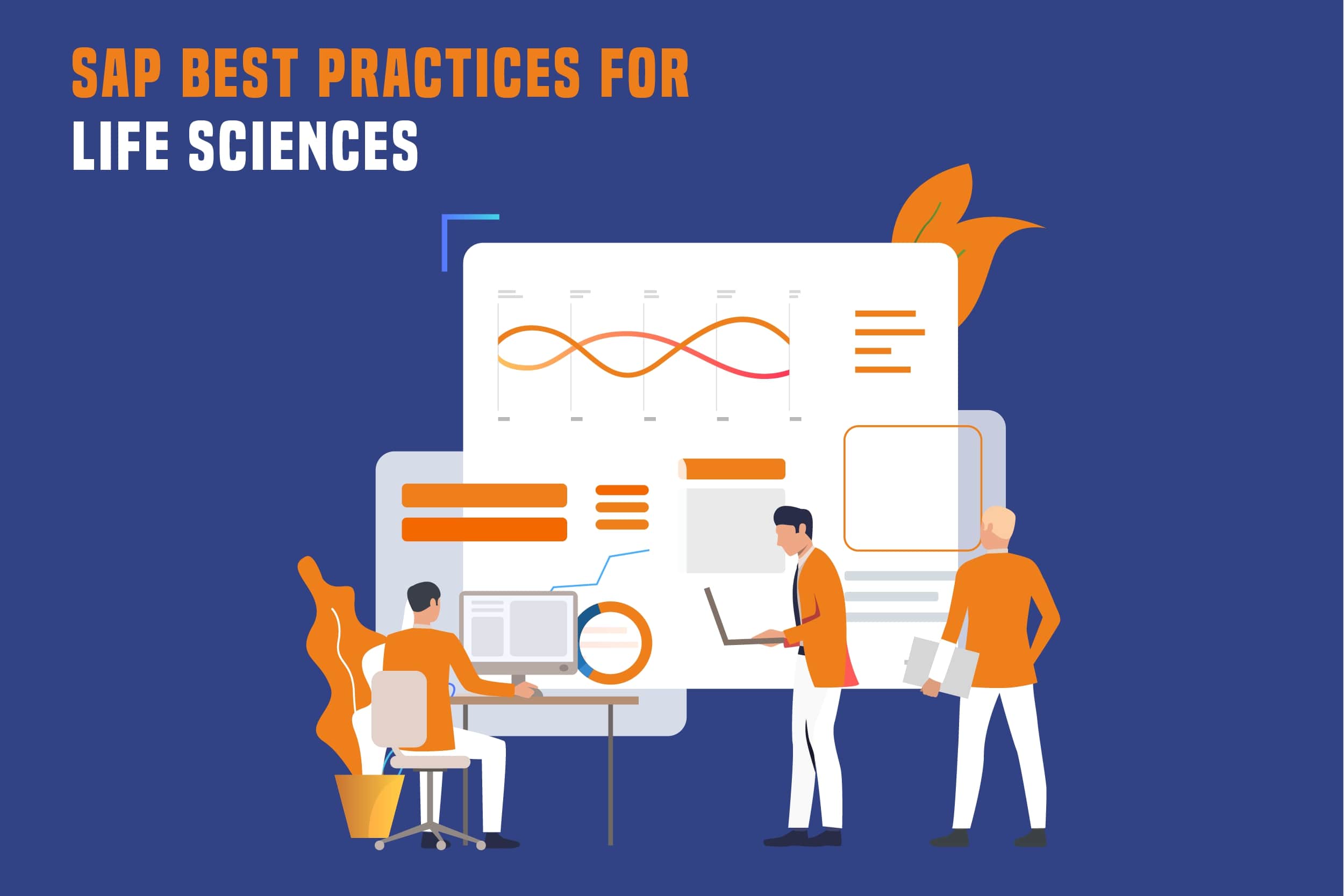
SAP Best Practices for Life Sciences offers a comprehensive set of industry-specific solutions designed to address the unique challenges faced by companies in this sector. Leveraging SAP’s extensive experience and expertise in enterprise resource planning (ERP), these best practices are tailored to meet the specific needs of life sciences organizations, including pharmaceutical companies, medical device manufacturers, and more.
One of the key advantages of SAP Best Practices is their ability to streamline processes and increase operational efficiency. This allows organizations to quickly realize the benefits of their SAP investment and adapt to changing market conditions more effectively.
In addition to improving operational efficiency, SAP Best Practices also help life sciences companies ensure compliance with industry regulations and standards. SAP solutions offer robust features for managing quality control, regulatory reporting, and compliance documentation, enabling organizations to maintain the highest standards of product safety and efficacy while reducing the risk of non-compliance penalties.
Another critical aspect of SAP Best Practices for Life Sciences is their support for innovation and growth. SAP’s platform enables digital transformation, leveraging AI, ML, and IoT to innovate product life cycles, fostering business growth.
Furthermore, SAP Best Practices enable greater visibility and collaboration across the value chain. By integrating core business functions such as supply chain management, sales and marketing, and finance. So, SAP implementation solutions provide real-time insights into critical business processes, enabling better decision-making and faster response to market demands.SAP Best Practices for Life Sciences offers a comprehensive suite of industry-specific solutions allowing organizations to optimize their operations, ensure compliance, drive innovation, and enhance collaboration across the value chain. Life sciences firms speed up digital transformation and secure future success in changing markets with SAP’s expertise and best practices.
Read More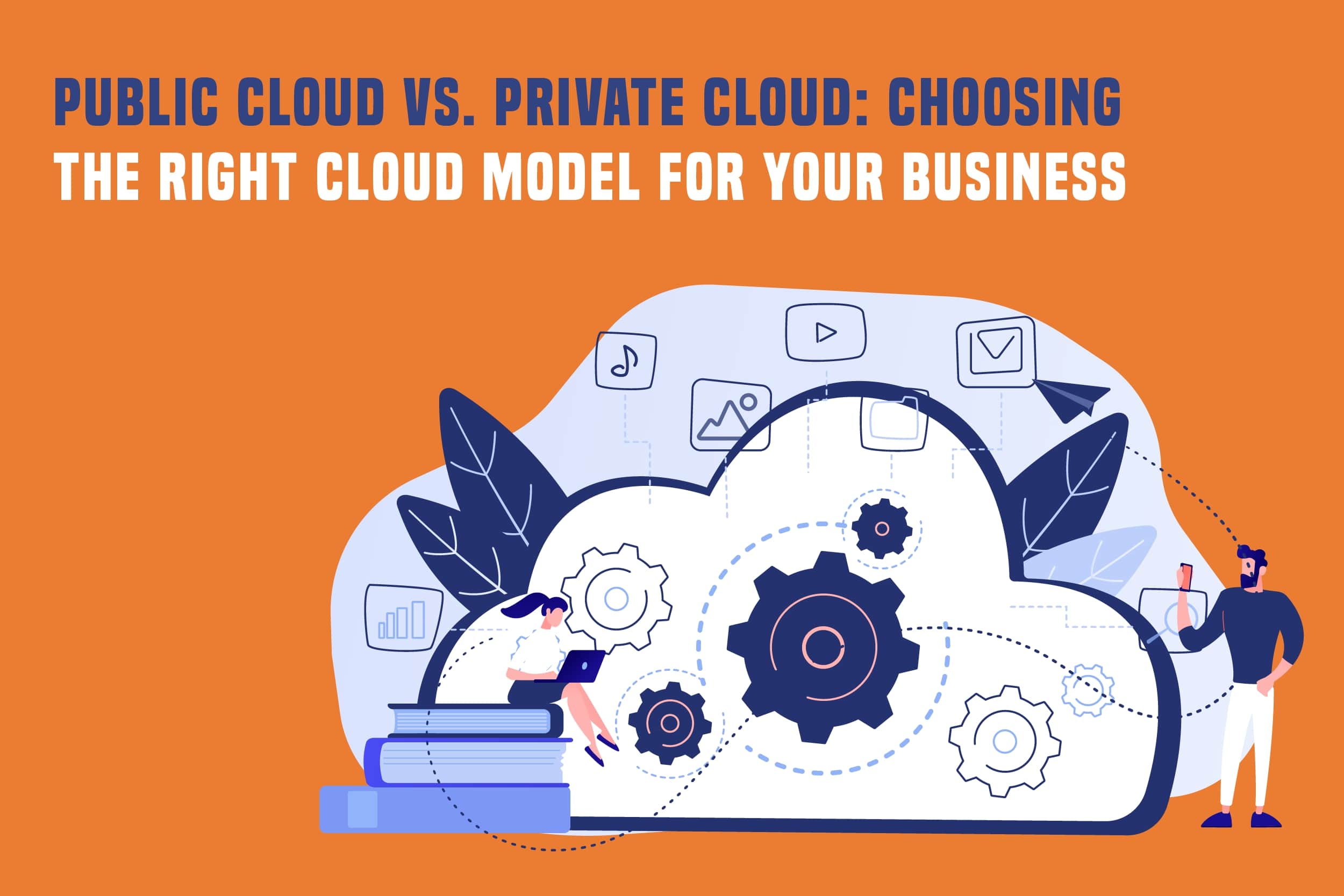
Cloud transformation is a pivotal decision for businesses, often involving the choice between Public Cloud and Private Cloud models. Each has advantages and considerations, and selecting the suitable model is crucial for meeting specific business needs.
Public Cloud services are provided by third-party vendors, offering a shared infrastructure accessible over the Internet. This model demonstrates scalability, cost-effectiveness, and rapid deployment capabilities.. So, Organizations can leverage resources on a pay-as-you-go basis, avoiding the need for substantial upfront investments. However, concerns about data security, compliance, and limited customization can be significant considerations.
On the other hand, Private Cloud is a dedicated infrastructure operated solely for a single organization. This model provides greater control over security, compliance, and customization, making it suitable for industries with stringent regulatory requirements or sensitive data.
The decision between Public and Private Cloud is not necessarily binary; many businesses opt for a hybrid approach. Hybrid Cloud combines Public and Private Cloud environments, allowing organizations to balance performance, security, and cost-effectiveness. This approach is particularly beneficial for businesses with diverse workloads, as it enables them to utilize the advantages of both models.
Key factors influencing the choice between Public and Private Cloud include the nature of the business, regulatory requirements, data sensitivity, and budget constraints. A thorough assessment of these factors and a clear understanding of the organization’s long-term goals are essential for making an informed decision.
Cloud transformation is not a one-time event but an ongoing process. Regular evaluations and adjustments are necessary to ensure that the chosen cloud model continues to align with the evolving needs of the business. Whether opting for the flexibility of the Public Cloud, the control of the Private Cloud, or a Hybrid Cloud solution. To remain competitive in today’s changing digital market, businesses must prioritize a smart and well-executed cloud transition.
Read More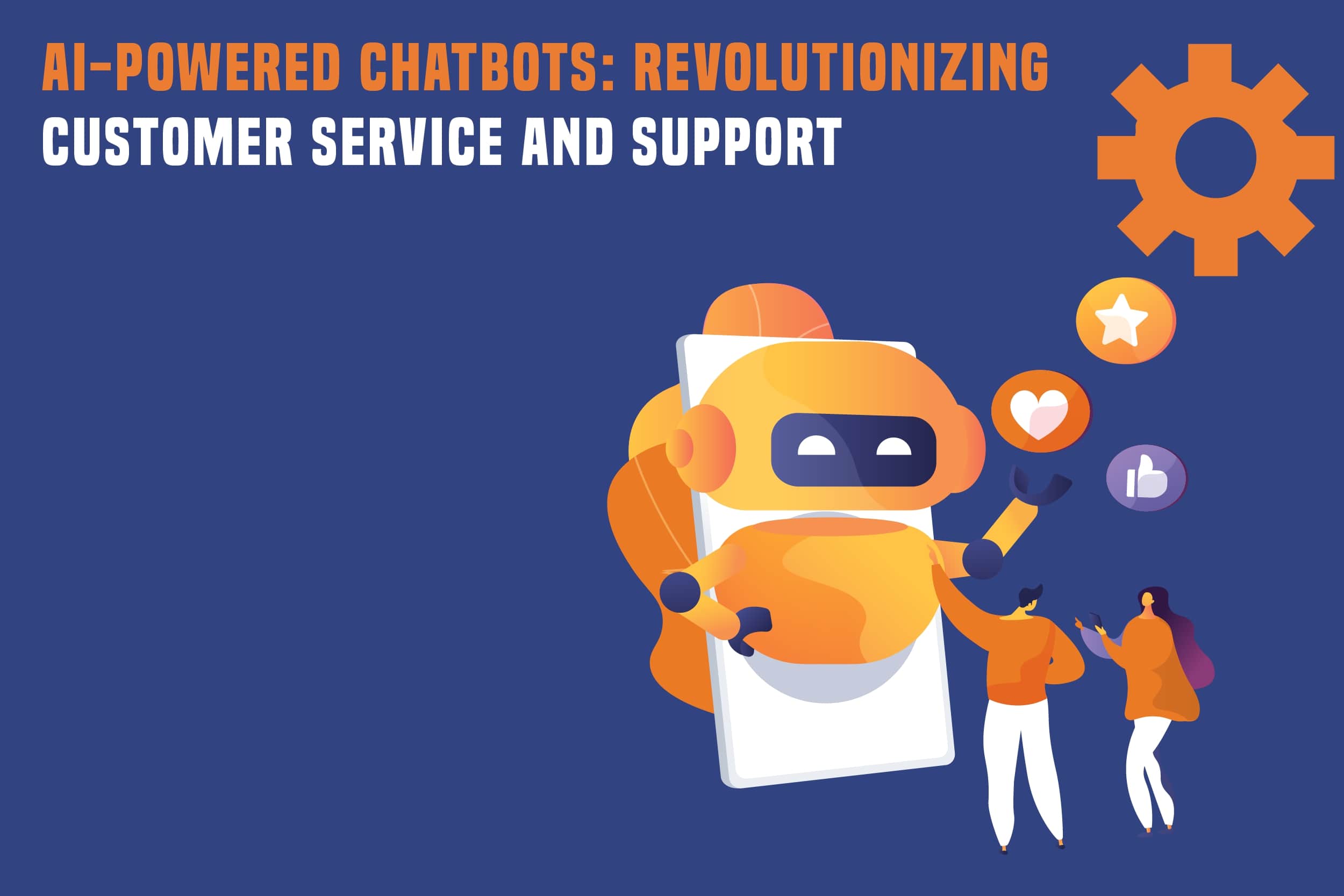
In the digital transformation era, AI-powered chatbots have emerged as disruptive forces, revolutionizing the landscape of customer service and support. These intelligent virtual assistants, driven by Artificial Intelligence (AI) prowess, are transforming how businesses engage with their customers, providing instant solutions and reshaping the dynamics of client interactions.
At the heart of this revolution lies the transformative capabilities of AI, particularly in the realm of natural language processing (NLP). AI-powered chatbots are now more adept than ever at understanding the nuances of human language, contextual intricacies, and even user emotions.
One of the critical advantages of AI-powered chatbots is their 24/7 availability. Chatbots operate around the clock, unlike human agents constrained by working hours and time zones. So, this ensures that customers can receive immediate assistance anytime, enhancing customer satisfaction and loyalty.
The agility and scalability of AI-powered chatbots are particularly beneficial for businesses in the IT consulting services sector. These chatbots can handle multiple queries simultaneously, ensuring a rapid response to clients’ needs. The efficiency in handling transaction-related inquiries and providing real-time updates on account information contributes to a seamless customer experience. As AI continues to advance, chatbots are evolving beyond mere information retrieval tools. They are becoming adept at understanding the context of conversations, maintaining continuity across interactions, and recognizing user emotions. In addition, this emotional intelligence enables chatbots to offer more empathetic and personalized responses, elevating the quality of customer engagement.
Furthermore, integrating AI-powered chatbots with data analytics and machine learning allows businesses to gather valuable insights from customer interactions. These insights enhance chatbots’ performance over time and provide a wealth of information for companies to refine their customer service strategies.
So, Artificial Intelligence-powered chatbots are at the forefront of transforming customer service and support. In the digital era, vital skills encompass nuanced language comprehension, rapid response, continuous operation, and adapting to customer demands. AI and customer service synergy usher in an era of efficient, responsive, and customer-centric interactions across diverse industries.
Read More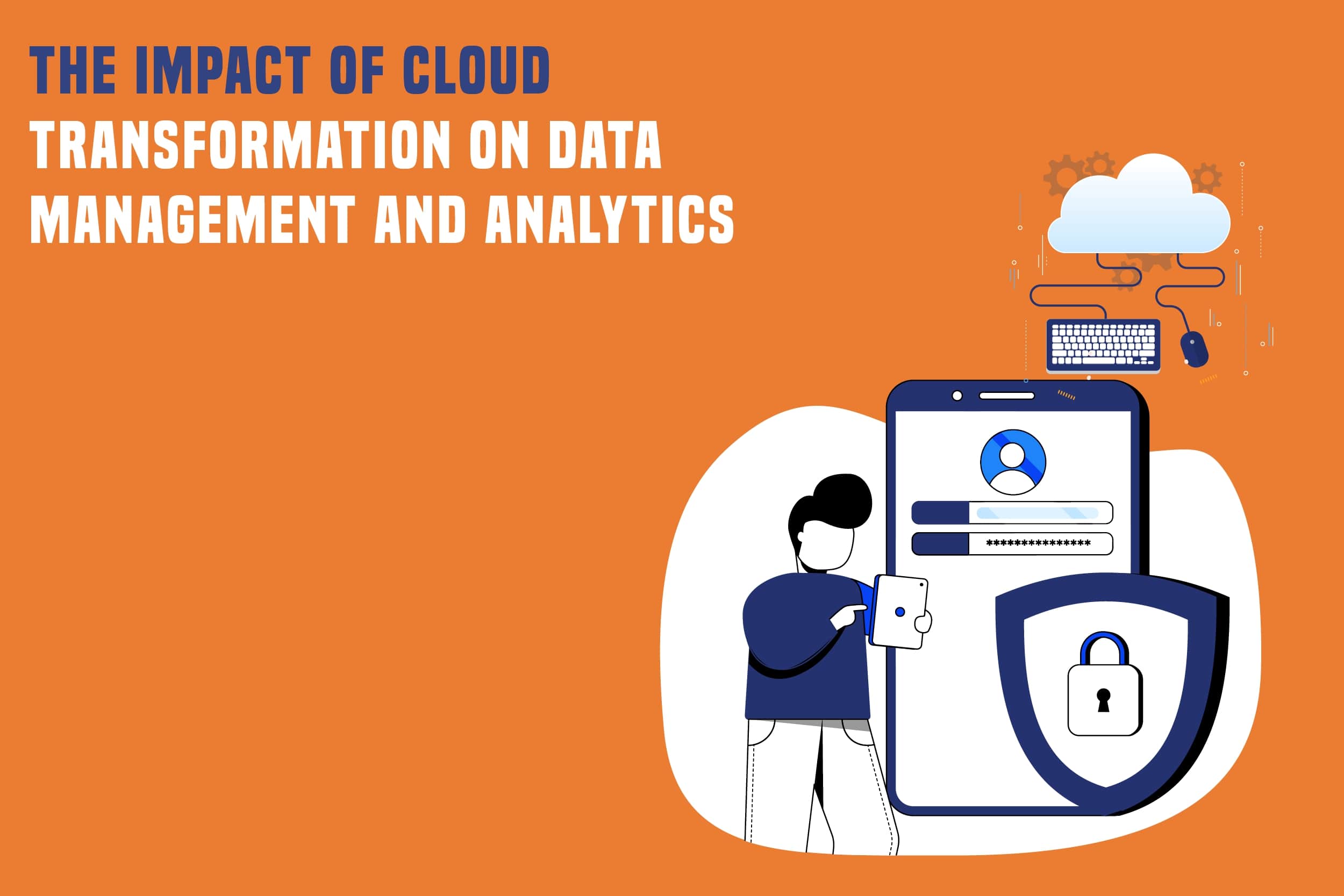
In the rapidly evolving landscape of information technology, cloud computing has emerged as a transformative force, revolutionizing the way organizations manage and analyze data. This paradigm shift has profound implications for businesses seeking greater agility, scalability, and innovation in their data management and analytics processes.
Cloud transformation involves migrating data, applications, and infrastructure to cloud-based services, providing a dynamic and flexible environment. One of the key advantages is the scalability offered by cloud computing, allowing organizations to scale their data management and analytics resources up or down based on demand. This elasticity is particularly beneficial for handling large datasets and fluctuating workloads, optimizing resource utilization and reducing costs.
The cloud also democratizes access to sophisticated analytics tools and technologies. Cloud analytics platforms enable businesses to harness advanced data processing, machine learning, and AI capabilities without requiring extensive in-house infrastructure. This ease of access nurtures an innovative culture, enabling organizations to derive valuable insights, make informed decisions, and gain a competitive advantage.
Moreover, cloud transformation enhances data security and resilience of the organization. Leading cloud computing service providers invest heavily in robust security measures, encryption protocols, and disaster recovery solutions. Organizations can bolster data protection, comply with industry regulations, and defend against threats by utilizing these capabilities effectively.
In addition, collaboration is another hallmark of cloud-based data management and analytics. With data stored centrally in the cloud, teams across geographies can collaborate seamlessly, working on real-time data without the constraints of traditional silos. So, this promotes cross-functional teamwork, accelerates decision-making processes, and fosters a more agile and responsive organizational culture.
Cloud computing’s scalability, accessibility, security, and collaboration tools enable organizations to maximize their data’s potential and capabilities effectively. As businesses continue to embrace cloud transformation, they position themselves for increased efficiency, innovation, and competitiveness in an ever-evolving marketplace.
Read More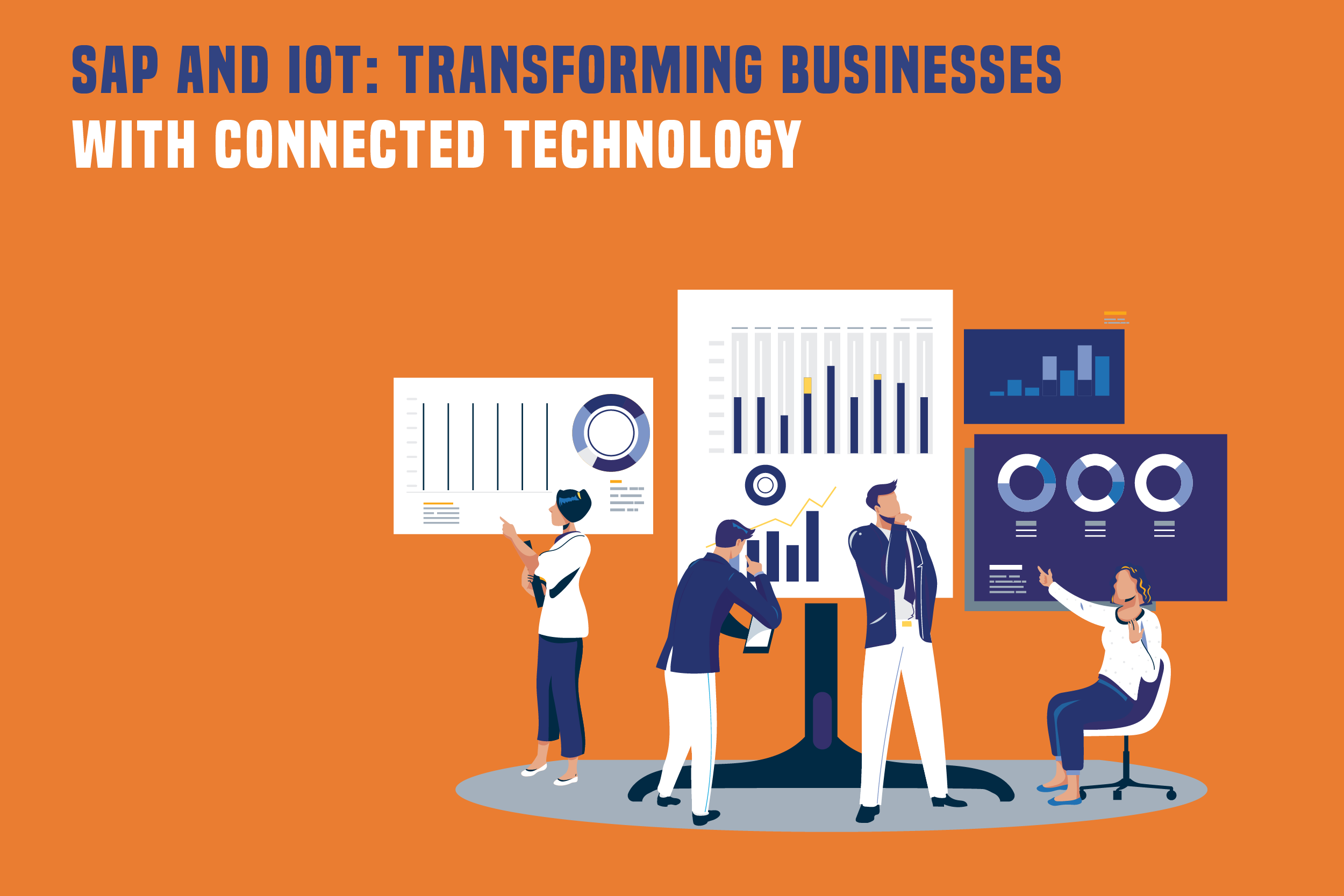
In the dynamic landscape of modern business, the integration of SAP and IoT emerges as a powerhouse, reshaping the way organizations operate and connect. This summary delves into the transformative synergy of SAP and IoT, emphasizing how this connected technology duo, coupled with SAP Implementation, is revolutionizing businesses.
SAP Implementation stands as a cornerstone in organizational transformation, strategically optimizing SAP solutions’ utilization to drive efficiency and innovation.. It catalyzes harnessing the full power of SAP and IoT, facilitating a cohesive and effective integration that aligns with the unique needs and goals of each business.
The integration of SAP and IoT heralds a new era in how businesses collect, analyze, and leverage data. By implementing SAP, organizations integrate IoT seamlessly, enhancing their SAP ecosystems with real-time data, driving informed decision-making and innovation.
With SAP Implementation driving the integration, businesses can navigate the complexities of connected technology with ease. This transformative journey extends across various facets of operations, from supply chain optimization and predictive maintenance to personalized customer experiences. SAP Implementation ensures that the integration is not just a technological upgrade but a strategic evolution that enhances overall organizational efficiency.
Furthermore, SAP Implementation acts as the linchpin in overcoming implementation challenges, ensuring a smooth transition to a connected future. It guides organizations in optimizing their ERP systems, fine-tuning processes, and fostering a culture of continuous improvement that is essential for success in the digital age.
So, the synergy between SAP and IoT, orchestrated by SAP Implementation, signifies more than a technological shift. It embodies a strategic transformation that empowers businesses to thrive in the connected era. As organizations implement SAP solutions, integrate IoT connectivity, and embrace SAP Implementation, they embark on a journey of business excellence, agility, and sustained growth, leaving an indelible mark on the evolving landscape of connected technology.
Read More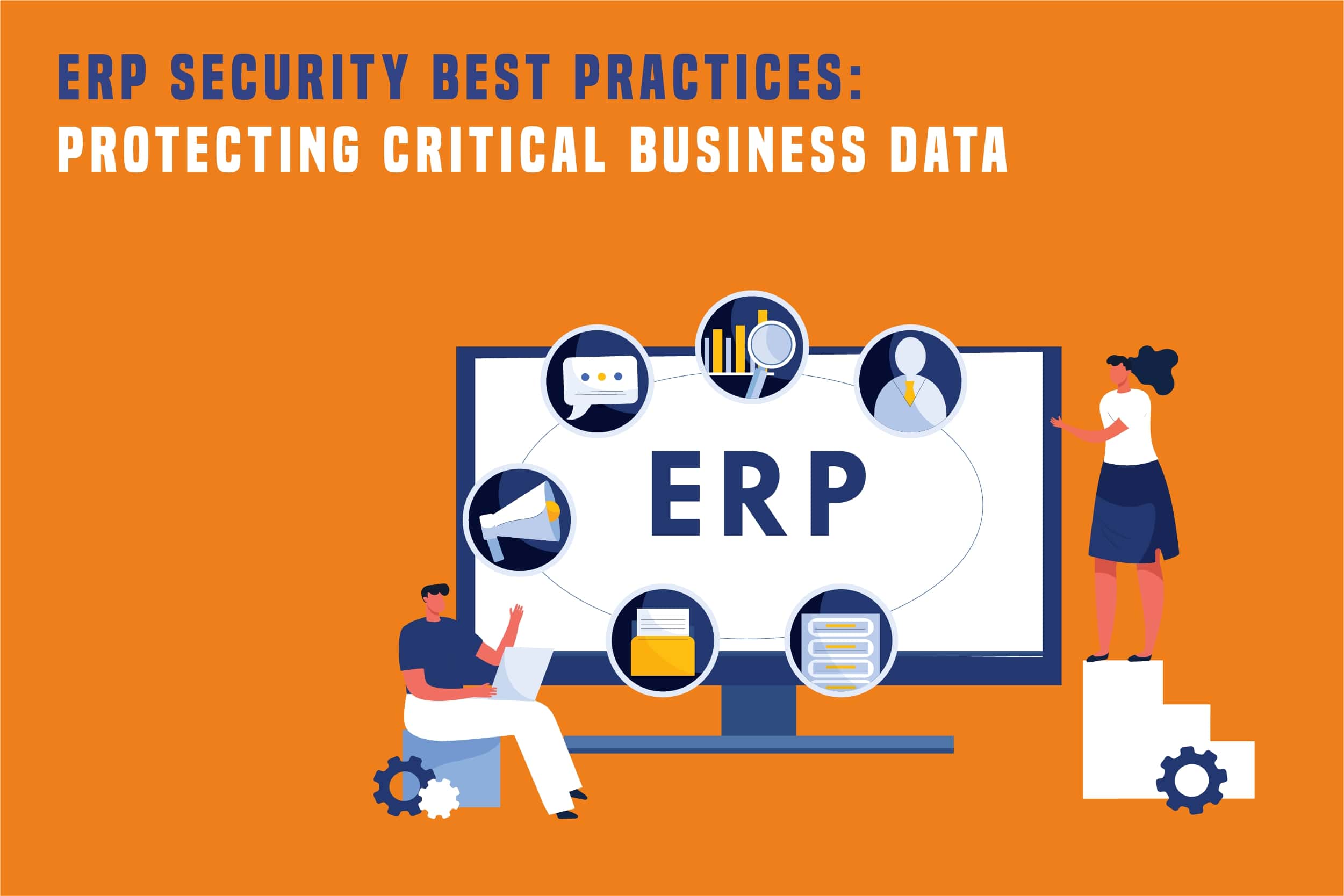
In the dynamic landscape of modern business operations, securing critical data within Enterprise Resource Planning (ERP) systems has become a paramount concern. This summary delves into ERP security best practices, emphasizing the pivotal role that IT consulting services play in fortifying defenses and protecting essential business data.
Enterprise Resource Planning (ERP) systems, centralizing diverse business processes, are the backbone of organizational efficiency. However, the wealth of sensitive information they handle makes them prime targets for cyber threats. So, businesses need to adopt robust ERP security practices to safeguard against potential breaches.
IT consulting services emerge as crucial partners in navigating the complex realm of ERP security. These services bring specialized knowledge and insights, guiding organizations in implementing effective measures. From encrypting sensitive data during transmission and storage to establishing stringent access controls, IT consulting services tailor strategies to address unique organizational needs.
The comprehensive approach to ERP security involves safeguarding data both in transit and at rest. Encryption protocols, crafted by skilled IT consultants, safeguard data from unauthorized access, reducing the threat of breaches during transmission and storage.
So, access controls, another key facet of ERP security, are vital for limiting user permissions and preventing unauthorized access. IT consulting services assist in fine-tuning access policies, ensuring that only authorized personnel have the required level of system access. This proactive approach enhances security and reduces the risk of internal threats. Furthermore, the role of IT consulting services extends to addressing compliance requirements. Industries handling sensitive data must adhere to stringent regulations.
As the threat landscape continually evolves, IT consulting services help organizations stay ahead by implementing cutting-edge technologies. AI and ML improve predictive analytics, helping organizations detect security threats early, preventing potential escalation by identifying them beforehand. IT consulting services offer expertise for navigating complexities, implementing security measures, and fostering proactive security culture within organizations.
Read More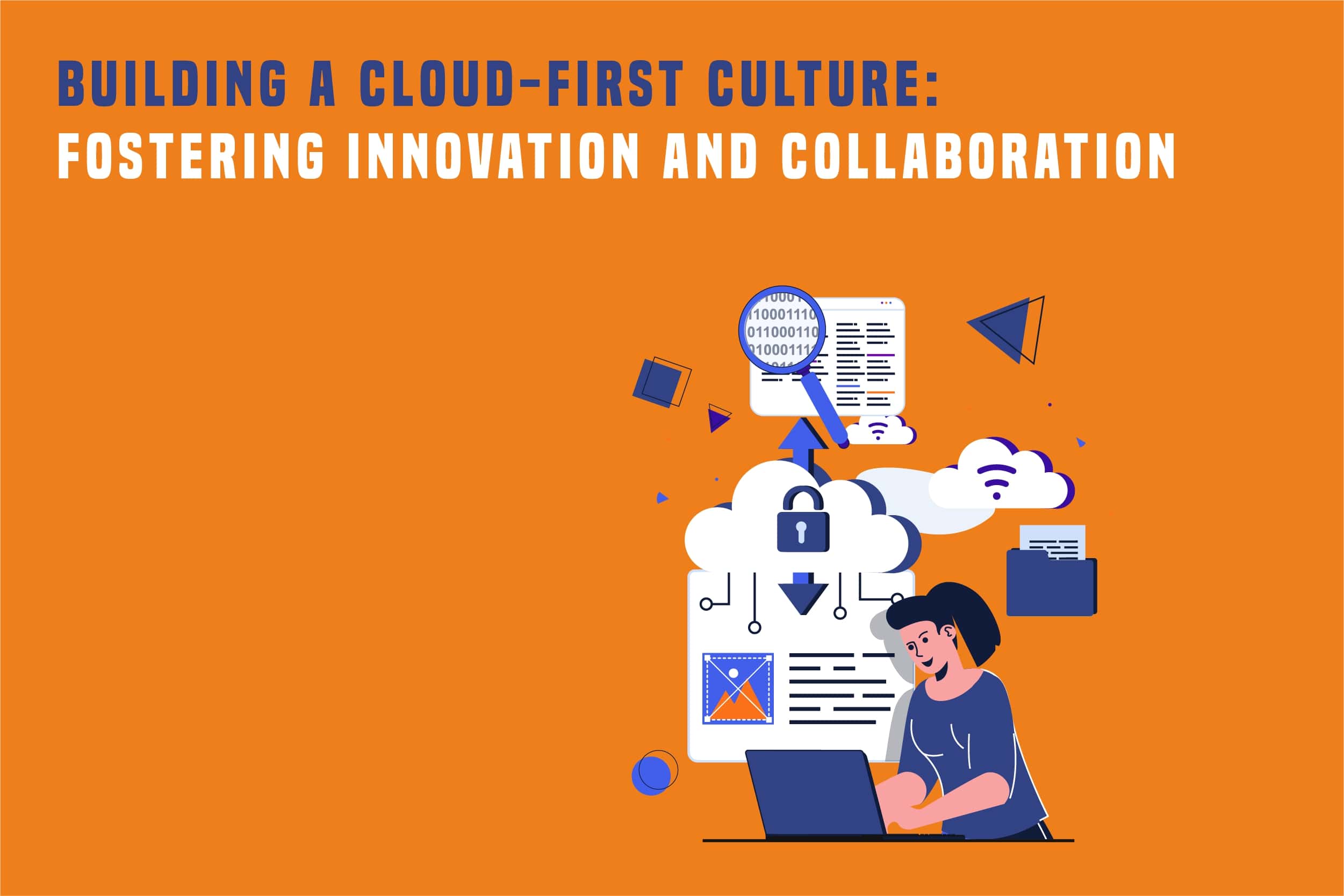
In the rapidly evolving landscape of business and technology, building a cloud-first culture has become a strategic imperative for organizations seeking to thrive in the digital age. This paradigm shift is not just about adopting cloud computing technologies; it’s about fostering a mindset that places the cloud at the center of organizational strategy, enabling innovation, and cultivating collaboration.
At its core, a cloud-first culture prioritizes cloud computing solutions as the default choice for technology adoption and integration. So, it is a holistic approach that reshapes organizations’ operations, collaboration, and innovation. This cultural transformation is driven by the recognition that the cloud offers unparalleled advantages in terms of scalability, flexibility, and accessibility.
In innovation, a cloud-first culture empowers organizations to experiment, iterate, and swiftly bring new ideas to fruition. So, cloud computing provides a dynamic environment where teams can leverage advanced technologies. Such as artificial intelligence, machine learning, and data analytics to gain actionable insights and drive innovation. So, this agility allows businesses to respond rapidly to market changes, stay ahead of competitors, and deliver enhanced customer value.
Additionally, collaboration lies at the heart of a cloud-first culture of the organization. Cloud computing technologies facilitate seamless communication and information sharing across departments and geographical boundaries. With cloud-based collaboration tools, teams can collaborate in real-time, breaking down silos and fostering a culture of open communication.
Transitioning to a cloud-first culture requires strategic tech adoption aligning with business goals to ensure initiatives meet objectives.. This alignment is crucial for garnering support from leadership and key stakeholders, creating a shared vision for the transformative journey ahead.
As businesses embark on the journey of building a cloud-first culture, the role of IT consulting services becomes pivotal. IT consultants are vital in educating leadership, developing comprehensive cloud strategies, facilitating change management, and optimizing cloud costs.
Read More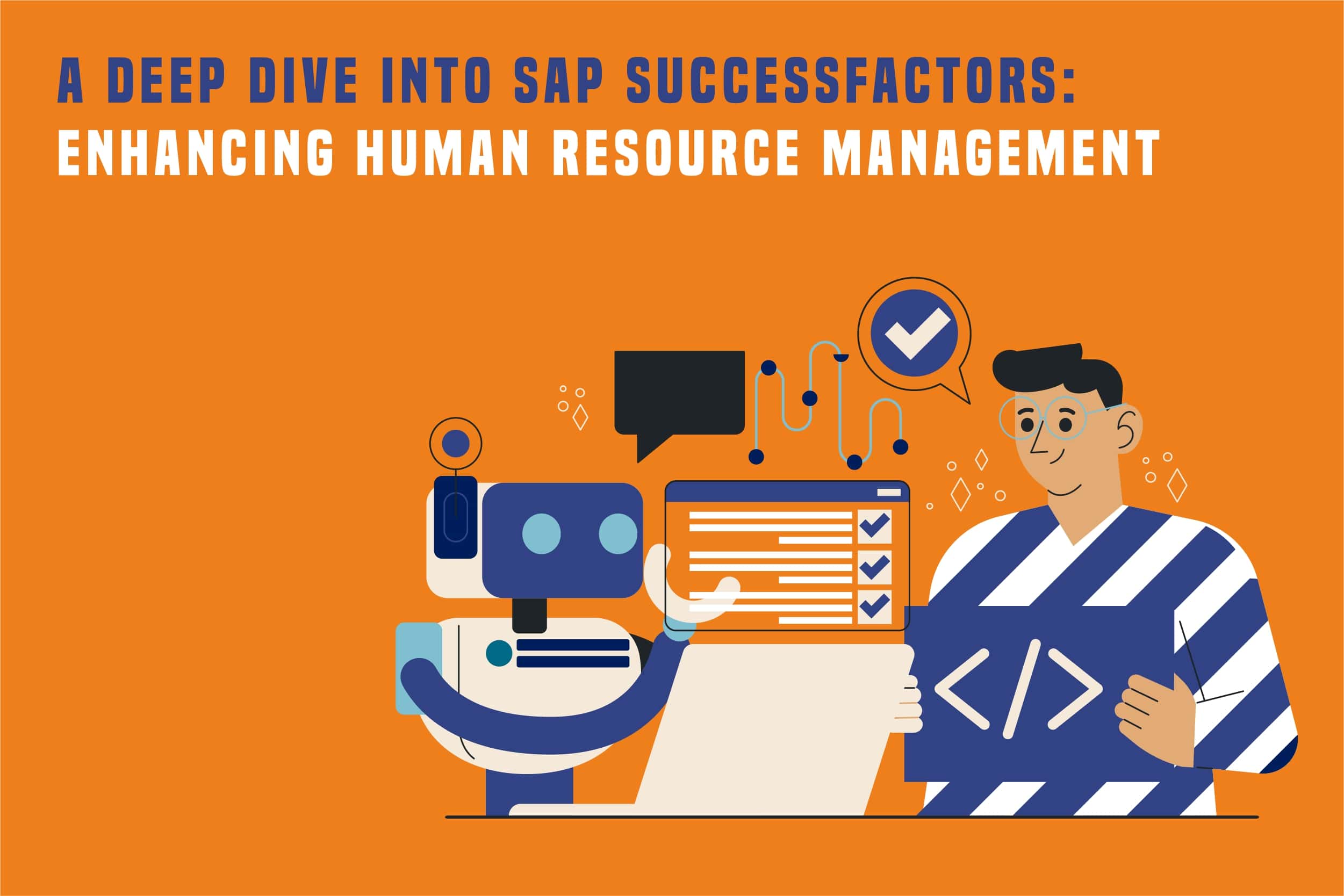
In the dynamic Human Resource Management (HRM) landscape, SAP SuccessFactors emerges as a transformative force. So, It offers an unparalleled suite of tools to enhance and streamline the entire employee lifecycle. As organizations increasingly recognize the critical role of efficient HR processes, a deep dive into SAP SuccessFactors reveals a comprehensive solution designed to meet modern HR challenges head-on.
The synergy between SAP and effective HRM implementation is at the heart of this deep dive. SAP Implementation is the catalyst, seamlessly integrating SuccessFactors into an organization’s ERP infrastructure. This synergy ensures organizations harness the full potential of SuccessFactors, unlocking a new era of precision and efficiency in workforce management.
Moreover, one of the critical strengths of SAP SuccessFactors lies in its ability to cover the entire employee lifecycle. From recruitment to onboarding, talent management, and beyond, each phase is meticulously addressed by specialized modules within the SuccessFactors suite. So, this streamlines HR processes and empowers organizations to make data-driven decisions at every stage of the employee journey.
As a crucial enabler, SAP Implementation ensures a smooth onboarding process for SuccessFactors. So, the integration is designed to be seamless, minimizing disruptions and maximizing the utility of the HRM solution. This collaborative approach also allows organizations to customize the implementation based on their unique needs, aligning SuccessFactors with the specific requirements of their workforce and industry.
Data security and privacy are paramount in the modern digital landscape, and SAP SuccessFactors addresses these concerns head-on. With robust security protocols and regular audits, organizations can trust that their HR data is managed and fortified against potential threats. As organizations navigate the complexities of HRM, SAP SuccessFactors stands out as a game-changer. When coupled with the precision of SAP Implementation, its comprehensive suite of tools empowers organizations to elevate their HR processes.
Read More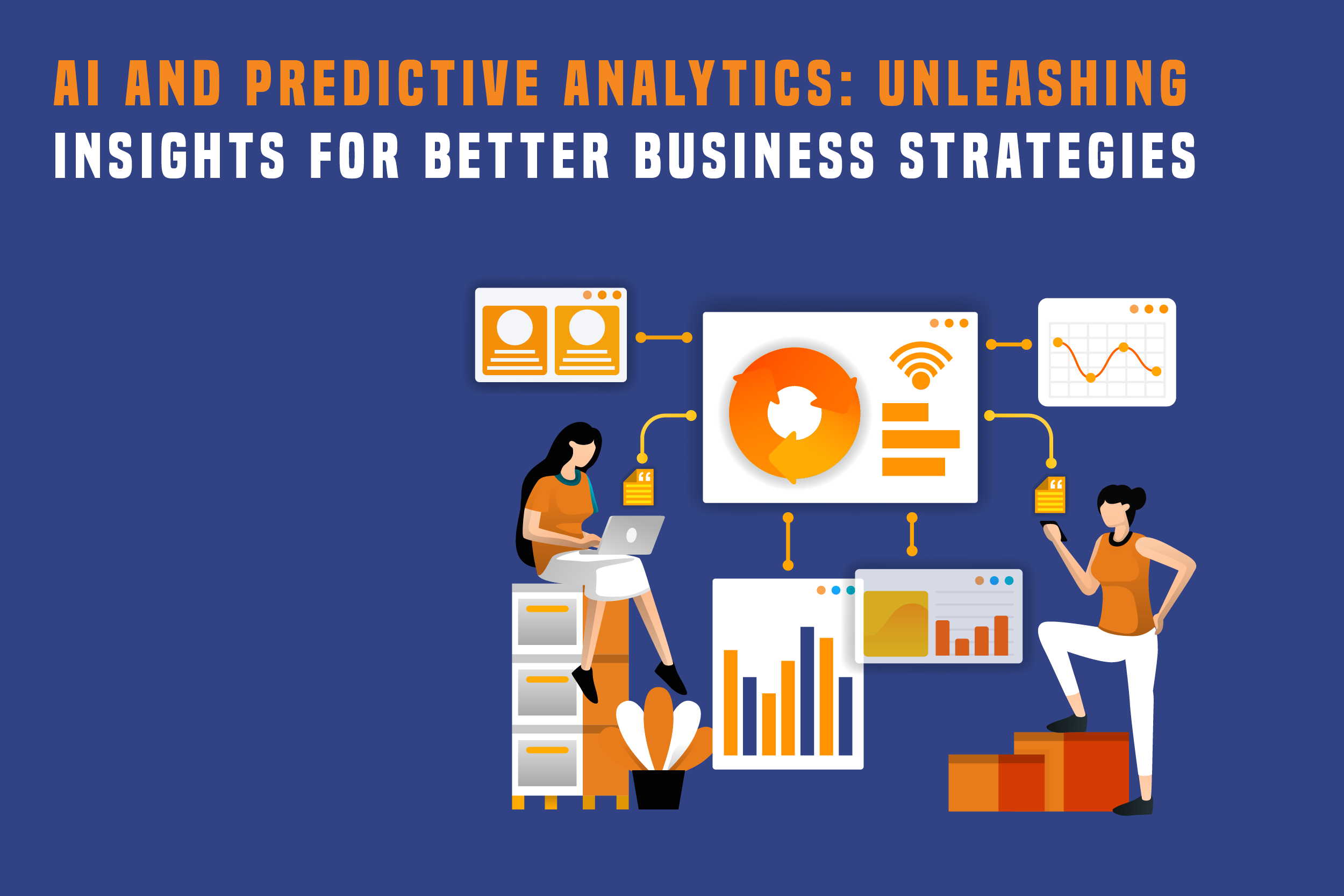
Artificial intelligence (AI) and predictive analytics synergy emerge as powerful catalysts for transforming business strategies in the era of data-driven decision-making. This dynamic duo not only unlocks valuable insights but also propels organizations into a realm of informed and proactive decision-making.
At the core of this transformative journey lies the ability to leverage AI to sift through vast datasets, discern patterns, and extract meaningful predictions. Predictive Analytics, in tandem with AI, enables businesses to anticipate trends, identify opportunities, and mitigate risks with unprecedented precision. So, a paradigm shift from reactive strategies to proactive, forward-thinking approaches. It can spell the difference between success and stagnation in today’s fast-paced business environment.
From optimizing operational efficiency to enhancing customer experiences, the insights derived empower organizations to stay ahead of the curve. Whether predicting market trends, anticipating customer needs, or streamlining supply chain operations, amalgamating. So, these technologies provide a comprehensive and holistic view of the business landscape.
Moreover, applying Artificial intelligence and Predictive Analytics is not confined to a specific industry. The transformative impact is universal, from finance and healthcare to retail and manufacturing. AI’s ability to learn and adapt, coupled with Predictive Analytics’ foresight, offers a tailored approach to address industry-specific challenges and opportunities.
Moreover, enhancing business strategies entails integrating AI and Predictive Analytics strategically into current workflows to unlock valuable insights. It’s about empowering teams with the tools and knowledge to harness the full potential of these technologies. Creating a culture that embraces data-driven decisions is crucial; AI and Predictive Analytics thrive when integrated into the organizational DNA..
So, it’s a fundamental shift in how businesses perceive, interpret, and act on data. It’s a journey towards a future where insights gleaned from these technologies serve as the compass guiding organizations to unparalleled success and competitiveness in the ever-evolving business landscape.
Read More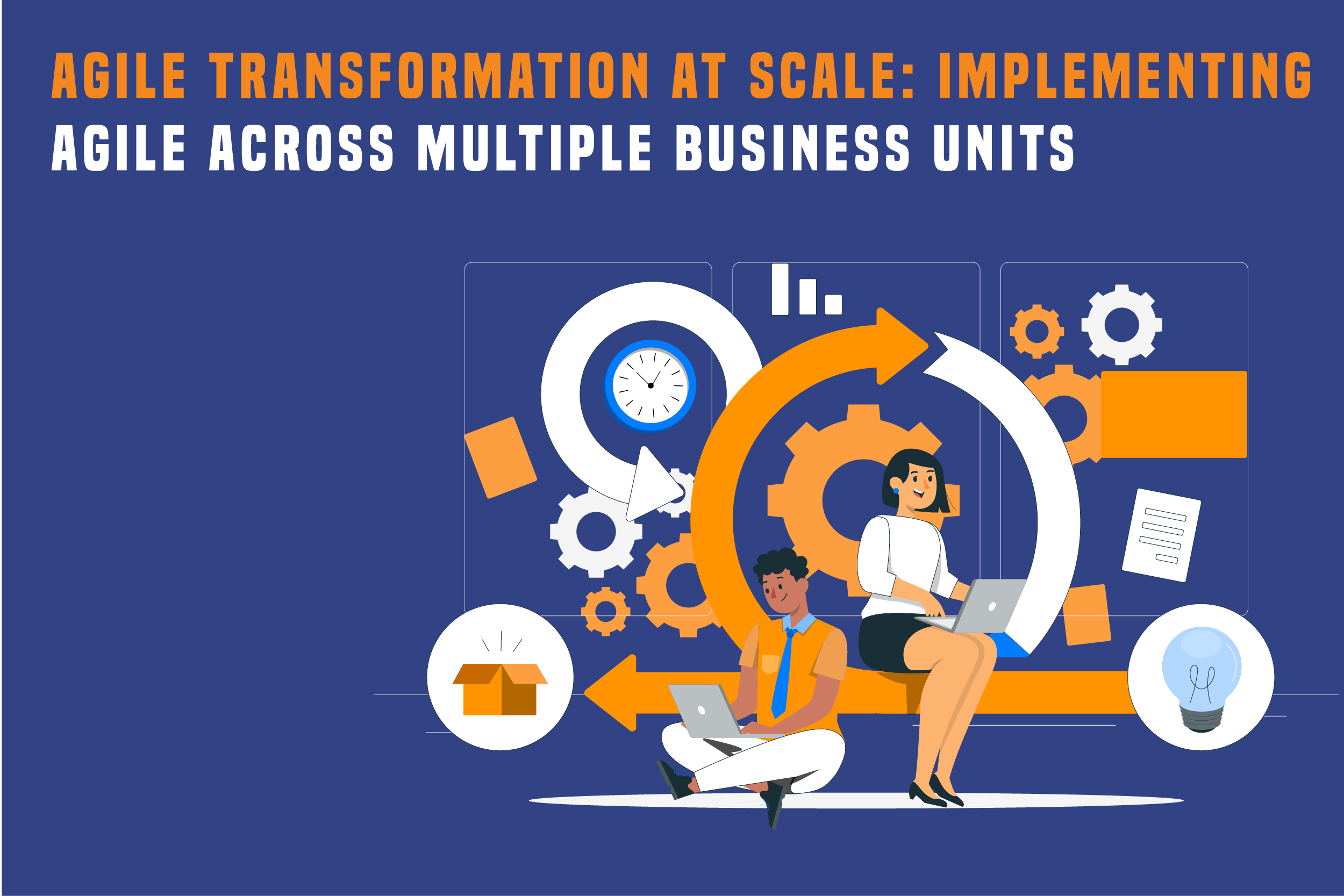
In the ever-evolving business landscape, where adaptability is paramount, the journey of Agile Transformation at Scale becomes a strategic imperative. Embracing the essence of agility is not just a trend but a fundamental shift that empowers organizations to respond swiftly to change, foster innovation, and enhance overall efficiency.
A holistic approach that transcends individual teams and projects is the key to a successful Agile Transformation. It’s about creating an ecosystem where agility is not confined to a specific department but ingrained in the organizational DNA. This journey involves redefining processes, fostering collaboration, and nurturing a mindset that embraces change as a constant.
Implementing Agile across multiple business units demands a delicate balance between standardization and flexibility. While there is a need for a common framework that aligns everyone toward a shared vision, it’s equally important to allow for customization based on each unit’s unique needs and challenges. This tailored approach ensures that Agile principles are not forced but seamlessly integrated into the existing fabric of operations.
Additionally, communication becomes the linchpin of Agile Transformation at Scale. Clear, transparent communication channels are vital to disseminating the principles and benefits of agility. Leaders are pivotal in championing this cause, serving as torchbearers who inspire and guide their teams through the transformation journey. A top-down commitment and grassroots involvement ensure a cascading effect, fostering a culture where agility thrives.
Moreover, Agile Transformation isn’t a one-time event but a continuous evolution. Regular assessments, feedback loops, and adjustments are critical to staying on course and refining the approach. This iterative process allows organizations to adapt effectively to the ever-changing market dynamics and emerging opportunities.
In the end, the success of Agile Transformation at Scale hinges on the alignment of people, processes, and technology. It’s a commitment to a new way of working, thinking, and collaborating.
Read More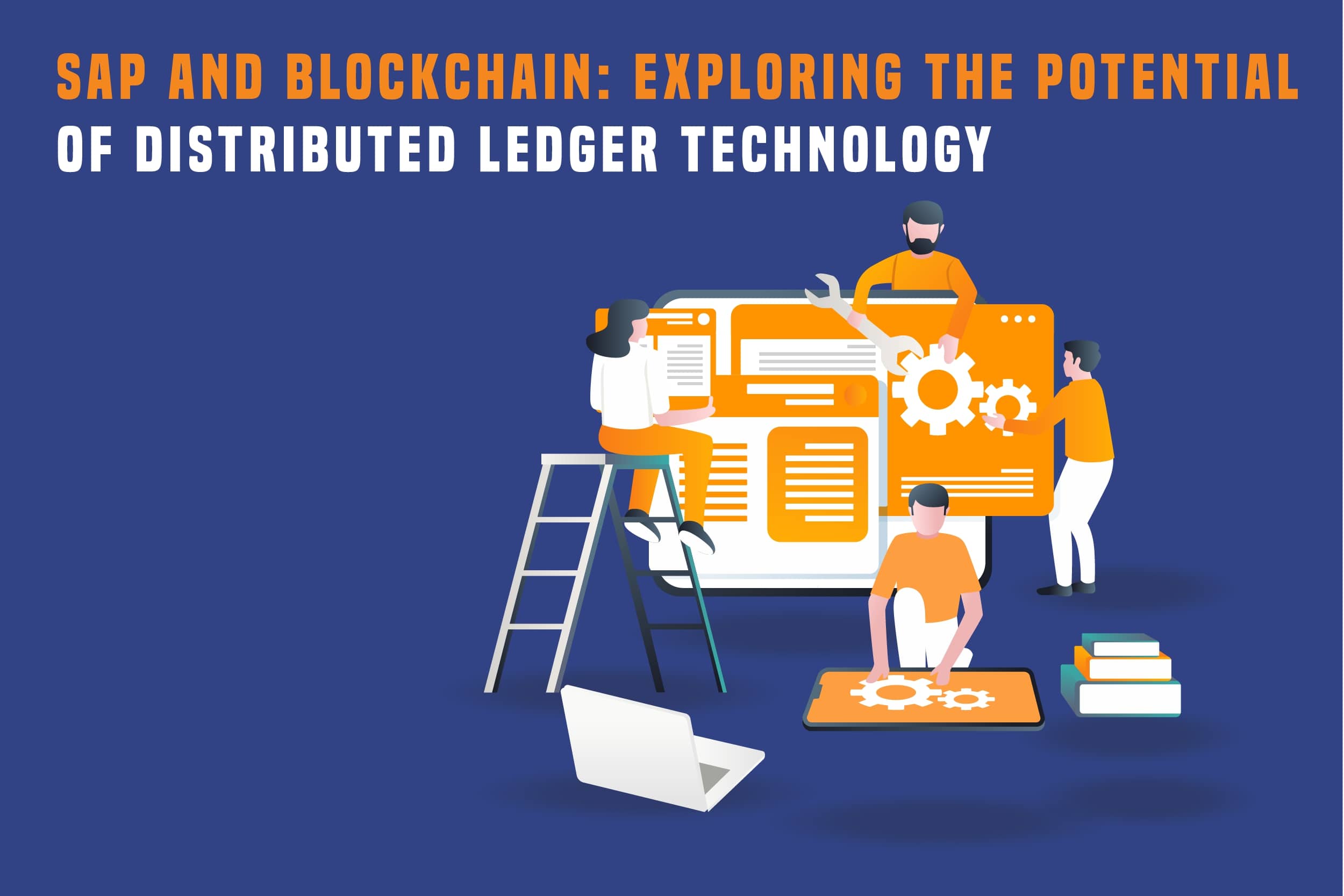
SAP and blockchain merging in enterprise tech bring a transformative era, reshaping data and transaction management for businesses. This strong partnership merges SAP’s reliable enterprise software with blockchain’s groundbreaking distributed ledger tech for enhanced capabilities.
At the heart of this transformative partnership is the focus on leveraging IT consulting services to unlock the full potential of SAP and blockchain integration. IT consulting services play a pivotal role in guiding businesses through the intricacies of this dynamic duo, ensuring a seamless fusion that optimizes processes, enhances security, and drives innovation.
Blockchain, with its decentralized and tamper-resistant ledger, introduces a paradigm shift in data security. When paired with SAP, a top business solutions provider, this tech forms an unalterable transaction record, protecting data from unauthorized changes.
The integration of SAP and blockchain is particularly groundbreaking in industries such as manufacturing that deal with complex product life cycles. IT consulting services enable organizations to streamline operations, implement robust supply chain management solutions, and enhance product lifecycle management.
Smart contracts, an integral part of blockchain technology, bring automation to the forefront. When integrated with SAP, these self-executing contracts streamline processes, reducing manual interventions and improving operational efficiency. The result is a more agile and responsive business environment where transactions are executed seamlessly.
The potential of SAP and blockchain extends beyond operational efficiency to redefine collaboration and transparency. IT consulting services integrate systems, offering real-time supply chain visibility, fostering trust, and encouraging cross-organizational cooperation among businesses.
IT consulting services are reshaping enterprise tech by exploring SAP and blockchain’s potential, transforming the landscape of business technology. Integration transcends tech upgrade, signifies strategic shift towards secure, transparent, and highly efficient business operations in the future.
Read More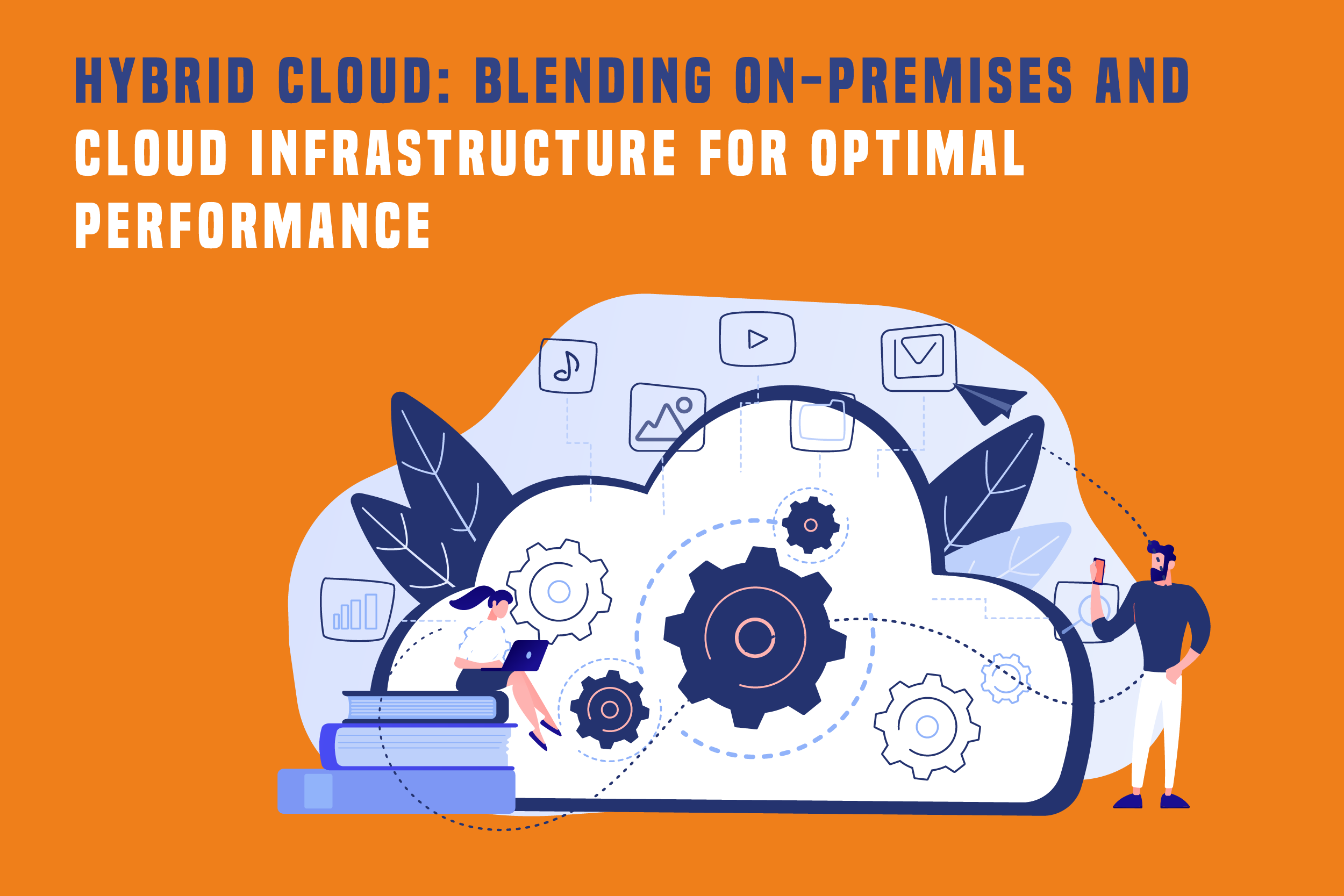
Businesses embrace innovative solutions bridging on-premises infrastructure with cloud, navigating the dynamic realm of digital transformation for enhanced efficiency. Additionally. one such transformative paradigm is the Hybrid Cloud, a strategic integration that holds the key to optimal performance and adaptability.
The essence of Hybrid Cloud lies in its ability to seamlessly blend on-premises infrastructure with the dynamic capabilities of the cloud. This synthesis allows organizations to harness the strengths of both environments. It provides a versatile platform for enhanced scalability, flexibility, and performance.
The cloud transformation journey involves meticulous planning and execution. Assessing the suitability of workloads for the Hybrid Cloud environment is a critical first step. Clear objectives are defined, aligning the transformation strategy with overarching business goals.
So, security and compliance are paramount considerations in the Hybrid Cloud landscape. The concept of data sovereignty comes to the forefront, allowing organizations to retain control over sensitive data by keeping it on-premises or in a private cloud. Multi-layered security protocols, encryption measures, and regular compliance checks further fortify the integrity of the hybrid infrastructure.
Cost efficiency becomes a tangible benefit in the cloud transformation journey. The pay-as-you-go model inherent in many cloud services allows organizations to optimize costs by utilizing public cloud resources for variable workloads. Simultaneously, maintaining on-premises infrastructure caters to stable workloads, ensuring a reasonable balance between operational expenses and capital investments.
So, business continuity and disaster recovery efforts are significantly enhanced in a Hybrid Cloud environment. Duplicate critical applications and data across on-premises and cloud environments to provide redundancy..
Businesses navigate digital journeys with the versatile Hybrid Cloud, poised to deliver unparalleled performance like a symphony orchestra. Hybrid Cloud isn’t just tech; it’s innovation fuel, adapting to business needs, driving success in the ever-changing landscape.
Read More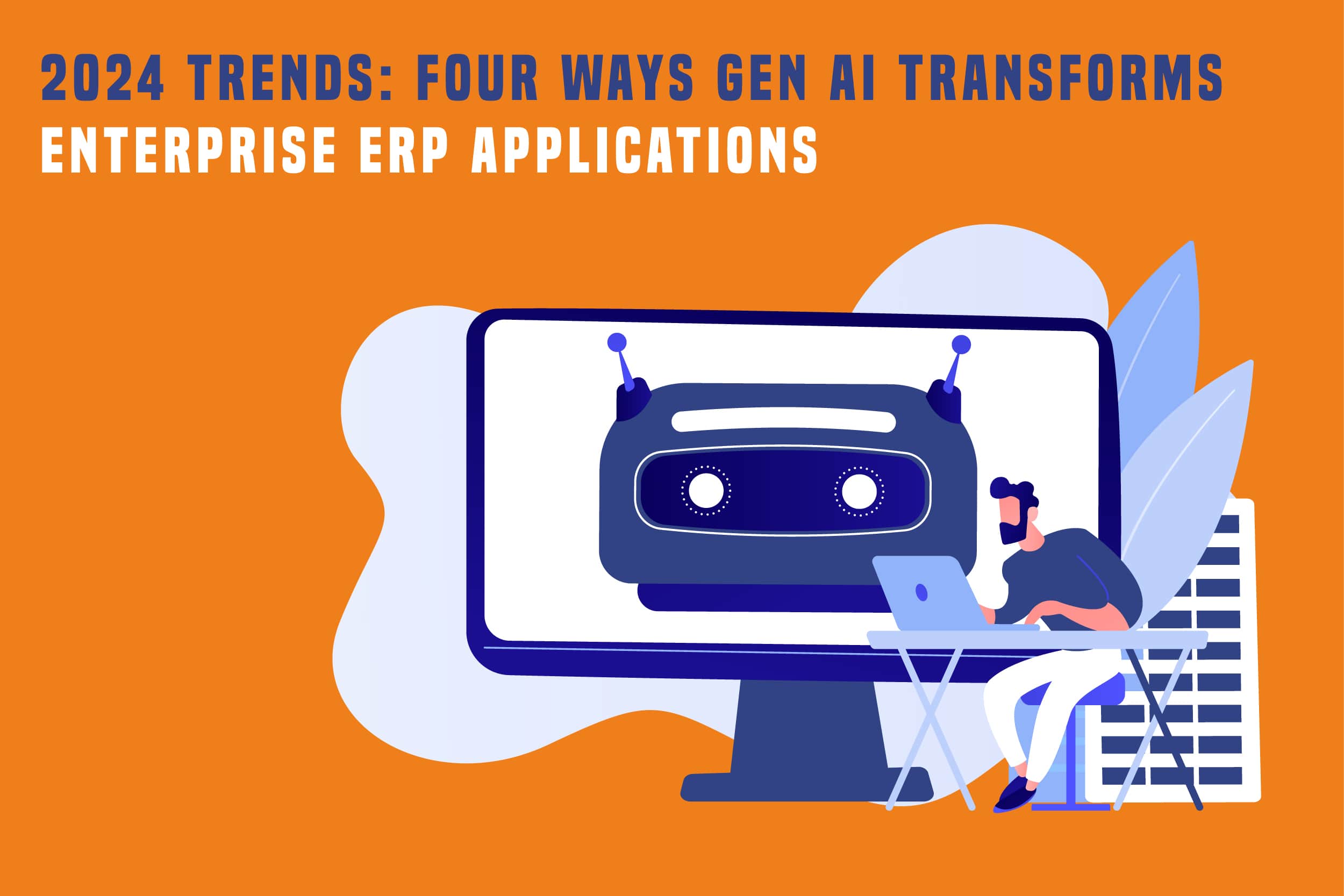
In the fast-evolving landscape of enterprise technology, the year 2024 witnesses a transformative wave with the integration of Generation AI (GenAI) into Enterprise Resource Planning (ERP) applications. The synergy between cutting-edge artificial intelligence and the foundational ERP systems marks not only an evolution but also a profound revolution.
Firstly, GenAI is ushering in a new era of efficiency through intelligent automation. Traditional ERP systems often rely on manual processes, leading to inefficiencies, errors, and increased costs. GenAI’s advanced machine learning algorithms and natural language processing capabilities bring forth intelligent automation, streamlining workflows and optimizing operational processes.
The second transformative trend lies in predictive analytics, providing organizations with the power of foresight. Traditional ERP systems, while adept at providing insights into past performance, often lacked the capability to accurately forecast future trends.. GenAI changes this narrative by leveraging predictive analytics to empower organizations with anticipatory decision-making.
Enhancing user experience emerges as the third significant trend through the incorporation of Natural Language Processing (NLP). Although traditional ERP systems excel at providing insights into past performance, they frequently lack the capability to accurately forecast future trends. GenAI addresses this by introducing NLP capabilities, allowing users to interact with ERP applications using natural language queries.
The fourth and crucial trend revolves around adaptive security measures. In an era where data breaches and cyber threats pose significant risks, GenAI reinforces ERP applications with adaptive security. By identifying anomalies in user behavior and continuously learning from emerging threats, GenAI-driven security solutions proactively implement risk mitigation strategies. This ensures data protection, regulatory compliance, and a resilient defense against evolving cybersecurity challenges.
So, the year 2024 witnessed a revolution in ERP implementation driven by the transformative power of GenAI. From intelligent automation and predictive analytics to enhanced user experiences and adaptive security measures, the integration of GenAI into ERP applications unlocks unprecedented levels of efficiency, innovation, and agility.
Read More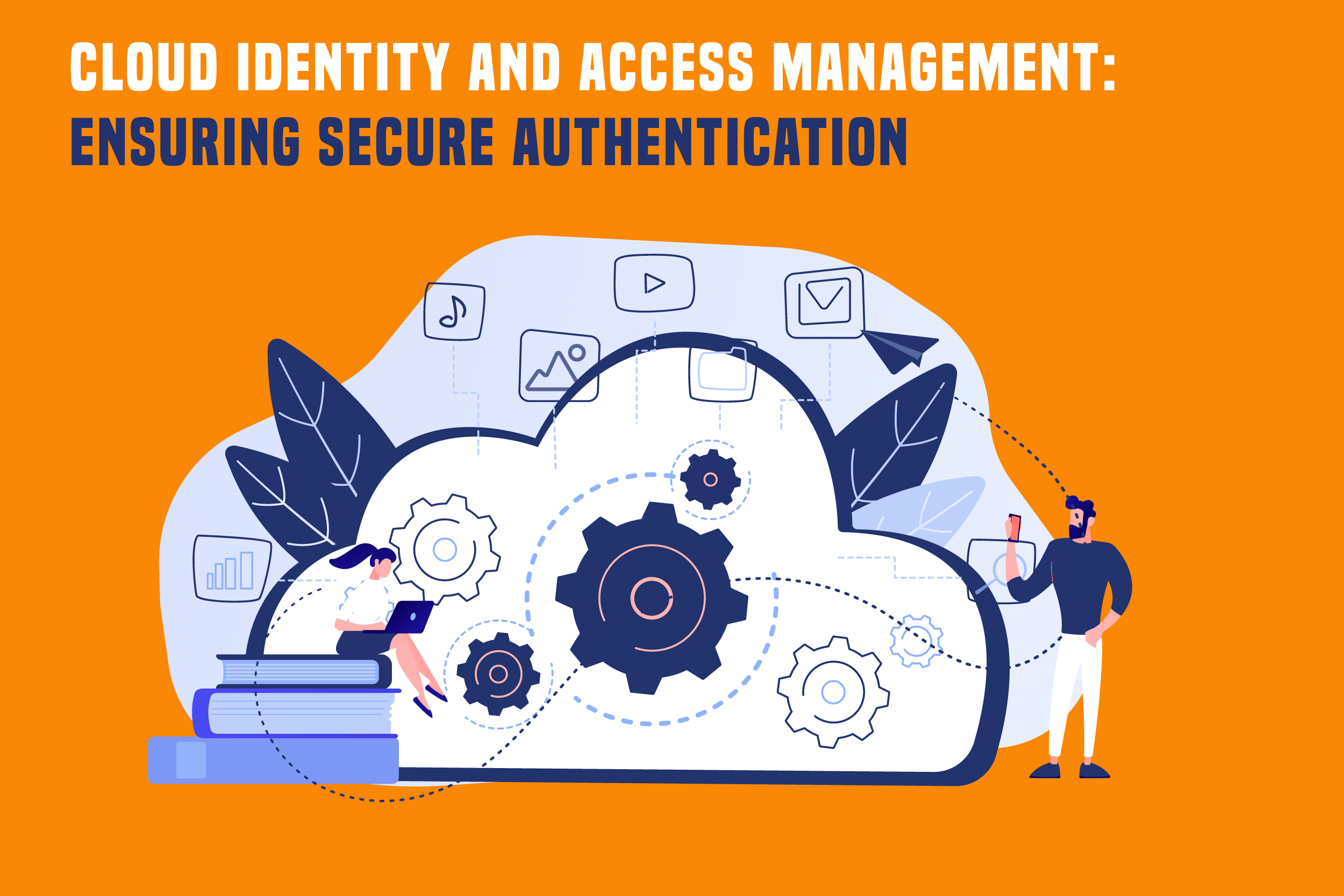
Cloud Identity and Access Management (IAM) stands at the forefront of ensuring secure authentication in the era of Cloud Transformation. As companies move to the cloud, old perimeter security is outdated. They need flexible identity and access management for protection. So, cloud IAM emerges as a critical component, addressing the challenges of securing digital assets, applications, and data in a dynamic and distributed landscape.
In Cloud Transformation, shifting business operations to cloud platforms emphasizes identity and access management for improved scalability, flexibility, and efficiency. Cloud IAM solutions provide a unified framework for managing user identities. So, access permissions, and authentication across cloud services, ensuring a seamless and secure user experience.
Additionally, a key feature of Cloud IAM is its ability to enable single sign-on (SSO) capabilities. This simplifies user access by allowing them to authenticate once and gain access to multiple cloud applications and services without repeatedly entering credentials. This enhances user convenience and strengthens security by reducing the likelihood of password-related vulnerabilities.
So, organizations undergoing Cloud Transformation often adopt a multi-cloud or hybrid cloud strategy. This adaptability is crucial for organizations navigating complex infrastructures while maintaining a unified and secure approach to authentication.
Security and compliance are paramount considerations in the Cloud Transformation journey. Cloud IAM facilitates the implementation of robust security policies, such as multifactor authentication (MFA), conditional access, and role-based access control (RBAC). These measures bolster the overall security posture, mitigating risks associated with unauthorized access, data breaches, and other cyber threats.
Cloud Identity and Access Management are integral to the broader Cloud Transformation strategy. As organizations embrace the cloud for its transformative potential, Cloud IAM ensures that secure authentication remains a top priority. By providing a flexible, centralized, and comprehensive approach to identity management, Cloud IAM empowers organizations to navigate the complexities of the cloud securely, fostering a dynamic yet protected digital ecosystem.
Read More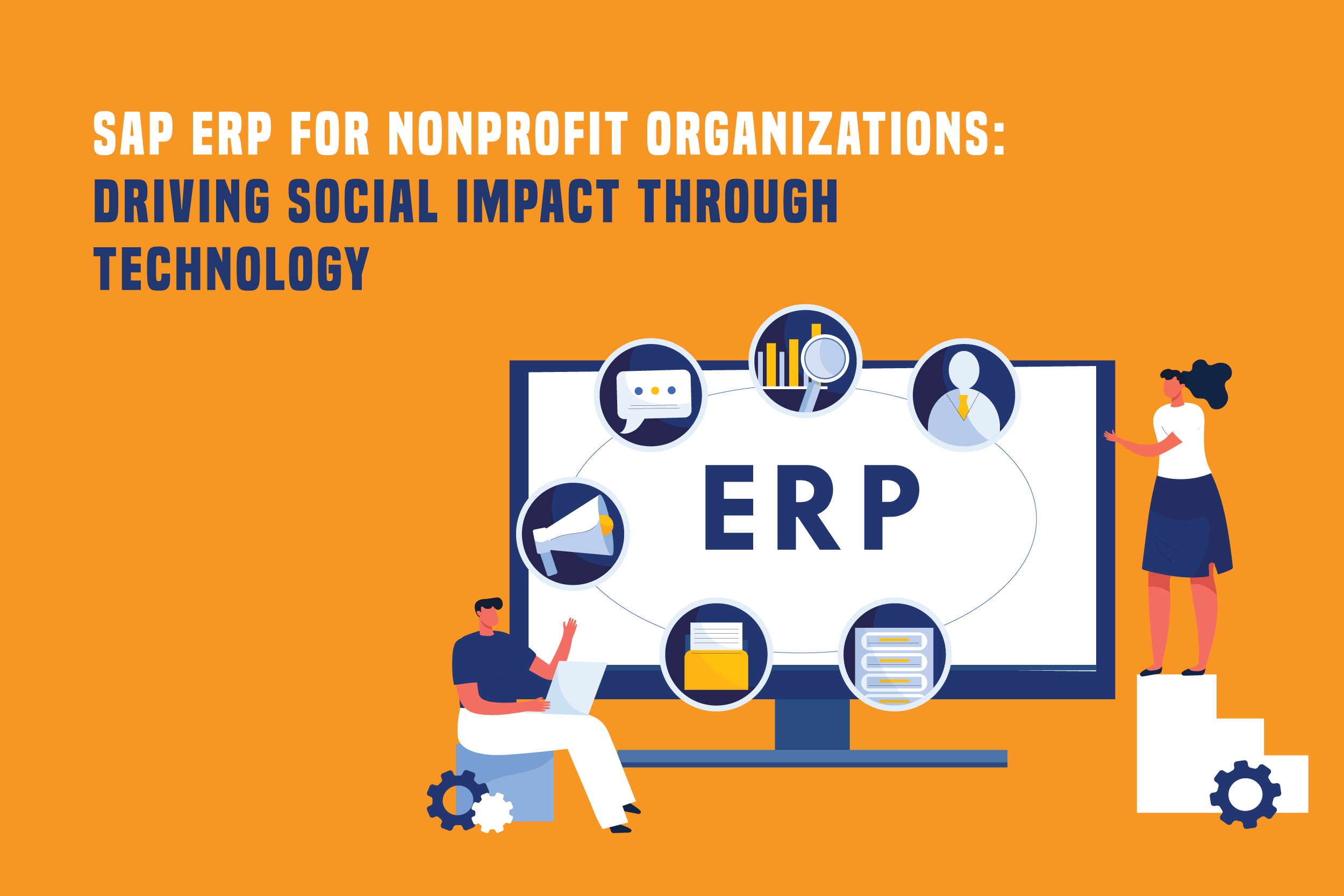
SAP ERP for Nonprofit Organizations harnesses the power of technology to drive social impact and operational efficiency in the nonprofit sector. The implementation of SAP ERP serves as a transformative catalyst, revolutionizing how nonprofit entities manage their resources, streamline processes, and maximize their social mission.
The process of implementing SAP for nonprofits starts by thoroughly assessing the organization’s requirements. This involves matching technology solutions with the particular challenges these nonprofits encounter. By using SAP ERP, nonprofits can streamline operations by integrating financial, HR, and supply chain management into a single platform.. This enhances overall efficiency and facilitates better decision-making through real-time insights derived from integrated data.
Financial transparency is a cornerstone of nonprofit accountability, and SAP ERP is pivotal in achieving this. The implementation ensures accurate and real-time financial reporting, aiding organizations in demonstrating fiscal responsibility to donors, regulators, and stakeholders. Tracking and managing funds become more streamlined, allowing nonprofits to allocate resources strategically and focus on their core mission of creating social impact.
Efficient donor management is another critical aspect of SAP ERP implementation for nonprofits. So, the system enables organizations to maintain detailed donor interactions, preferences, and contributions records.
SAP ERP also enhances operational agility by automating routine tasks and providing a scalable infrastructure that grows with the organization. This scalability is particularly advantageous for nonprofits experiencing growth or diversification of their programs.
Moreover, SAP Implementation empowers nonprofits to embrace data-driven decision-making. The platform provides analytics and reporting tools that offer valuable insights into program effectiveness, impact assessment, and overall organizational performance. Nonprofits can leverage this data to refine strategies, optimize resource allocation, and continually improve their social initiatives.
It is a catalyst for driving social impact through improved operational efficiency, financial transparency, donor management, and data-driven decision-making. By seamlessly integrating technology into their operations, nonprofits can amplify their ability to create positive change and contribute meaningfully to the betterment of society.
Read More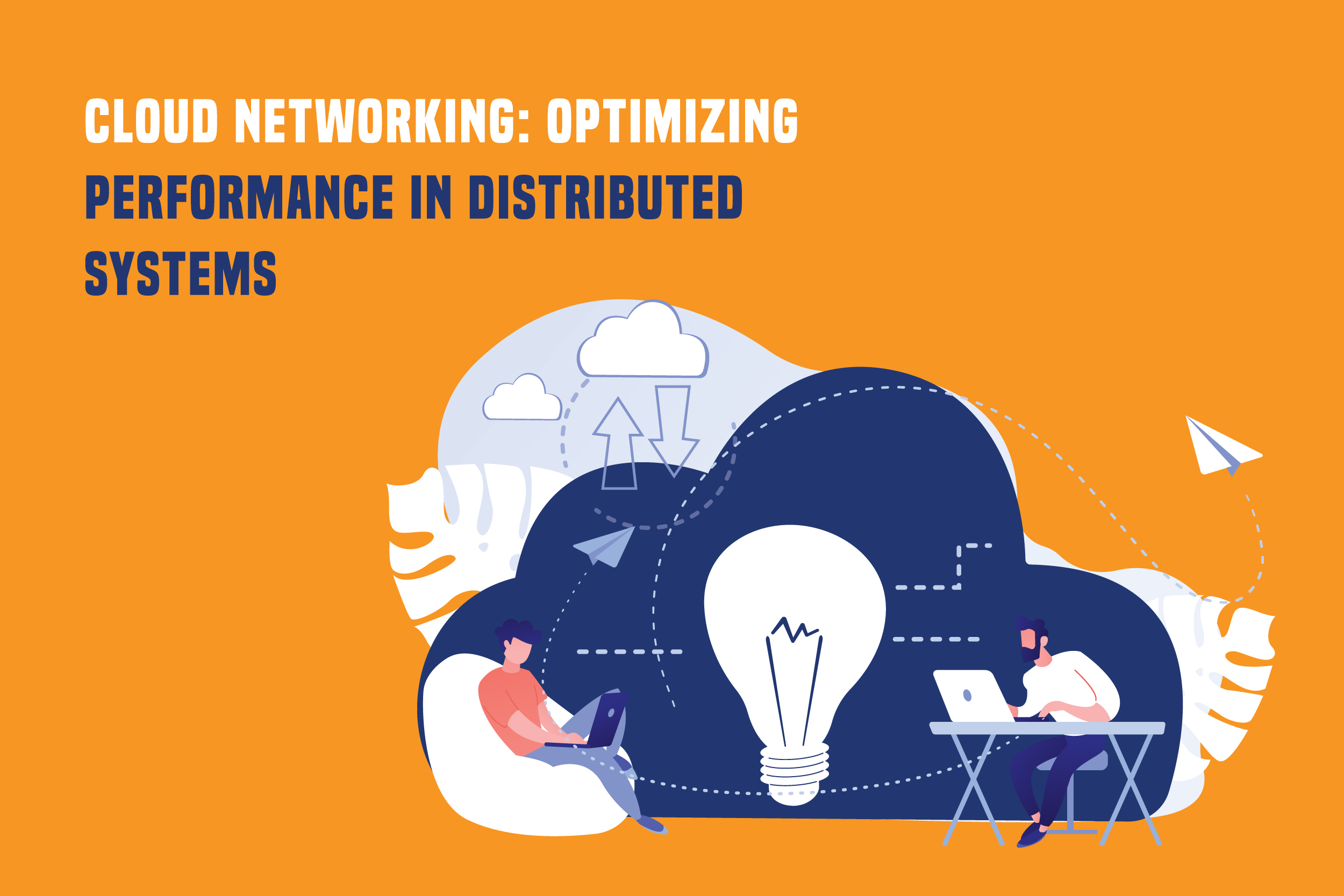
Cloud networking is pivotal in optimizing performance within distributed systems, particularly in Cloud Transformation. So, this paradigm shift involves migrating traditional on-premises infrastructure and applications to cloud environments, leveraging their scalability, flexibility, and cost-effectiveness. The key objective is to enhance overall system performance and efficiency through advanced networking solutions tailored to the cloud ecosystem.
In the realm of Cloud Transformation, the foundation lies in the seamless integration of networking capabilities with cloud services. This integration allows organizations to scale resources dynamically, ensuring optimal performance based on fluctuating demands. Cloud-native networking solutions, such as Virtual Private Clouds (VPCs) and Software-Defined Networking (SDN), enable the creation and management of network infrastructure programmatically, aligning with the agile nature of cloud environments.
One essential aspect of optimizing performance in distributed systems during Cloud Transformation is the efficient utilization of resources. Cloud networking facilitates allocating and reallocating computing resources on-demand, preventing underutilization or over-provisioning. This dynamic resource allocation ensures that applications receive the necessary computing power and network bandwidth, enhancing performance and responsiveness.
Moreover, the geographical dispersion of cloud data centres introduces the concept of edge computing, a crucial component of Cloud Transformation. Content Delivery Networks (CDNs) further amplify this effect by caching and delivering content from edge servers, reducing latency and optimizing data distribution in a globalized cloud environment.
So, security is another critical dimension of Cloud Transformation, and cloud networking plays a pivotal role in fortifying distributed systems. This security-by-design approach is integral to Cloud Transformation, mitigating data breaches and unauthorized access risks.
Cloud Transformation necessitates a strategic approach to cloud networking to optimize performance in distributed systems. Organizations can leverage cloud-native networking solutions, dynamic resource allocation, edge computing, and robust security measures to unlock the cloud’s full potential. This leads to improved operational efficiency and empowers businesses to stay agile and responsive in the ever-evolving digital landscape.
Read More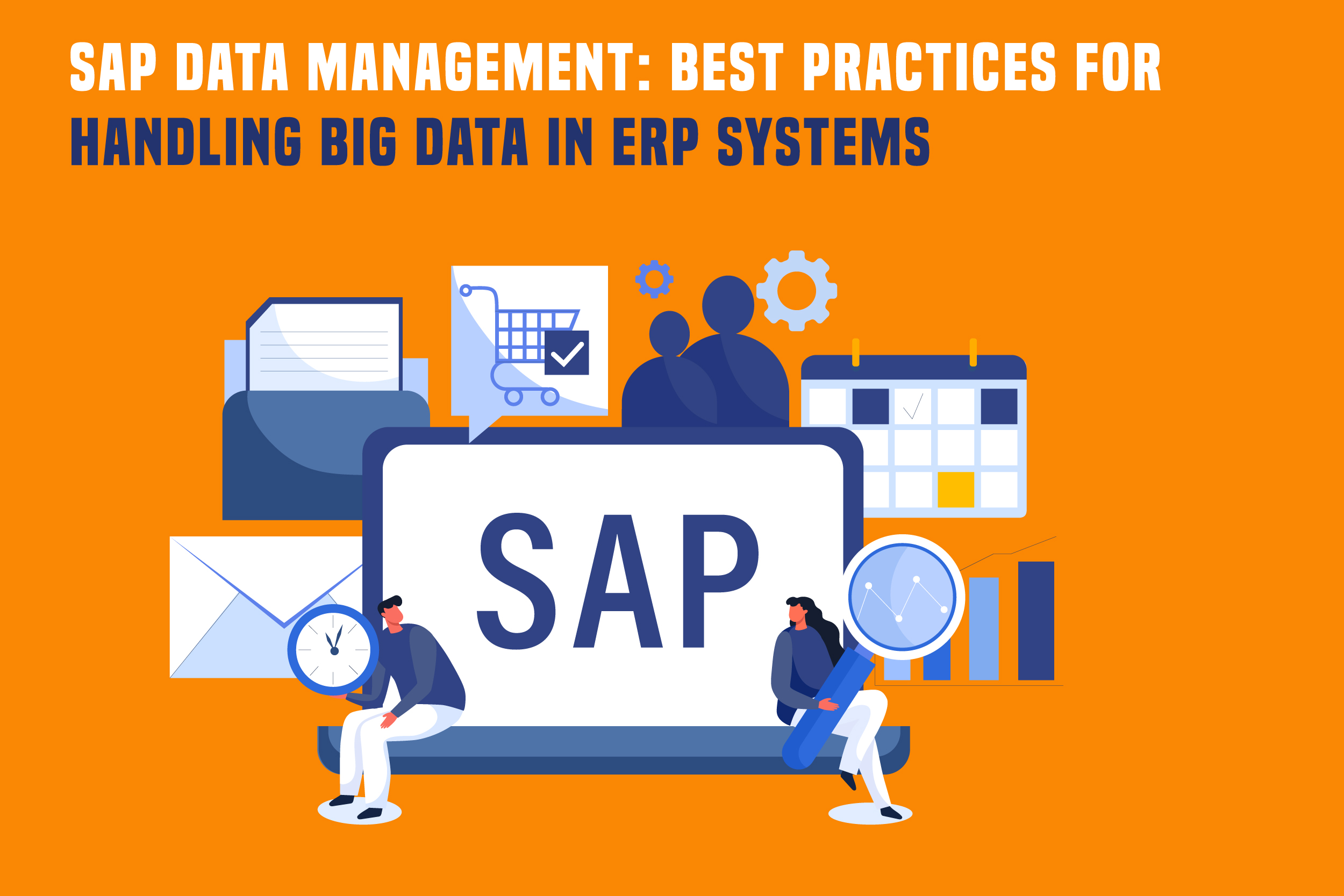
In enterprise resource planning (ERP), SAP systems are robust solutions that efficiently manage and integrate various business processes. As businesses accumulate massive volumes of data, effective SAP data management becomes crucial for optimal performance. This article delves into the best practices for handling big data within SAP ERP systems, emphasizing the role of SAP consulting services in achieving seamless operations.
SAP systems are renowned for their ability to streamline business operations, but as data grows exponentially, organizations face storage, processing, and analysis challenges. Implementing best practices for handling big data in SAP ERP systems requires a strategic approach, and engaging SAP consulting services proves instrumental in navigating this complex landscape.
One key aspect of efficient SAP data management involves data governance and quality. SAP consulting services are pivotal in establishing robust data governance frameworks and ensuring data accuracy, completeness, and consistency.
The SAP ERP systems often interact with various data sources within an organization. SAP consulting services assist in designing and implementing effective data integration strategies, enabling seamless data flow across different modules and departments. This ensures a holistic view of business operations and enhances overall efficiency.
Security is paramount when handling big data, and SAP consulting services address this aspect comprehensively. So, they assist in implementing robust security measures to safeguard sensitive information. This includes role-based access controls, encryption, and regular security audits to identify and mitigate potential vulnerabilities.
So, scalability is a key consideration for businesses experiencing growth of the organization. SAP consulting services help organizations design scalable architectures to accommodate increasing data volumes without compromising performance. This ensures that SAP ERP systems can adapt to the evolving needs of the business.
So, SAP consulting services provide the expertise to implement best practices, including data governance, integration, performance optimization, security, and scalability. By partnering with experienced consultants, organizations can unlock the full potential of their SAP ERP systems
Read More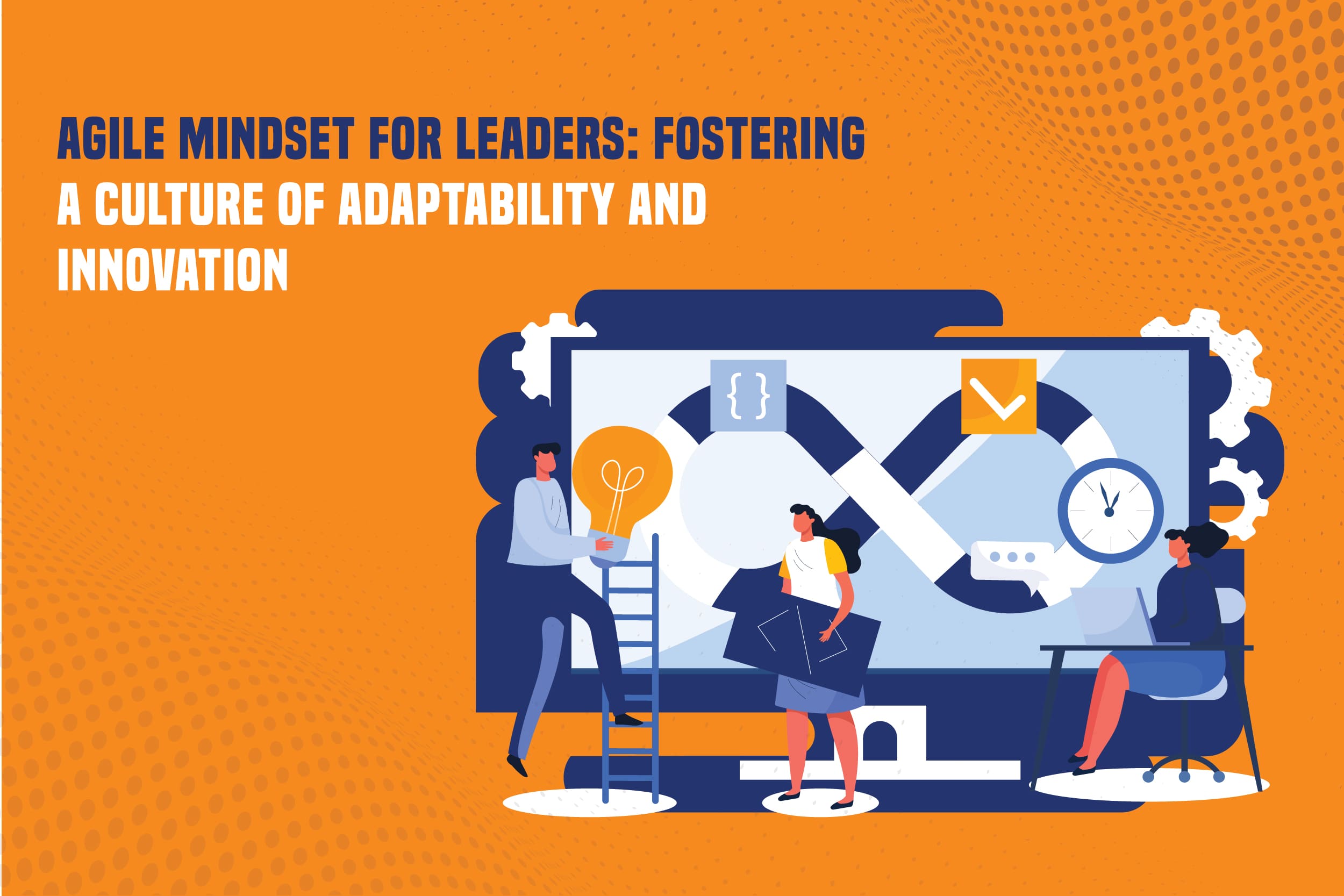
In the ever-evolving landscape of business and leadership, fostering an Agile Mindset among leaders is imperative for organizations to thrive. This mindset revolves around the principles of Agile Transformation, emphasizing adaptability, collaboration, and innovation as essential components of effective leadership.
Agile Transformation, a concept rooted in Agile methodology, transcends its application in project management and extends to shaping organizational culture and leadership approaches. An Agile Mindset for leaders involves embracing change, responding to uncertainty with resilience, and promoting a culture where innovation flourishes.
Leaders who embrace an Agile Mindset recognize that today’s fast-paced and unpredictable business environment often requires them to revise traditional, rigid structures and hierarchical management styles. Adaptability is a cornerstone of this mindset. Agile leaders comprehend that change is not merely a disruption; rather, it presents an opportunity for growth.ther, it is an opportunity for growth. They create a culture where teams are empowered to adapt swiftly to market shifts, customer needs, and unforeseen challenges. By fostering a mindset that embraces change, leaders contribute to the agility and responsiveness of the entire organization.
Leaders promoting Agile Transformation recognize that cross-functional teamwork and open communication are essential for success. This collaborative approach breaks down silos, encourages knowledge sharing, and enables diverse perspectives to contribute to problem-solving. In an Agile culture, leaders actively engage with team members, valuing their insights and fostering an environment where everyone feels heard and appreciated.
Agile Transformation is not just a set of practices but a mindset that leaders embody and champion throughout the organization. Therefore, it entails establishing an environment wherein teams feel empowered, motivated, and supported to deliver value swiftly and efficiently.
It positions the organization to navigate change effectively, stay ahead of the competition, and deliver value to customers consistently. Ultimately, adopting an Agile Mindset represents a strategic investment in the resilience, adaptability, and innovation capabilities essential for sustained success in the modern business world.
Read More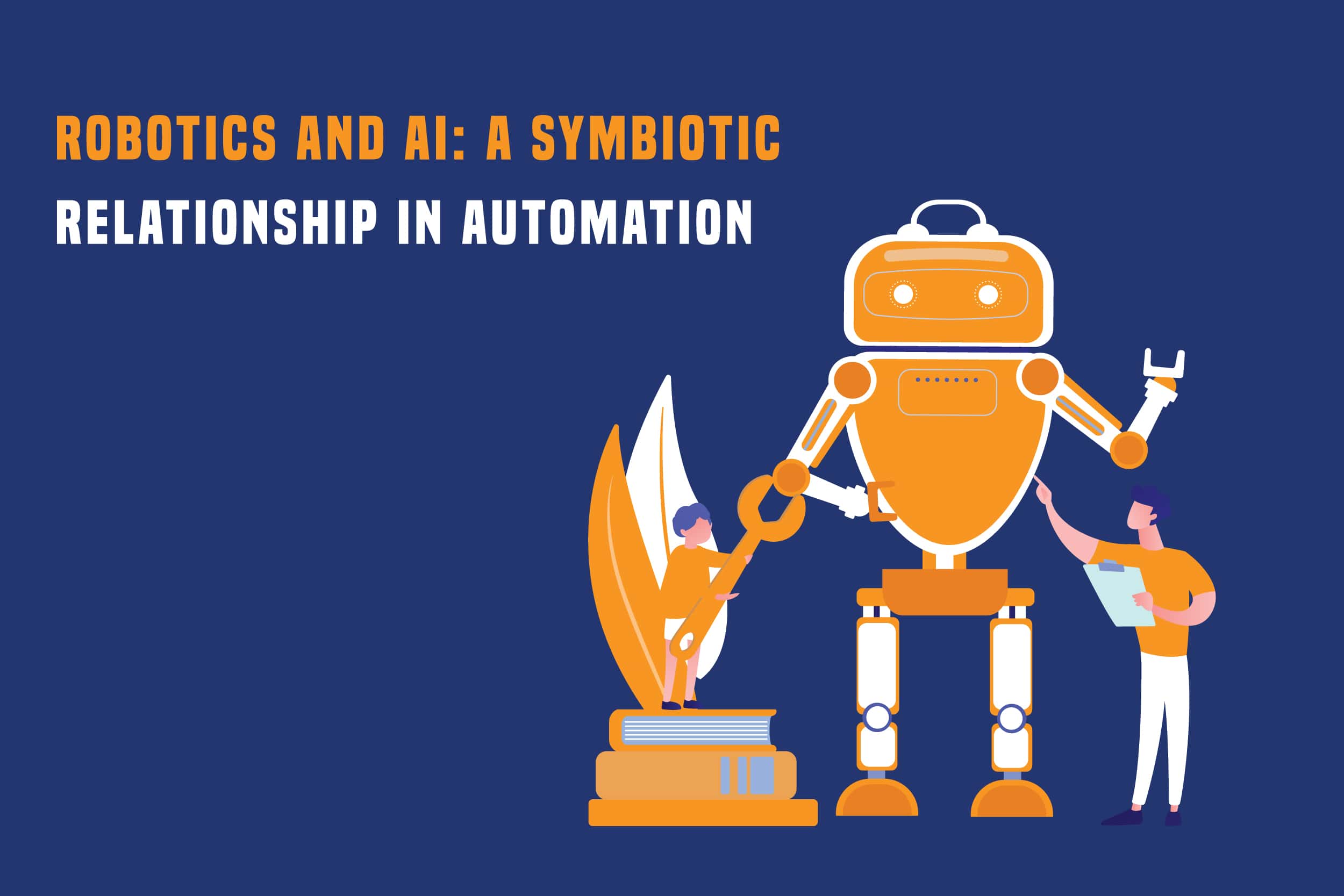
In the dynamic landscape of technological innovation, the intersection of Robotics and Artificial Intelligence (AI) has ushered in a transformative era of automation. This synergy between Robotics and AI creates a symbiotic relationship, unlocking unprecedented possibilities and redefining how we approach various industries and tasks.
One of the fundamental driving forces behind this collaboration is the quest for enhanced automation across diverse sectors. AI can rapidly process vast amounts of data, identify patterns, and learn from experience. When integrated into robotic systems, this cognitive prowess allows for a level of adaptability and intelligence that is revolutionizing industries such as manufacturing, healthcare, logistics, and beyond.
The transformative impact of this symbiotic relationship is not confined to a specific industry but extends to the fabric of our daily lives. So, smart homes equipped with robotic assistants driven by AI showcase the seamless integration of these technologies.
Moreover, the continuous development of this synergy underscores the importance of innovation in artificial intelligence. As AI algorithms become more sophisticated and capable of intricate decision-making, the potential applications of Robotics and AI continue to expand. The notion of self-learning systems, where robots can adapt and improve their performance over time, points towards a future where automation becomes both efficient and highly intelligent.
However, the rise of AI-powered robotics raises ethical considerations and challenges, particularly in areas like job displacement and the responsible use of autonomous systems. As these technologies advance, it becomes imperative for stakeholders, including IT consulting services, to guide the development and deployment of Robotics and AI with a commitment to ethical practices, transparency, and human welfare.
This fusion of physical and cognitive capabilities, driven by artificial intelligence. So, it enhances efficiency but also opens the door to a future where intelligent automation and integral part of our rapidly evolving technological landscape.
Read More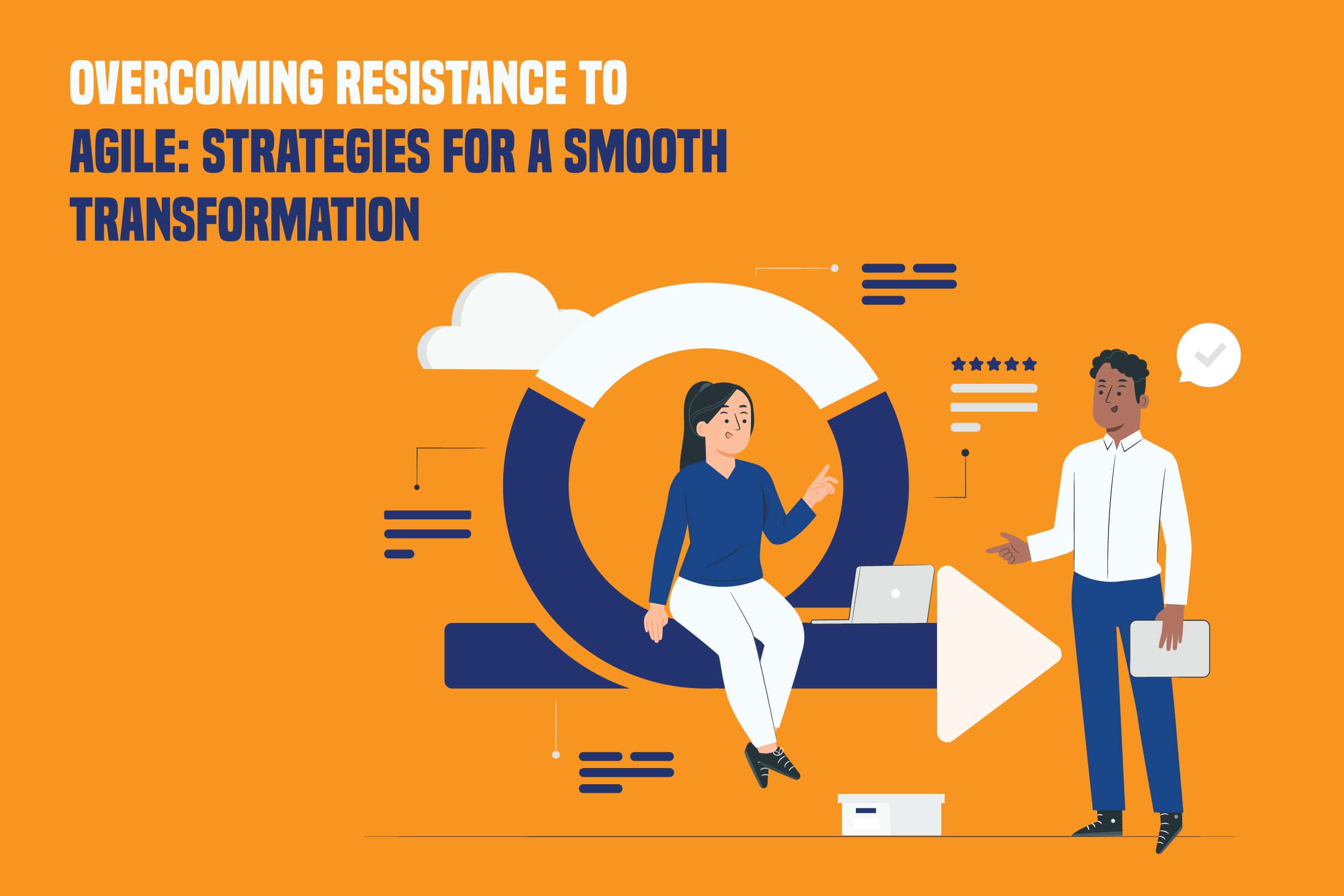
Agile transformation is critical for organizations seeking to enhance adaptability and responsiveness in an ever-changing business landscape. Overcoming resistance to Agile is a common challenge during this transformative journey, but employing strategic approaches can pave the way for a smoother transition.
So, effective communication addresses concerns and fosters a shared understanding of Agile principles. Leaders must articulate the benefits of Agile methodologies, emphasizing increased collaboration, faster delivery cycles, and improved customer satisfaction. By creating a compelling narrative around the advantages of Agile, organizations can align teams and stakeholders toward a shared vision.
Furthermore, a phased approach to Agile adoption can help mitigate resistance. Breaking the transformation into manageable increments allows teams to gradually acclimate to new practices, reducing the impact on daily operations.
Employee training is another crucial aspect of Agile transformation. Investing in comprehensive training programs ensures team members acquire the necessary skills and knowledge to thrive in Agile environments.
In addition, creating cross-functional teams enhances collaboration and breaks down silos, a fundamental tenet of Agile. By cultivating a space where diverse skills come together, organizations tap into their workforce’s collective intelligence, driving innovation and adaptability. This collaborative mindset shift breaks down resistance, as employees see Agile practices’ positive effects firsthand.
Regular feedback loops are essential for monitoring progress and addressing concerns in real time. Establishing mechanisms for open communication ensures that any issues arising during the Agile transformation can be swiftly identified and addressed. This iterative approach allows organizations to adapt their strategies based on continuous feedback, reinforcing the commitment to improvement.
So, overcoming resistance to Agile transformation requires a multifaceted strategy encompassing effective communication, phased implementation, comprehensive training, leadership commitment, cross-functional collaboration, and continuous feedback loops. By integrating these elements into the transformation process, organizations can navigate challenges more smoothly and foster a culture of agility and innovation.
Read More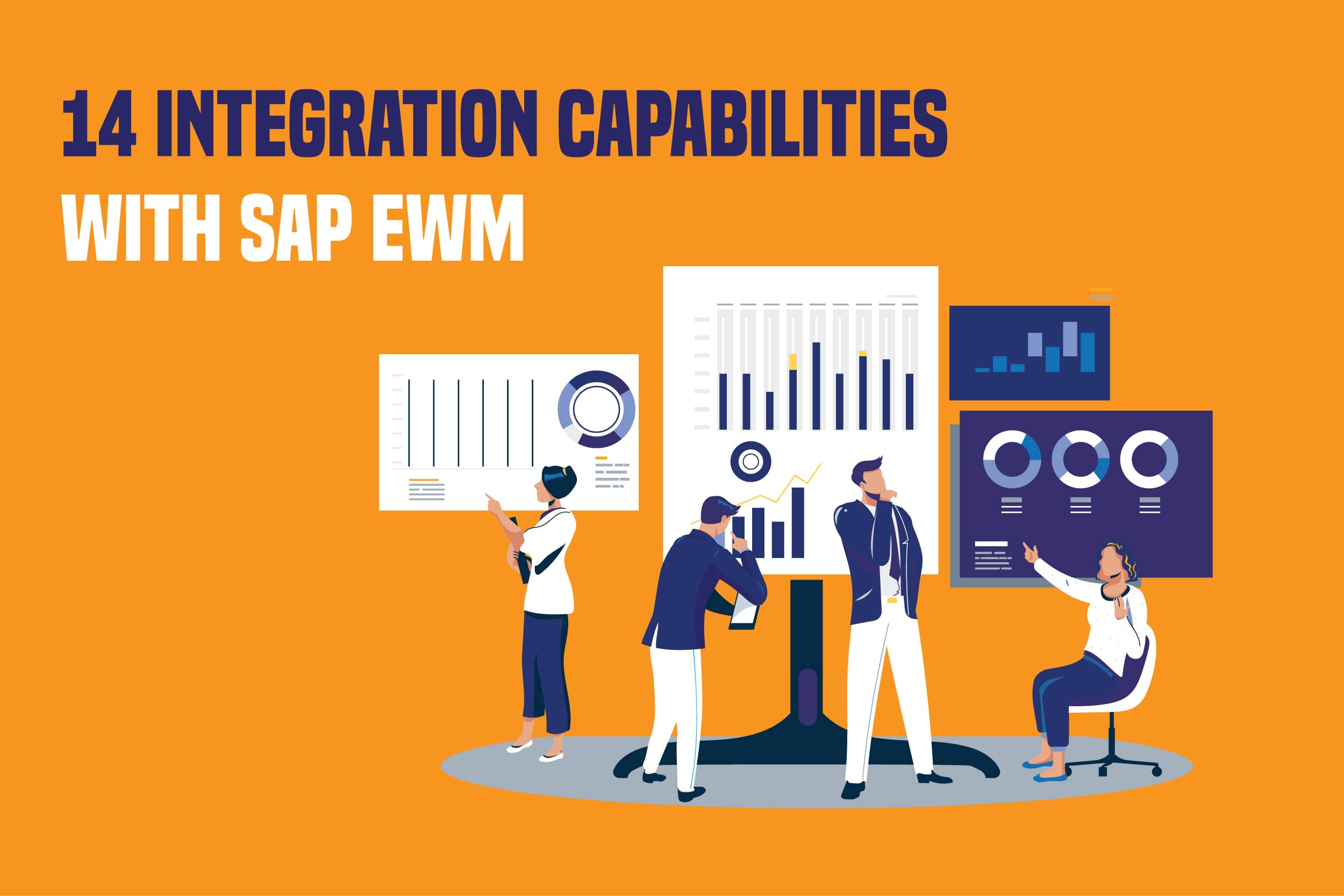
In the fast-paced landscape of modern supply chain management, businesses are turning to SAP Extended Warehouse Management (EWM) to streamline operations and enhance efficiency. So, let’s explore 14 key integration features that can propel your warehouse management to new heights when harnessed with strategic consulting.
SAP EWM integrates seamlessly with various ERP systems, providing real-time visibility across the supply chain. Expert consultants ensure a harmonious flow of information for informed decision-making.
Harness the power of SAP EWM’s integration with analytics tools to derive actionable insights. So, SAP consulting services enable businesses to leverage data for predictive analytics and optimize warehouse performance.
Integrate SAP EWM with Transportation Management Systems (TMS) for a holistic approach to logistics. This integration optimizes routes, reduces costs, and enhances overall supply chain efficiency.
Combine SAP EWM with automation technologies such as robotics and autonomous vehicles for a synchronized and efficient warehouse ecosystem. SAP consulting services facilitate a seamless integration of these technologies.
Strengthen supplier relationships by integrating SAP EWM with supplier portals and systems. This ensures a smooth flow of information, from order creation to delivery, fostering collaboration and reducing lead times.
SAP EWM seamlessly integrates with e-commerce platforms and marketplaces, enabling businesses to manage multi-channel fulfillment effortlessly. So, consultants tailor these integrations to meet the unique demands of each sales channel.
Enable workforce mobility by integrating SAP EWM with mobile solutions. SAP consulting services optimize mobile integration for inventory tracking, picking, and shipping tasks, enhancing overall operational agility.
Integrate SAP EWM with quality management systems to ensure that only the highest quality products reach customers. Consultants design quality checks and workflows that align with industry standards and specific business requirements.
So, ensure compliance with industry and regulatory standards by integrating SAP EWM with compliance management systems. SAP consulting services help businesses navigate complex regulatory landscapes and implement solutions that meet compliance requirements.
So, SAP EWM’s integration capabilities, when coupled with the expertise of SAP consulting services, propel warehouse management into unparalleled efficiency and agility. Businesses can transform their operations, gaining a competitive edge in the dynamic landscape of modern supply chain management.
Read More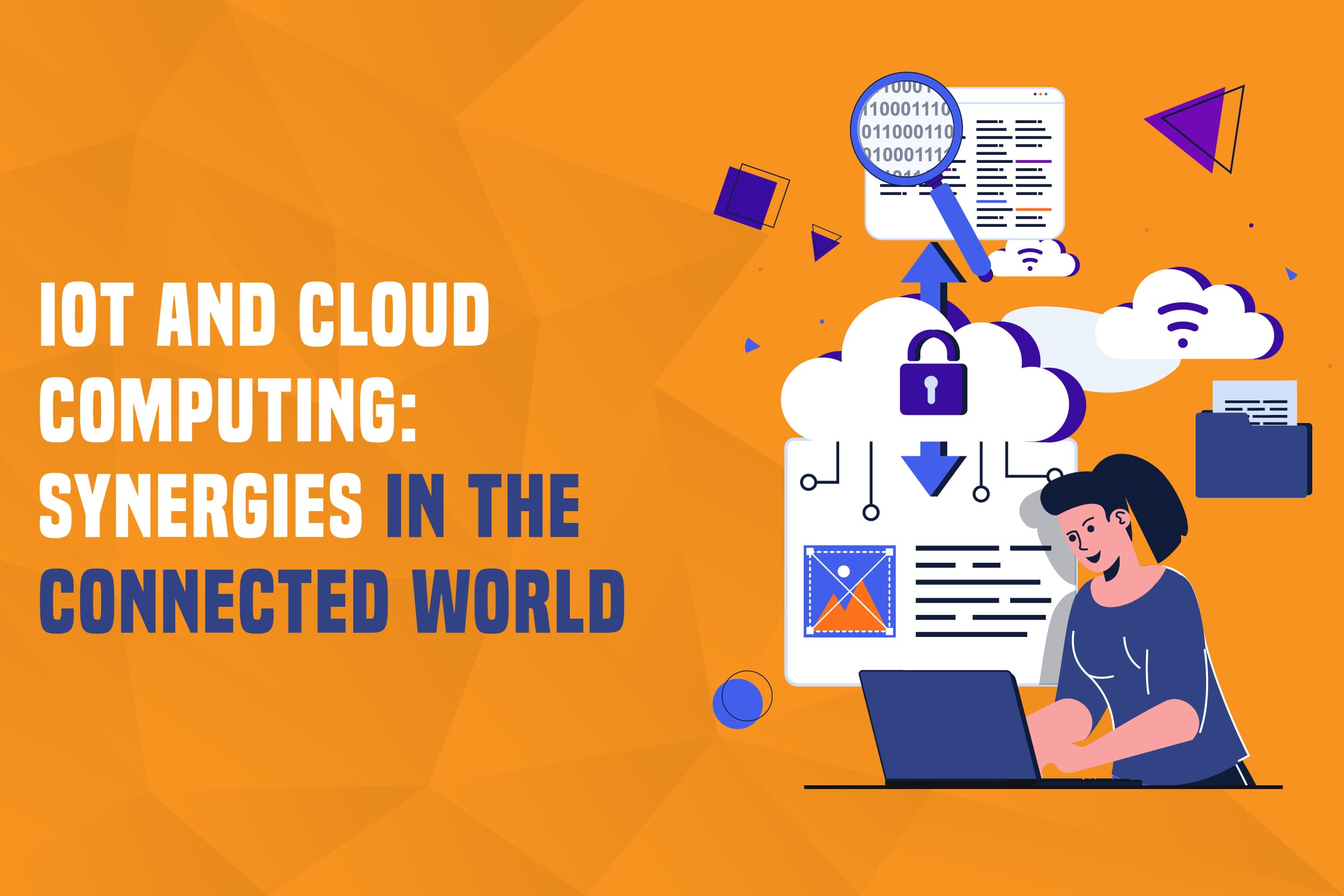
In today’s tech world, the merging of IoT and Cloud Computing is a game-changer, redefining connectivity. This union unleashes limitless potential, guided by IT consulting. The beauty of this synergy lies in the ability to connect, collect, and process data from a myriad of IoT devices. It is creating a seamless flow of information that can be harnessed and analyzed in the cloud.
One of the key advantages of this partnership is scalability. Cloud Computing allows businesses to scale their infrastructure dynamically, accommodating the growing number of IoT devices and the data they generate. Whether an intelligent city with countless sensors or a smart home with interconnected devices. So, the cloud ensures the system can expand effortlessly to meet evolving demands.
IoT and Cloud Computing collaboration also facilitates real-time data processing and analysis. As data is transmitted from IoT devices to the cloud, businesses can harness the power of analytics to derive actionable insights. This capability is invaluable across various sectors, from predictive maintenance in industrial settings to personalized healthcare monitoring.
Moreover, the cloud empowers remote access to IoT data and control, breaking geographical barriers. Whether monitoring smart energy grids or overseeing a fleet of connected vehicles, Cloud Computing. It ensures stakeholders can access and manage IoT systems from anywhere with an internet connection.
As we stand on the brink of a fully connected world, the synergies between IoT and Cloud Computing, orchestrated by IT consulting services. These are driving innovation and transforming industries. It’s a journey into a connected future where the seamless integration of IoT and Cloud Computing unlocks. So, the potential for unprecedented advancements and improvements in our daily lives.
Read More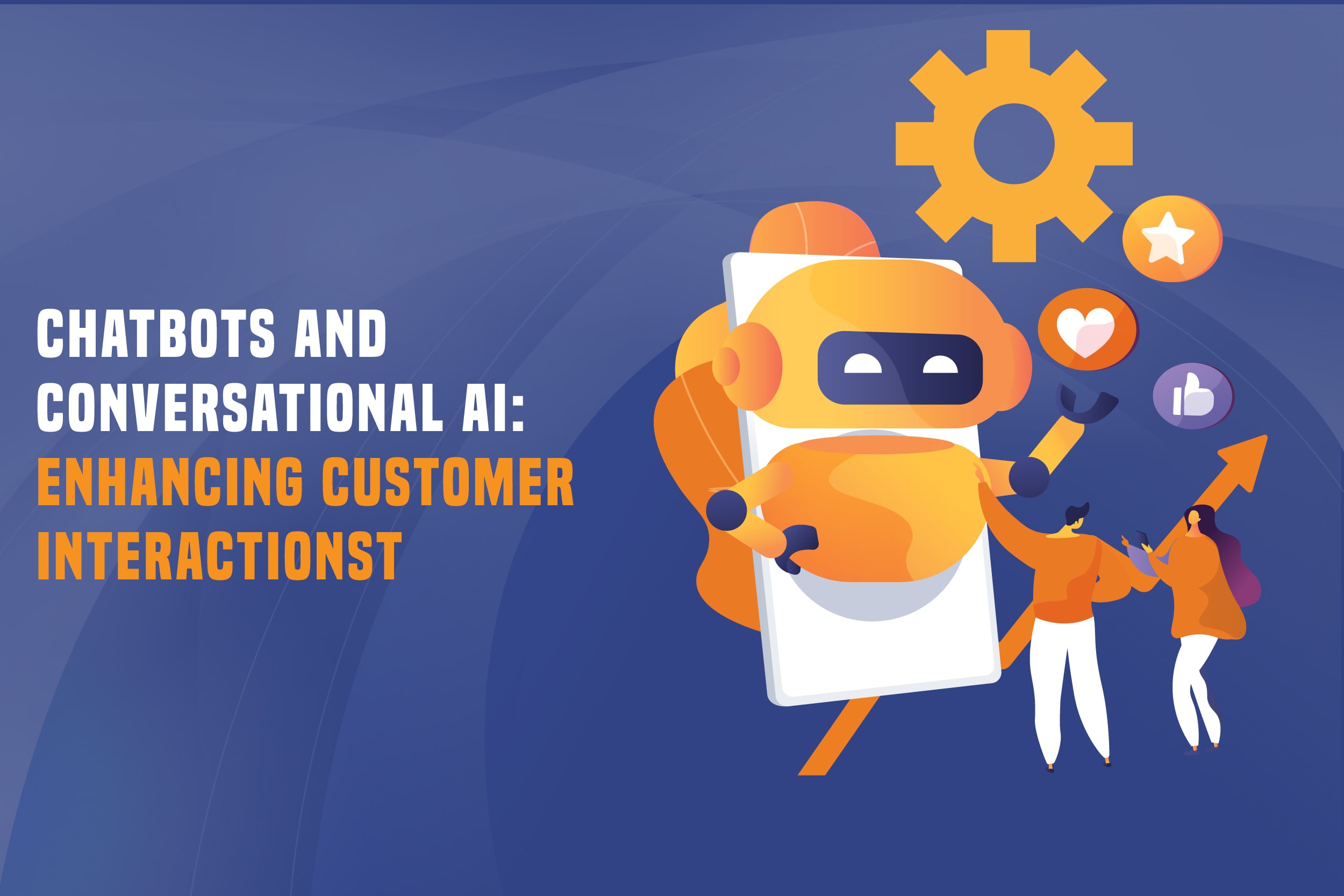
At the heart of this transformation is the role of IT consulting services, serving as the architects of innovation. These consultants bring their technological prowess to the forefront. So it guides businesses in seamlessly integrating Chatbots and Conversational AI into their customer interaction strategies.
One of the key advantages lies in these technologies’ scalability and efficiency. Businesses often face fluctuating customer service demands, and the scalability of Chatbots ensures that they can handle a surge in queries with finesse. IT consulting services play a pivotal role in designing and implementing these solutions, tailoring them to the unique needs of each business to enhance operational efficiency.
IT consultants ensure businesses can provide round-the-clock assistance to customers, transcending traditional constraints of time zones and business hours. So, this constant accessibility is a testament to the transformative power of technology, guided by the strategic insights of IT consulting services.
Moreover, integrating Chatbots and Conversational AI brings forth data-driven insights that are invaluable for businesses. So, IT consultants leverage the capabilities of these technologies to analyze customer interaction data, providing businesses with a deeper understanding of customer preferences, behaviors, and trends. This data-driven approach empowers businesses to make informed decisions of the audiences.
In essence, the marriage of Chatbots and Conversational AI, guided by the expertise of IT consulting services, is a journey into a new era of customer interactions. So, it’s a transformation characterized by enhanced efficiency, personalized experiences, and a customer-centric approach that aligns perfectly with the expectations of the digital age. As businesses embark on this journey, IT consulting services stand as the architects, shaping the future of customer engagement.
Read More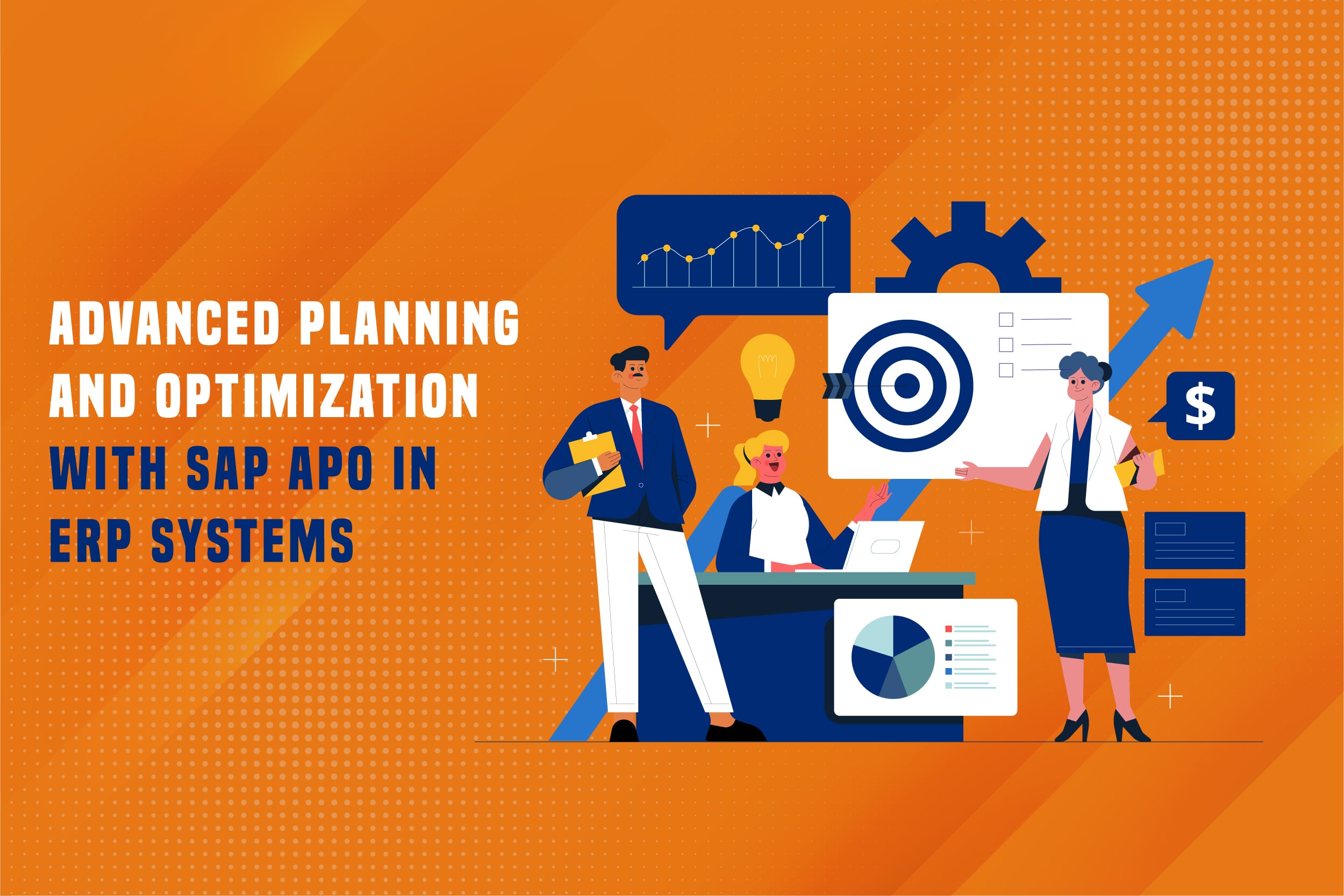
SAP APO transforms supply chain, production, and demand management with its advanced tools, going beyond traditional ERP functions to address modern business complexities. From demand forecasting to inventory management and production scheduling, SAP APO provides a unified platform for strategic decision-making.
One of the critical strengths of SAP APO lies in its ability to integrate seamlessly with existing ERP systems. This integration ensures a smooth transition for organizations looking to enhance their planning and optimization capabilities without disrupting their established workflows. SAP APO acts as a force multiplier, leveraging data-driven insights to improve forecasting accuracy, minimize stockouts, and optimize resource utilization.
With SAP APO’s advanced planning capabilities, businesses gain a competitive edge by aligning their supply chain with market demands. The module facilitates real-time collaboration between different departments, breaking down silos and fostering a more responsive and agile organization.
SAP implementation embraces Industry 4.0, leveraging AI and ML for advanced decision support, ensuring organizations lead in the digital transformation era for sustained growth.
SAP APO is the linchpin for organizations aiming to elevate their ERP systems to unprecedented levels of sophistication. The strategic implementation of SAP APO empowers businesses to navigate the complexities of the modern business landscape. It drives agility, resilience, and competitive edge for future-proof enterprise management.
Read More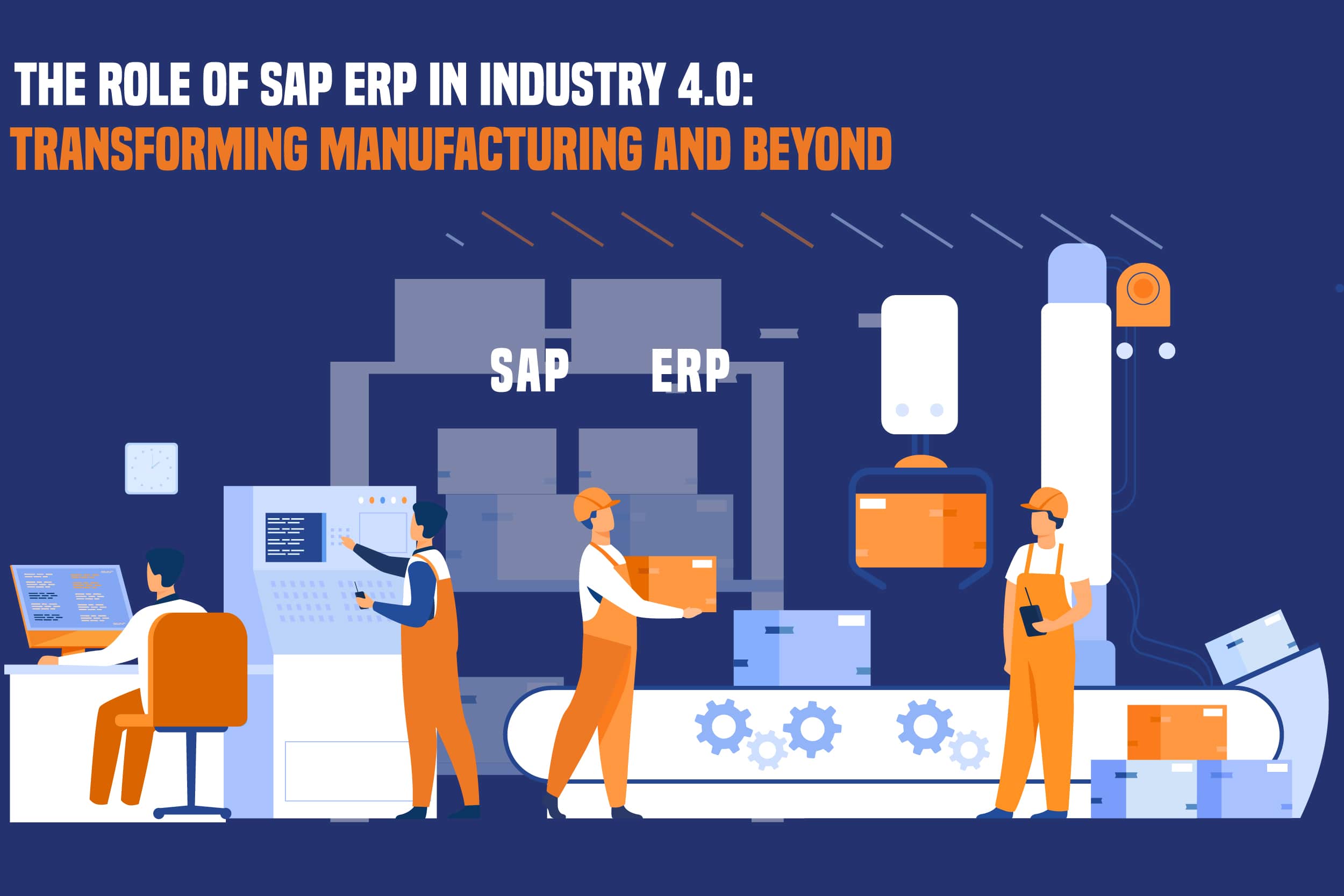
In the dynamic landscape of Industry 4.0, where digitalization and connectivity redefine the way businesses operate, the role of SAP ERP stands out as a transformative force, reshaping the manufacturing sector and extending its impact far beyond.
At the heart of this revolution is the strategic implementation of ERP systems, specifically SAP ERP, which acts as a linchpin for businesses navigating the complexities of Industry 4.0. ERP, or Enterprise Resource Planning, streamlines and integrates core business processes, providing a centralized data management, collaboration, and decision-making platform.
SAP ERP, a frontrunner in the ERP domain, is pivotal in aligning manufacturing processes with the tenets of Industry 4.0. This intelligent software leverages advanced technologies such as the Internet of Things (IoT), artificial intelligence (AI), and machine learning (ML), fostering a connected ecosystem where machines, systems, and people communicate seamlessly.
So, the implementation of SAP ERP brings forth a myriad of benefits for manufacturing entities. Real-time data visibility ensures decision-makers can access up-to-the-minute insights, enabling agile responses to market fluctuations and changing customer demands. With a unified data repository, redundant tasks are minimized, promoting operational efficiency and reducing the risk of errors.
Moreover, SAP ERP facilitates a holistic approach to resource management, optimizing the utilization of materials, workforce, and machinery. This enhances productivity and contributes to cost savings and sustainability, aligning with the overarching goals of Industry 4.0.
So, collaboration is a cornerstone of SAP ERP’s impact, breaking down silos and fostering cross-functional communication. As businesses evolve beyond traditional manufacturing paradigms, SAP ERP becomes a catalyst for digital transformation. It provides the foundation for intelligent factories where automation, data analytics, and predictive maintenance converge. So, it can help to create a more responsive and adaptive production environment.
So, Through strategic ERP implementation, businesses optimize their operational processes and position themselves at the forefront. The digital revolution, ready to capitalize on the opportunities of a connected and intelligent future.
Read More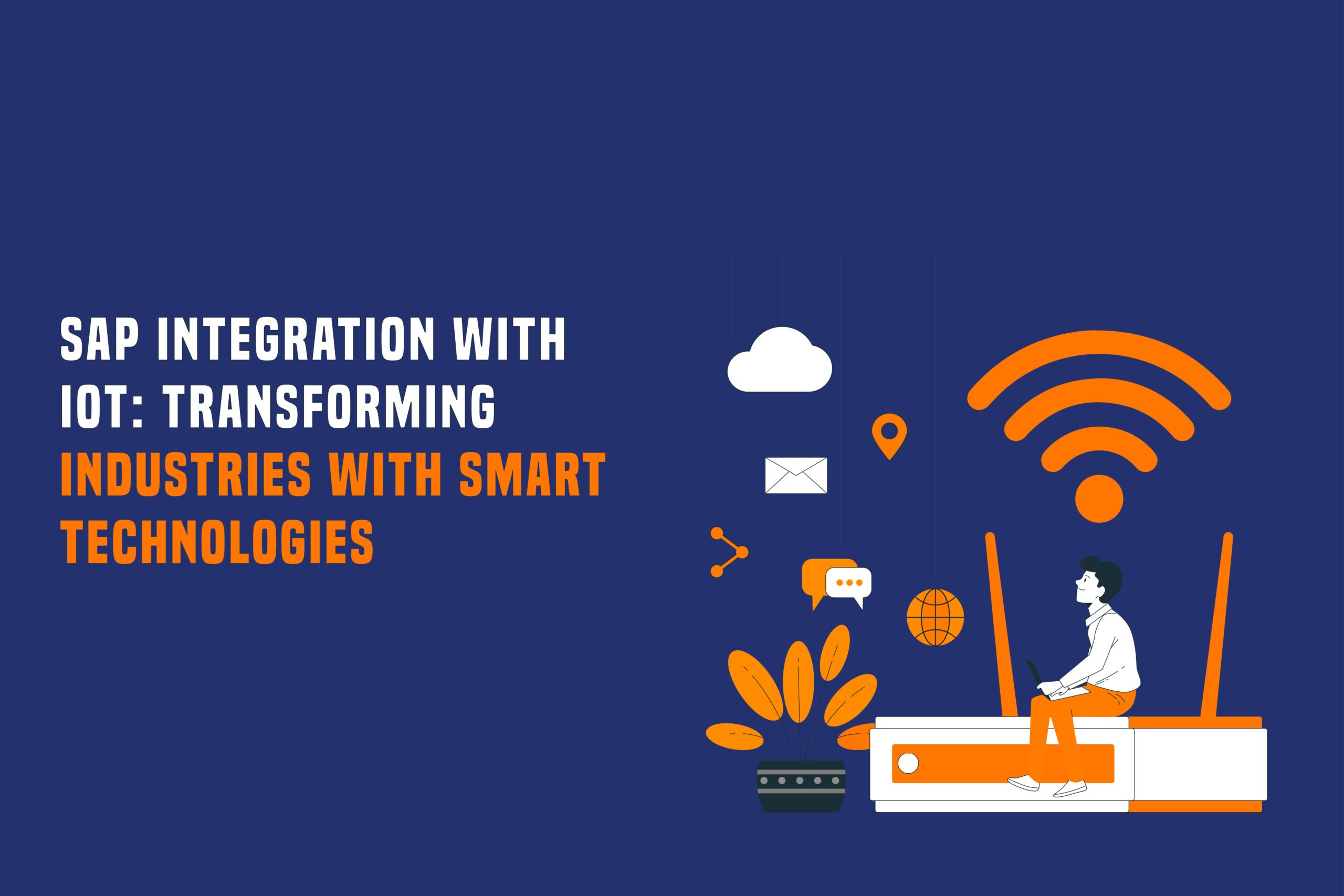
SAP implementation has been a cornerstone for enterprises seeking comprehensive solutions to manage business processes efficiently. When coupled with IoT, this integration propels industries into a new realm of connectivity and intelligence. IoT refers to the network of interconnected devices that communicate and share data, and when seamlessly integrated with SAP, it opens avenues for unprecedented innovation and operational enhancements.
The synergy between SAP and IoT brings about a transformation in how industries operate. SAP’s powerful business suite combined with real-time data from IoT devices revolutionizes decision-making across industries like manufacturing, logistics, healthcare, and energy. So, this integration ensures businesses access a unified and holistic view of their operations, promoting agility and responsiveness.
One of the key benefits of SAP Implementation with IoT is optimizing processes. Organizations can continuously monitor devices and assets, streamline their workflows, identify inefficiencies, and proactively address issues. This not only enhances operational efficiency but also reduces downtime and associated costs.
Moreover, SAP and IoT collaboration facilitates predictive maintenance strategies. By leveraging real-time data from IoT sensors embedded in equipment, organizations can predict when maintenance is required, preventing unexpected breakdowns and extending the lifespan of assets. So, SAP and IoT integration offer unprecedented visibility in industries where supply chain management is critical. By tracking goods in transit, organizations can enhance supply chain responsiveness and resilience, optimizing inventory levels.
Security is top priority in the digital realm, and integrating SAP with IoT ensures data integrity and confidentiality. With a secure framework in place, organizations can harness the benefits of IoT without compromising data privacy or system vulnerabilities. As industries continue to evolve, the collaboration between SAP and IoT is set to redefine the standards of operational excellence, innovation, and competitiveness in the global business landscape.
Read More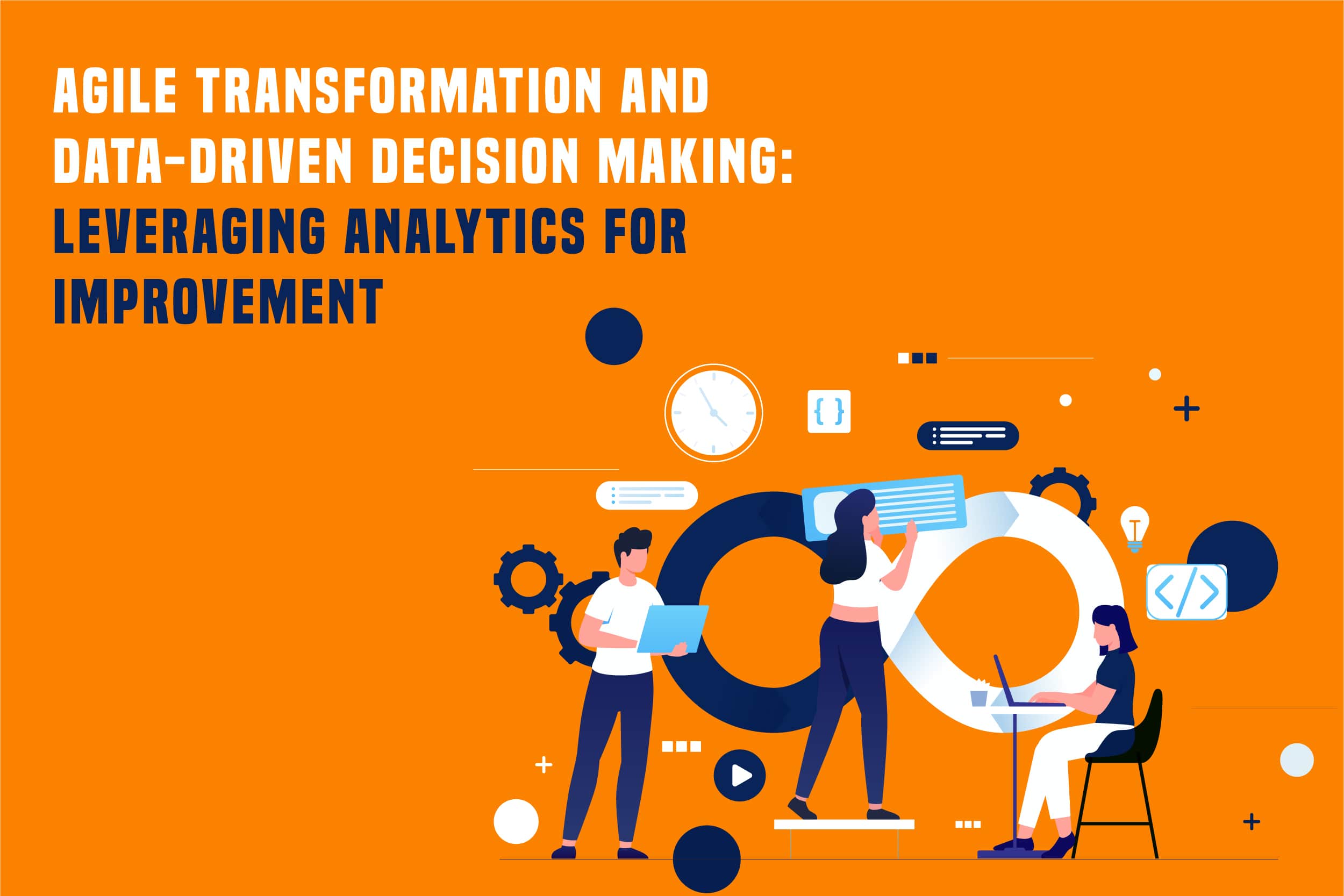
Agile Transformation represents a paradigm shift in organizational approaches, emphasizing adaptability and collaboration. When coupled with Data-Driven Decision Making, organizations can unlock powerful insights to propel continuous improvement.
The core tenets of Agile Transformation involve fostering a culture of flexibility, responsiveness, and iterative progress. This methodology is not limited to software development; it extends to various sectors where adaptability is critical to thriving in today’s rapidly changing business landscape. So, agile transformation encourages cross-functional teams to collaborate closely, respond swiftly to changes, and prioritize customer satisfaction.
Integrating Data-Driven Decision Making into the Agile Transformation process amplifies its impact. By leveraging analytics, organizations gain a deeper understanding of their processes, teams, and customer interactions. This data-centric approach enables informed decision-making at every stage of the Agile journey. So, metrics and analytics provide valuable insights into project performance, allowing teams to identify bottlenecks, measure efficiency, and optimize workflows.
One significant advantage of combining Agile Transformation with data-driven practices is the ability to make real-time adjustments based on empirical evidence. Agile methodologies emphasize the importance of feedback loops, and data-driven decision-making complements this by providing quantitative feedback. Teams can use analytics to assess changes’ impact, measure iterations’ success, and refine strategies accordingly.
Moreover, data-driven decision-making reinforces transparency and accountability. So, stakeholders can access objective metrics that track progress, enabling more informed discussions and strategic planning. The synergy between Agile Transformation and data-driven practices is particularly evident in enhancing organizational agility. By analyzing historical data and monitoring key performance indicators, teams can anticipate challenges, adapt to evolving requirements. So, it helps to make data-backed decisions to optimize their Agile processes continuously.
So, this synergy empowers teams to navigate change effectively, respond to customer needs rapidly, and achieve continuous improvement through Agile methodologies’ iterative and data-centric principles. As organizations embark on their Agile journey, embracing data-driven insights will amplify the benefits of Agile Transformation and contribute to a more resilient and forward-thinking organizational culture.
Read More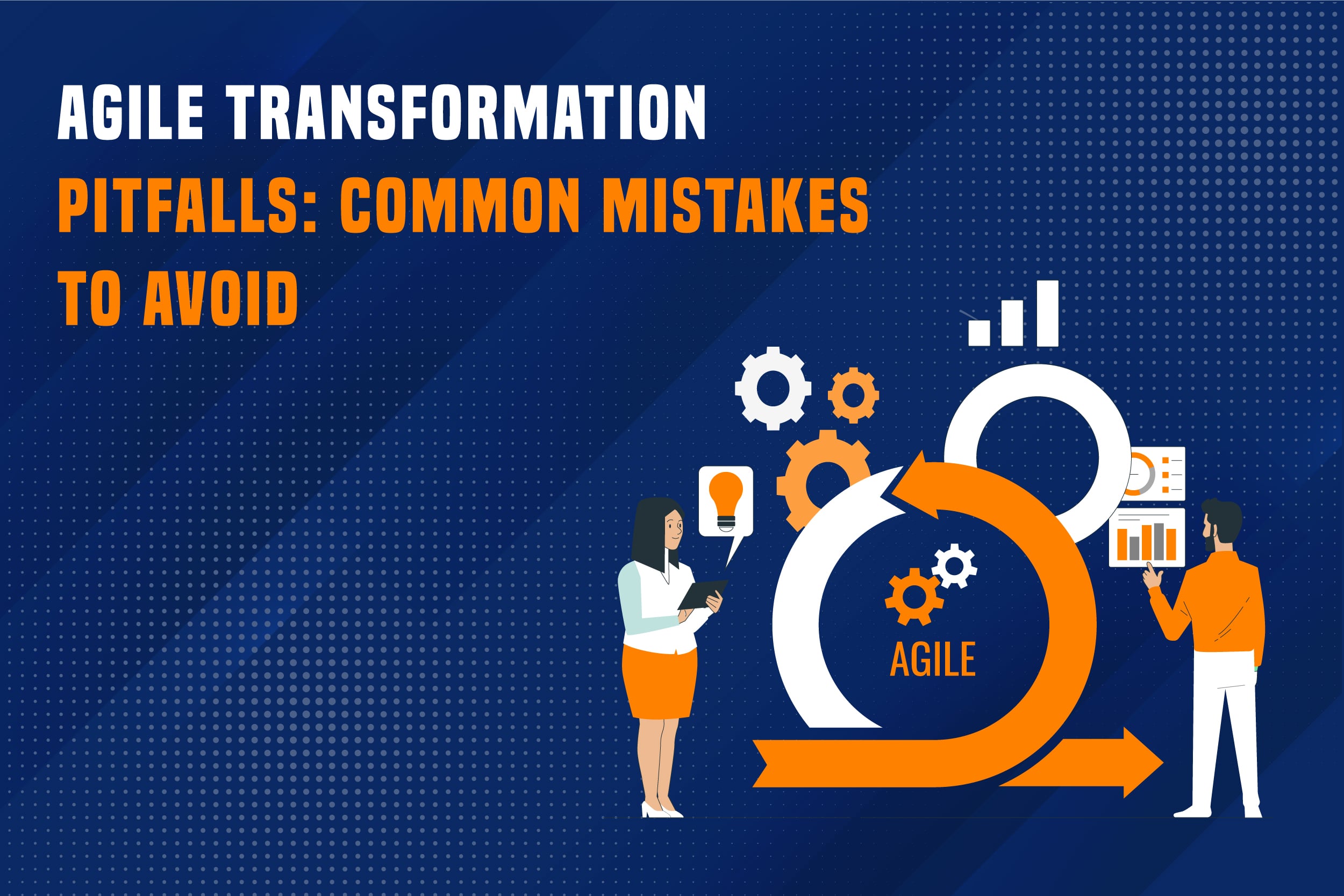
Agile Transformation is a dynamic process that organizations undertake to enhance flexibility, responsiveness, and overall efficiency in their operations. While Agile methodologies offer numerous benefits, the journey has. Successfully navigating an Agile Transformation requires a keen understanding of common pitfalls to avoid.
One prevalent mistake in Agile Transformation is the need for more commitment from leadership. For Agile principles to permeate an organization, leadership must embrace and model the Agile mindset. With top-level buy-in, teams may be able to adopt Agile practices, hindering the transformation’s success. So, effective communication from leadership about the rationale behind Agile Transformation and its long-term benefits is crucial.
Additionally, another area for improvement is the tendency to focus solely on processes and tools rather than individuals and interactions, as emphasized in the Agile Manifesto. So, organizations sometimes need to address the cultural shift required to implement Agile frameworks. Agile Transformation is not just about adopting specific methodologies but fostering a collaborative and adaptive culture where individuals feel empowered to innovate and communicate openly.
Inadequate training and education are common pitfalls that hinder Agile Transformation efforts. So, organizations may only invest in Agile frameworks if they provide comprehensive team training. This lack of knowledge can lead to the interpretation and consistent application of Agile principles, diminishing the effectiveness of the transformation.
Additionally, more collaboration and communication between teams must be needed to ensure Agile Transformation. So, agile emphasizes regular communication and collaboration, breaking down silos and promoting cross-functional teams. When teams work in isolation or fail to communicate effectively, it hinders the flow of information and slows down the iterative and adaptive nature of Agile processes.
Agile Transformation is a powerful journey that demands attention to an organization’s technical and cultural aspects. So, recognizing and addressing common pitfalls, such as leadership commitment, cultural alignment, training, change resistance, collaboration, and metrics. It enhances organizations’ chances of a successful and sustainable Agile Transformation.
Read More
In the evolving realm of Enterprise Resource Planning (ERP), integrating AI and Machine Learning has become crucial.. Propelling businesses into a new era of efficiency and innovation. The fusion of ERP and advanced technologies is transforming how organizations handle processes and adapt to changing market demands.
AI is reshaping ERP systems by mimicking human intelligence, allowing them to learn, adapt, and automate intricate tasks.. Machine Learning adds another layer of sophistication by allowing systems to learn from data patterns and improve without explicit programming. Together, they empower ERP systems to analyze vast datasets, derive meaningful insights, and make data-driven predictions, ultimately enhancing decision-making processes.
So, one of AI and ML contributions to ERP is automating routine tasks. ntelligent systems efficiently handle repetitive tasks, saving valuable time and resources. This reduces the risk of human error and liberates employees to focus on more strategic and creative aspects of their roles. From inventory management to financial forecasting, incorporating AI and ML in ERP streamlines operations, fostering a more agile and responsive organizational structure.
Security, a paramount concern in the digital age, receives a considerable boost from AI in ERP. Machine Learning algorithms can detect anomalies in data patterns, identify potential security threats, and respond in real-time to mitigate risks. This proactive approach to cybersecurity is essential in safeguarding sensitive business information and maintaining the integrity of ERP systems.
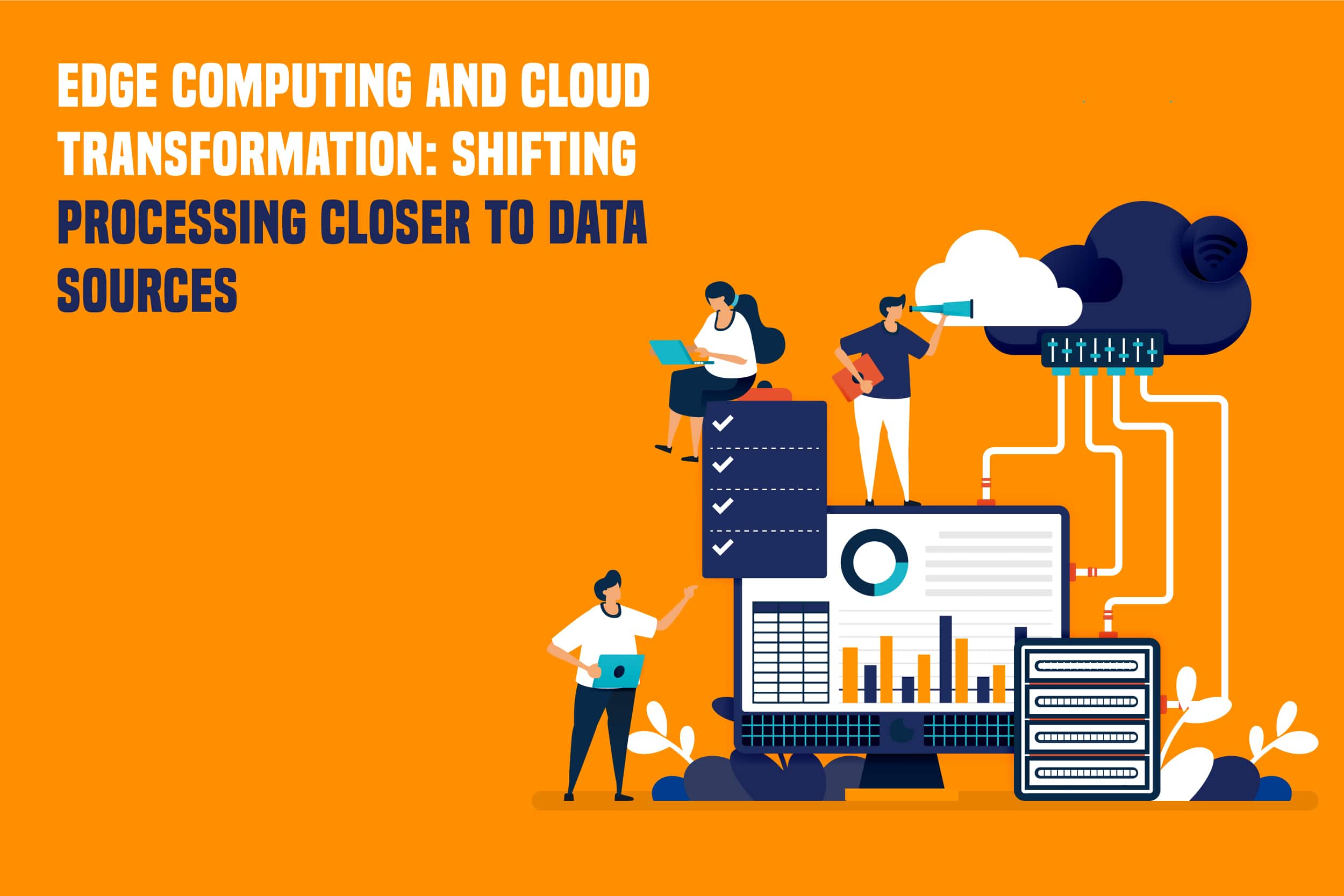
In the rapidly evolving landscape of technology, the convergence of Edge Computing and Cloud Transformation is reshaping the way data is processed, offering a dynamic solution to the challenges of latency, bandwidth, and real-time processing demands. Leveraging transformative synergy, organizations harness cloud power, strategically shifting processing closer to data for efficiency and performance gains.
At its core, Edge Computing represents a paradigm shift in how we approach data processing. Traditionally, data has been sent to centralized cloud servers for analysis and storage. The increasing prevalence of IoT devices and growing data at the network’s edge diminishes the efficiency of this traditional approach. Edge computing processes data closer to its source, reducing latency and enhancing efficiency. This transformative approach complements cloud computing by decentralizing computations, enabling real-time analysis, and improving performance for applications that demand low latency and high responsiveness.
Cloud Transformation, on the other hand, signifies the evolution of traditional cloud computing models. Cloud computing revolutionized scalability and accessibility. Edge Computing introduces distributed and decentralized approaches, further transforming the landscape. This transformation recognizes that not all data needs to traverse back and forth to a central cloud server, especially when real-time processing is crucial.
Moreover, this approach enhances bandwidth efficiency by processing data locally at the edge, reducing the volume transmitted to the cloud. This not only results in cost savings but also makes it possible to deploy applications in environments where high bandwidth is a constraint.
So, the symbiotic relationship between Cloud Computing and Cloud Transformation is redefining the contours of data processing. It offers a holistic solution that balances the advantages of cloud computing with the imperative for decentralized, edge-based processing. As organizations adapt, they lead in innovation, meeting data-driven demands while optimizing efficiency and performance in a real-time world.
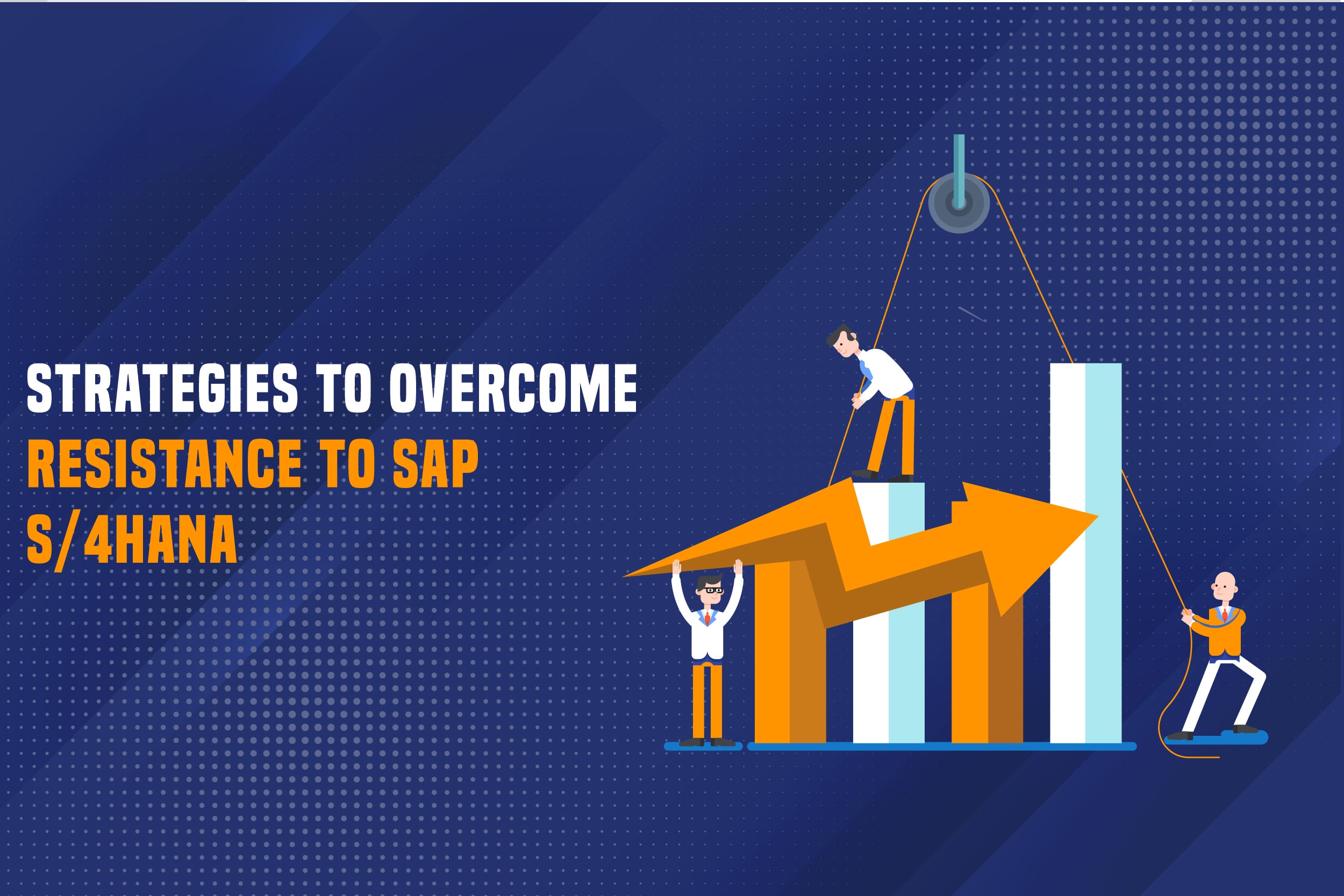
Successfully transitioning to SAP S/4HANA requires technological adeptness and a keen understanding of change management. Resistance to SAP S/4HANA implementation can stem from various sources, including fear of disruption, lack of familiarity with the new system, and concerns about the learning curve. To overcome these hurdles, organizations need to adopt a multifaceted approach that encompasses Communication, training, and addressing the specific problems of stakeholders.
Comprehensive training programs play a pivotal role in mitigating resistance by empowering employees with the skills and knowledge needed for the new system. Offering a variety of training formats, including workshops, online courses, and hands-on simulations, ensures that diverse learning styles are accommodated. Tailoring training content to specific job roles and responsibilities also enhances relevance and engagement, making the transition more manageable for employees at all levels.
Recognizing and managing the human aspect of change is vital. So, acknowledging the emotional impact of the transition and offering support mechanisms. Creating a culture that embraces learning and adaptation fosters a positive mindset, making it easier for individuals to embrace the changes introduced by SAP S/4HANA.
It’s also crucial to break down the implementation process into manageable phases, allowing for incremental adjustments and minimizing disruption. Pilot programs can test the new system in a controlled environment, identifying and addressing issues before a full-scale rollout. So, this approach builds confidence and provides tangible evidence of the benefits of SAP S/4HANA.
So, overcoming resistance to SAP S/4HANA implementation involves a holistic approach that combines effective Communication, comprehensive training, stakeholder engagement, and thoughtful consideration of the human aspect of change. By addressing these aspects strategically, organizations can navigate the challenges associated with the transition and position themselves for successful adoption of SAP S/4HANA, unlocking the full potential of their enterprise resource planning capabilities.
Read More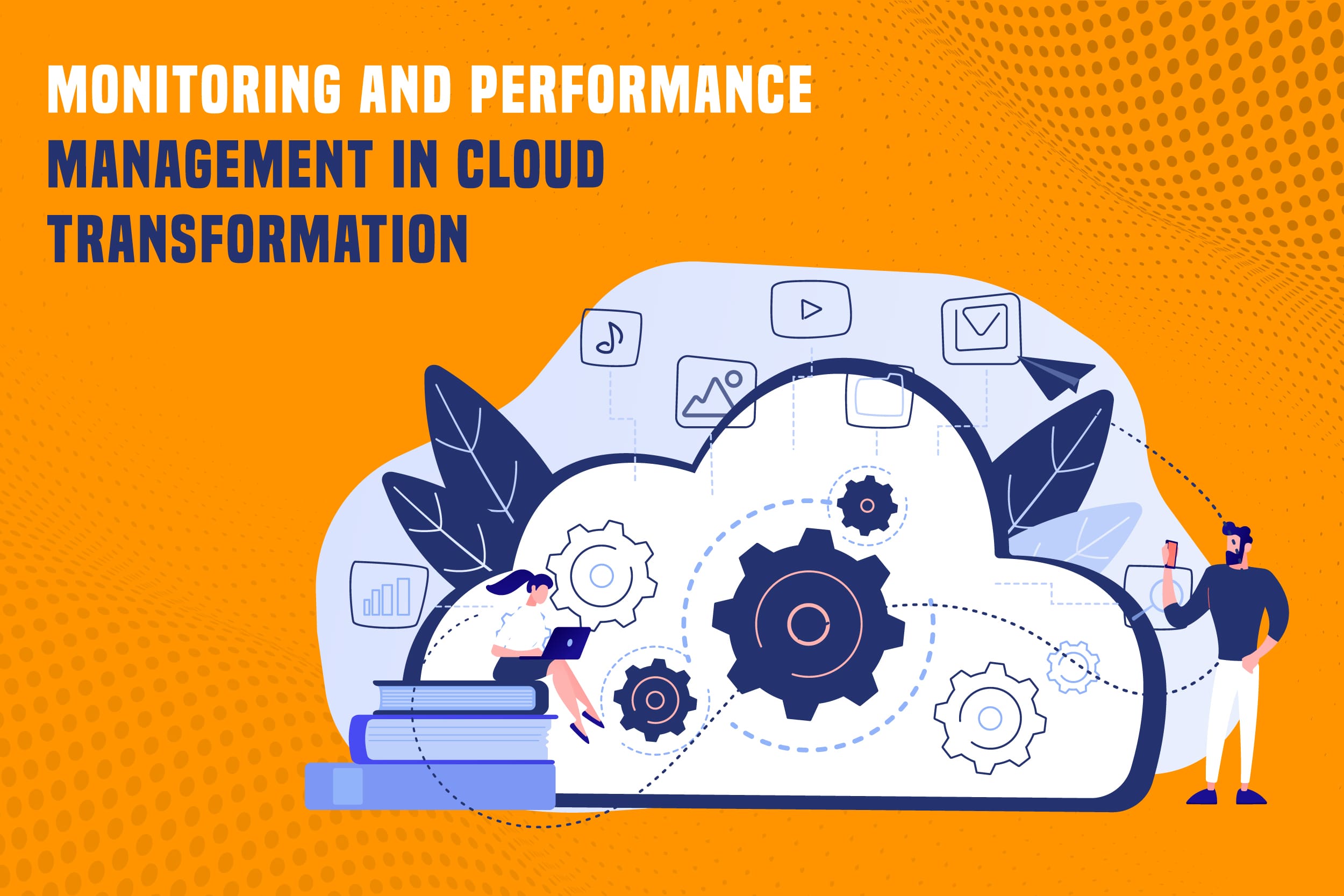
Monitoring and Performance Management play pivotal roles in the success of Cloud Transformation initiatives, ensuring organizations can fully harness the benefits of migrating to the cloud. Cloud Transformation involves adopting cloud computing services and technologies to enhance operational efficiency, scalability, and innovation. Effective monitoring and performance management are essential components for achieving optimal results in this dynamic process.
Cloud Transformation introduces a paradigm shift in how IT resources are provisioned, deployed, and managed. It brings flexibility, cost-efficiency, and scalability, but these advantages come with the challenge of ensuring seamless operations and performance. Monitoring becomes critical as it involves continuously tracking various metrics related to cloud infrastructure, applications, and services. This real-time observation allows organizations to identify potential issues, assess performance bottlenecks, and respond promptly to ensure uninterrupted services.
Additionally, performance Management in the context of Cloud Transformation involves optimizing the efficiency and effectiveness of the cloud environment. So, this includes fine-tuning resource allocation, managing workloads, and optimizing configurations for optimal performance. It’s about aligning the cloud infrastructure with organizational goals and user expectations. So, performance management also includes capacity planning, ensuring adequate resource provisioning to handle current and future workloads.
So, one of the primary challenges in Cloud Transformation is the dynamic nature of cloud environments. Traditional monitoring tools might require improvement to effectively handle the scalability and elasticity of cloud resources. Therefore, organizations need specialized cloud monitoring solutions that can adapt to the ever-changing nature of cloud infrastructure.
Moreover, monitoring performance management is important in cloud environments. Organizations can identify underutilized or over-provisioned resources through continuous resource utilization analysis, allowing for adjustments that optimize costs without compromising performance.
So, organizations must invest in robust tools and practices that align with the dynamic nature of cloud environments. So, ensuring reliability, efficiency, and cost-effectiveness in cloud infrastructure drives digital transformation success for organizations.
Read More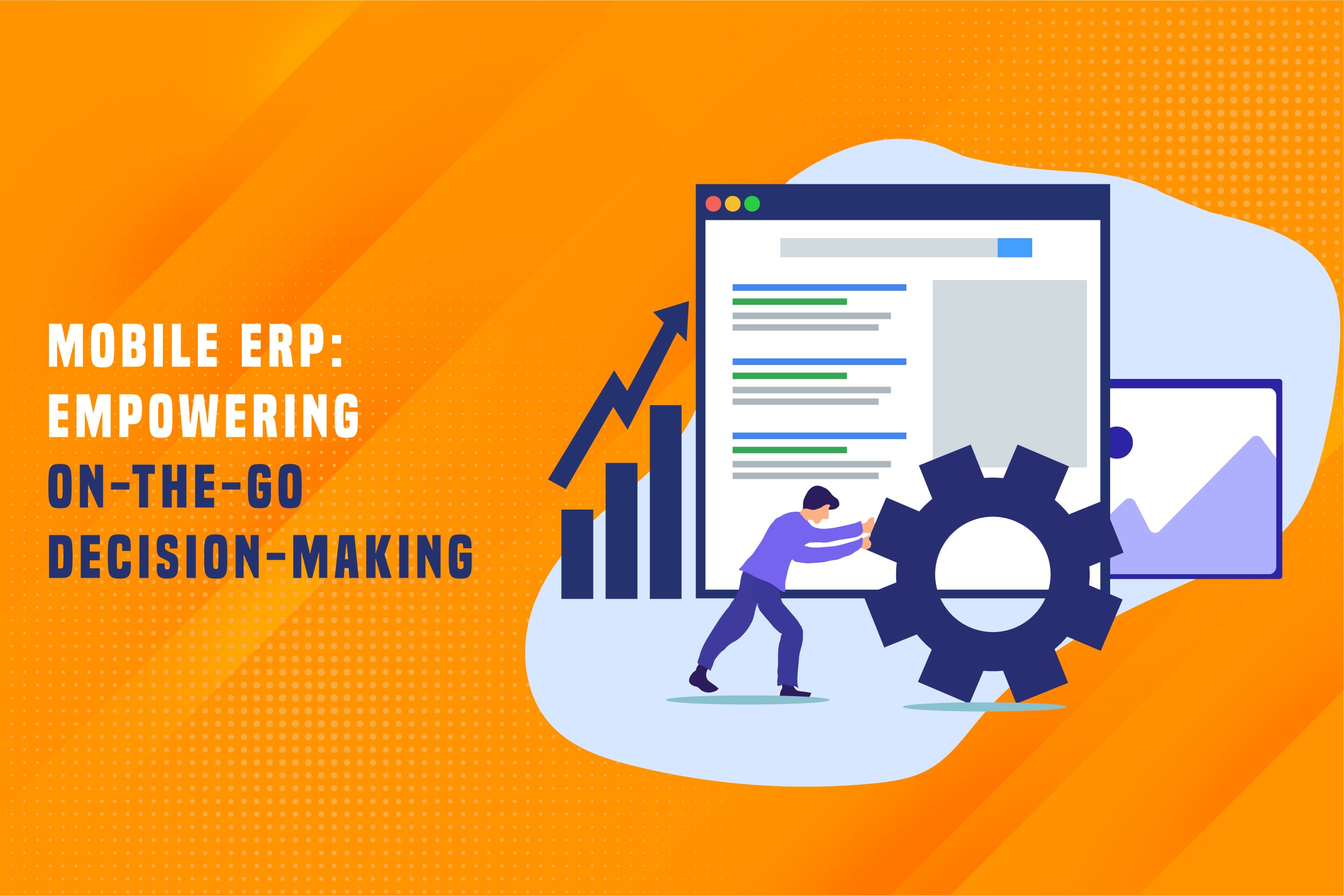
In the contemporary business landscape, where agility and informed decision-making are paramount, Mobile Enterprise Resource Planning (ERP) integration emerges as a game-changer. As businesses strive to empower on-the-go decision-making, Mobile ERP implementation stands at the forefront, revolutionizing how organizations manage and utilize their resources.
One of the primary advantages of Mobile ERP is its ability to facilitate real-time decision-making, irrespective of geographical constraints. Executives, managers, and employees can access critical business data and insights anytime and anywhere. This ensures that decisions are based on the latest information, fostering agility in responding to market changes, customer demands, and internal dynamics.
Implementing Mobile ERP is particularly beneficial for industries with field operations, such as manufacturing, logistics, and sales. Field personnel can input and retrieve data on the go, eliminating delays and reducing the likelihood of errors associated with manual data entry. So, this enhances the overall accuracy of information and accelerates the speed of decision-making processes.
Furthermore, Mobile ERP brings a new efficiency level to collaborative efforts within an organization. With instant access to shared data and collaborative tools, teams can work seamlessly across locations, fostering better communication and coordination. Additionally, this accelerates project timelines and ensures that decisions are well-informed and aligned with organizational objectives.
Security is a paramount concern in the mobile-driven era, and Mobile ERP implementationaddresses this concern through robust security features. So, encryption, authentication, and remote data-wiping capabilities safeguard sensitive business information, mitigating the risks associated with mobile access to critical systems.
By leveraging the capabilities of mobile technology, organizations can break free from the confines of traditional ERP usage. So, it enables decision-makers to stay connected, informed, and responsive in an increasingly dynamic and competitive landscape. As businesses evolve, Mobile ERP proves to be a technological enhancement and a vital tool for staying agile, competitive, and future-ready.
Read More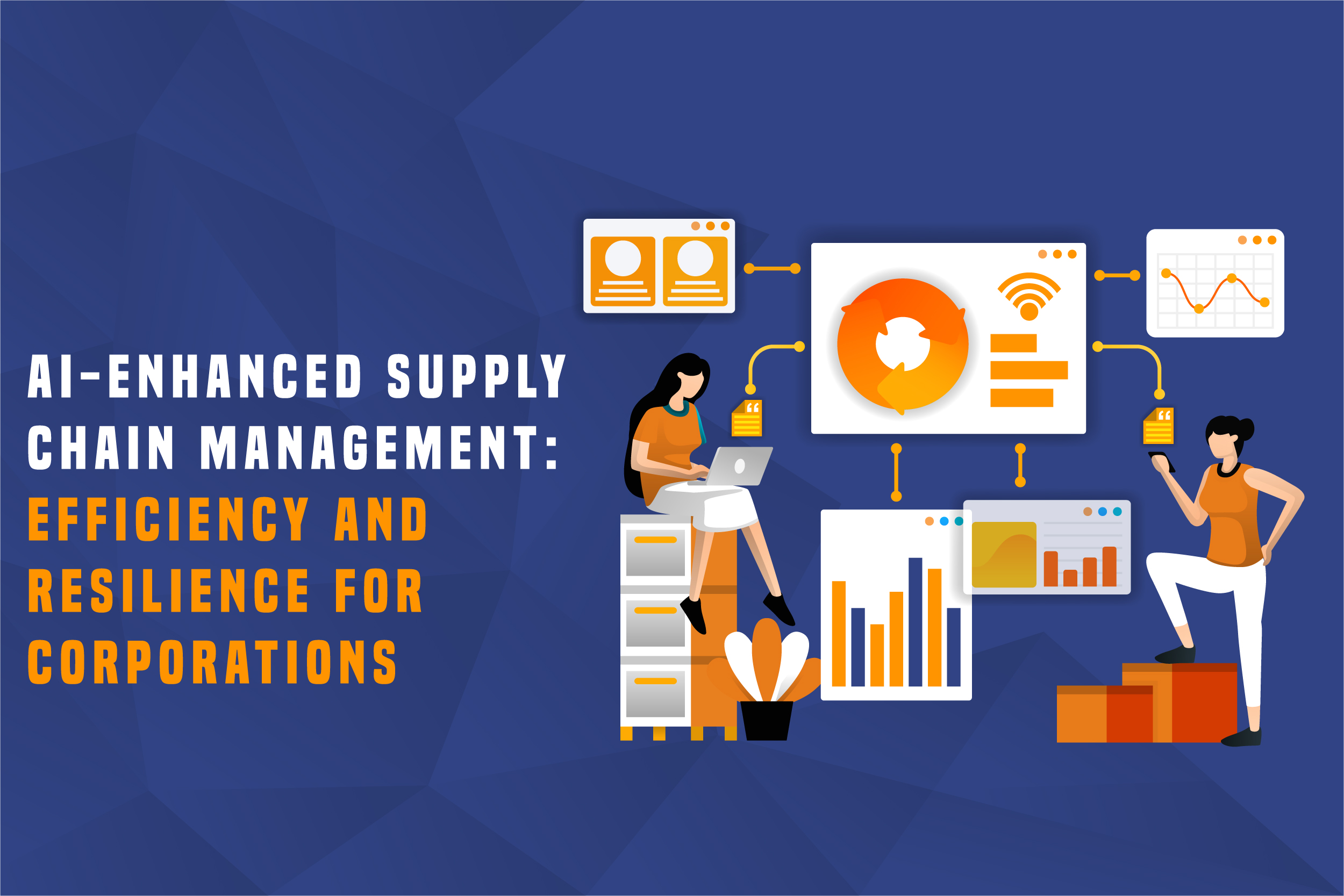
Artificial Intelligence (AI) has emerged as a transformative force in revolutionizing corporate supply chains, ushering in unprecedented efficiency and resilience. So, this technological prowess enables organizations to optimize their supply chain management and operations, addressing challenges and unlocking new productivity levels.
At the heart of this transformation lies the ability of AI to process vast amounts of data swiftly and accurately. Through advanced algorithms and machine learning models, AI analyzes historical and real-time data, offering invaluable insights into demand. It forecasts inventory management, and overall supply chain dynamics. By predicting trends and identifying patterns, AI empowers businesses to make data-driven decisions, minimizing uncertainties and optimizing resource allocation.
One key area where Artificial intelligence excels is demand forecasting of the organization. Traditional methods often fall short in predicting market fluctuations, leading to either excess inventory or stockouts. AI, however, leverages predictive analytics to forecast demand with remarkable precision. So, this ensures that products are available when needed and minimizes excess inventory, reducing costs and improving overall efficiency.
Moreover, AI enhances inventory management by continuously monitoring stock levels, supplier performance, and order fulfillment processes. Intelligent algorithms can automatically adjust inventory levels based on demand fluctuations, preventing overstocking or understocking scenarios. This dynamic approach not only streamlines operations but also minimizes the risk of disruptions in the supply chain.
Regarding operational efficiency, AI-driven solutions facilitate predictive maintenance for machinery and equipment. By analyzing sensor data and historical performance, AI can predict when equipment will likely fail, allowing for proactive maintenance and reducing downtime. So, this improves operational efficiency, contributes to cost savings, and extends the lifespan of assets.
From demand forecasting and inventory management to predictive maintenance and risk mitigation, AI-driven solutions offer a holistic approach to optimizing supply chain management and operations. As businesses navigate an ever-evolving landscape, embracing AI is a technological advancement and a strategic imperative for staying competitive and robust in constant change.
Read More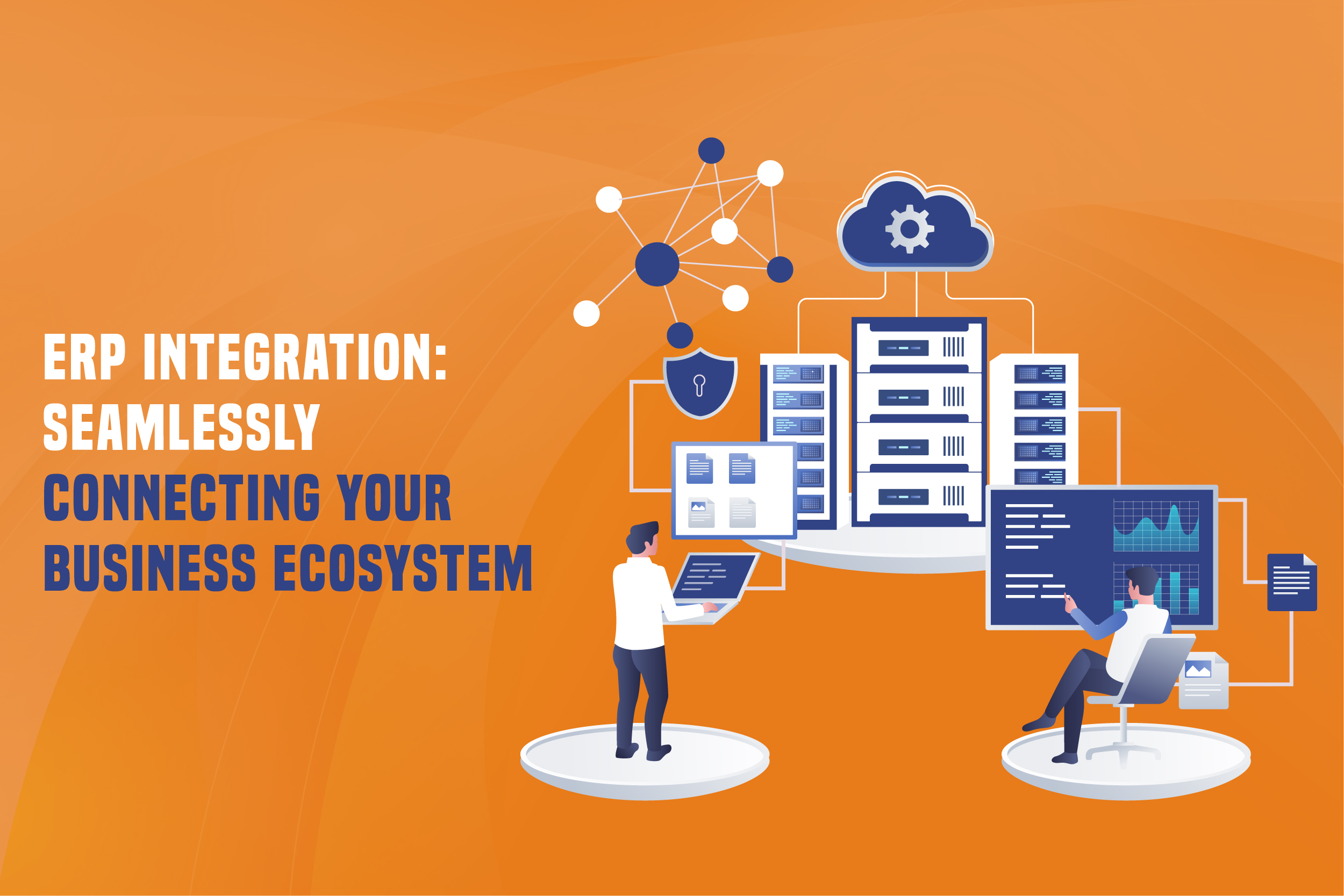
Enterprise Resource Planning (ERP) Integration is a crucial component of modern business operations, enabling organizations to streamline their processes and connect various aspects of their business ecosystem.
Read More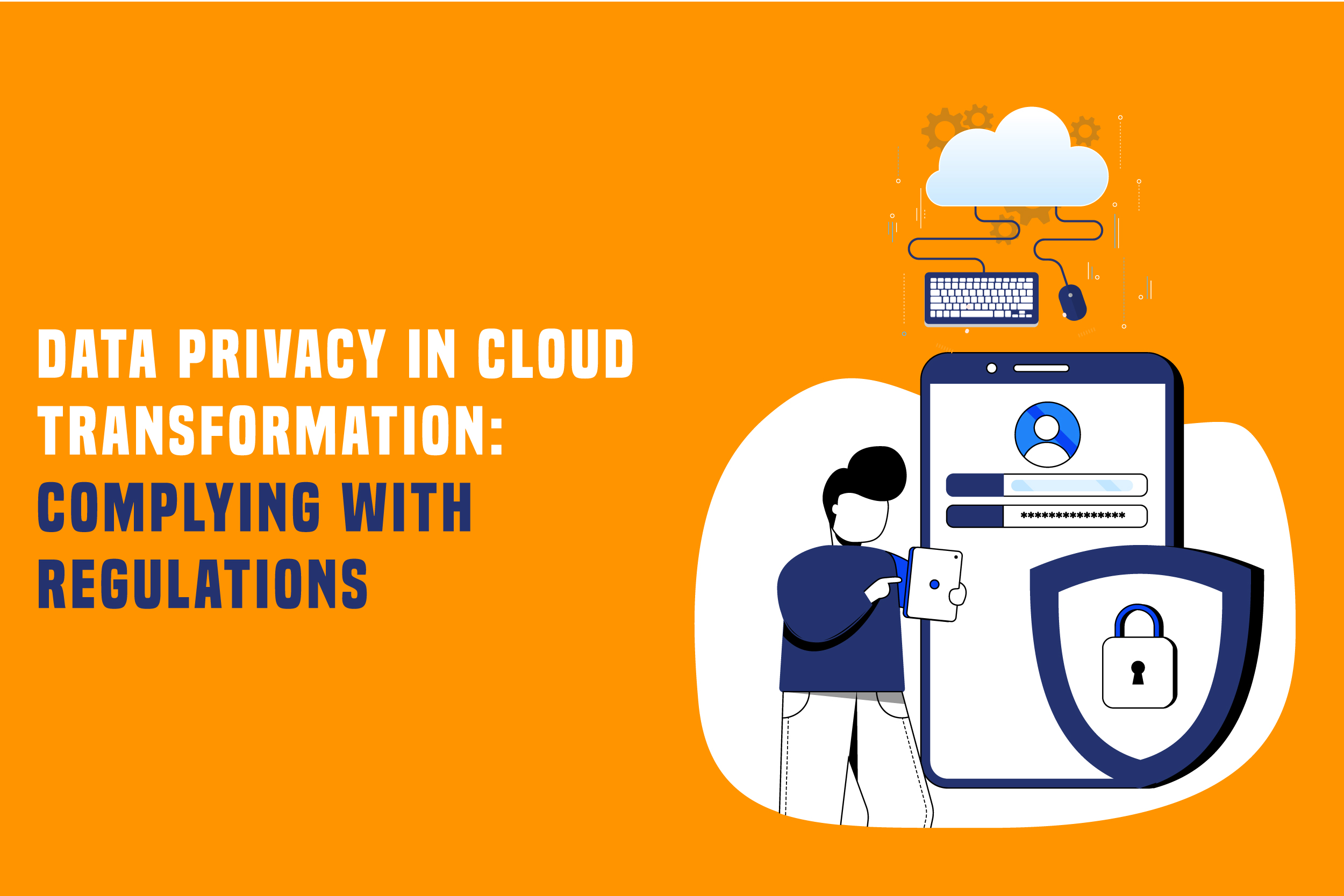
In today’s digital age, adopting cloud computing transforms businesses’ operations. Cloud technology offers unparalleled scalability, efficiency, and flexibility, making it a go-to choice for organizations looking to stay competitive and agile. However, with the immense benefits of cloud computing come many data privacy and compliance challenges that must be addressed.
Read More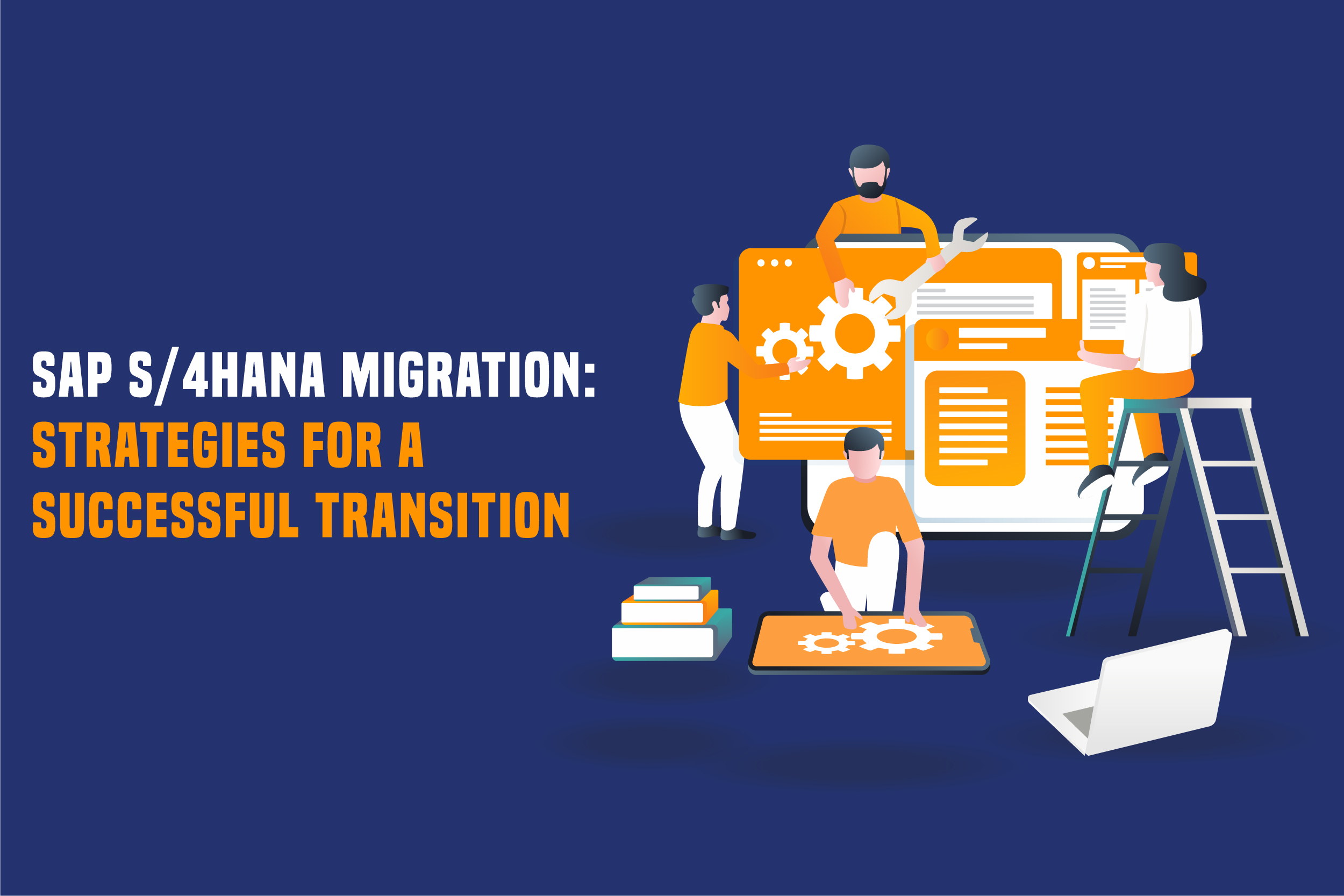
Migrating to SAP S/4HANA is crucial for organizations embracing modern digital transformation. A successful transition involves careful planning and execution. So, SAP consulting services are pivotal in ensuring the migration is efficient and effective.
Read More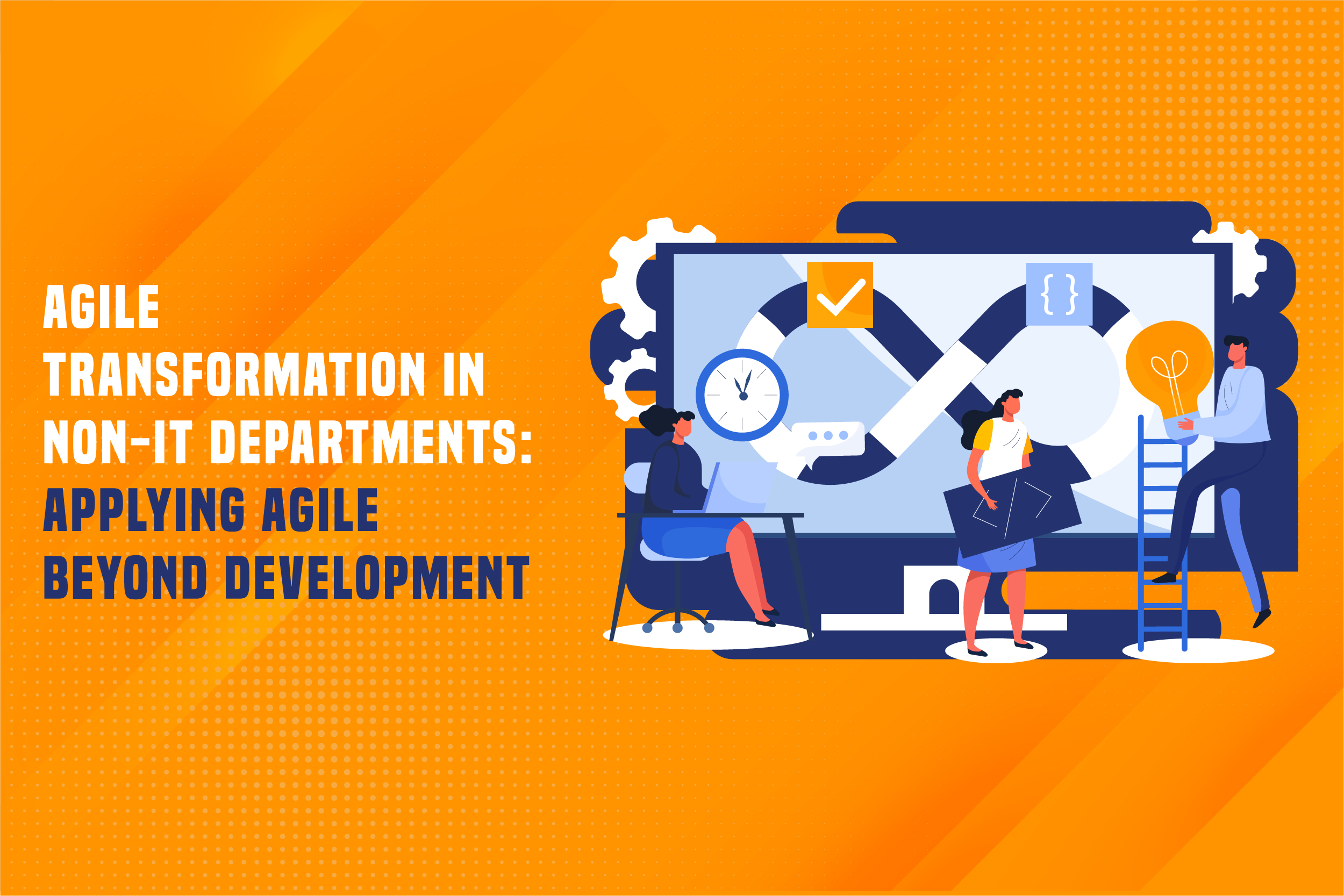
So, agile methodologies, initially designed for IT and software development, have proven their effectiveness in driving flexibility, collaboration, and customer-centricity. Recognizing the benefits, many non-IT departments across various industries have embraced agile principles to streamline their processes and enhance their overall performance. This summary explores the application of Agile in non-IT departments, shedding light on its key advantages and challenges.
Read More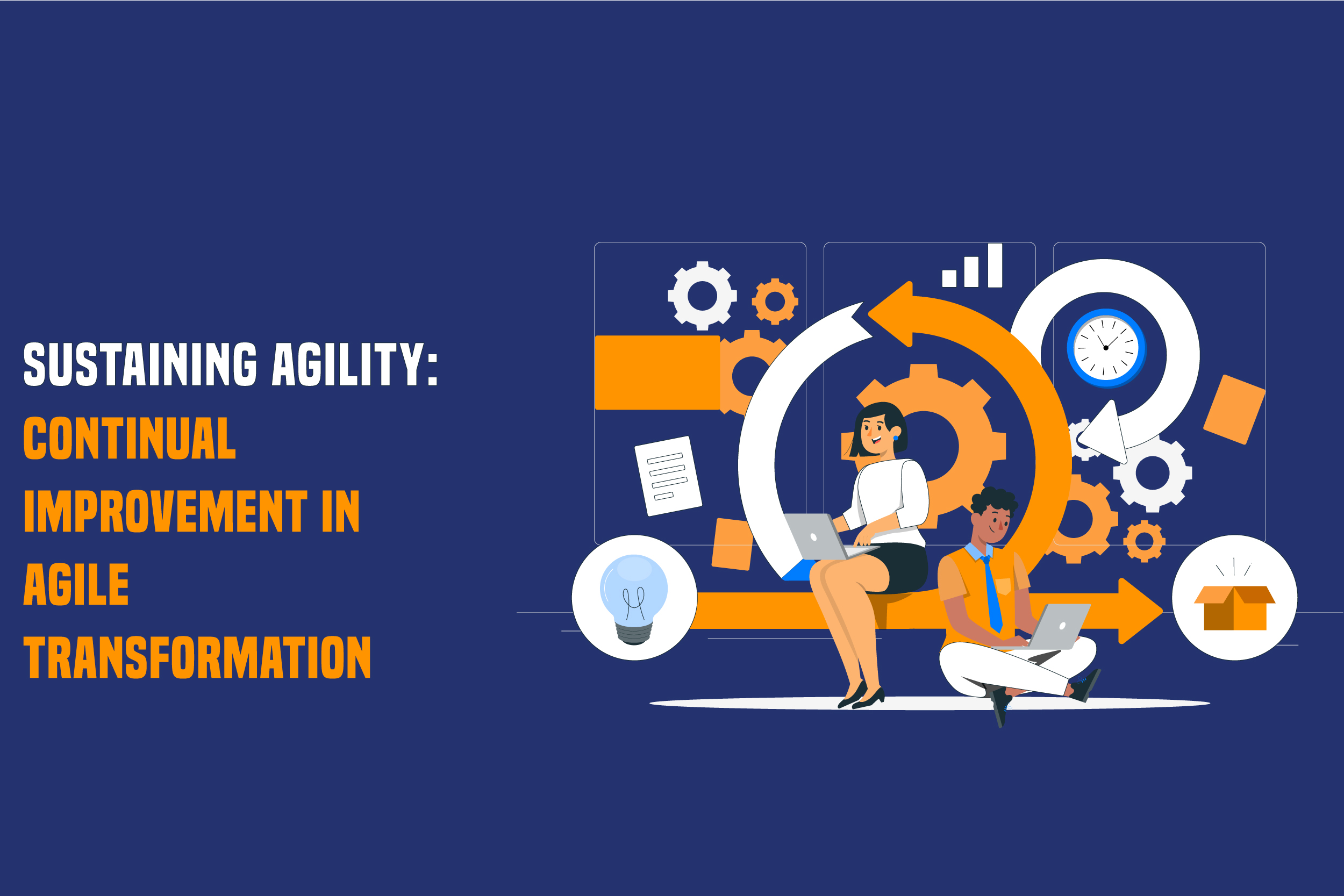
So, agile transformation is a dynamic process that enables organizations to adapt to changing market conditions, improve product development, and foster a culture of collaboration and innovation. However, sustaining agility throughout this transformation journey requires ongoing commitment, continuous improvement, and a deep understanding of agile principles.
Read More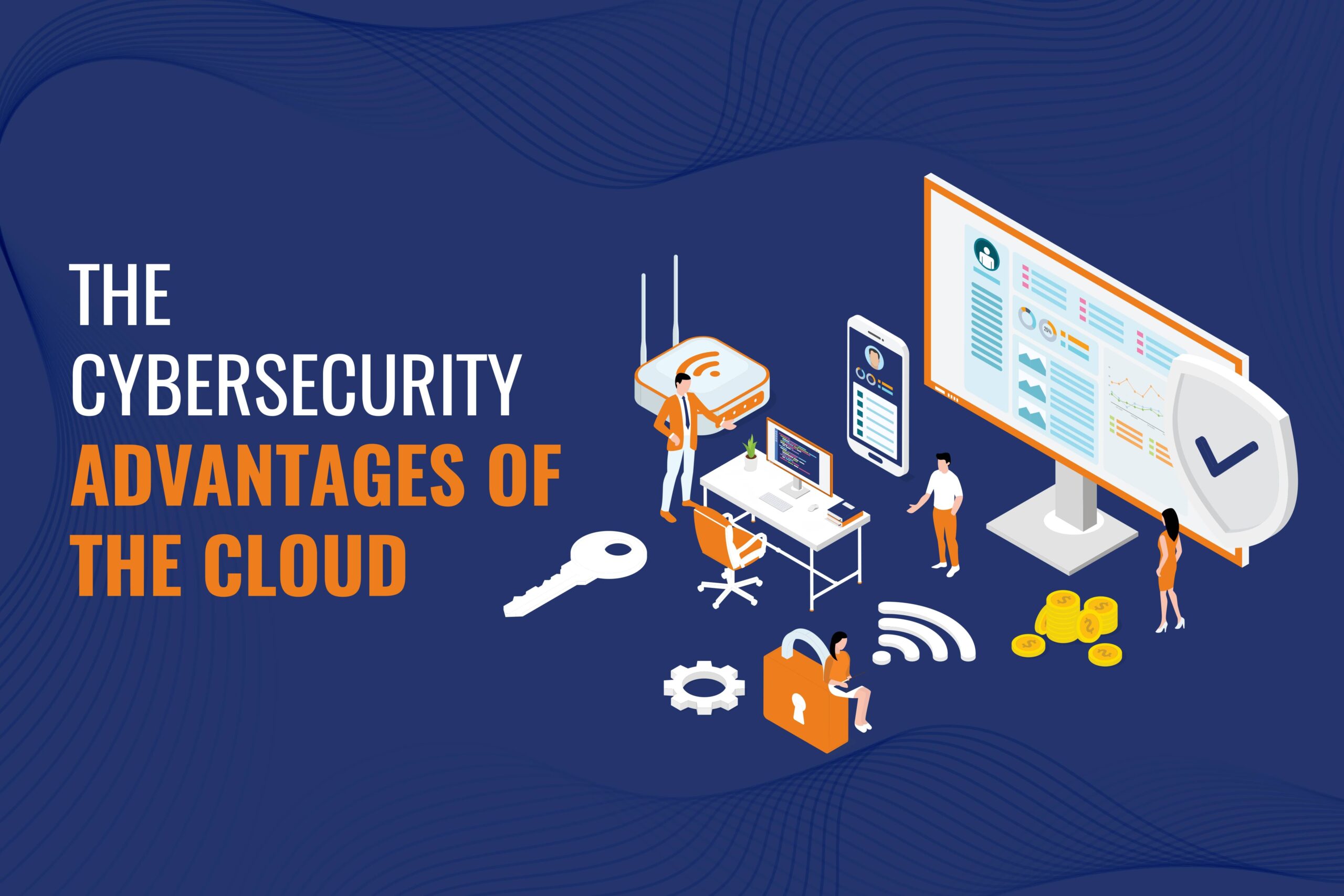
The cloud has several benefits for cybersecurity, such as centralized security administration, knowledgeable security teams, data protection measures, frequent updates and patches, scalability of security systems, and powerful disaster recovery capabilities.
Read More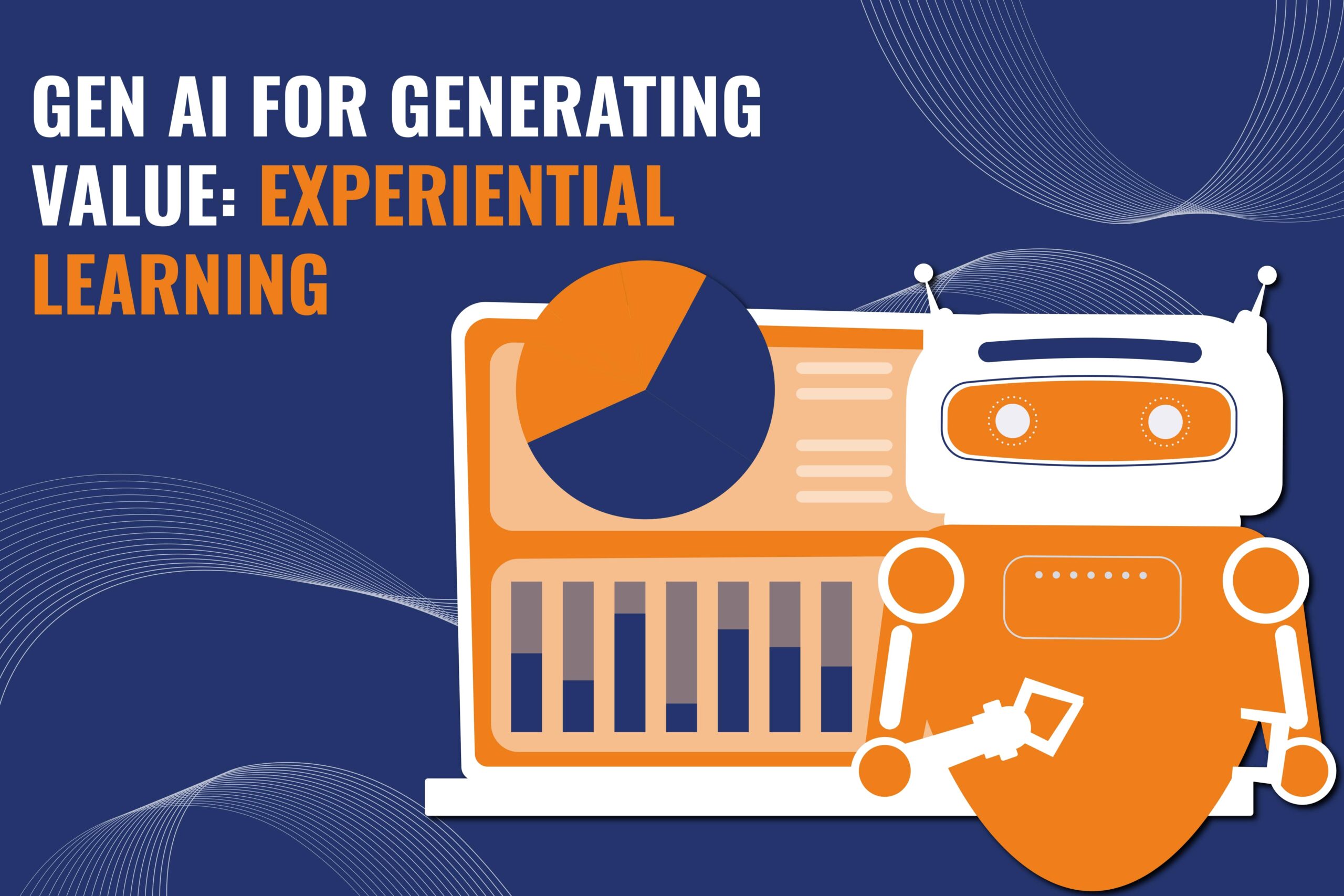
The concept of Gen AI for generating value through experiential learning is an innovative approach that has the potential to revolutionize the field of education and training. By leveraging the power of AI and incorporating experiential learning methodologies.
Read More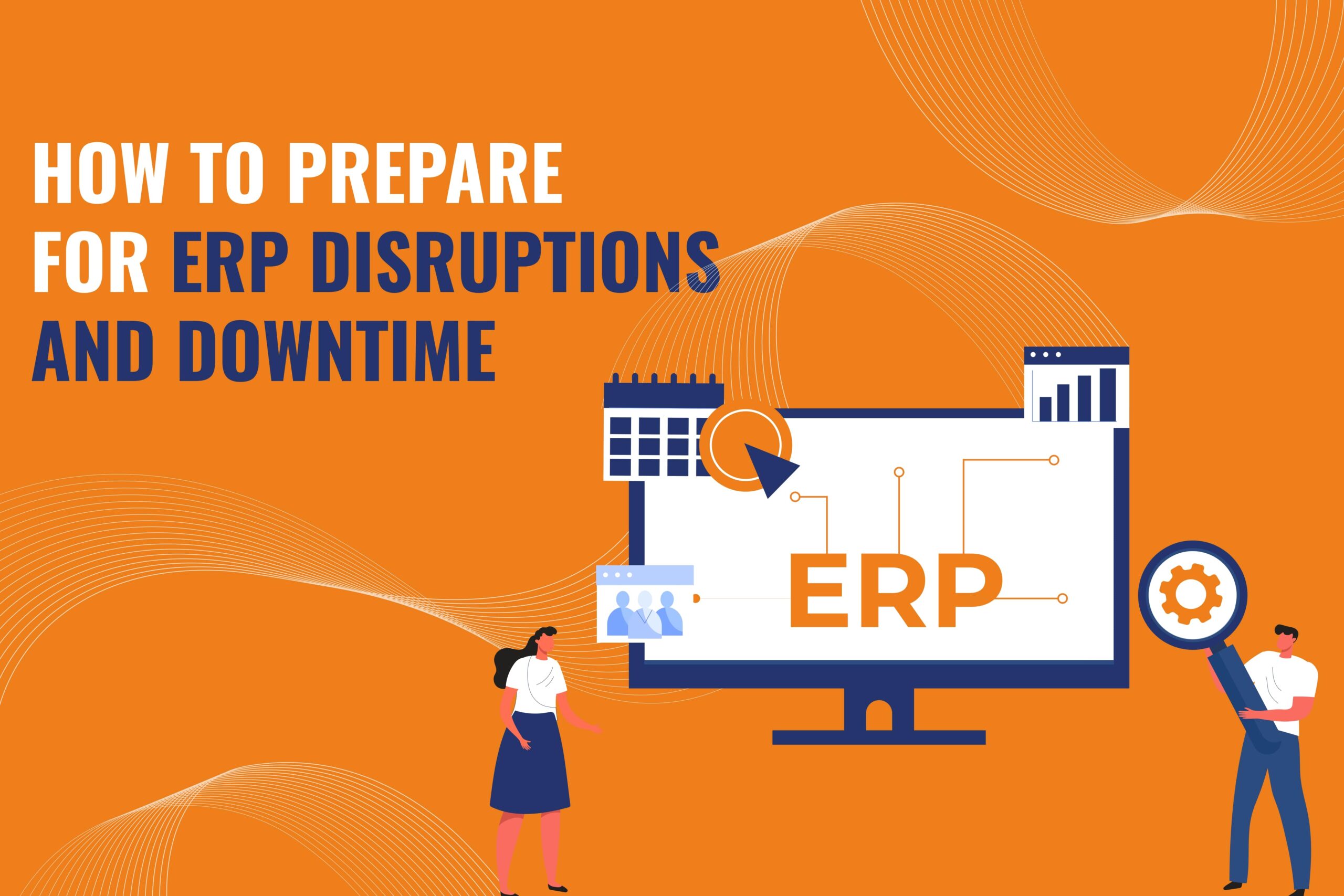
It is crucial for organizations to prepare for potential ERP disruptions and downtime by developing a comprehensive ERP disaster recovery plan and implementing measures to prevent disruptions and minimize downtime.
Read More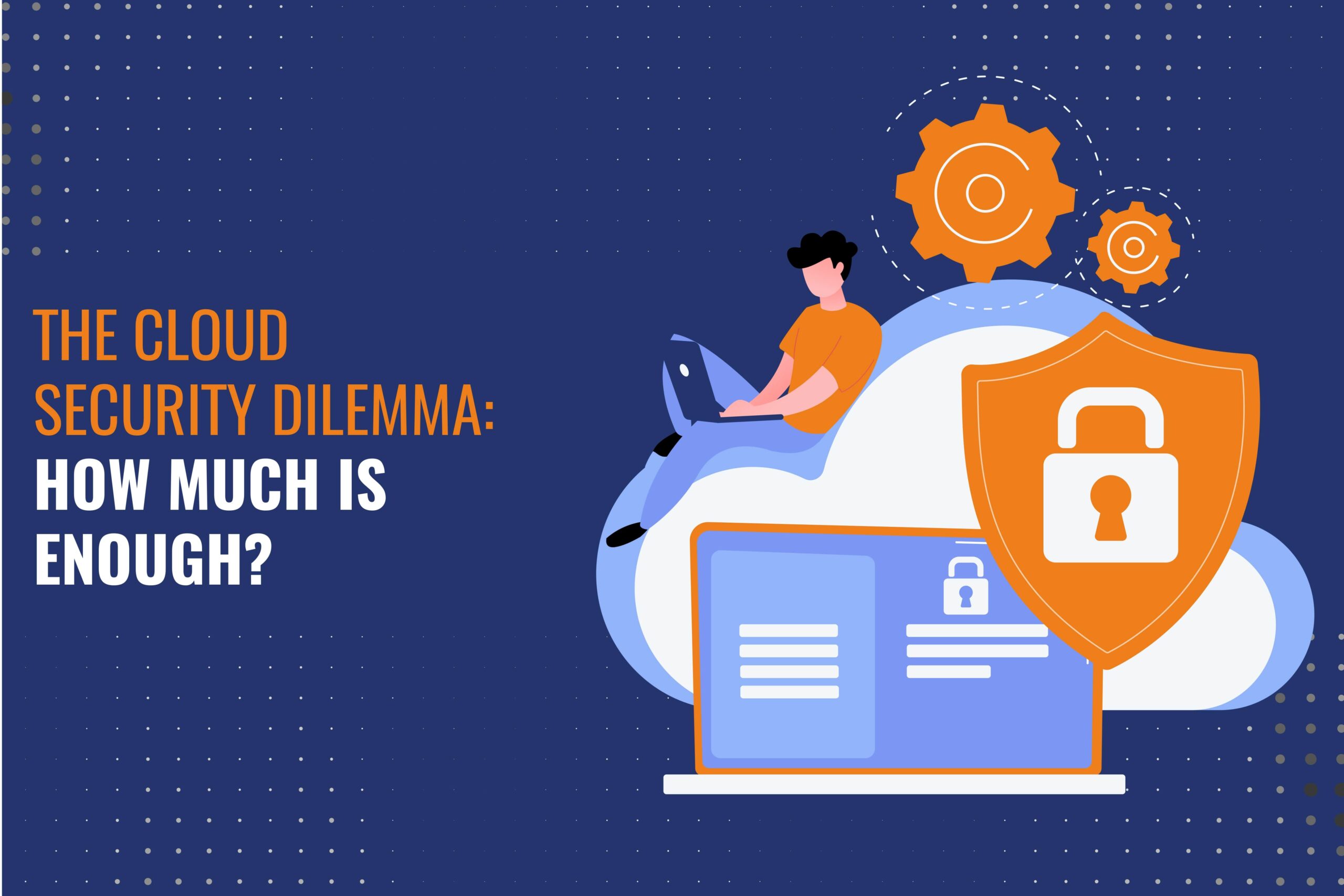
The strategies for effectively addressing the cloud security dilemma involve creating a comprehensive security plan that includes implementing strong access controls and encryption, conducting regular security assessments and audits, and keeping up-to-date with the latest security trends and best practice
Read More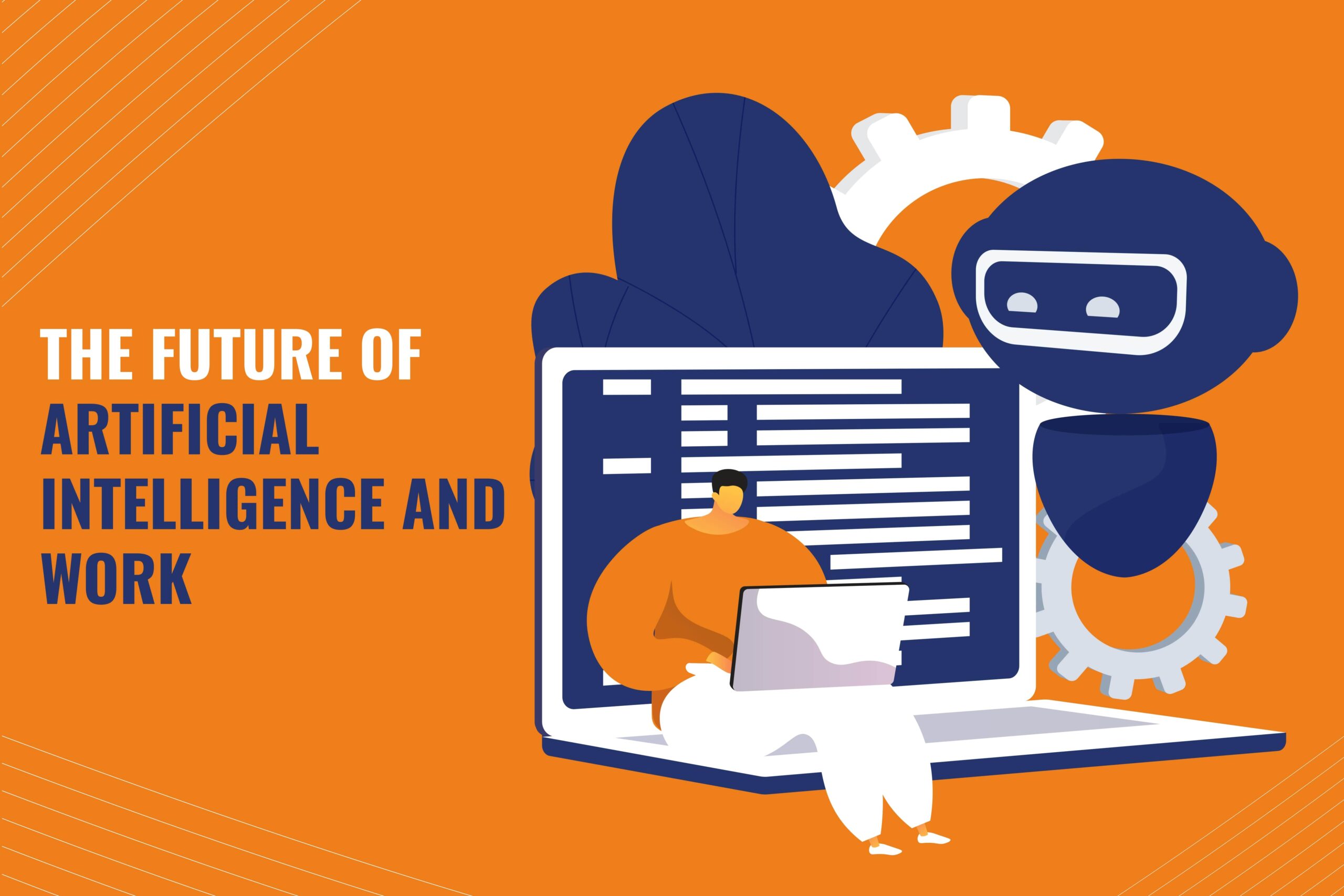
The future of Artificial Intelligence and work is still uncertain, but with the right approach, we can harness the power of AI to create a better and more prosperous future for workers and society as a whole. It is up to all of us to ensure that we rise to this challenge and that we work together to create a future that is both innovative and ethical.
Read More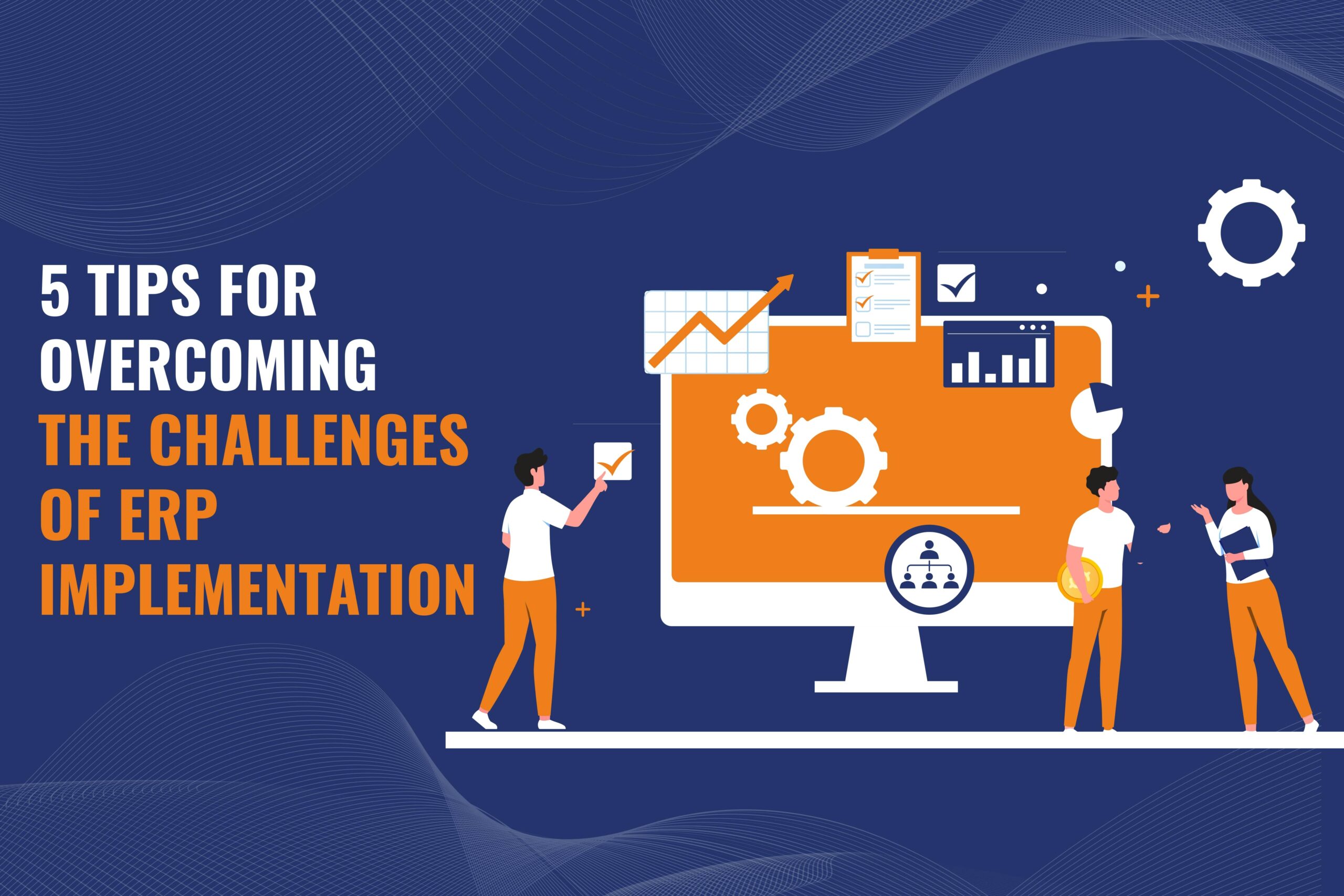
Due to its complexity and difficulties, installing an ERP may be difficult for enterprises. Businesses can regularly make changes and updates to the system to ensure it suits their needs.
Read More
While the metaverse presents GameFi with exciting opportunities, it also poses significant challenges that must be addressed. However, Cloud ERP offers a comprehensive solution for managing critical business processes, including scalability, security, flexibility, and real-time analytics.
Read More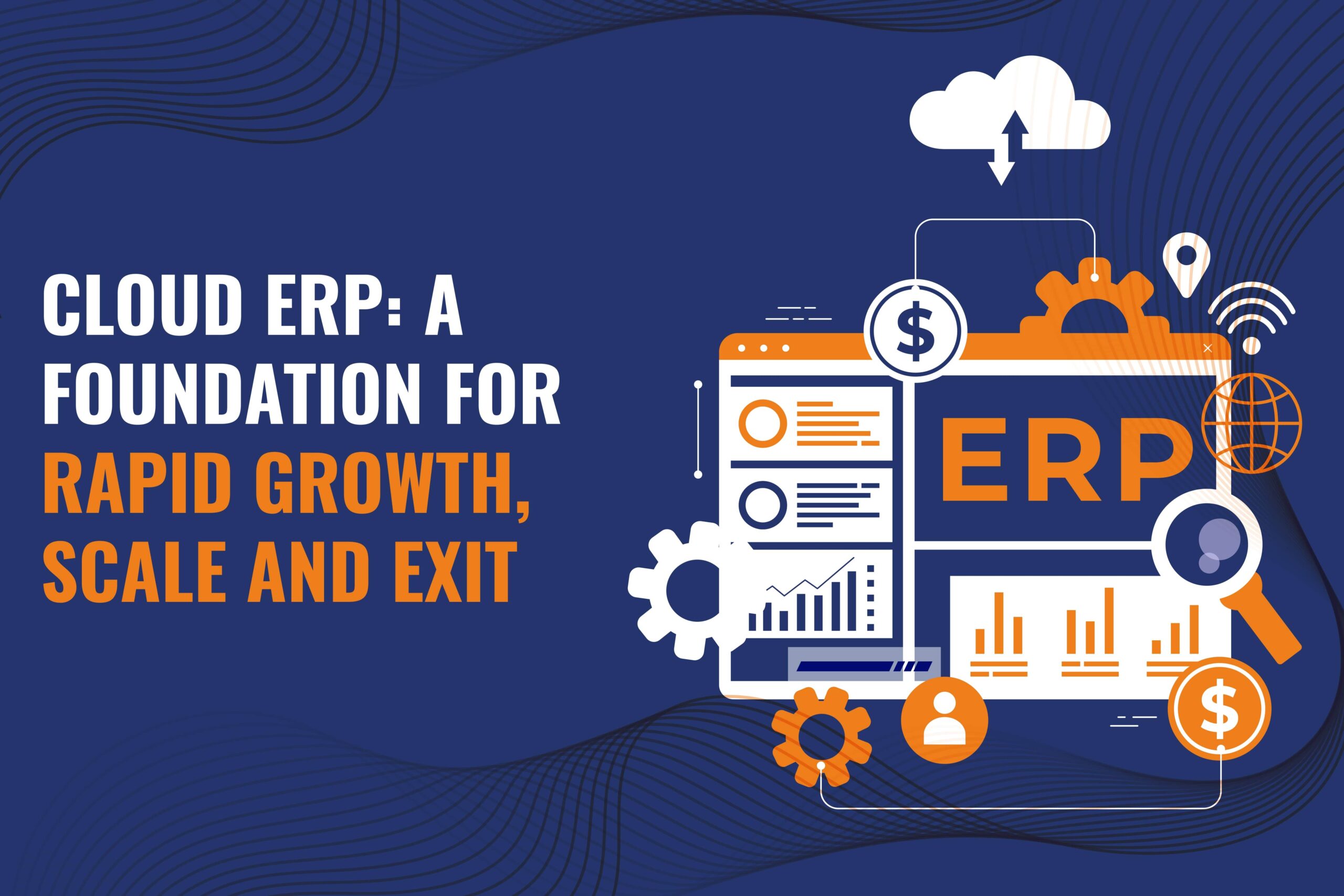
Implementing a cloud ERP system can provide a strong foundation for businesses to achieve rapid growth, scale their operations, and prepare for a successful exit. With real-time visibility into key business metrics, streamlined processes, and enhanced data security, businesses can make more informed decisions, optimize their operations, and expand their reach.
Read More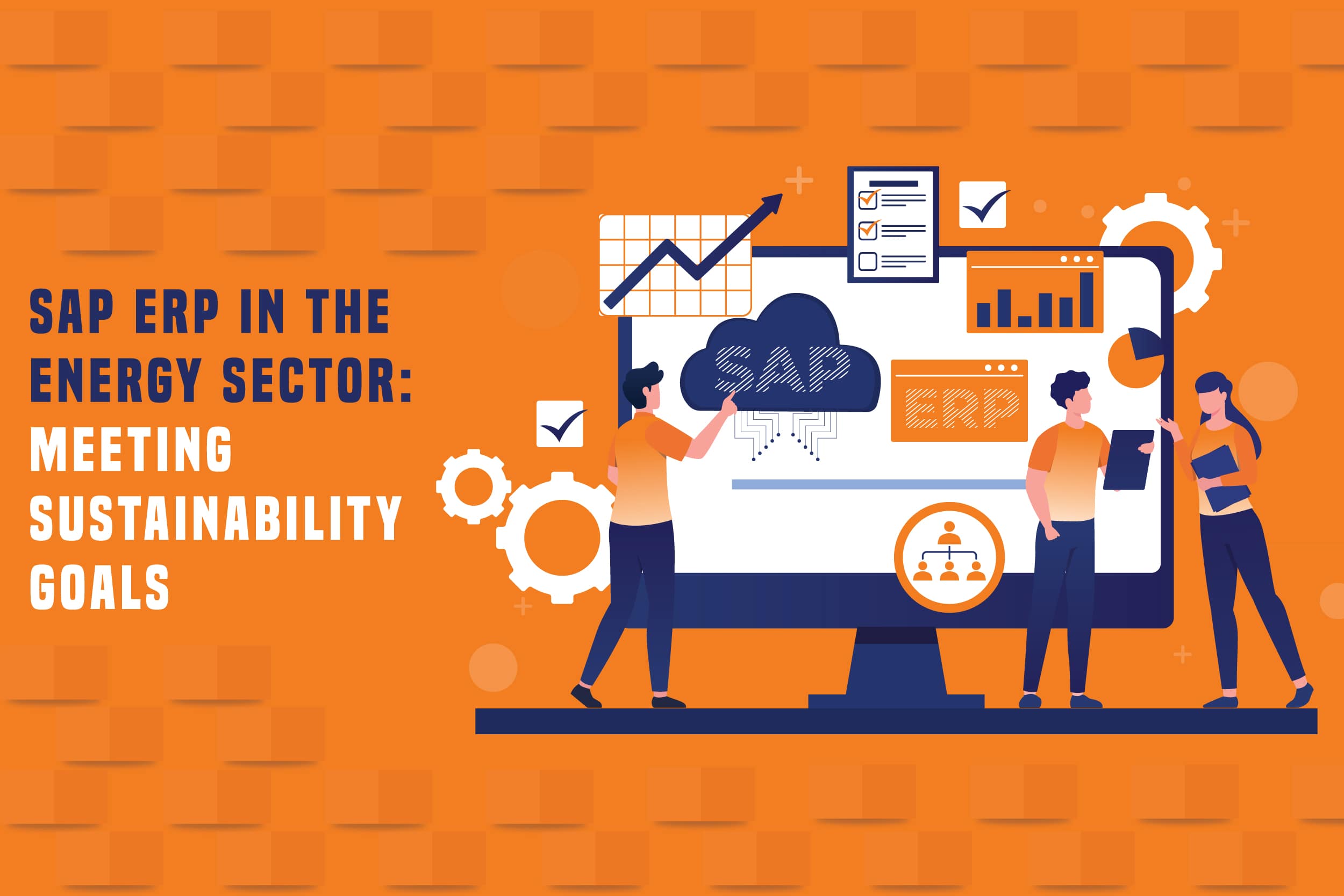
In the dynamic landscape of the energy sector, organizations are
Read More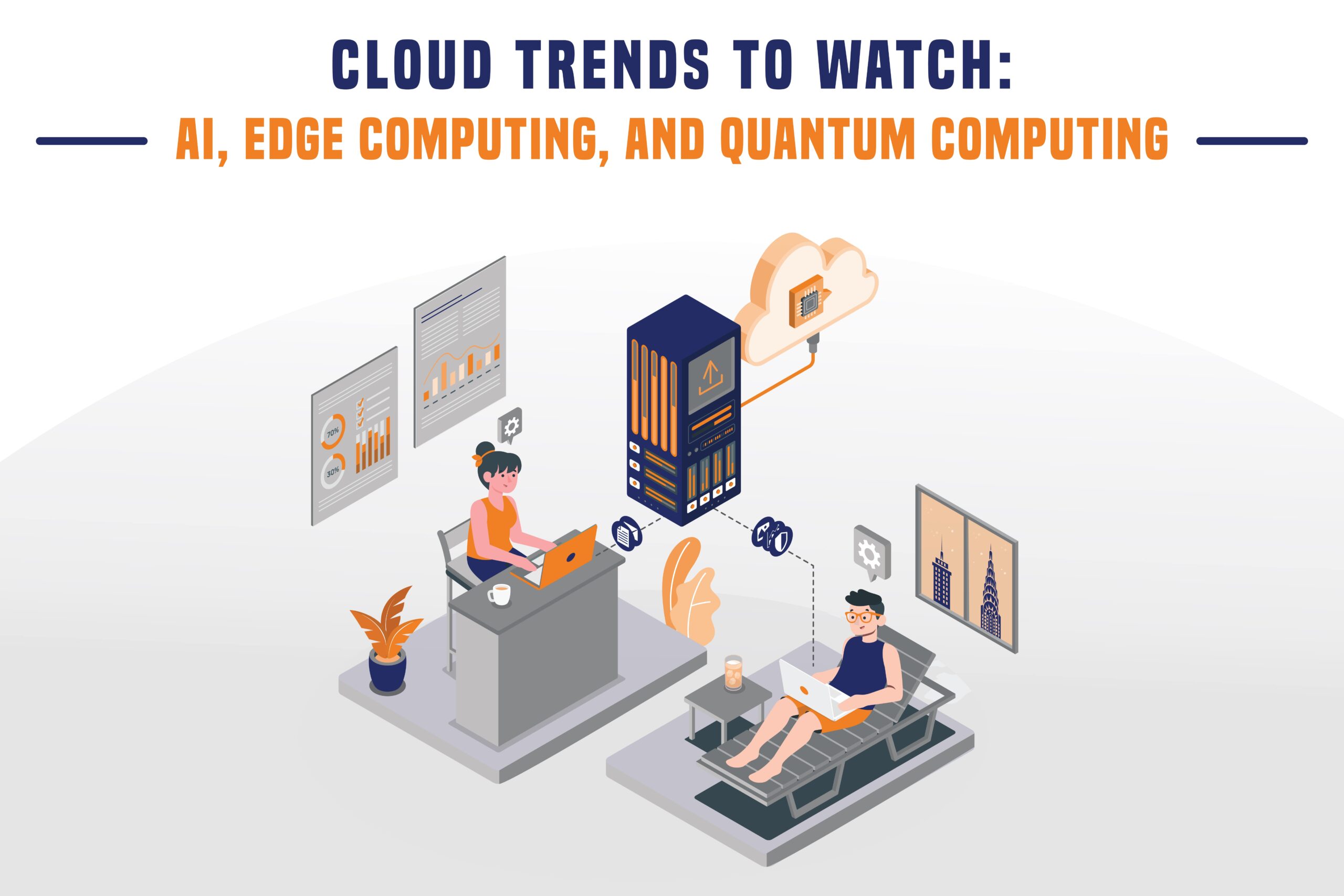
As organizations continue to embrace the transformative
Read More
Embarking on an Agile transformation is a strategic
Read More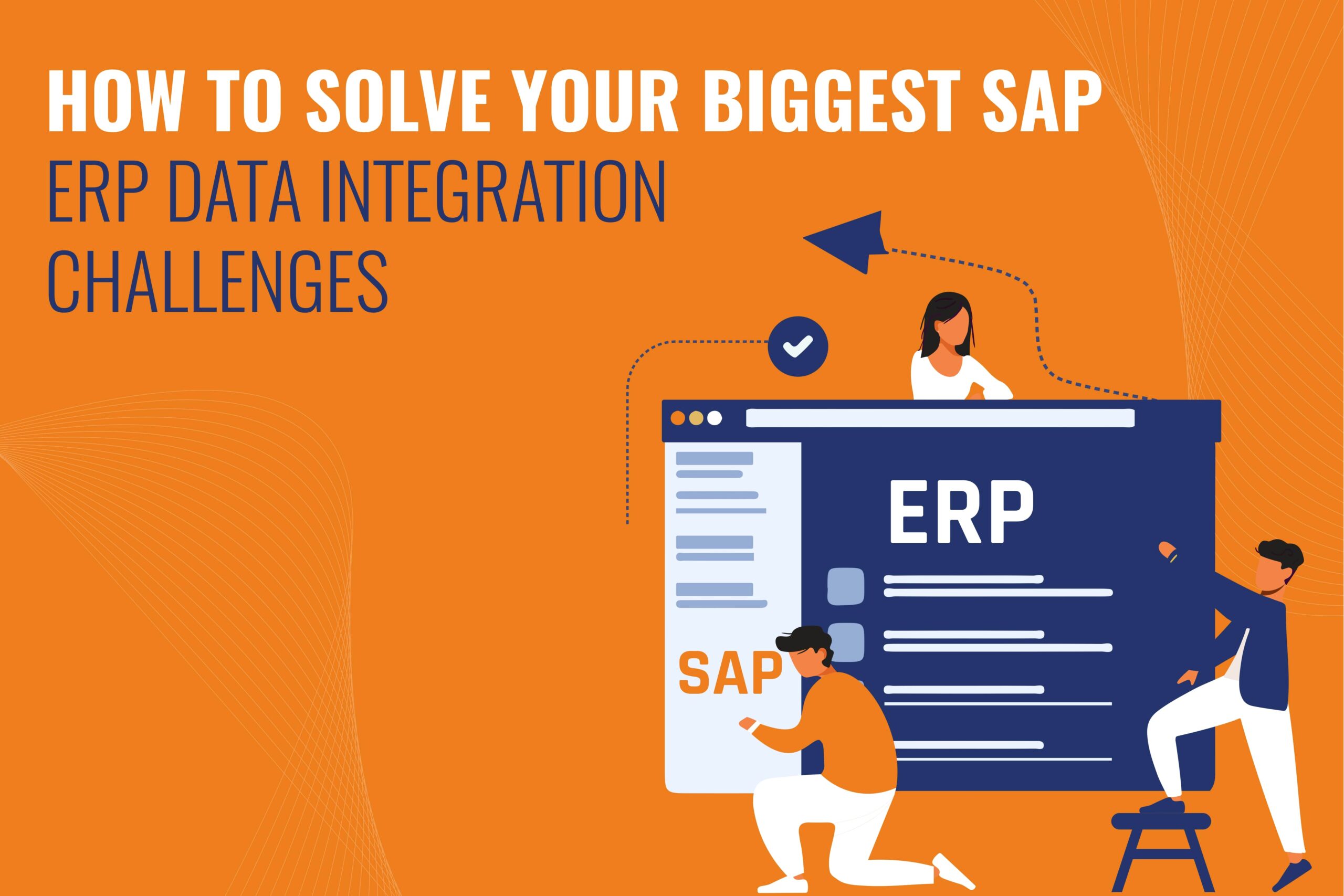
So, in the dynamic landscape of enterprise resource planning (ERP)
Read More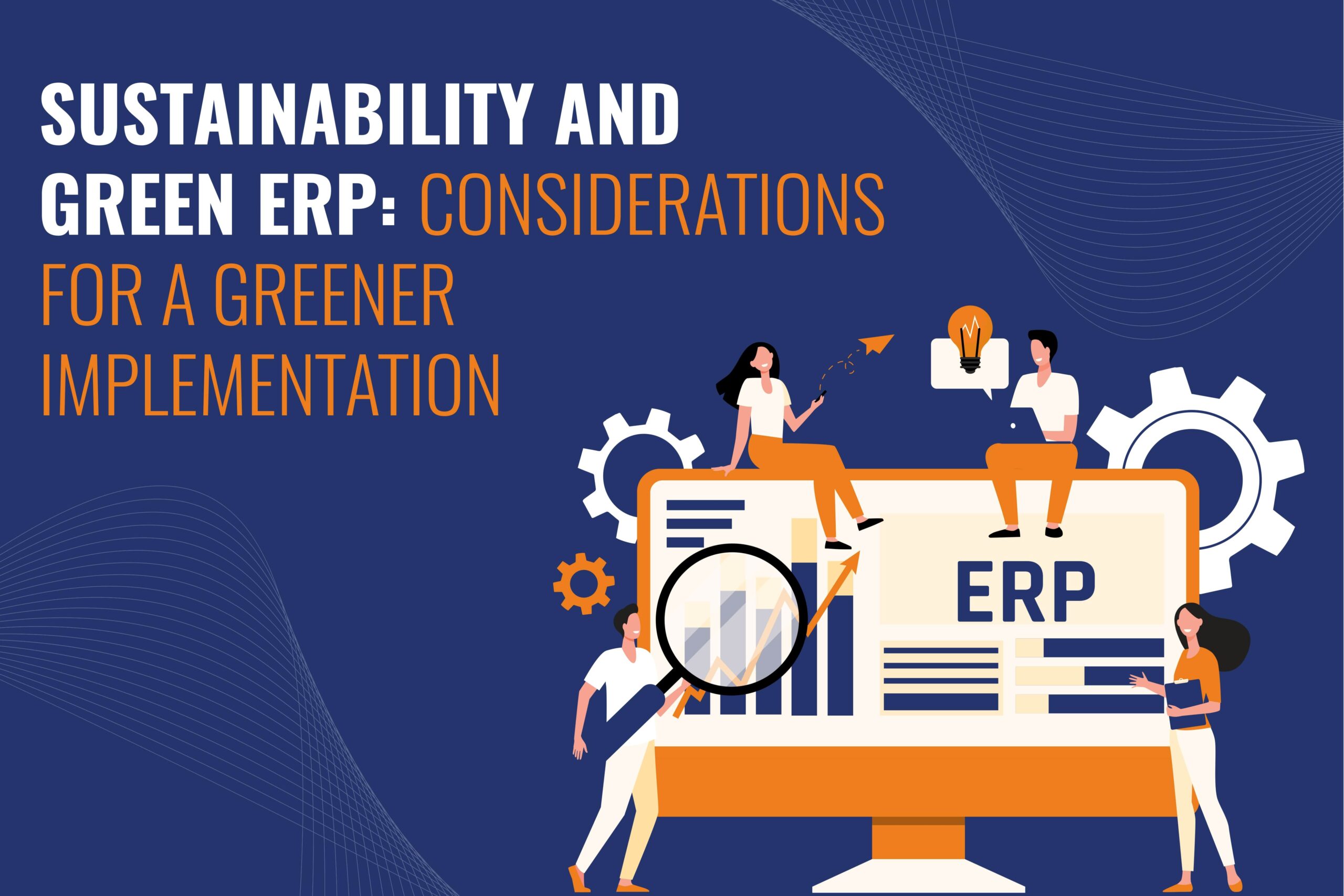
So, Sustainability and Green Enterprise Resource Planning (ERP) represent a growing emphasis on environmentally responsible business practices. Implementing a Green ERP system involves integrating sustainability considerations into various aspects of ERP deployment. Additionally, this approach seeks to optimize resource usage, reduce environmental impact, and align organizational processes with eco-friendly principles.
So, a critical consideration in Green ERP implementation is the selection of eco-conscious technologies. This involves choosing ERP software that supports energy efficiency, utilizes renewable resources, and minimizes environmental degradation. Additionally, cloud-based ERP solutions can contribute to sustainability by reducing hardware requirements and energy consumption associated with traditional on-premise systems.
Efficient resource management is central to a greener ERP implementation. So, organizations can enhance sustainability by utilizing ERP modules that enable better control over resource consumption, waste reduction, and recycling processes. However, this involves integrating functionalities that track and optimize energy usage, water consumption, and raw material procurement, fostering a more circular and eco-friendly approach to resource utilization.
Furthermore, Green ERP emphasizes supply chain sustainability. So, companies can implement ERP systems that enable the monitoring and management of suppliers based on their environmental practices.
Employee engagement is another crucial aspect of Green ERP implementation. So, educating and involving employees in sustainability initiatives through the ERP system can foster a culture of environmental consciousness. This may include features within the ERP platform that allow employees to contribute ideas for sustainability, track their own eco-friendly practices, and participate in green initiatives.
Regular monitoring and reporting are essential for assessing the impact of a Green ERP system. Implementing robust reporting mechanisms within the ERP platform allows organizations to track key performance indicators related to sustainability. So, this data can be used to identify areas for improvement, set sustainability goals, and demonstrate the positive environmental impact of the ERP implementation.
Read More
In the dynamic landscape of supply chain management, SAP emerges as a pivotal force, revolutionizing efficiency and visibility. So, organizations strive to remain competitive and responsive to ever-evolving customer demands. SAP’s suite of solutions, coupled with expert SAP consulting services, becomes the linchpin for transformative success.
Moreover, at the heart of this synergy is the commitment to enhancing efficiency. SAP’s robust capabilities, seamlessly integrated through meticulous ERP implementation, provide organizations with real-time data—a cornerstone for making informed decisions. So, this is particularly crucial in the complex web of supply chain intricacies, where every decision impacts the entire chain. Through SAP consulting services, organizations gain a strategic partner in navigating the intricacies of SAP applications, ensuring optimal utilization and maximum benefits.
Additionally, Looking ahead, the future of SAP in supply chain management appears even more promising. Anticipating market needs, SAP is poised to incorporate advanced artificial intelligence (AI) and machine learning capabilities. This strategic evolution aims to further refine key aspects of supply chain management, including demand forecasting, predictive analytics, and the automation of routine tasks. So, the result is a supply chain that not only responds to current demands but anticipates and adapts to future trends, fostering resilience and agility.
So, SAP’s impact on visibility within the supply chain is equally transformative. Through comprehensive data analytics and reporting functionalities, organizations gain unparalleled insights into their supply chain operations. So, this enhanced visibility extends from procurement to distribution, empowering decision-makers with the information needed to optimize processes, identify bottlenecks, and proactively respond to market shifts.
So, expertise provided by SAP consultants is not just about implementing technology but strategically integrating it to enhance operational efficiency and drive business growth. However, it represents a strategic investment in the future, where organizations are not merely responsive but predictive and adaptive. With SAP consulting services as a guiding force, businesses can embark on a transformative journey, optimizing their supply chain operations and positioning themselves for sustained success in a fast-paced and competitive business landscape.
Read More
The Agile mindset is a powerful force reshaping the landscape of organizational transformation. More than just a project management methodology, it represents a fundamental shift in how businesses approach challenges, innovation, and change. So, agile Transformation is not confined to a single industry; it’s a philosophy that spans from marketing to manufacturing, driving adaptability and responsiveness across diverse sectors.
At its core, the Agile mindset advocates for a decentralized and empowered approach. It transforms traditional hierarchical structures by entrusting teams with decision-making authority. So, this approach empowers individuals to own their work, fostering a collaborative and innovative environment. IT consultants are crucial in guiding organizations through this transformation, providing strategic insights and expertise.
Moreover, One prominent Agile framework making waves in this paradigm shift is Kanban. Unlike traditional methodologies, Kanban focuses on visualizing workflows to enhance efficiency. Providing a real-time, transparent view of work processes enables teams to identify bottlenecks, optimize workflows, and improve overall productivity. So, In the context of Transformation of Business, Kanban is a valuable tool for creating a streamlined and dynamic operational environment.
Additionally, the impact of the Agile mindset extends beyond project management; it touches every facet of an organization. From marketing strategies to manufacturing processes, embracing agility enhances an organization’s ability to adapt to change and capitalize on emerging opportunities. So, an IT solution consultant, attuned to the nuances of Agile Transformation, guides businesses in integrating this mindset seamlessly into their operations.
It’s a mindset that goes beyond methodologies; it’s a cultural shift that fosters a spirit of continuous improvement, collaboration, and innovation. As businesses embrace the Agile Transformation journey, they unlock the potential for unprecedented growth and resilience in the face of change. So, shifting perspectives towards agility becomes not just a strategy but a core ethos that propels organizations toward sustained success in today’s dynamic business landscape.
Read More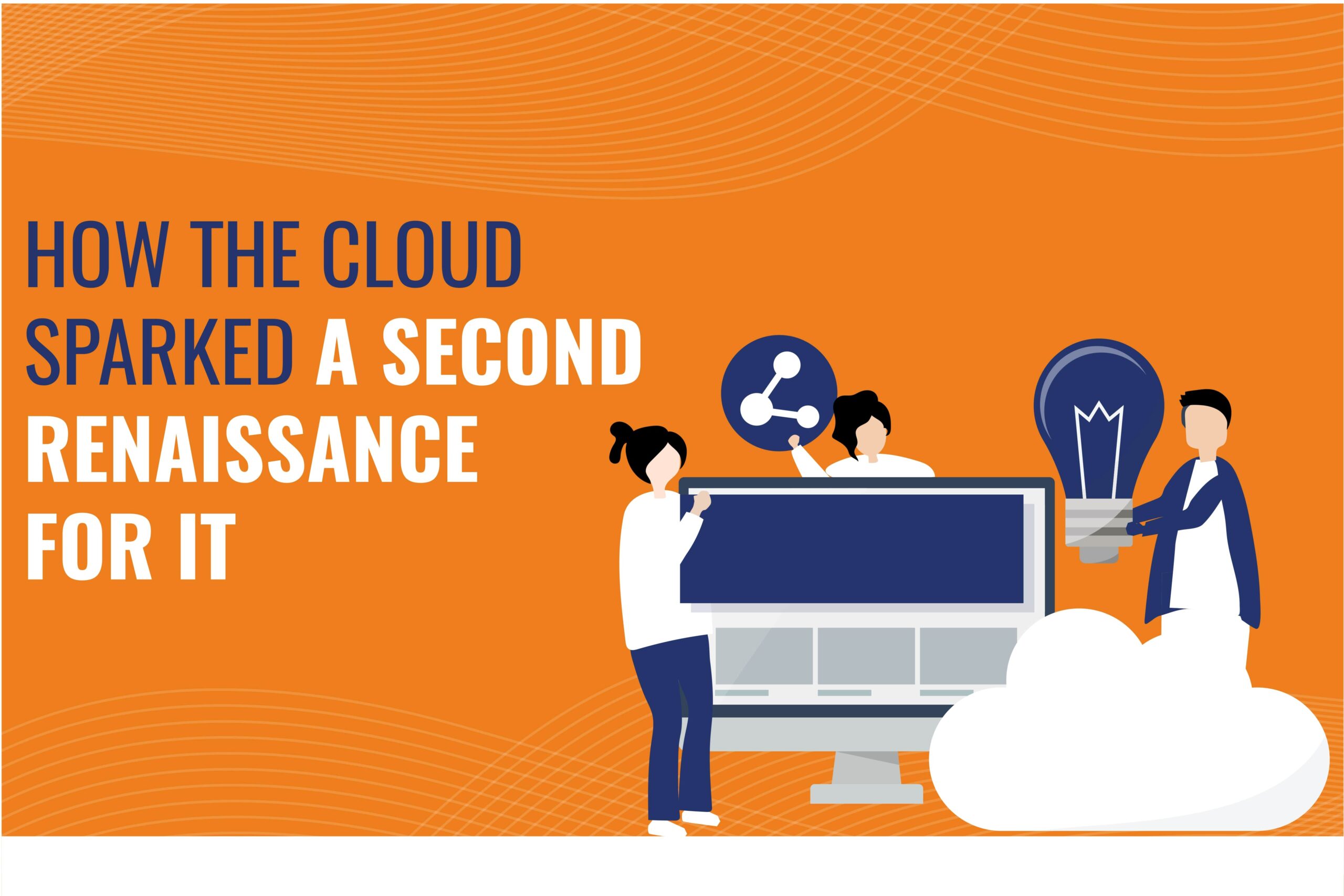
In the ever-evolving landscape of information technology, the advent of the cloud has heralded a second renaissance, reshaping how organizations approach and execute their digital strategies. So, this transformative phenomenon, aptly termed “Cloud Transformation,” has catalyzed a profound shift in IT paradigms, unlocking unprecedented potential and ushering in a new era of innovation, efficiency, and agility.
The essence of Cloud Transformation lies in the liberation of IT infrastructure from the constraints of physical hardware, providing a dynamic and scalable environment that adapts to the evolving needs of businesses. So, this liberation enables organizations to break free from traditional silos, fostering collaboration and synergy across departments. Additionally, cloud is a unifying force, connecting disparate elements into a cohesive and interconnected ecosystem.
One of the primary virtues of Cloud Transformation is its empowerment of innovation. The cloud’s inherent flexibility allows businesses to rapidly experiment, iterate, and deploy new ideas. Whether it’s developing cutting-edge applications, embracing data-driven insights, or integrating emerging technologies like artificial intelligence. Moreover, the Internet of Things, the cloud provides a fertile ground for experimentation and growth.
Efficiency is another cornerstone of Cloud Transformation. Organizations can optimize resource utilization, reduce downtime, and streamline operations by migrating to the cloud. So, the cloud’s on-demand nature ensures that computing resources are available when needed, eliminating excessive infrastructure investment. This minimizes costs and enhances the overall efficiency of IT operations.
Security and compliance, perennial concerns in IT, are not overlooked in the realm of Cloud Transformation. Cloud service providers invest heavily in robust security measures, often surpassing what individual organizations could achieve independently.
It transcends the limitations of traditional infrastructure, unlocking innovation, efficiency, and agility. As organizations embrace the cloud, they find themselves adapting to change and actively shaping and driving it. So, the cloud is not just a technological evolution but a revolution that propels IT into a future where possibilities are boundless and limitless growth potential.
Read More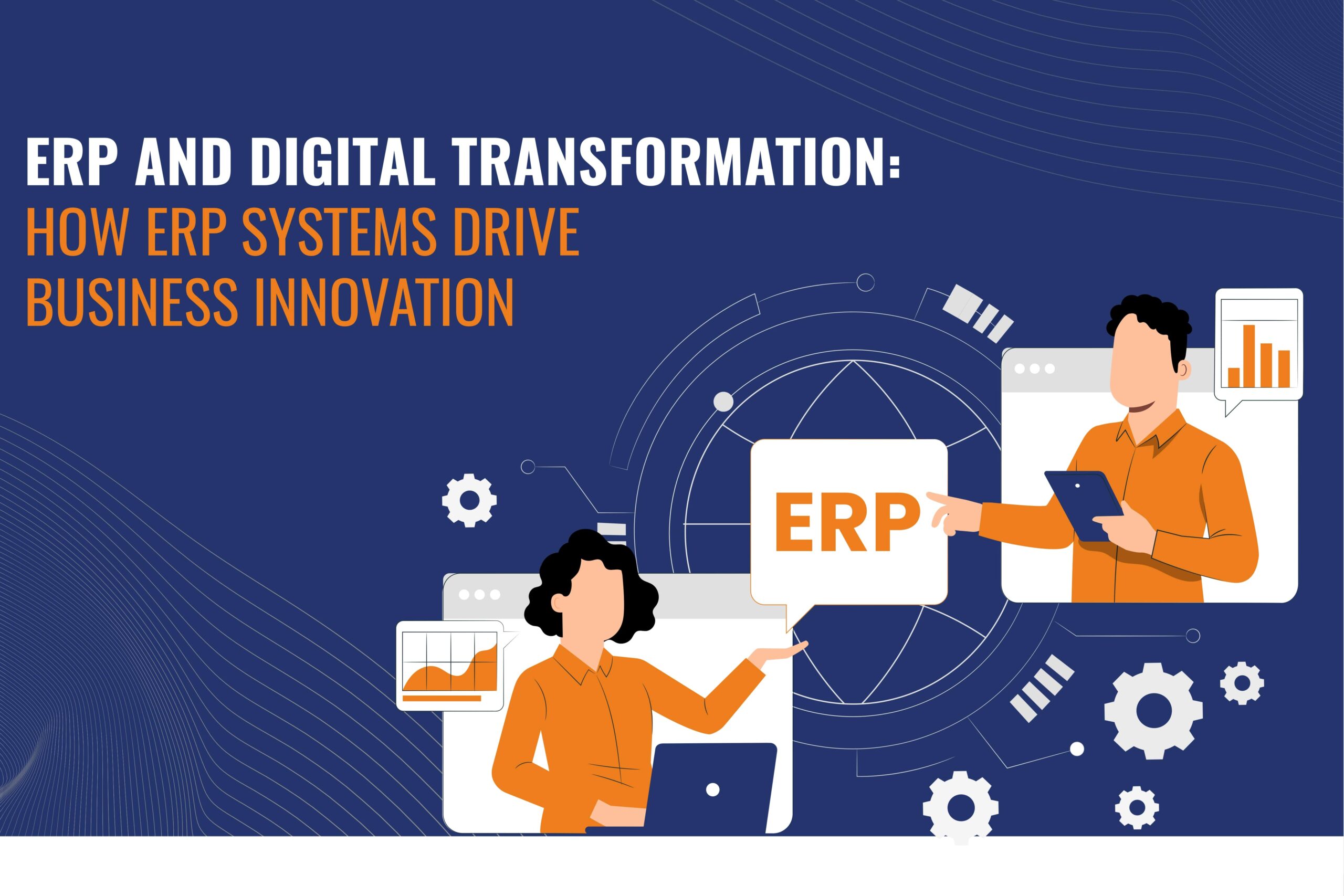
In the dynamic landscape of modern business, integrating ERP (Enterprise Resource Planning) systems is pivotal in driving innovation and facilitating digital transformation. Additionally, This strategic combination reshapes organizations’ operations, fostering efficiency, adaptability, and sustained growth.
ERP systems are the backbone of integrated business solutions, unifying diverse organizational processes. So, implementing ERP solutions involves deploying integrated software, streamlining operations, enhancing data accuracy, and promoting collaboration. This shift from disparate systems to a unified platform is instrumental in breaking down organizational silos, allowing seamless data flow across departments.
Moreover, one of the key advantages of ERP implementation is the efficiency boost it brings to business operations. By automating routine tasks, reducing manual errors, and optimizing processes, ERP systems enable organizations to allocate resources more effectively. So, this efficiency is a fundamental element in the innovation equation, freeing up valuable resources that can be redirected towards areas that genuinely drive business growth.
Additionally, the momentum is shifting towards cloud-based ERP solutions. This transition not only reduces infrastructure costs but also enhances scalability and accessibility. So, cloud-based ERP solutions empower organizations to adapt more efficiently to changing business needs. The flexibility offered by the cloud facilitates remote access, supporting the growing trend of remote and distributed work environments.
SAP consulting services emerge as a key player in this transformative journey. Moreover, leveraging ERP systems, particularly SAP, these consulting services are pivotal in optimizing system configurations, providing customization, and ensuring a smooth implementation process. So, they guide navigating the complexities of ERP adoption, maximizing the benefits for organizations undergoing digital transformation.
As organizations embrace the efficiency, scalability, and accessibility offered by ERP solutions, the role of SAP consulting services becomes increasingly significant in navigating and optimizing this transformative journey. So, ERP and digital transformation are not just trends but imperative strategies for organizations aspiring to thrive in the ever-evolving business landscape.
Read More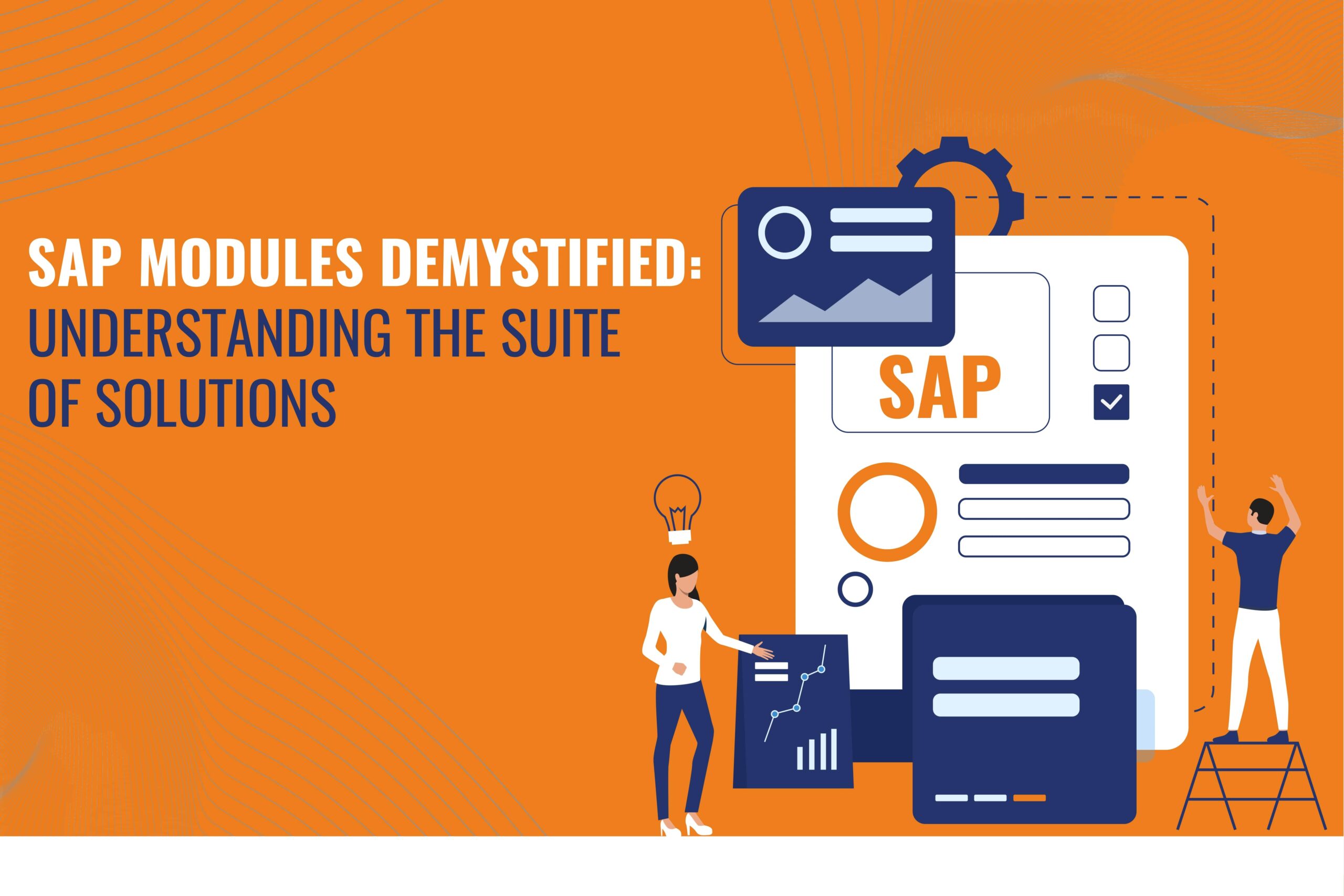
So, understanding the Suite of Solutions” delves into the intricacies of SAP, a transformative software suite reshaping how businesses manage operations. SAP encompasses diverse modules addressing specific business functions, allowing organizations to tailor their ERP systems efficiently. However, SAP is a software suite that spans many business functions. From finance and human resources to supply chain management and customer relationship management, SAP modules cater to diverse organizational needs. This comprehensive approach allows businesses to consolidate operations within a unified platform, fostering efficiency and collaboration across departments.
This modular structure enables organizations to select and implement only those modules that align with their specific requirements, creating a tailored and efficient system. Additionally, many organizations optimize SAP through expert SAP consulting services. These services are pivotal in implementing, customizing, and optimizing SAP solutions. SAP consultants bring expertise in configuring modules, integrating SAP with existing systems, and ensuring seamless alignment with organizational workflows. So, their role extends beyond implementation, encompassing ongoing support, troubleshooting, and adaptation to evolving business requirements.
The interconnected nature of SAP modules is a crucial aspect explored in the article. Such as, data entered into SAP Finance modules seamlessly integrates with other relevant modules, fostering a unified dataset. So, this integration ensures real-time insights and facilitates data-driven decision-making across the organization.
Moreover, emphasizing SAP’s commitment to innovation, the article explores the incorporation of technologies like cloud computing and artificial intelligence. So, SAP’s integration of these advancements enhances scalability, flexibility, and future-proofing for businesses in the rapidly evolving digital landscape.
Whether organizations are newcomers or optimizing existing implementations, a clear understanding of SAP modules is essential. So, SAP consulting services emerge as invaluable partners, guiding businesses through the complexities of SAP implementation, customization, and ongoing management. The suite of SAP solutions addresses current business needs and provides a foundation for future growth and innovation, making SAP a pivotal investment for enterprises navigating the digital age.
Read More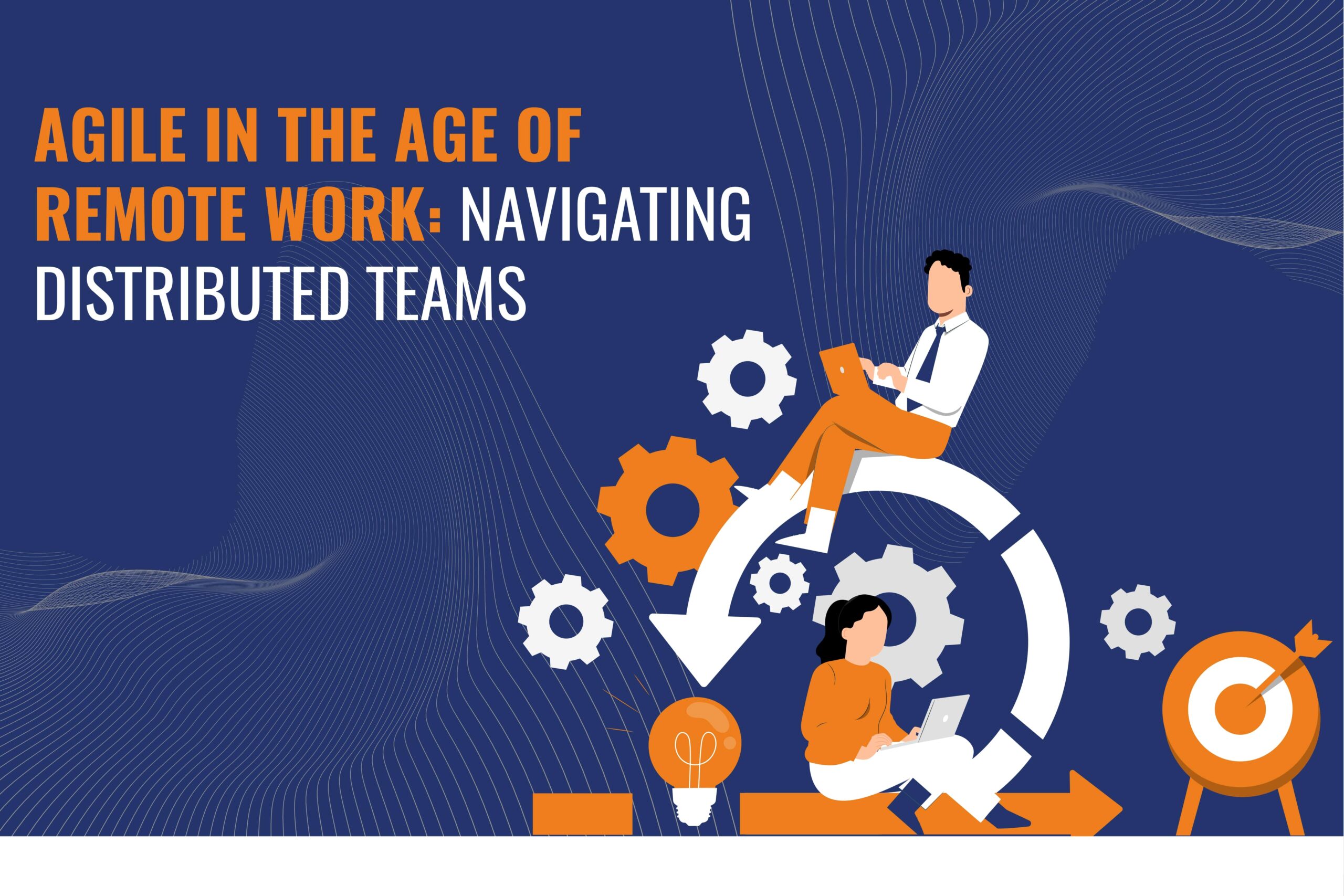
In the era of remote work, Agile methodologies are crucial for navigating the challenges distributed teams pose. So, Artificial Intelligence (AI) plays a significant role in enhancing efficiency and collaboration within such environments.
Agile, known for its iterative and collaborative approach to software development, has become even more relevant in remote work. Agile principles include regular communication, adaptability to change, and a focus on delivering value. So, These are essential for distributed teams to stay aligned and responsive. Agile ceremonies, like daily stand-ups and sprint reviews, foster communication and collaboration, helping remote teams maintain a sense of connection and shared goals.
Artificial Intelligence contributes to the effectiveness of Agile in several ways. AI-powered tools can automate repetitive tasks, allowing teams to focus on more complex and creative aspects of their work. For example, AI-driven project management tools can streamline task allocation, progress tracking, and issue resolution, enhancing overall team productivity.
Collaboration is a cornerstone of Agile, and AI facilitates this by providing intelligent communication tools. So, natural Language Processing (NLP) enables advanced chatbots and virtual assistants, fostering seamless communication among team members. These AI-driven communication tools help bridge the gap created by physical distance, providing instant support and information exchange.
In project planning, AI algorithms analyze historical data and team performance, aiding in more accurate estimations and better resource allocation. However, This is particularly beneficial for remote teams where the absence of face-to-face interactions requires precise planning to ensure project timelines are met.
So, AI can also enhance the quality of work through intelligent testing and continuous integration. Automated testing powered by AI algorithms can swiftly identify and address issues in the codebase, ensuring that software development progresses smoothly, even when team members are geographically dispersed. The combination of Agile’s flexible approach and AI-driven tools creates an environment where distributed teams can collaborate seamlessly, automate routine tasks, and make data-informed decisions
Read More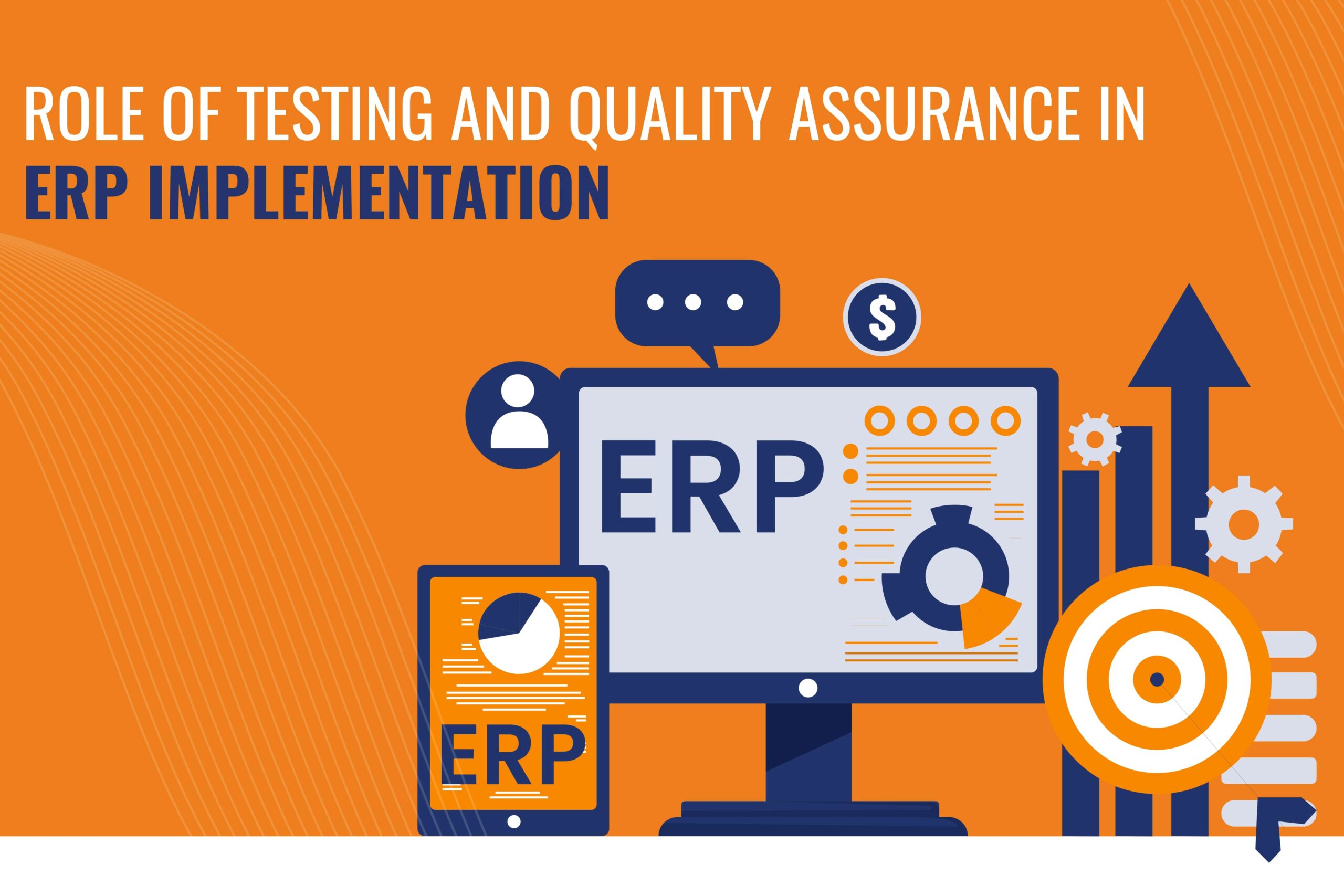
Testing and Quality Assurance (QA) are pivotal in successfully implementing Enterprise Resource Planning (ERP) systems, especially in Cloud Computing. ERP systems are complex, integrated solutions that streamline business processes across various departments. While organizations increasingly migrate their ERP systems to the cloud. Testing and QA becomes even more critical to ensure a smooth transition and ongoing operational excellence.
Cloud Computing introduces a dynamic and scalable environment for ERP implementation. So, testing in the cloud involves evaluating the performance, security, and functionality of the ERP system and virtualized infrastructure. However, it ensures the ERP software is incompatible with the cloud environment. It takes advantage of its inherent benefits, such as scalability and accessibility.
One crucial aspect of testing in the cloud is performance testing. So, QA teams must simulate various scenarios to assess how the ERP system performs under different workloads and conditions. However, this is vital in a cloud-based environment where resources are allocated dynamically. Rigorous performance testing helps identify bottlenecks, optimize resource Utilization, and guarantee that the ERP system meets performance expectations.
Moreover, security is another paramount concern in ERP implementation. It is especially in the cloud, where data is stored and processed remotely. So, QA teams must conduct thorough security testing to identify vulnerabilities and ensure that sensitive business information is adequately protected. This includes assessing data encryption, access controls, and compliance with industry regulations.
However, testing and QA are integral to successful ERP implementation, especially in Cloud Computing. Therefore, these processes guarantee that the ERP system not only adapts seamlessly to the cloud environment but also performs optimally. It is secure, and aligns with the organization’s evolving needs. A robust testing and QA strategy ensures that the ERP system becomes a strategic asset, contributing to enhanced business efficiency.
Read More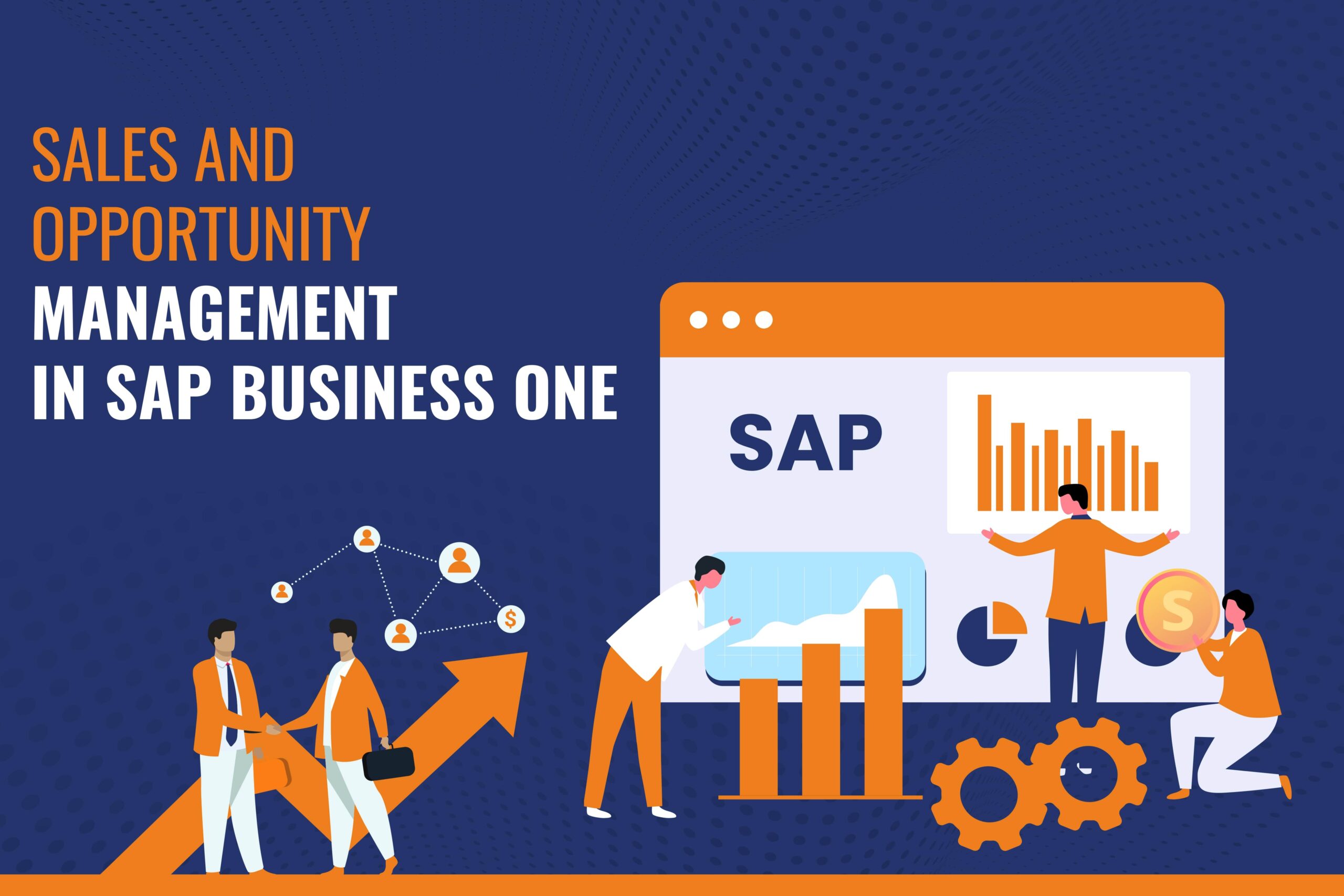
SAP Business One stands out as a robust solution for organizations aiming to excel in Sales and Opportunity Management. SAP consulting services can significantly enhance the implementation process.
Sales and Opportunity Management within SAP Business One is a comprehensive approach that integrates seamlessly into the broader ERP implementation. The software serves as a stalwart companion for businesses navigating the dynamic landscape of modern commerce. It focuses on mastering the intricacies of sales. SAP Business One ensures that organizations can seize growth opportunities streamlined and efficiently.
One of the key strengths of SAP Business One lies in its ability to centralize document management. This feature ensures that relevant documents, such as proposals and contracts, are readily accessible and integrated into the ERP implementation. The centralized approach enhances efficiency and contributes to a more organized and structured sales process.
However, successfully implementing SAP Business One for Sales and Opportunity Management often requires expert guidance. This is where SAP consulting services become invaluable. However, these services provide organizations with the necessary expertise to navigate the complexities of SAP Business One. It ensures a smooth and effective integration into existing business processes.
So, SAP consulting services are crucial in training and upskilling employees. A successful ERP implementation is about more than just technology. It also involves empowering the workforce to leverage the system’s full potential. Consultants provide training programs that ensure employees are well-versed in using SAP Business One. For Sales and Opportunity Management, promoting proficiency and confidence in utilizing the system.
So, Sales and Opportunity Management in SAP Business One is a strategic initiative for businesses seeking to thrive in today’s environment. So, leveraging the capabilities of SAP Business One and the expertise offered by SAP consulting services. Organizations can master the art of sales, streamline operations, and position themselves for sustained growth.
Read More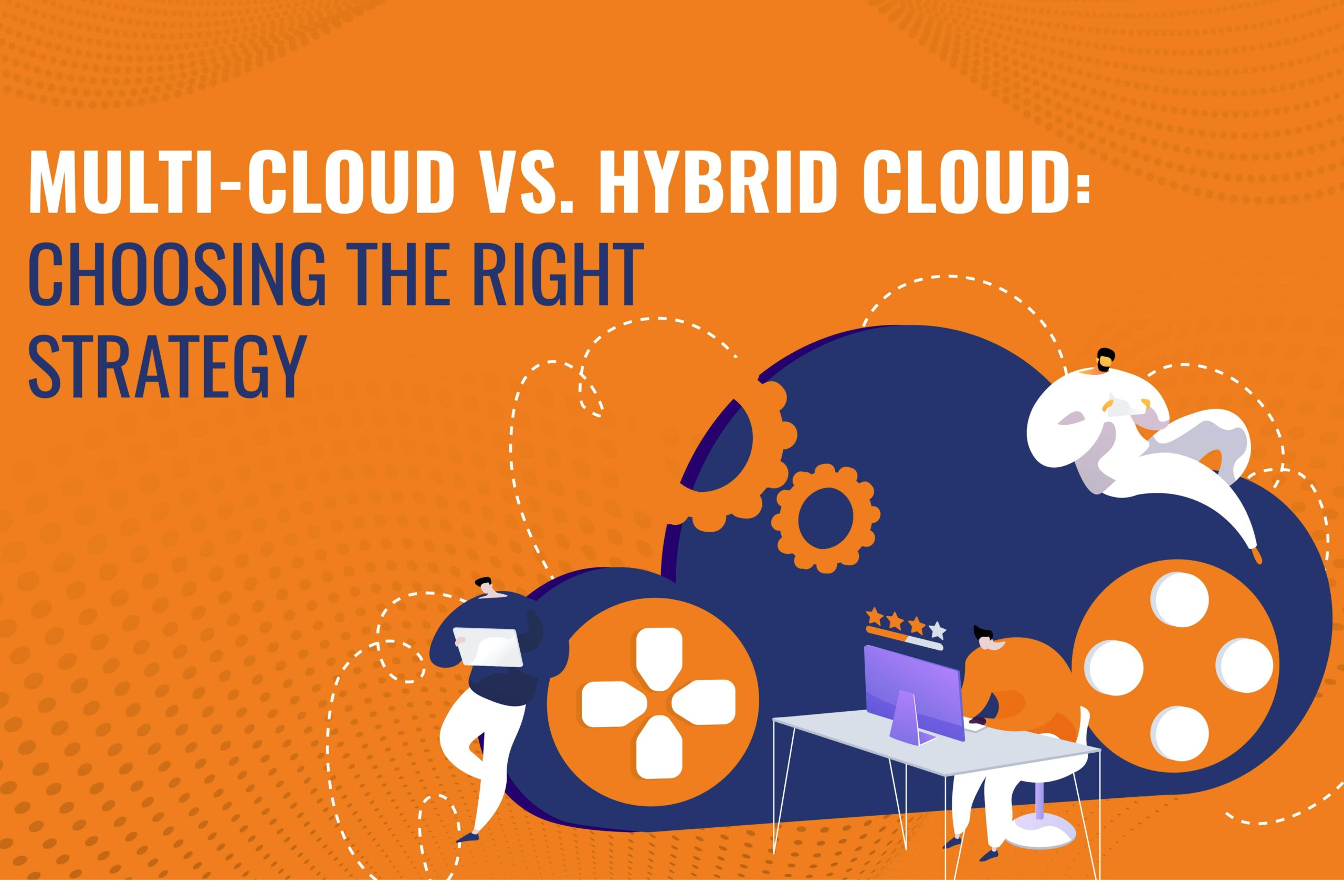
In this dynamic landscape, the choice is akin to picking the right path for the future of your digital infrastructure. With its promise of flexibility and diversity, Multi-cloud allows organizations to leverage services from multiple cloud providers. It’s a symphony of choice, enabling tailored solutions for specific business needs. On the other hand, the hybrid cloud embodies a fusion of on-premises infrastructure and cloud services. So, it offers a balanced approach, providing scalability and the security of on-premises control.
Choosing the right strategy hinges on understanding organizational requirements, workload dynamics, and long-term goals. The Multi-cloud dazzles with its services like allowing organizations to cherry-pick solutions from various providers. So, This flexibility can be a game-changer, especially for those with diverse needs or aiming to prevent vendor lock-in.
Hence the hybrid cloud orchestrates a harmony between on-premises control and cloud scalability. It’s a strategic choice for those navigating predictable workloads or prioritizing stringent data governance. The hybrid model ensures critical data stays on-premises, aligning with compliance standards. So, it provides a robust solution for regulated industries for their growth.
The decision-making process considers workload characteristics, data sensitivity, scalability requirements, compliance needs, and integration capabilities. Multi-cloud offers a palette of services to paint a customized cloud landscape. So, the hybrid cloud provides a composed, regulated melody for organizations with specific needs.
As organizations tread the path of cloud transformation, the journey is not static. So, The cloud landscape evolves, and so should the chosen strategy. Adaptability becomes critical, ensuring the cloud strategy resonates with organizational growth and changing industry dynamics.
The choice between multi-cloud and hybrid cloud is not just a decision; so, it’s a strategic composition. Whether orchestrating a diverse symphony of cloud services on-premises control with cloud scalability, organizations must conduct a nuanced evaluation. So that the cloud transformation is not a one-size-fits-all; it’s a tailored melody that becomes the anthem of organizational success in a digital age.
Read More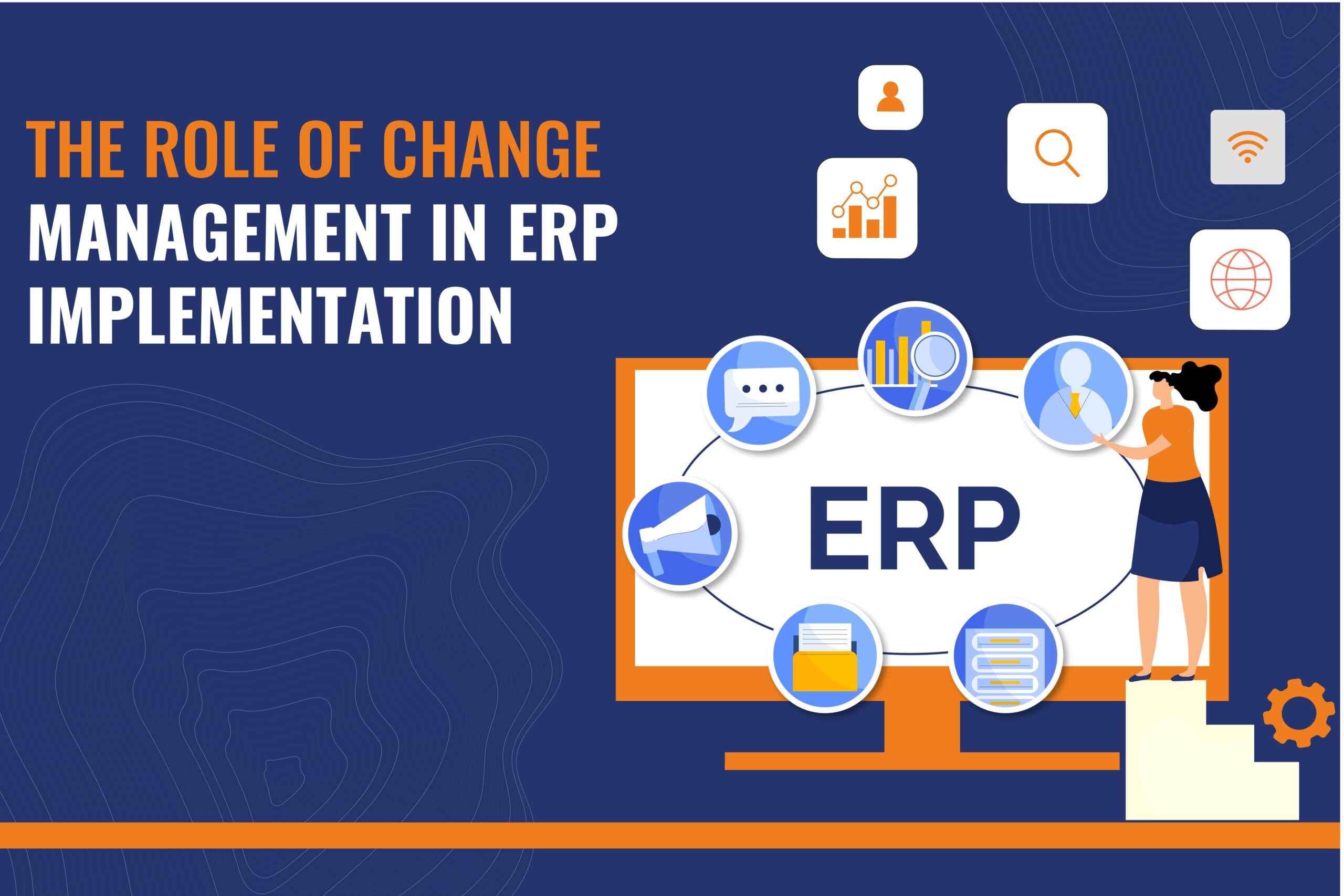
In the ever-evolving landscape of modern business, the strategic adoption of Enterprise Resource Planning (ERP) systems. So, it has become imperative for organizations aiming to optimize operations and maintain a competitive edge. Effectively managing change becomes a linchpin for success in the complex journey toward ERP implementation, marked by intricate challenges.
Change management in the context of ERP implementation is not just an ancillary process. It is a fundamental driver determining the success or failure of the entire endeavor. Resistance to change is a natural human response, and ERP implementation invariably disrupts established workflows. Change management acts as a proactive force, identifying and addressing resistance at its roots. This ensures a more seamless integration of the new system in the organization.
The ultimate success of an ERP system is deeply rooted in how readily and effectively end-users embrace it. Meticulously designing change management strategies cultivates acceptance and catalyzes employee proficiency. ERP implementations are notorious for their disruptive potential. Organizations can minimize disruptions, maintain business continuity, and avert potential setbacks through diligent change management. Involving employees, managers, and other relevant parties fosters a sense of ownership and ensures the ERP implementation considers diverse perspectives.
An ERP system’s success intrinsically ties to the broader business goals of an organization, as it is not an isolated entity. Change management acts as a compass, guiding technology alignment with business processes to ensure the ERP system delivers maximum value. Transparent and Open Communication is the lifeblood of change management. Employee informs about the rationale behind the change, anticipated benefits, and the implementation timeline. The role of change management in ERP implementation is pivotal. So, it is not an ancillary consideration but the linchpin that holds the entire process together. Organizations that grasp the paramount importance of change management in ERP implementation. These are better poised to navigate challenges and emerge victoriously in the dynamic landscape of modern business evolution.
Read More